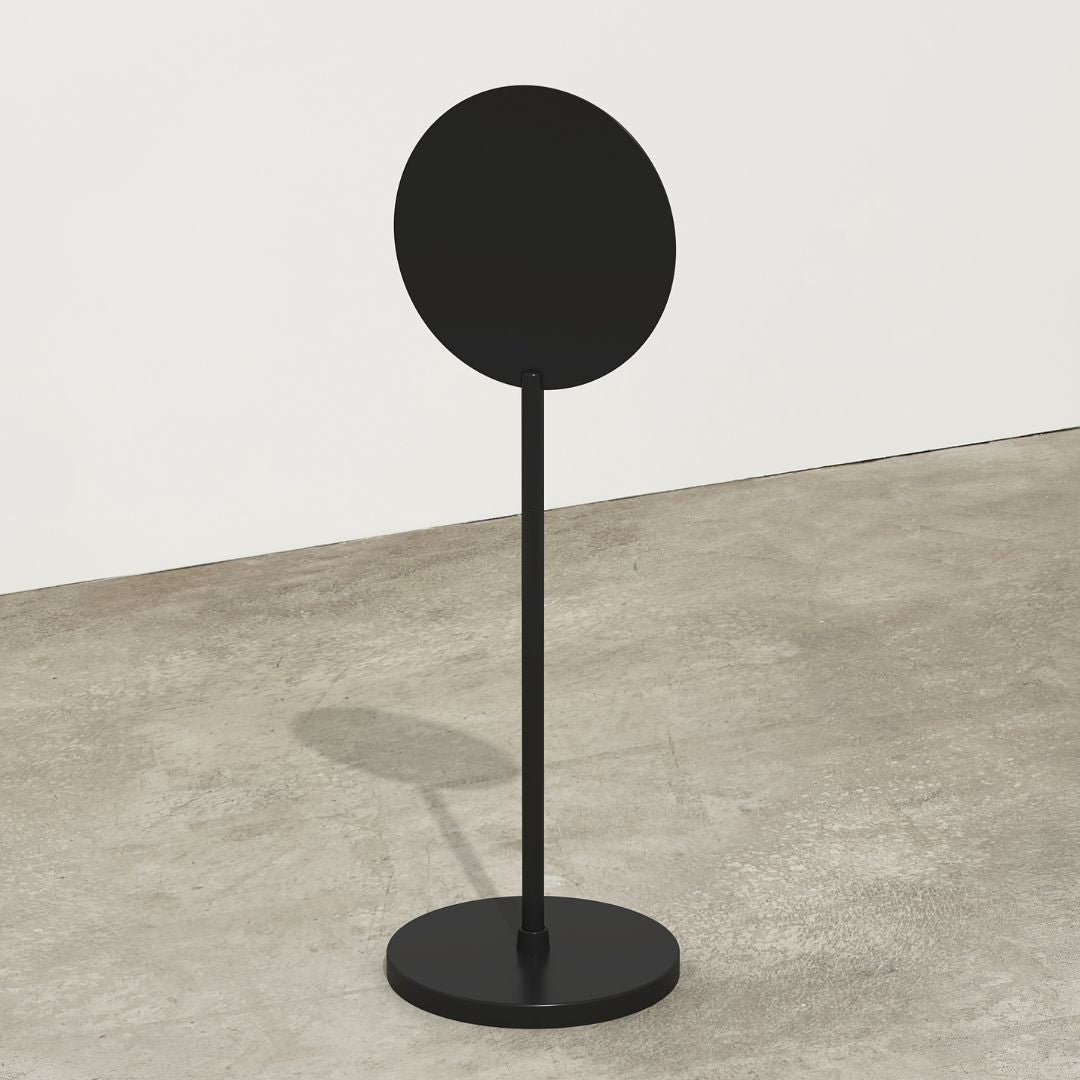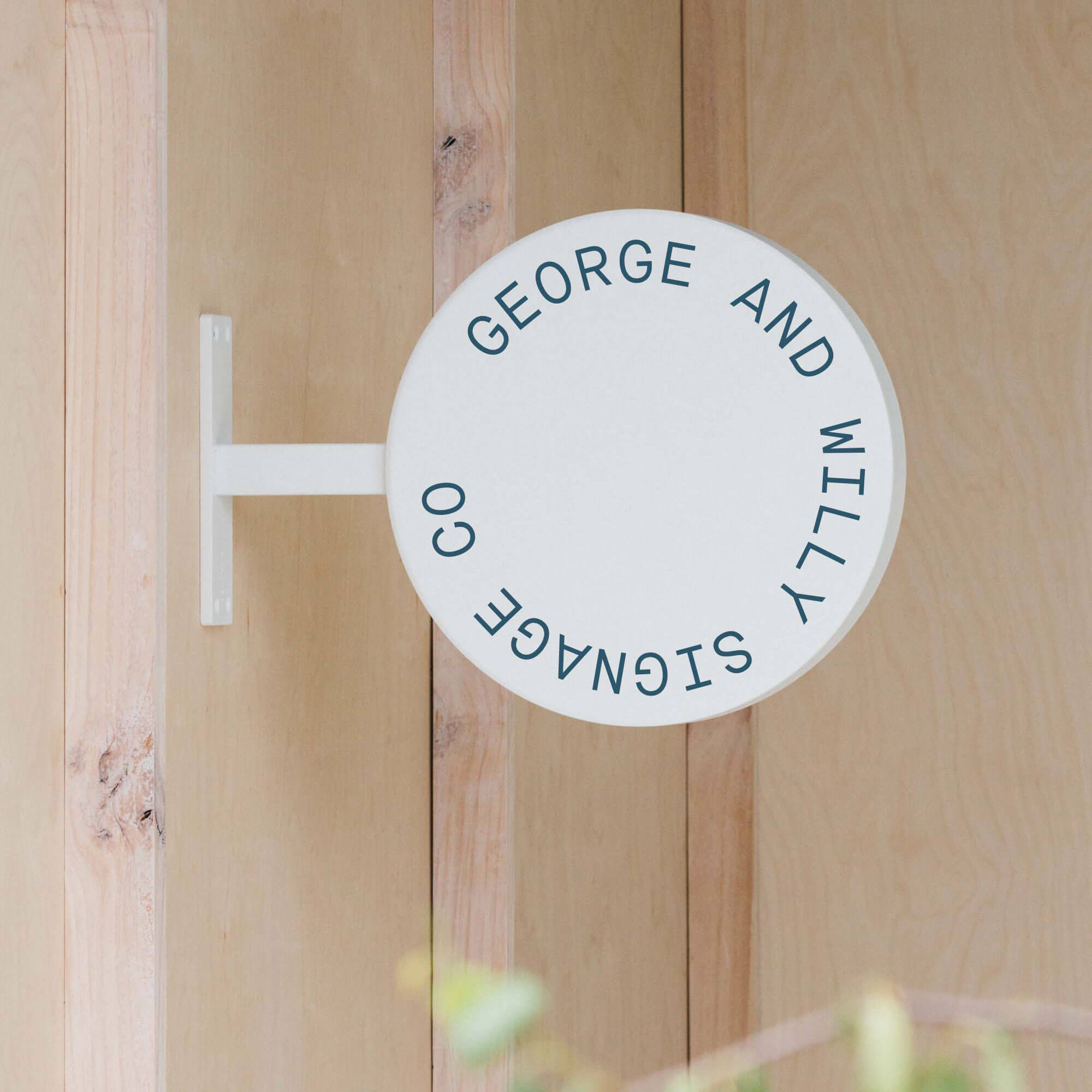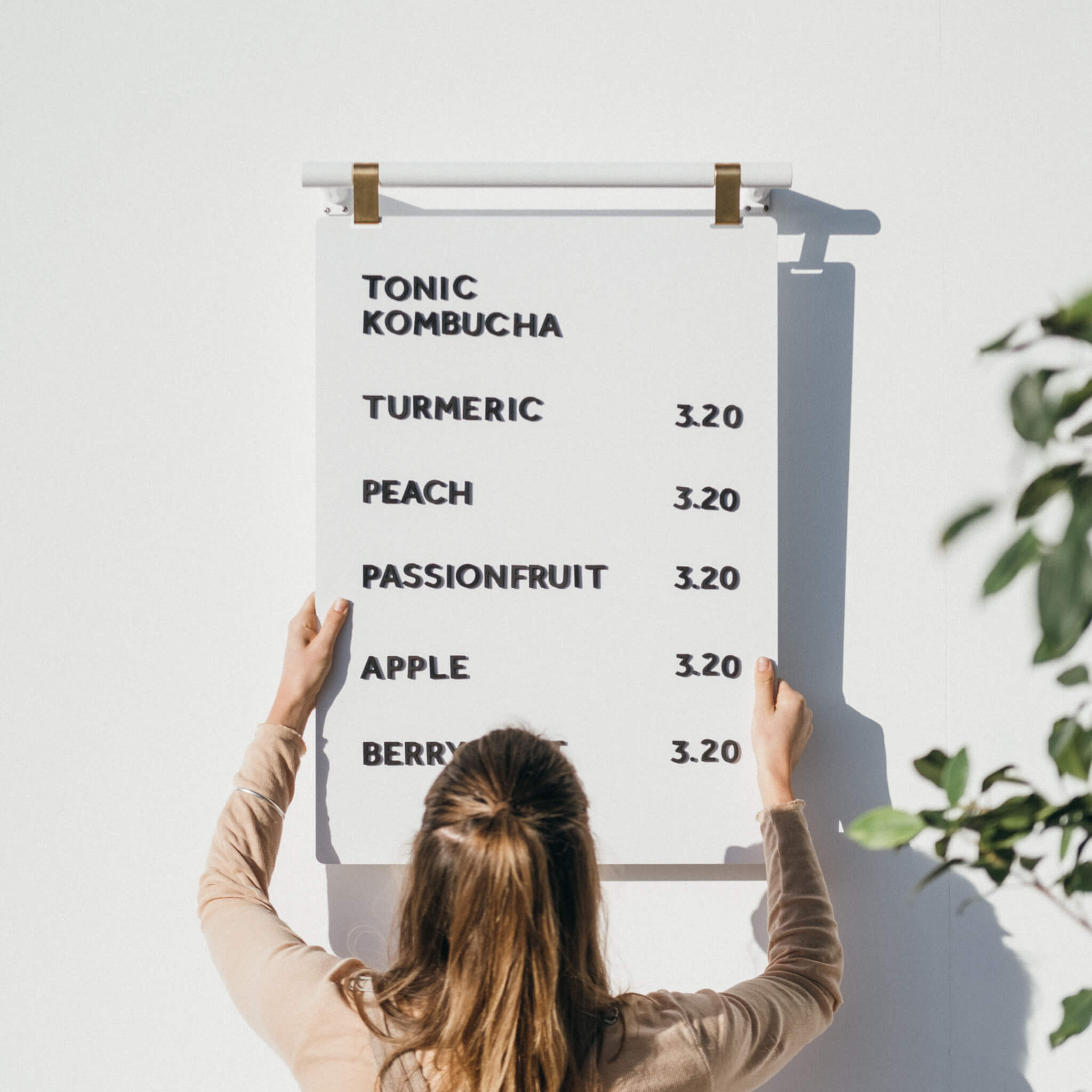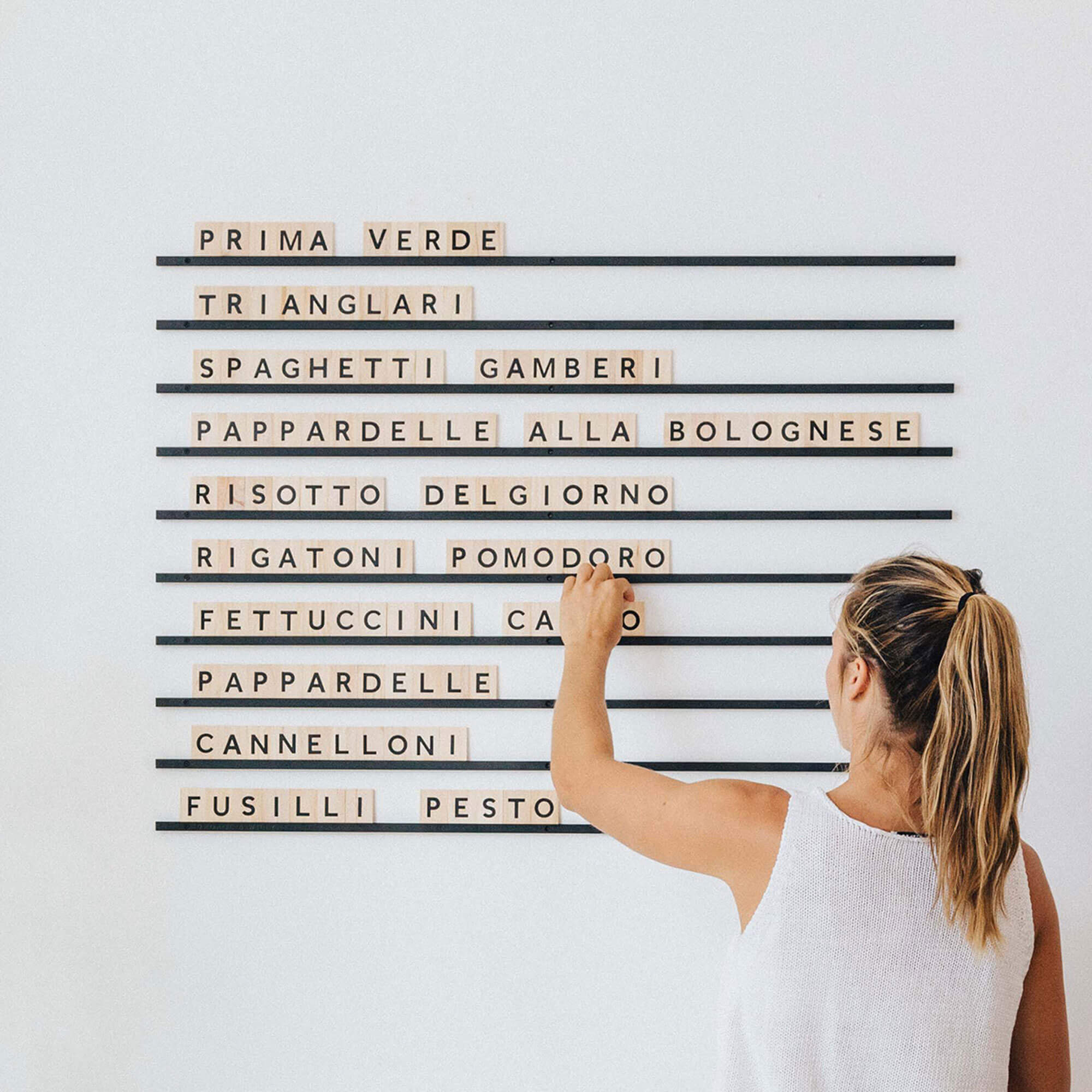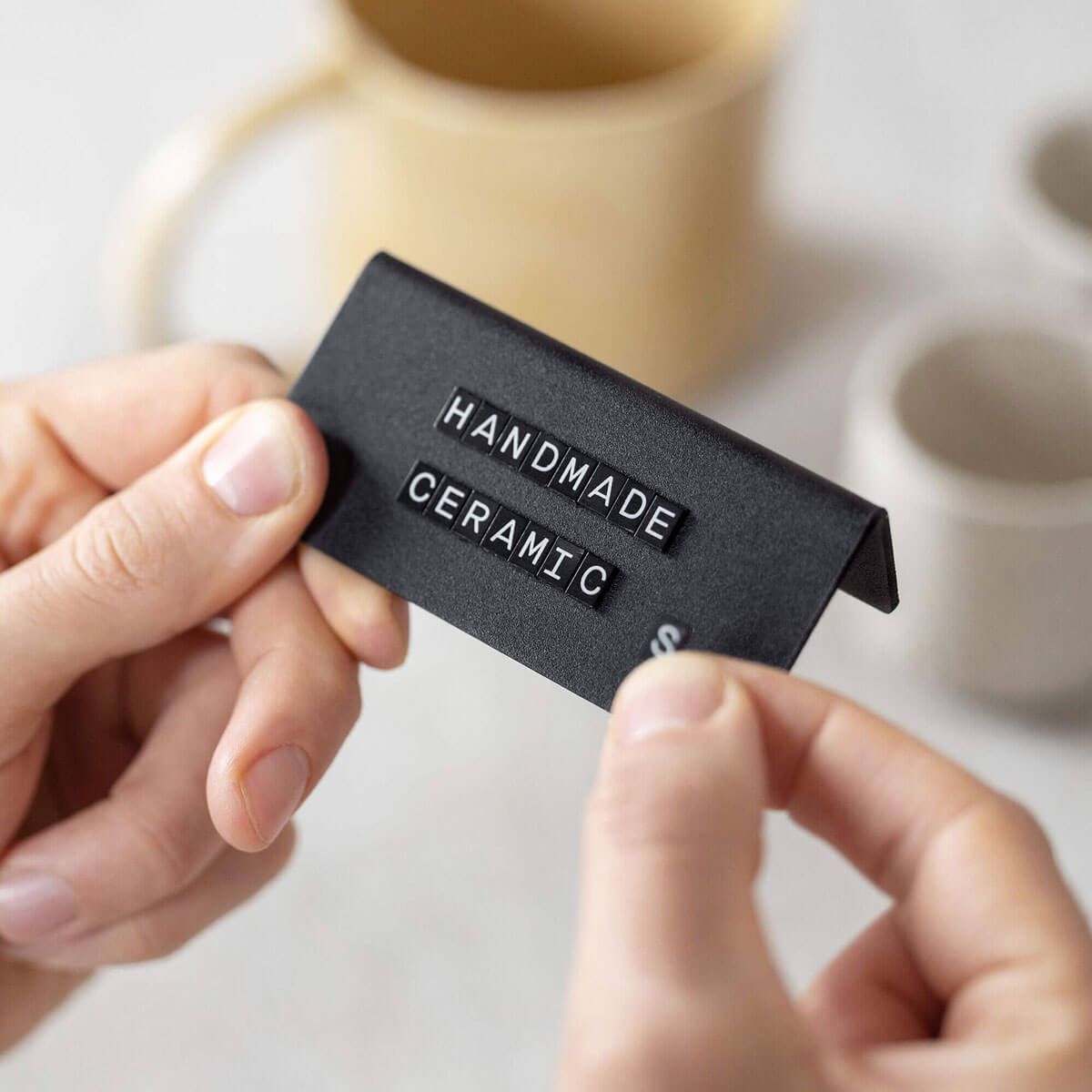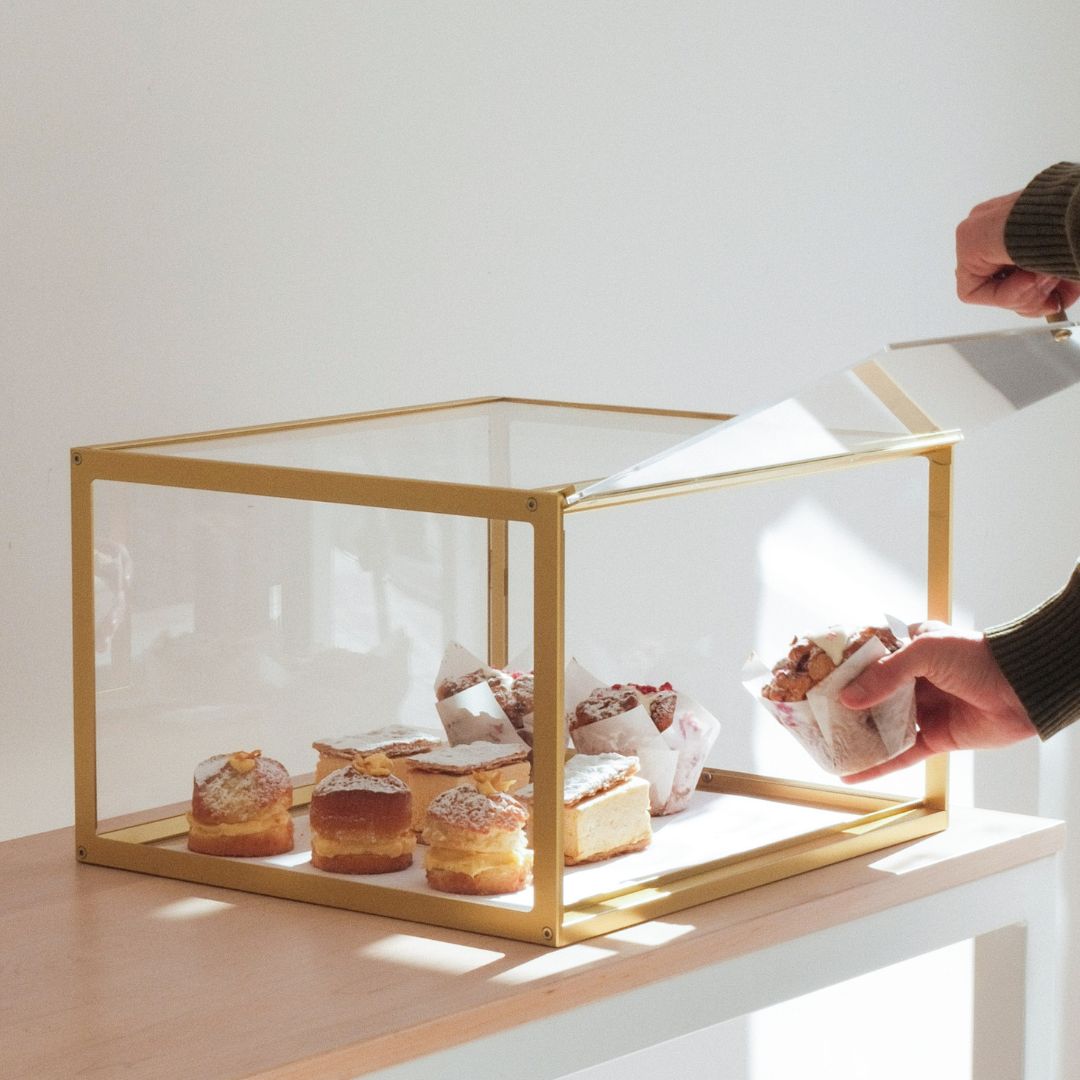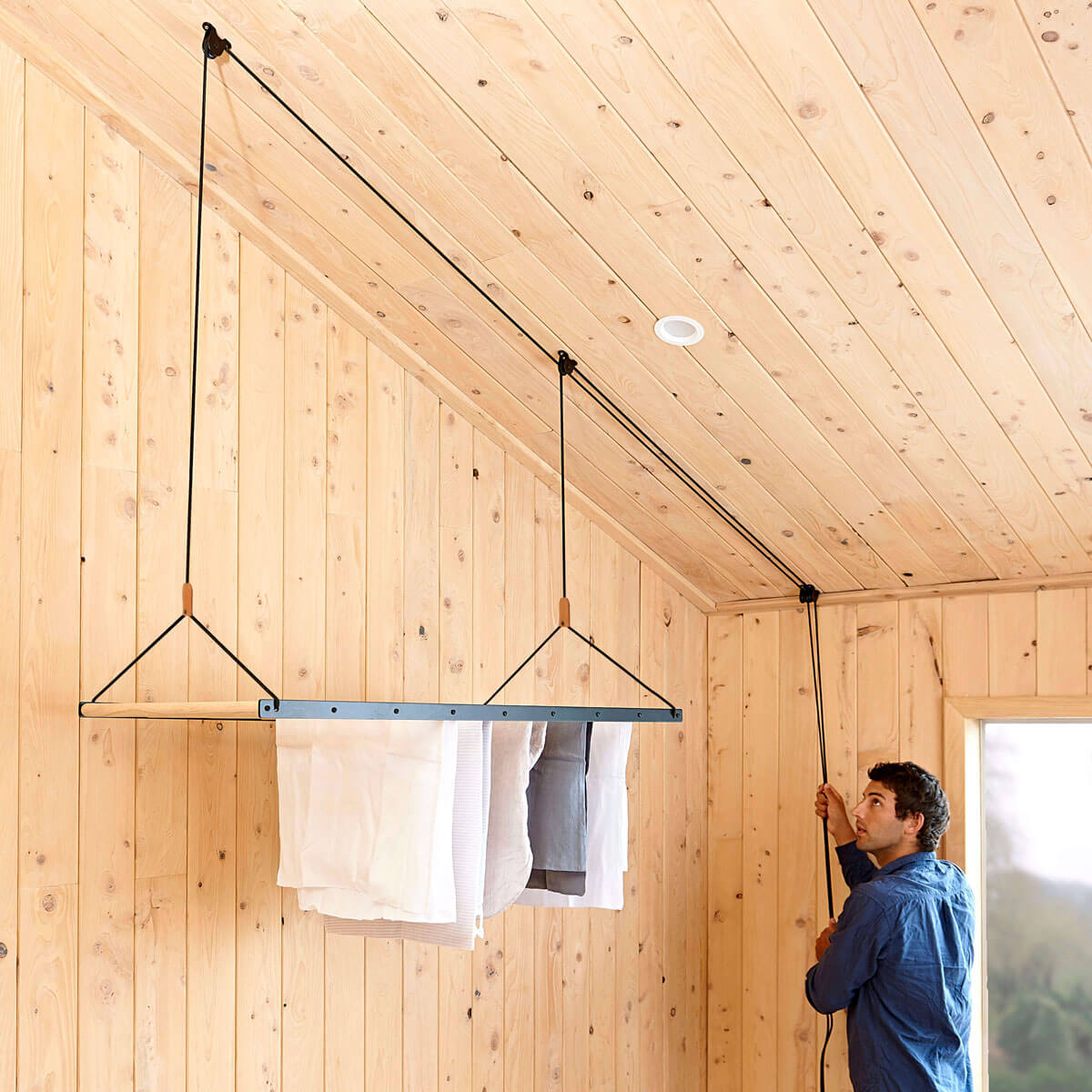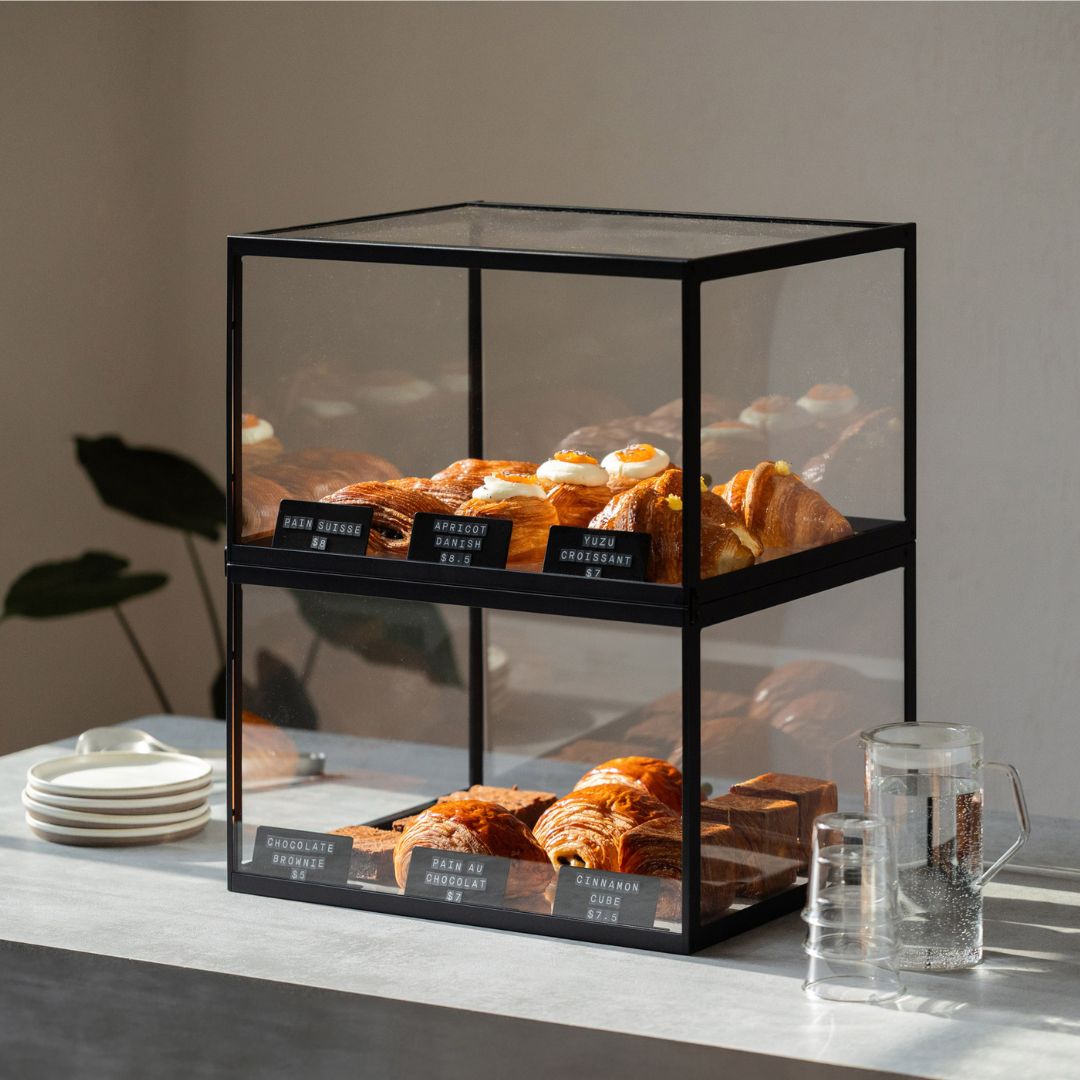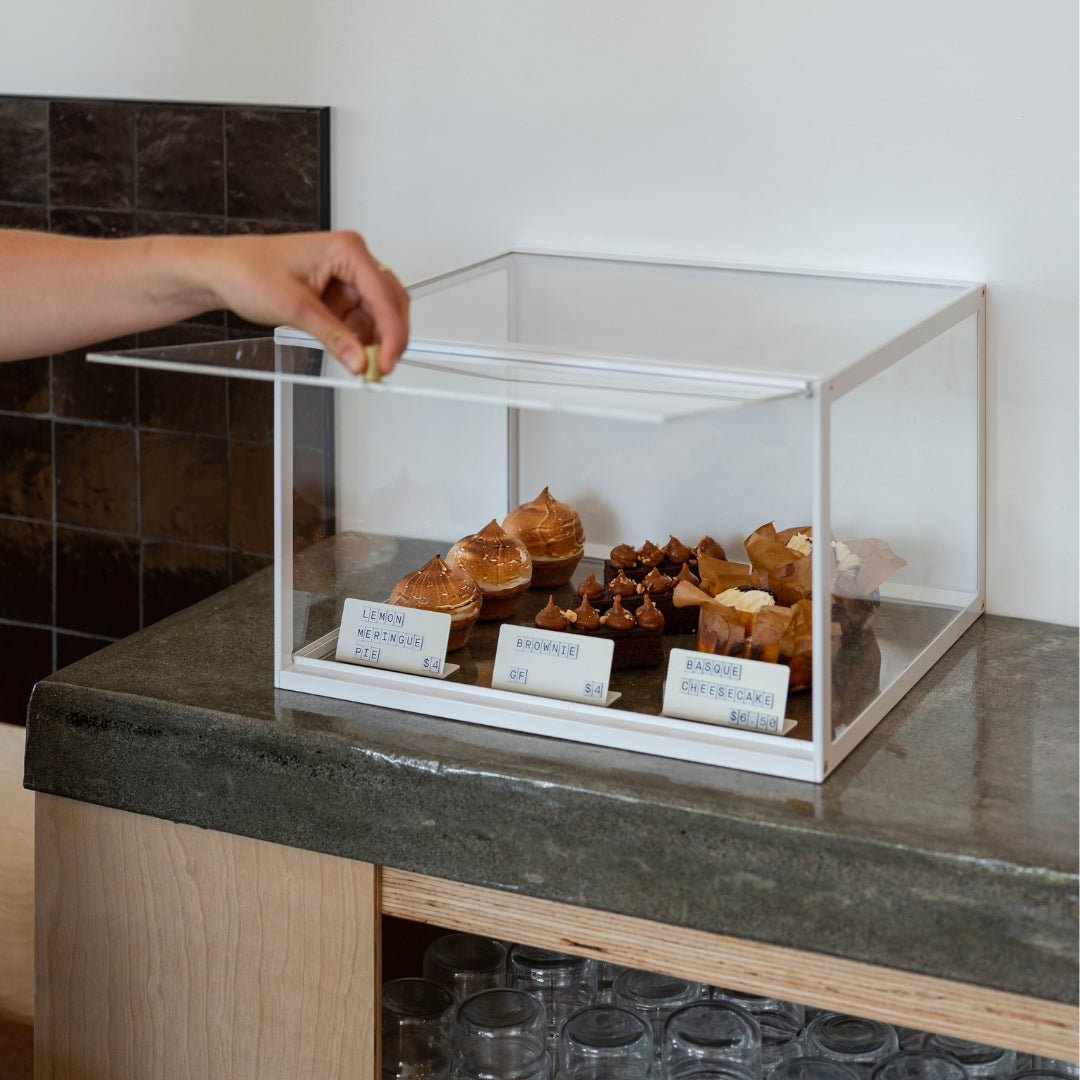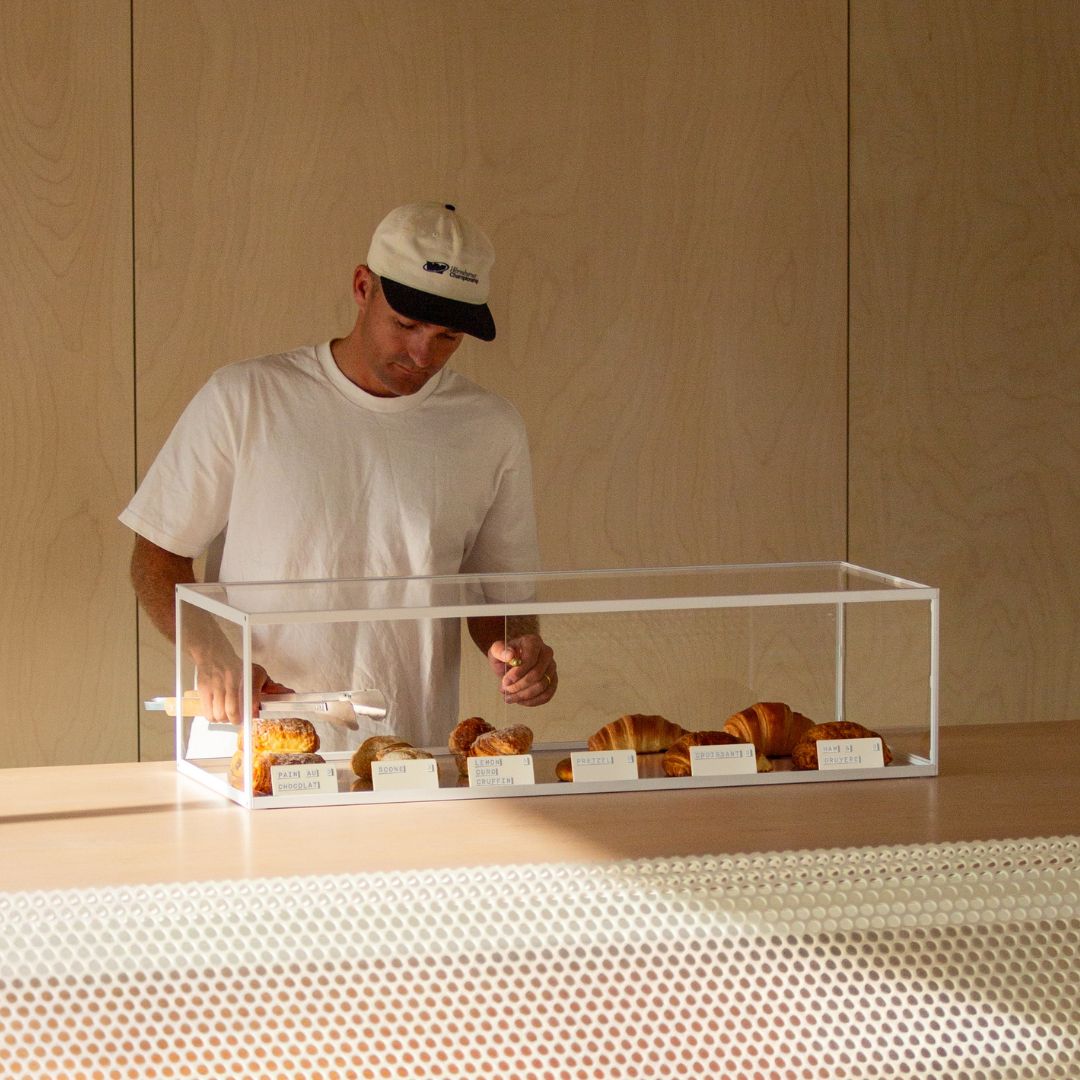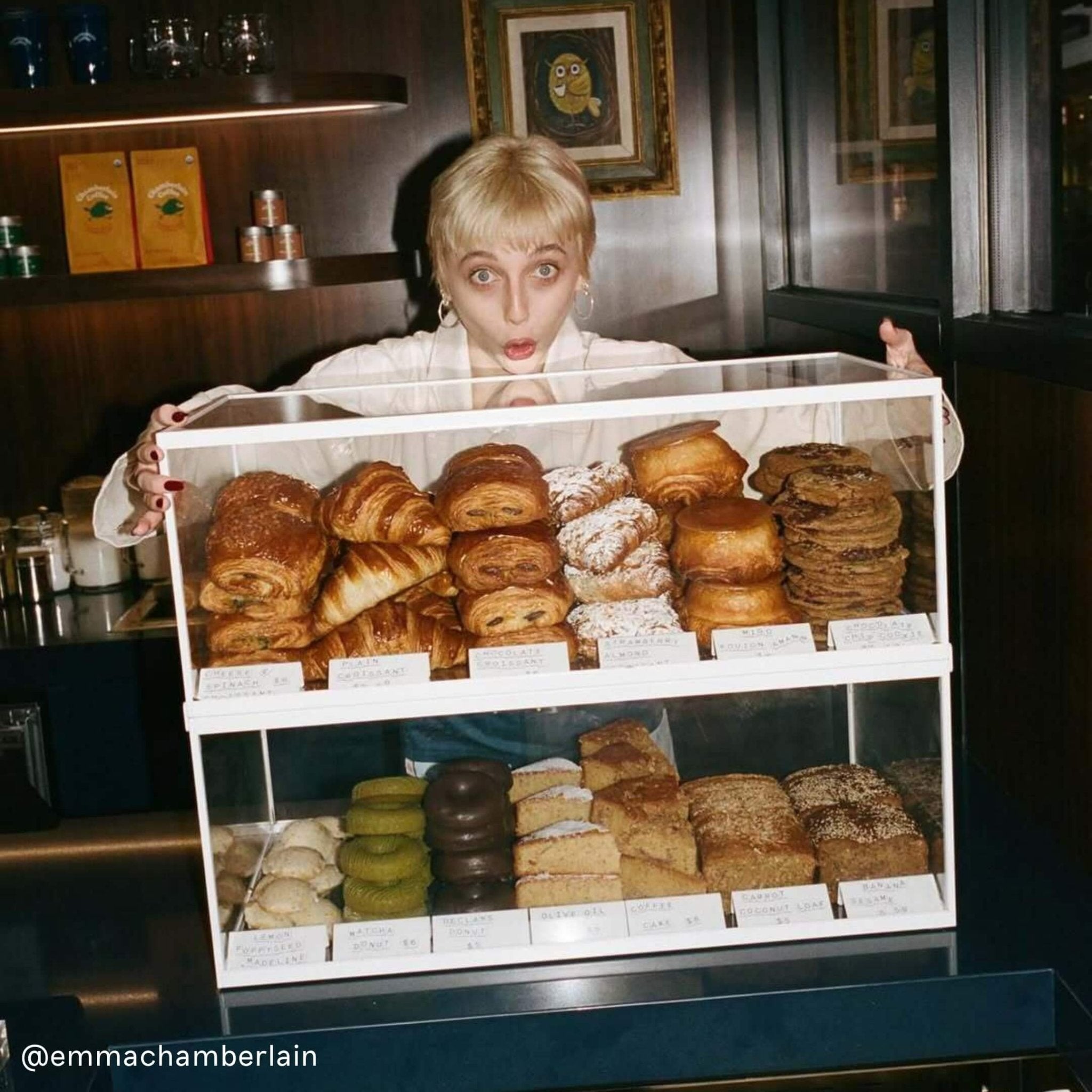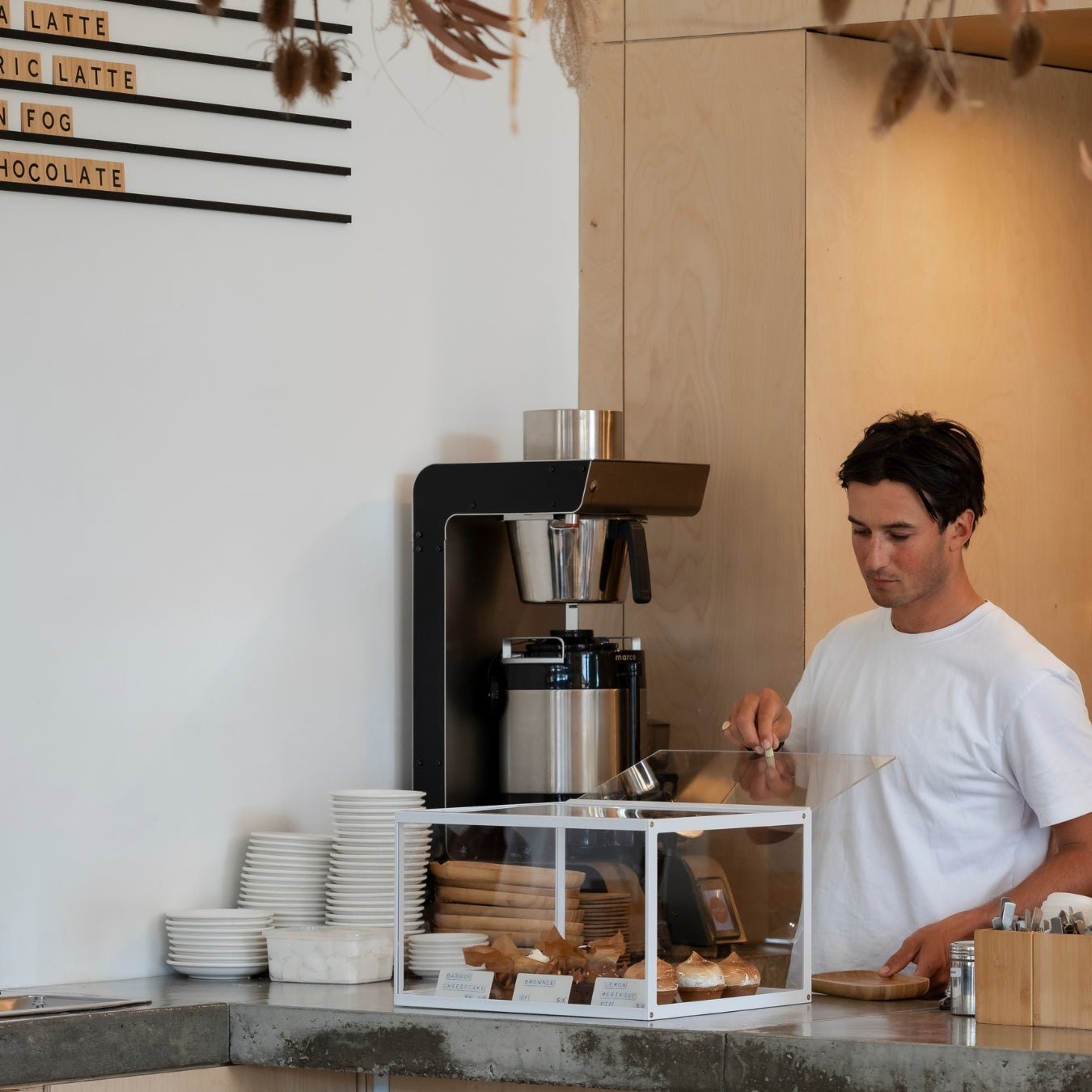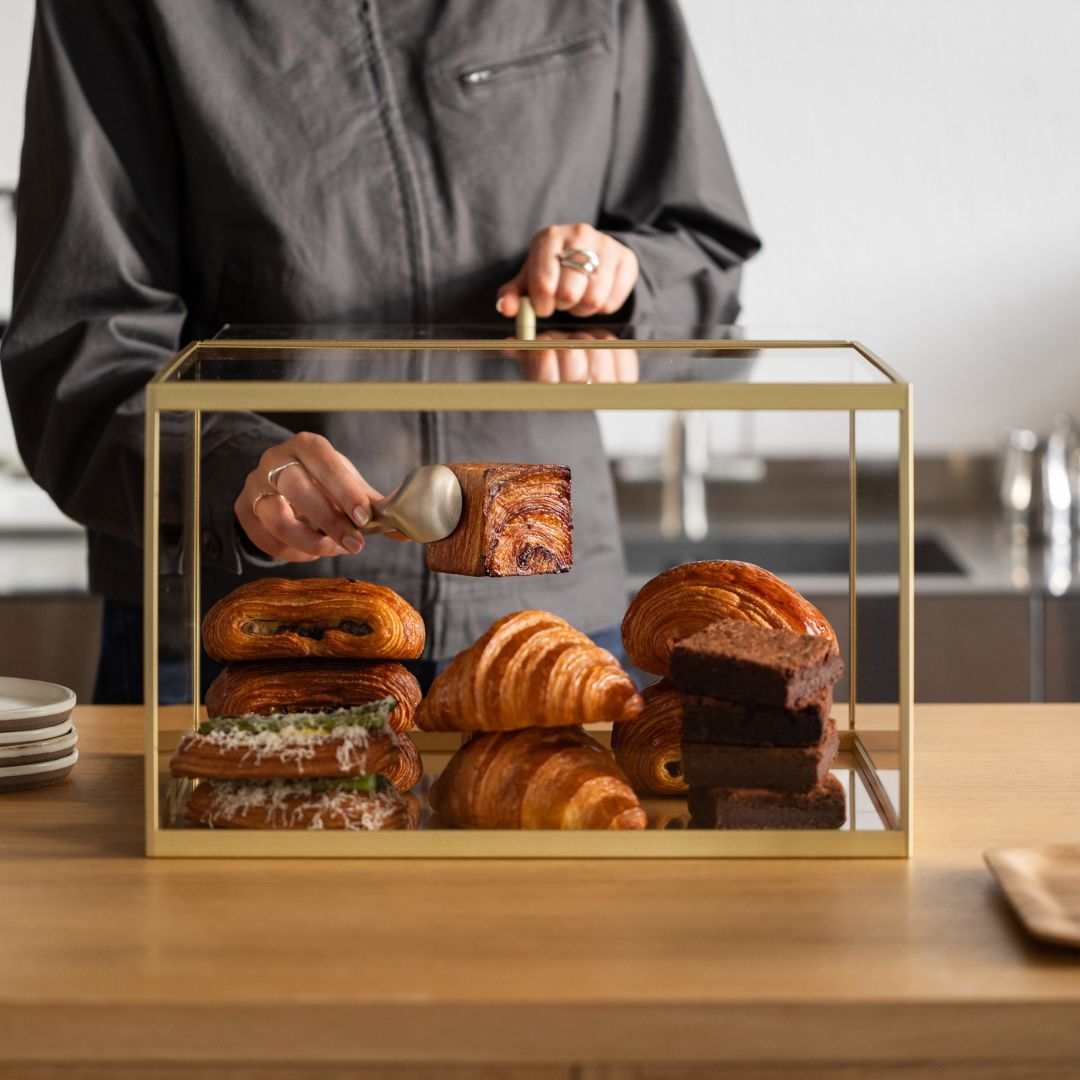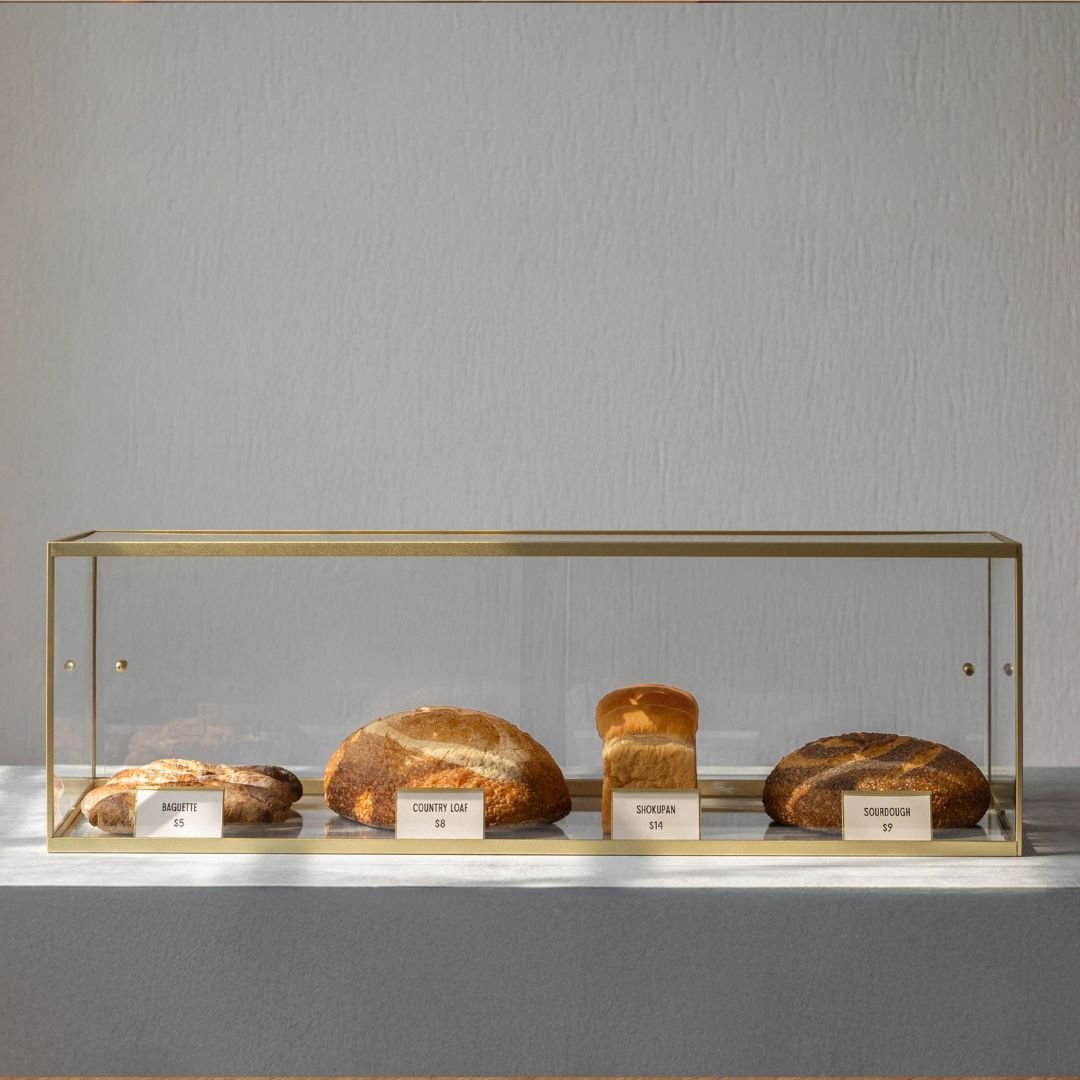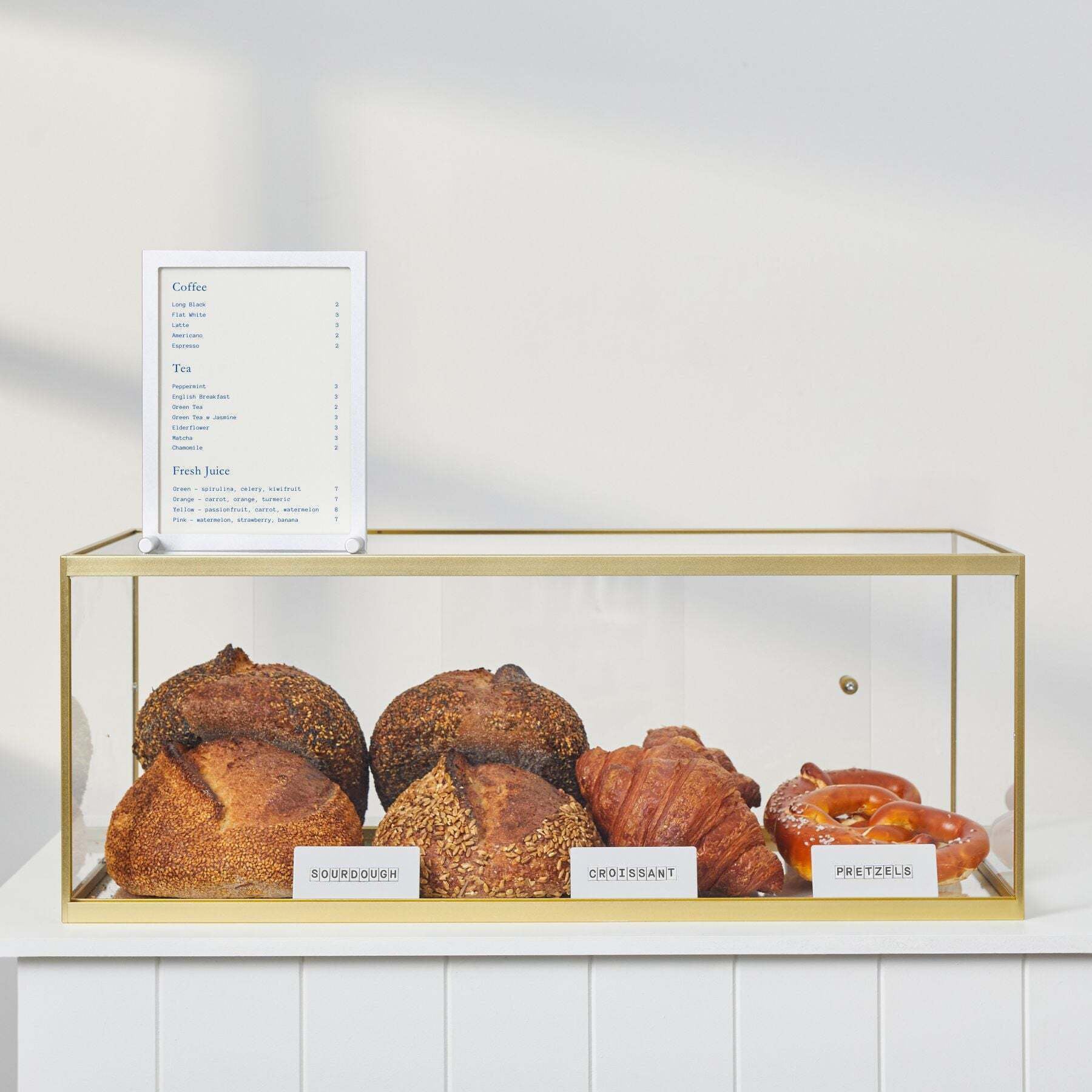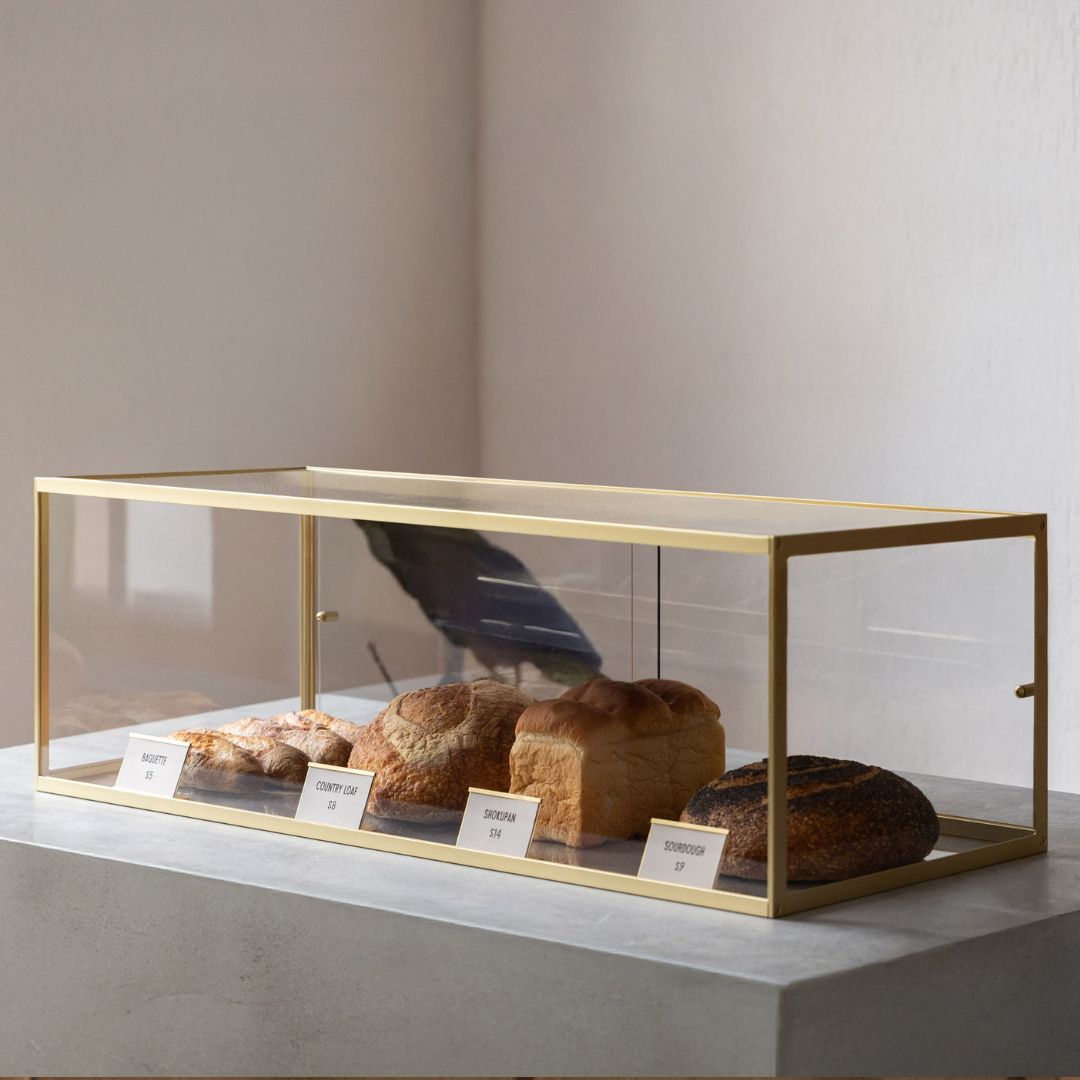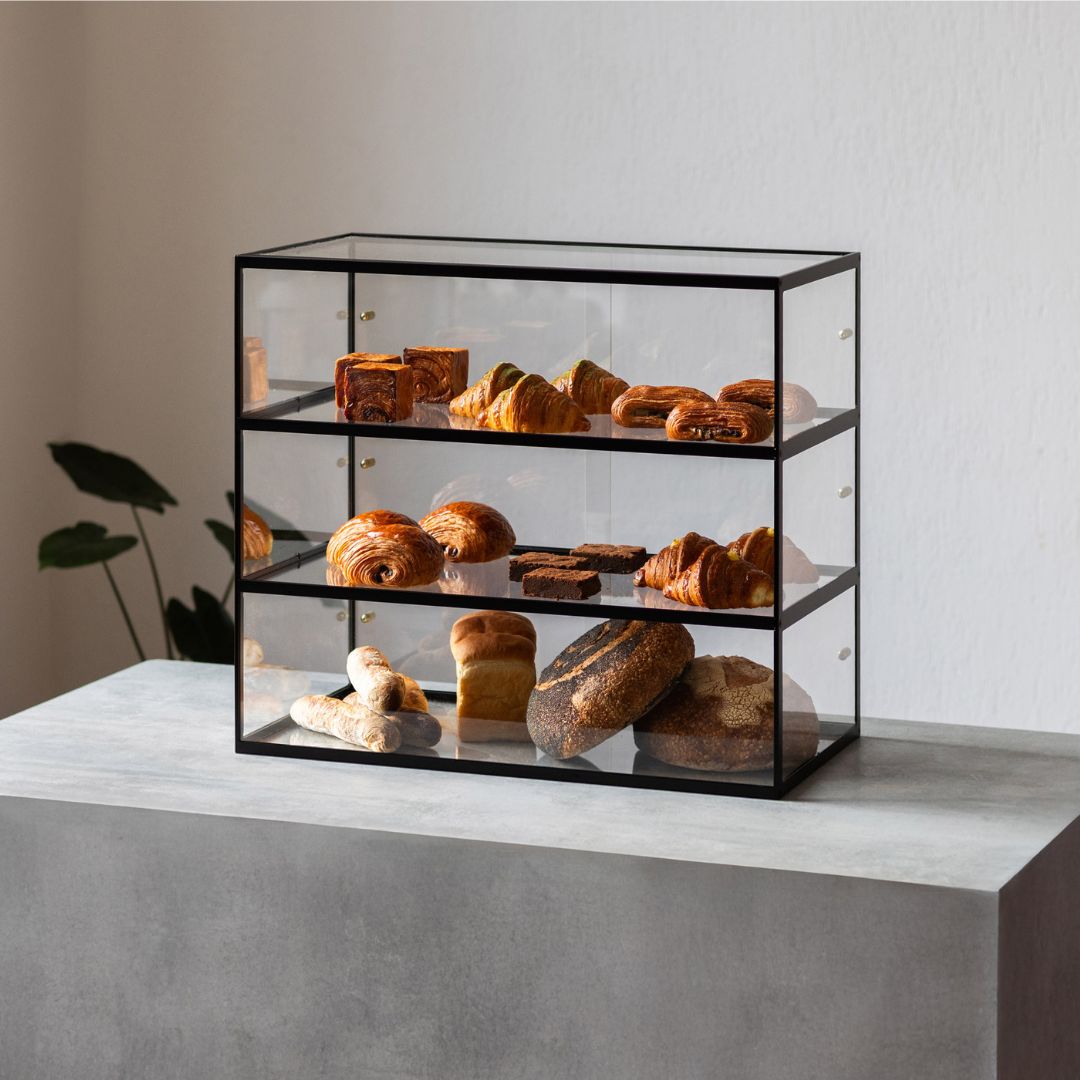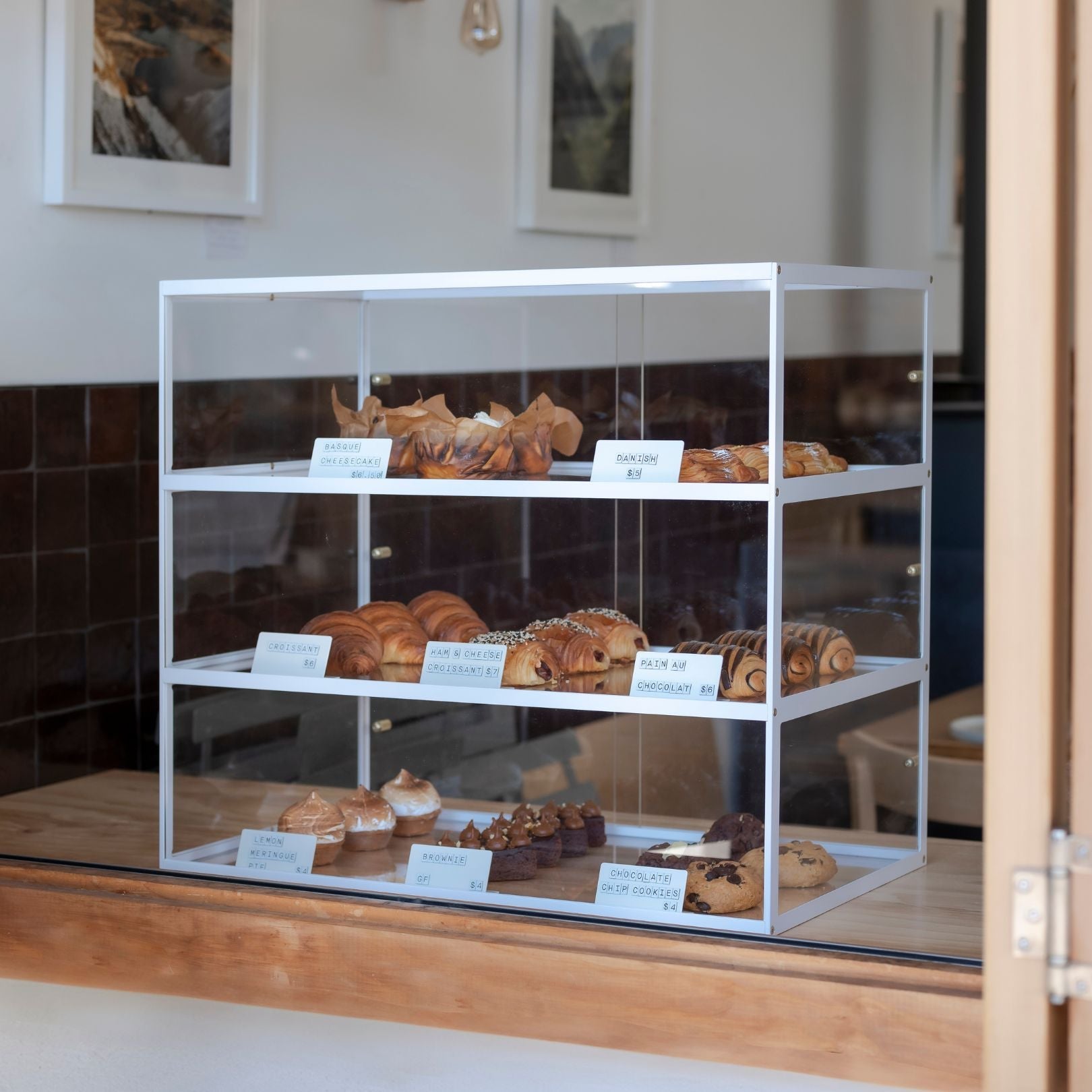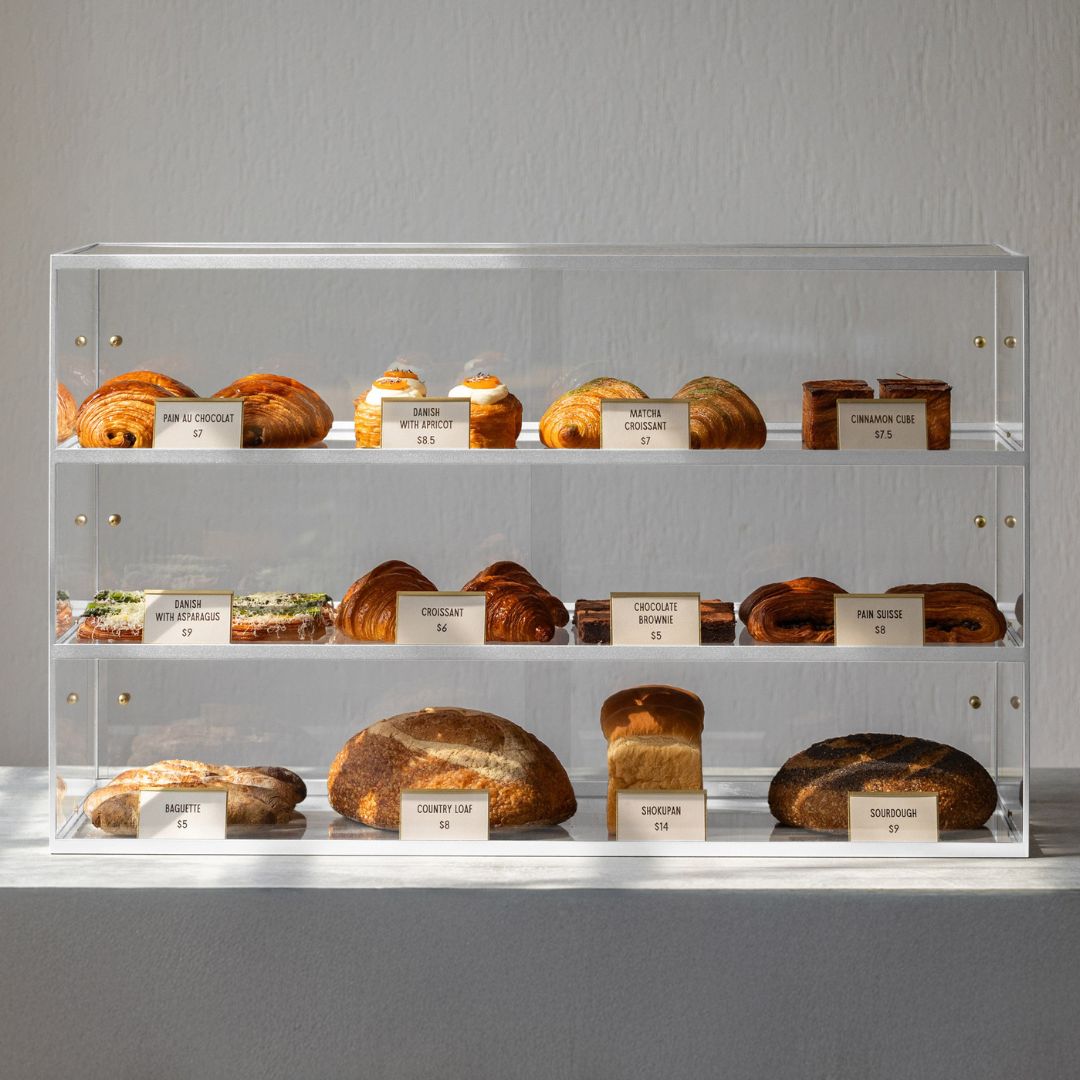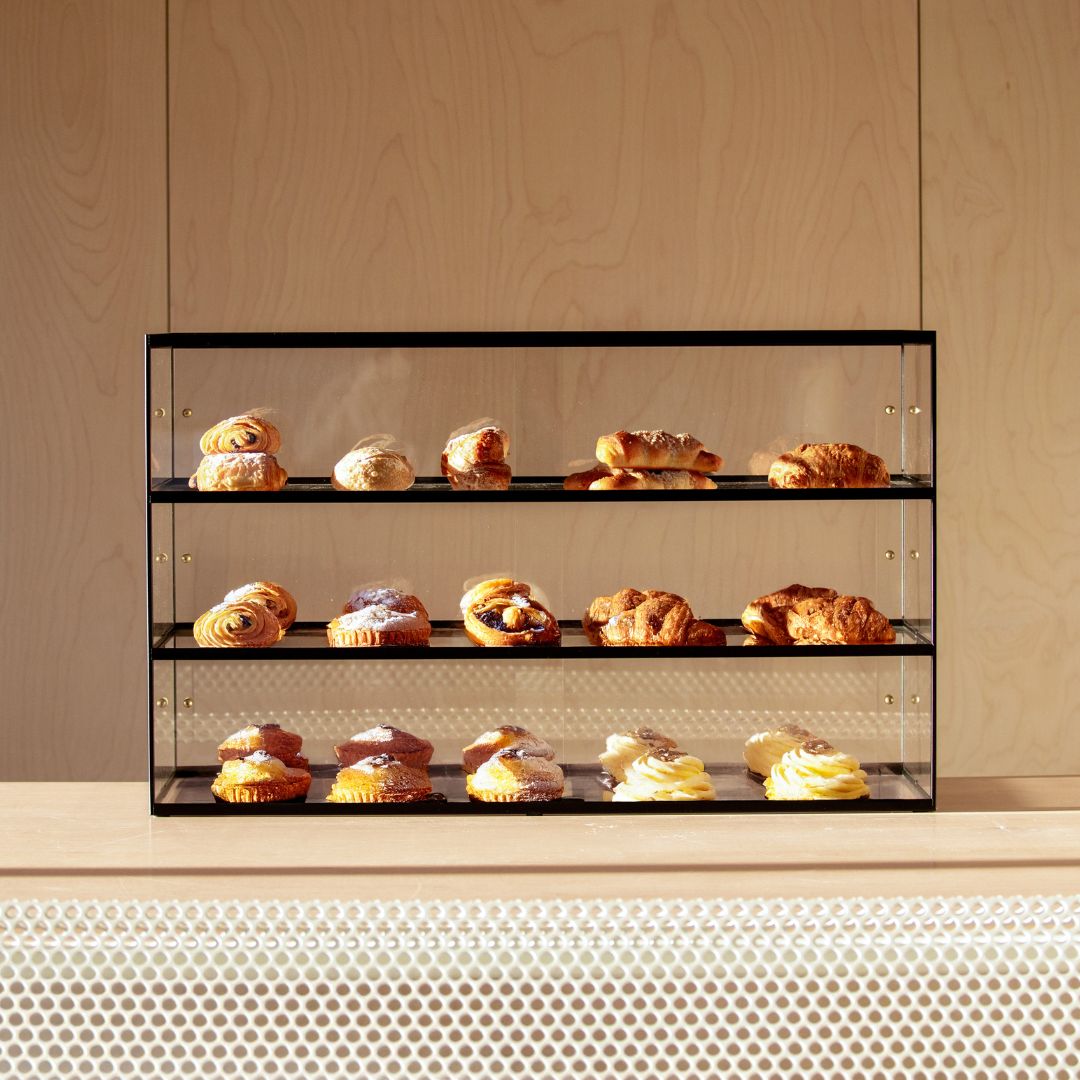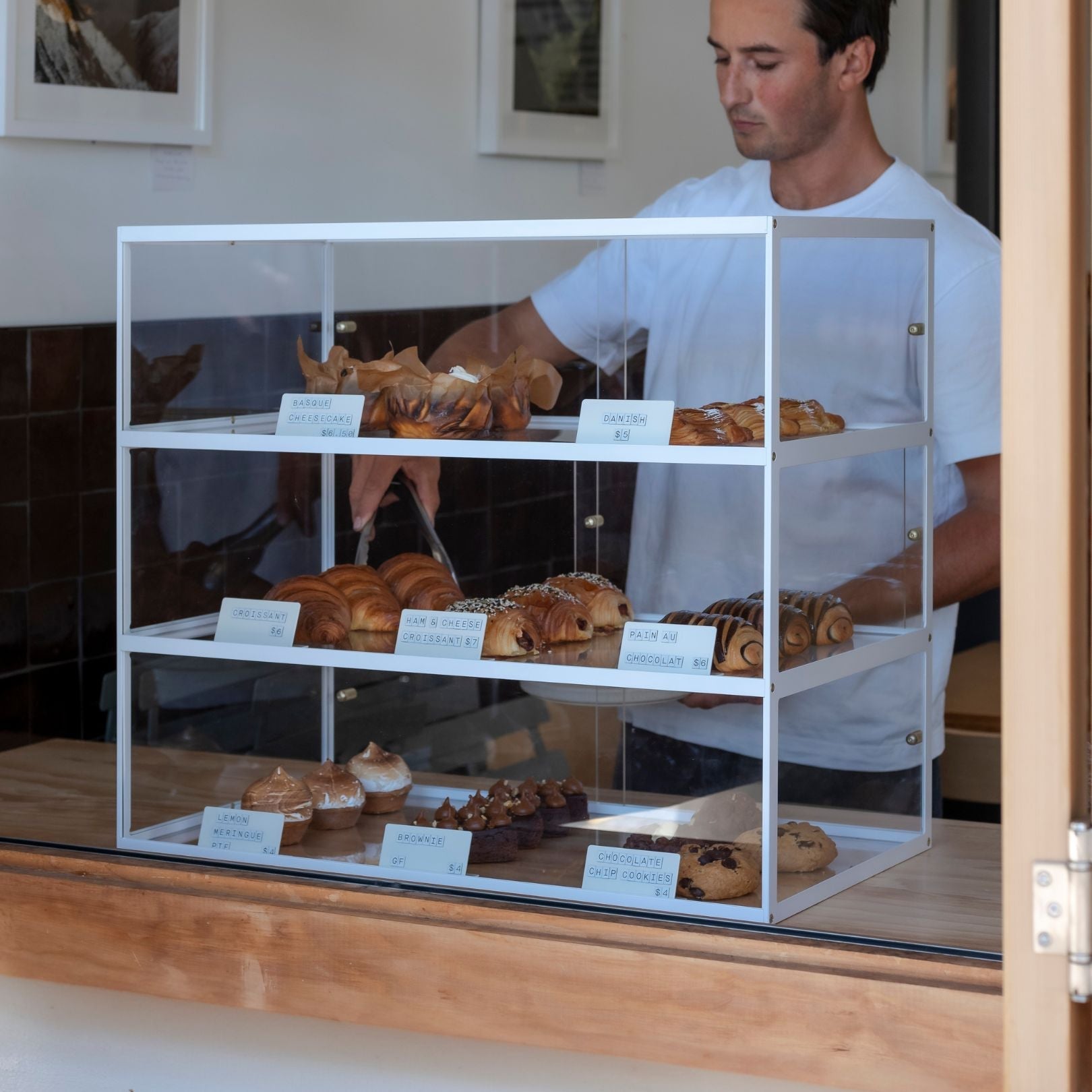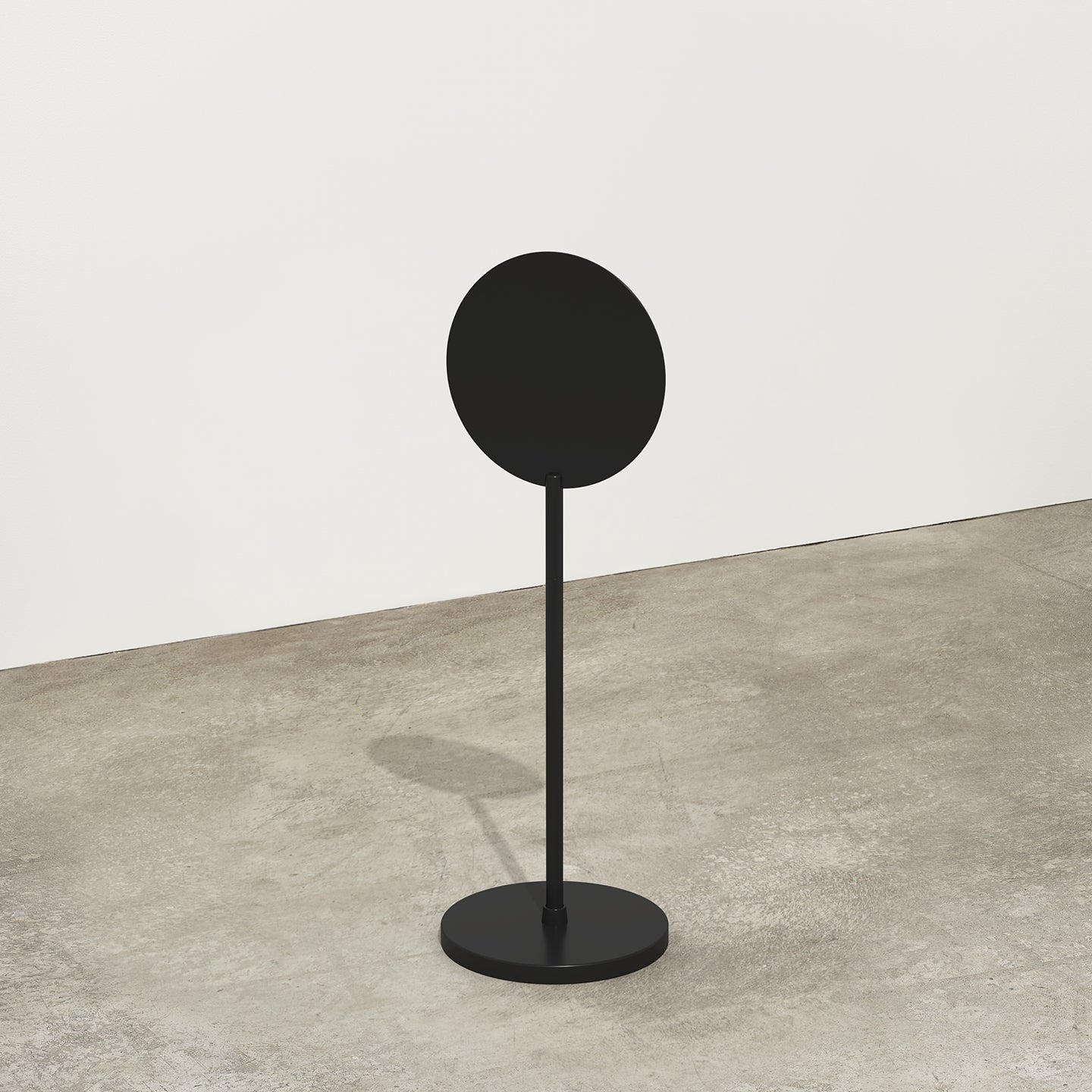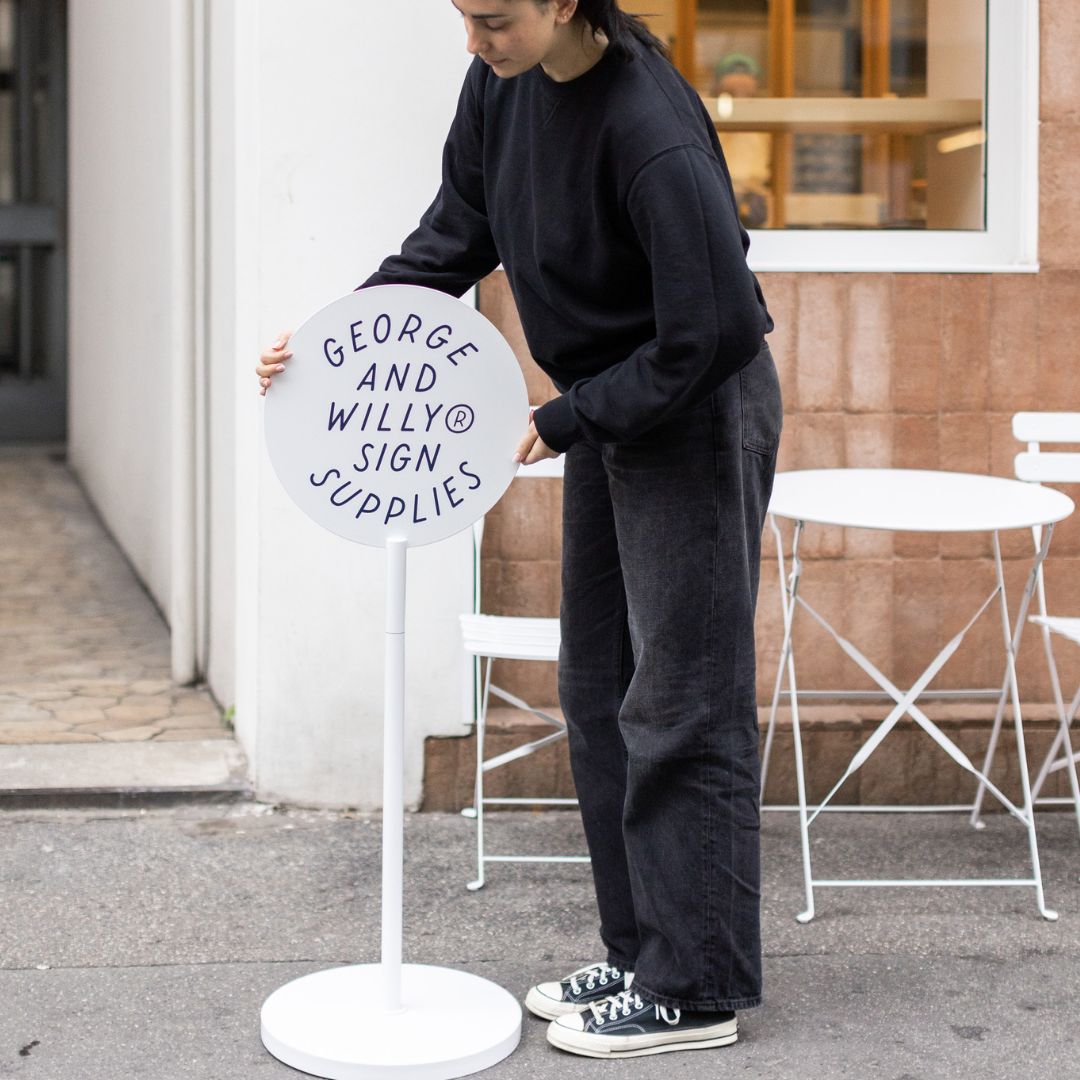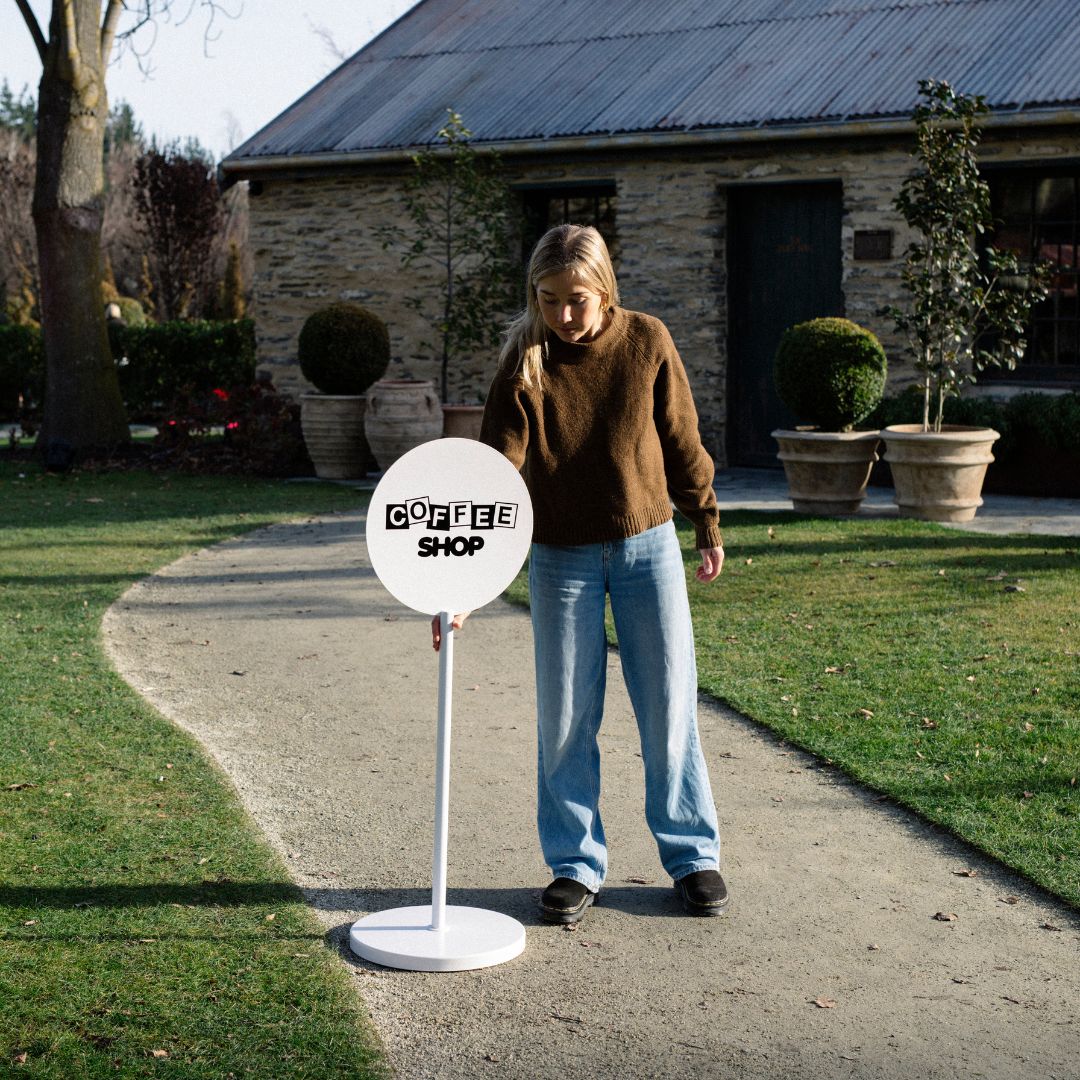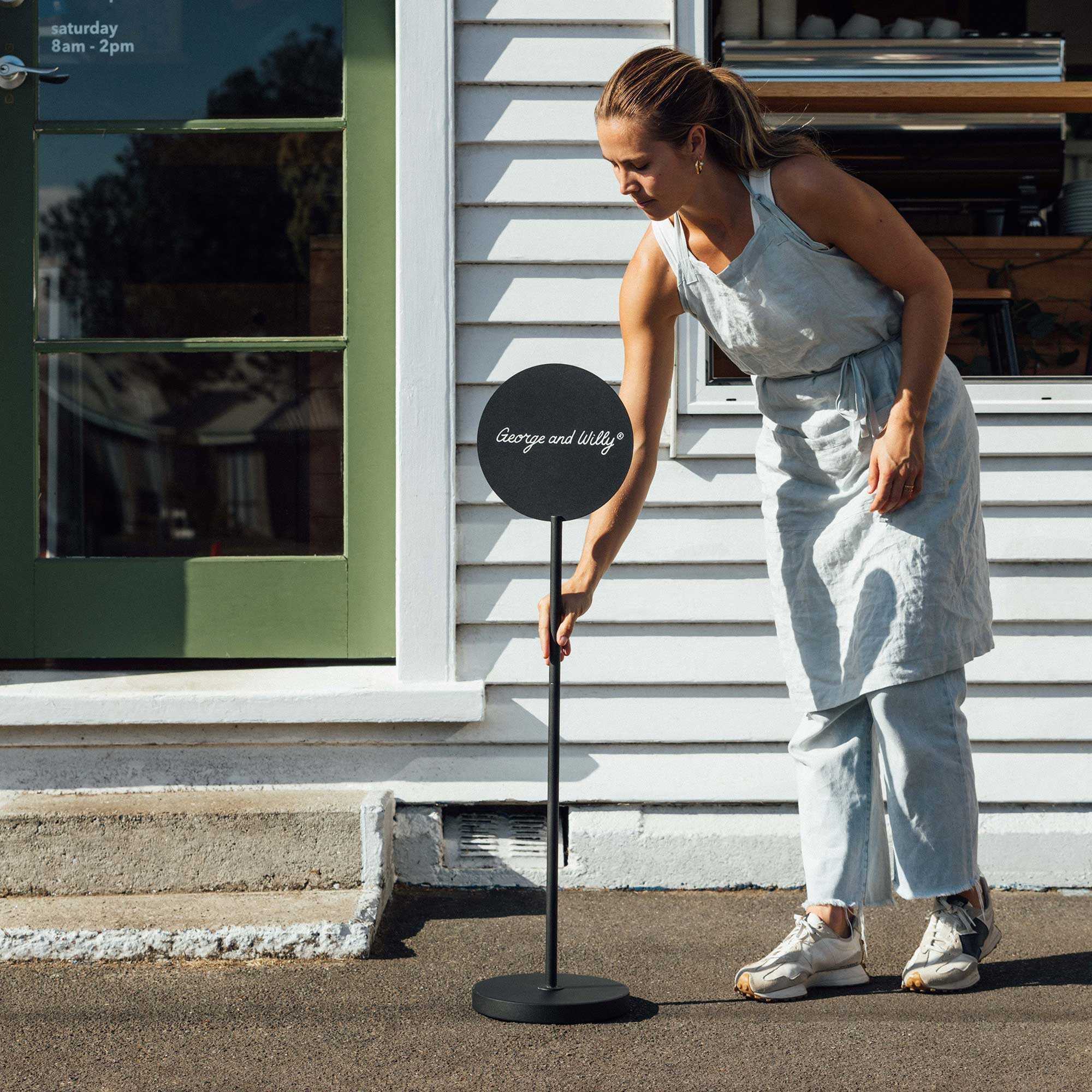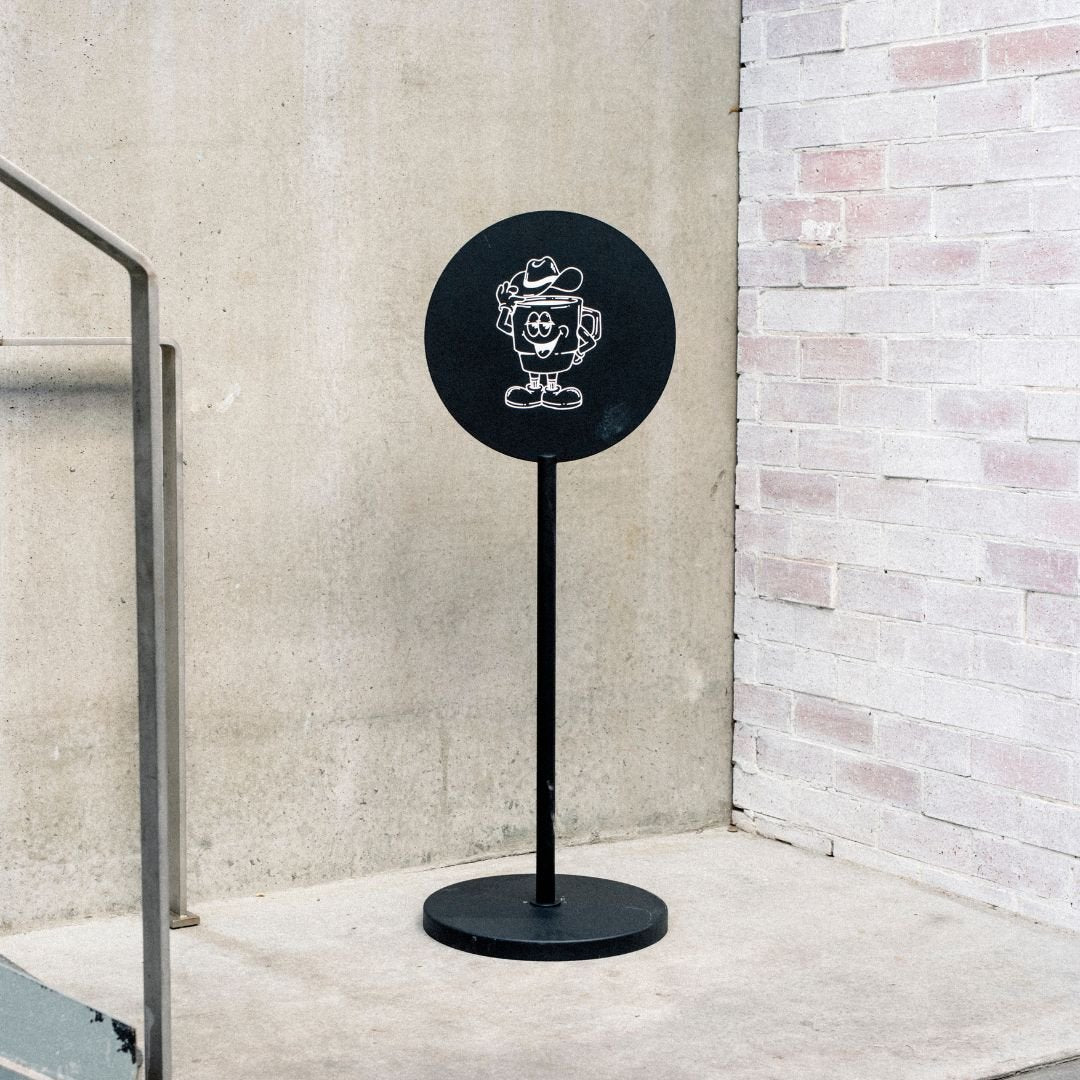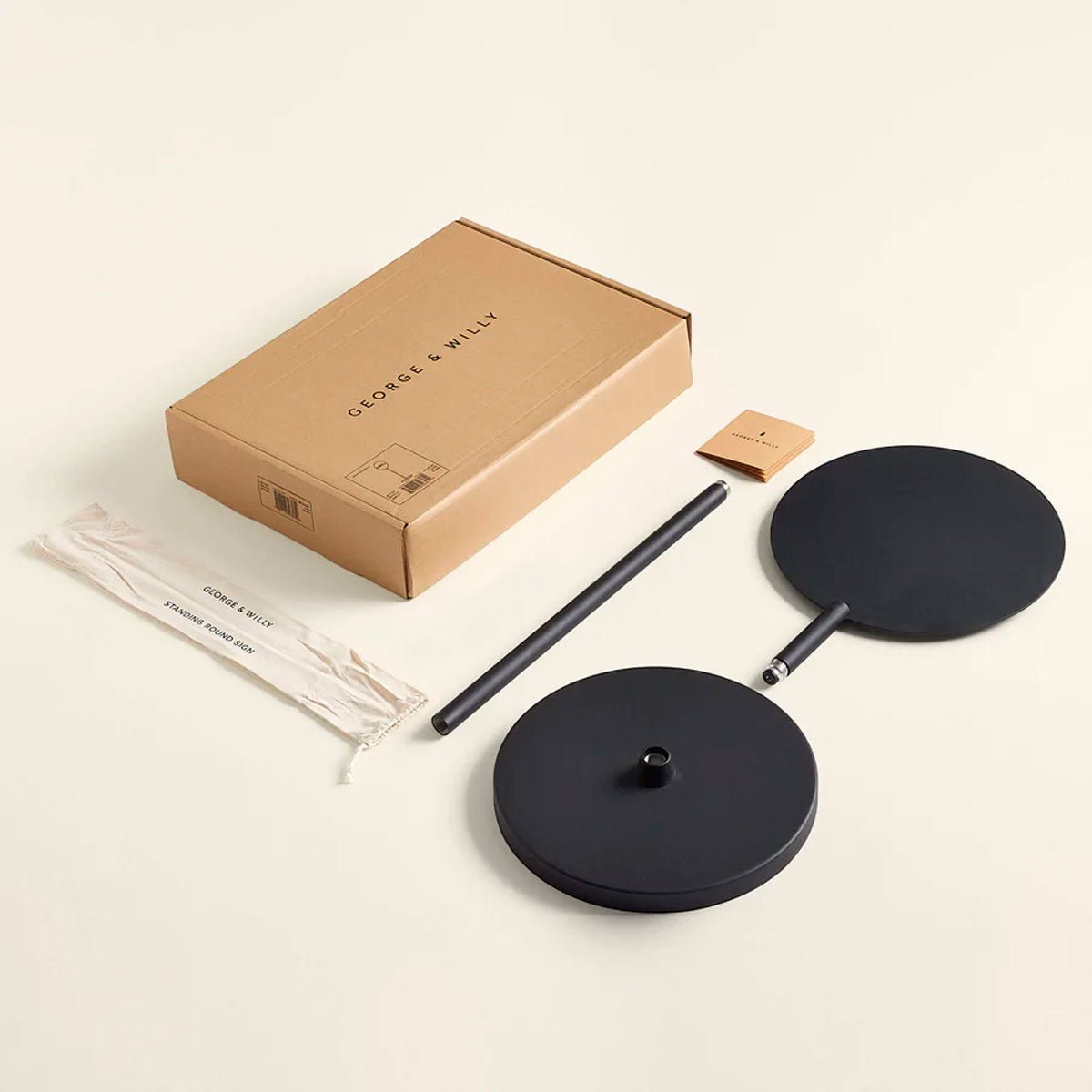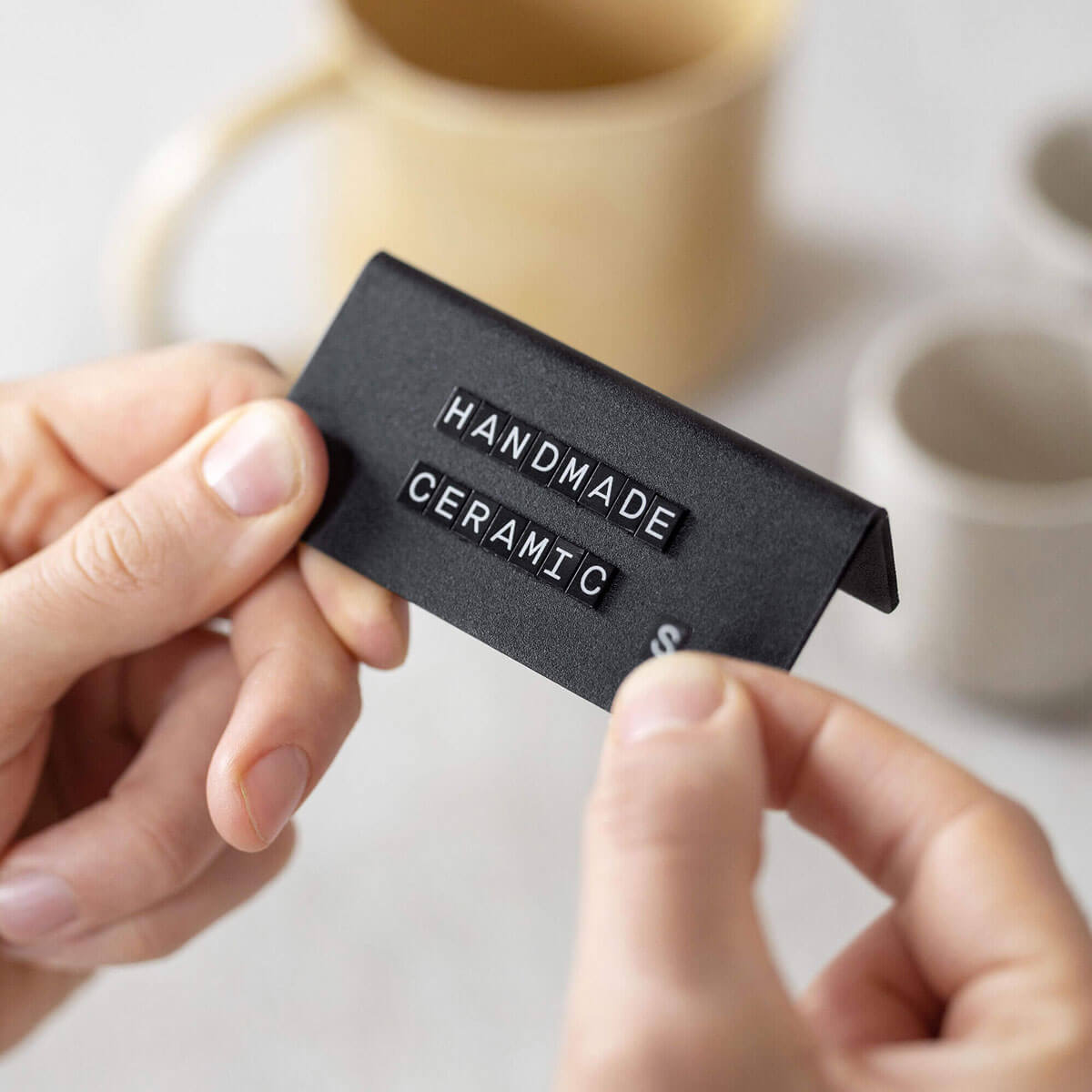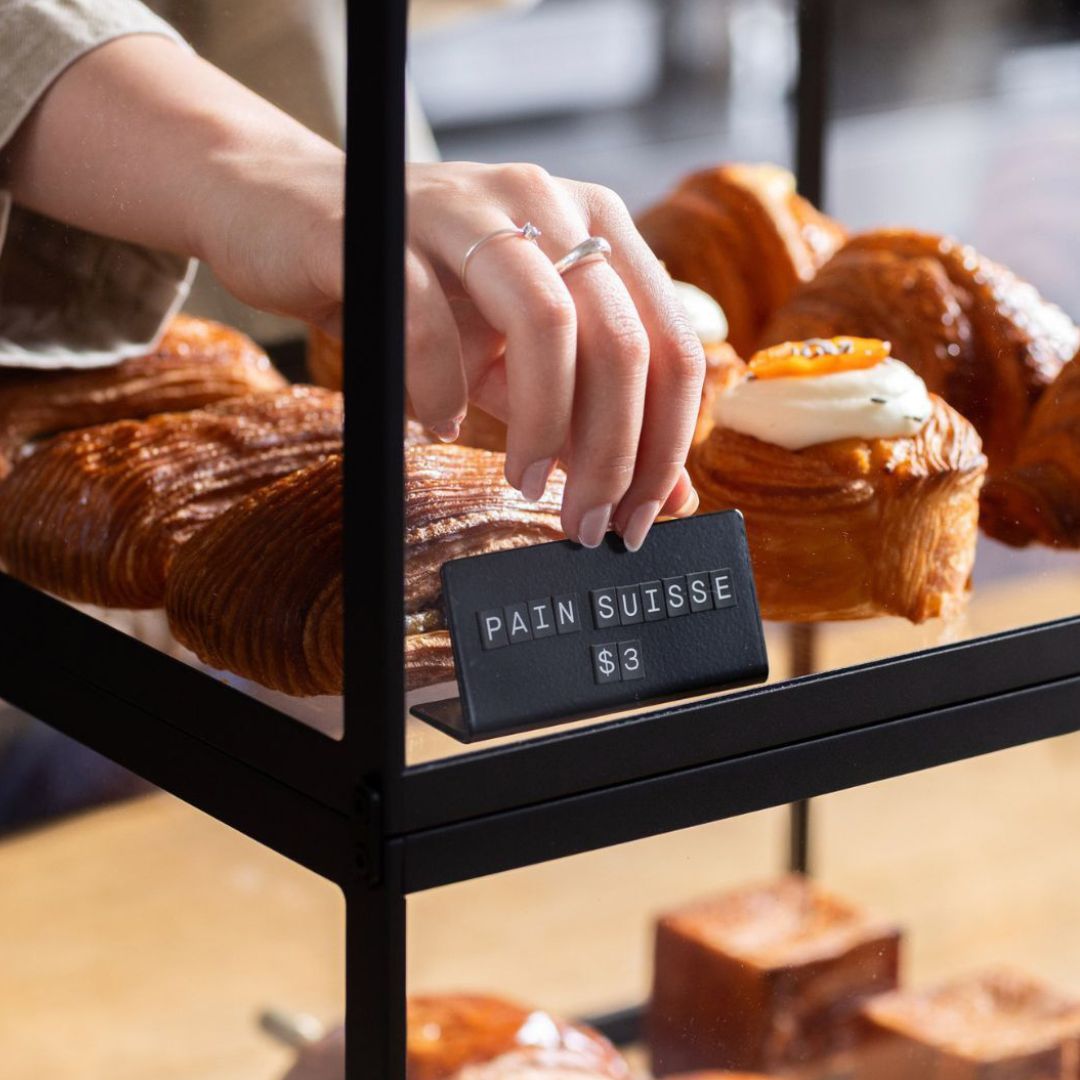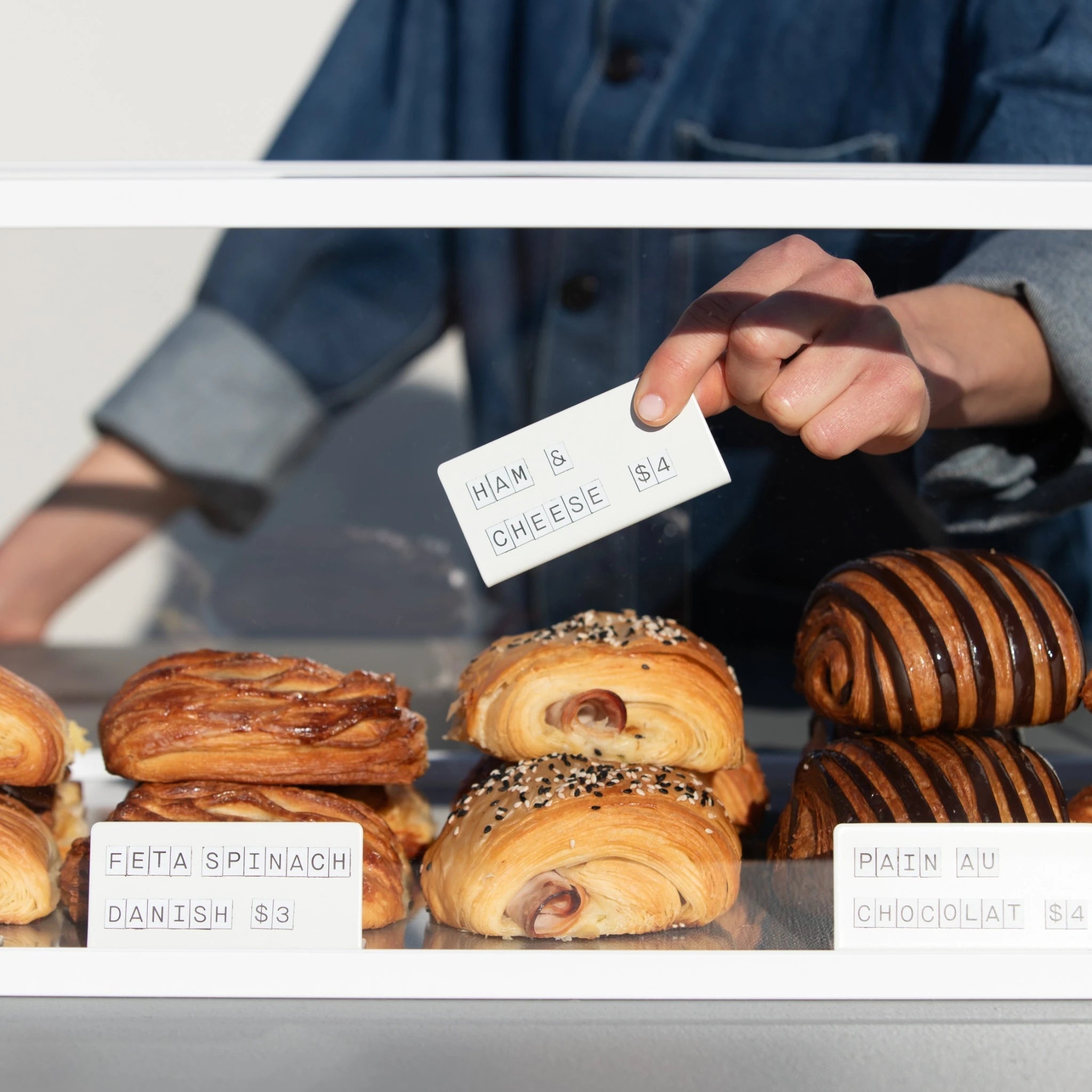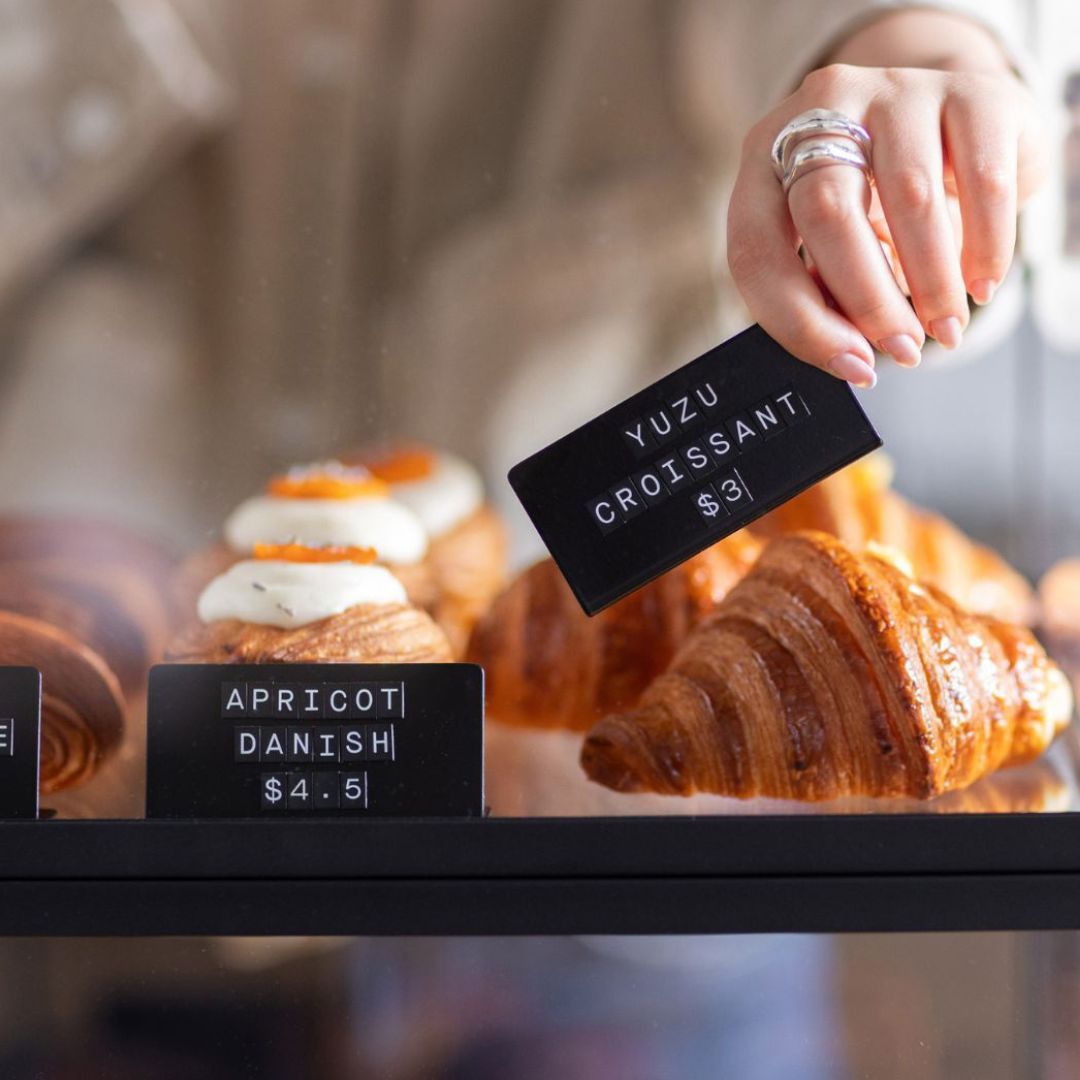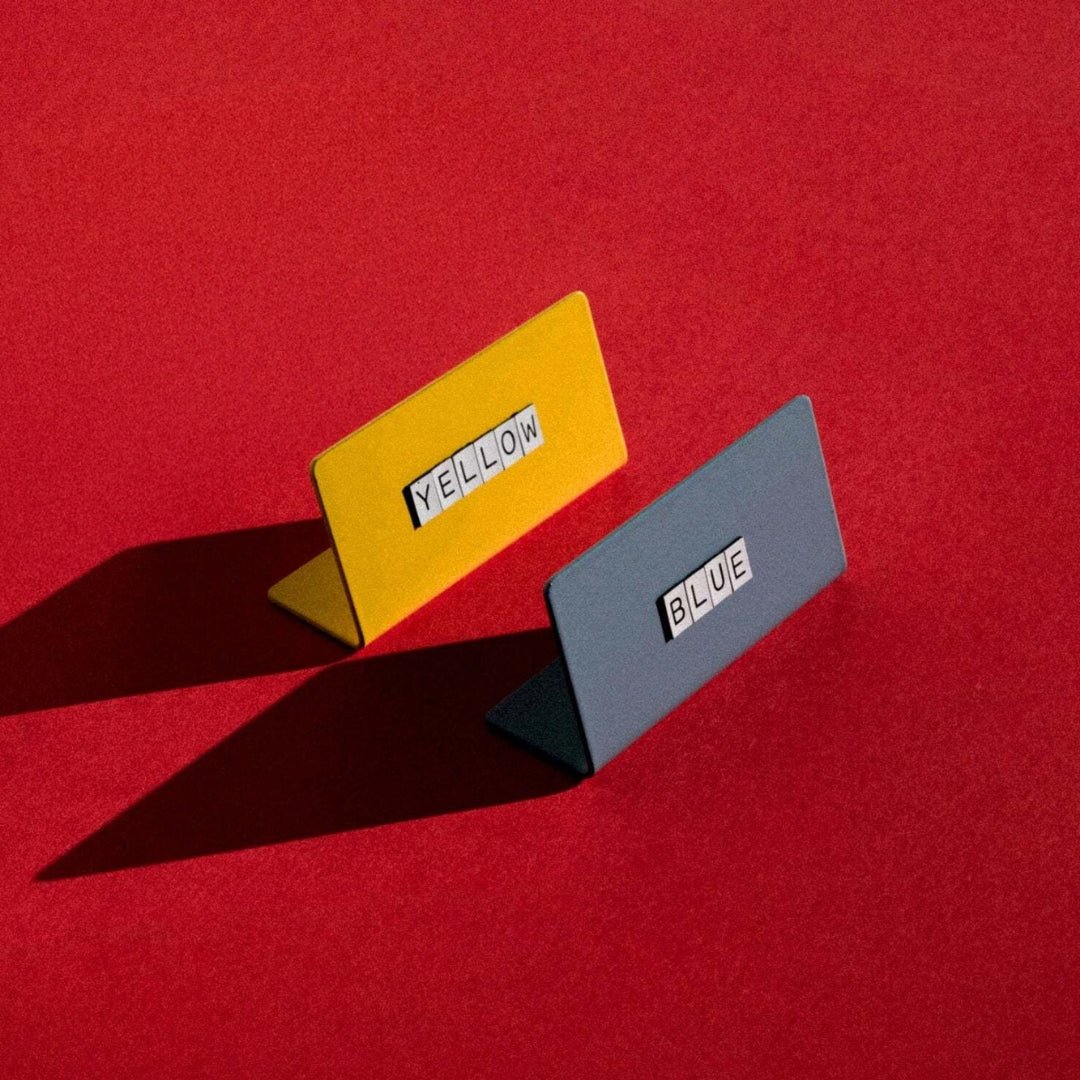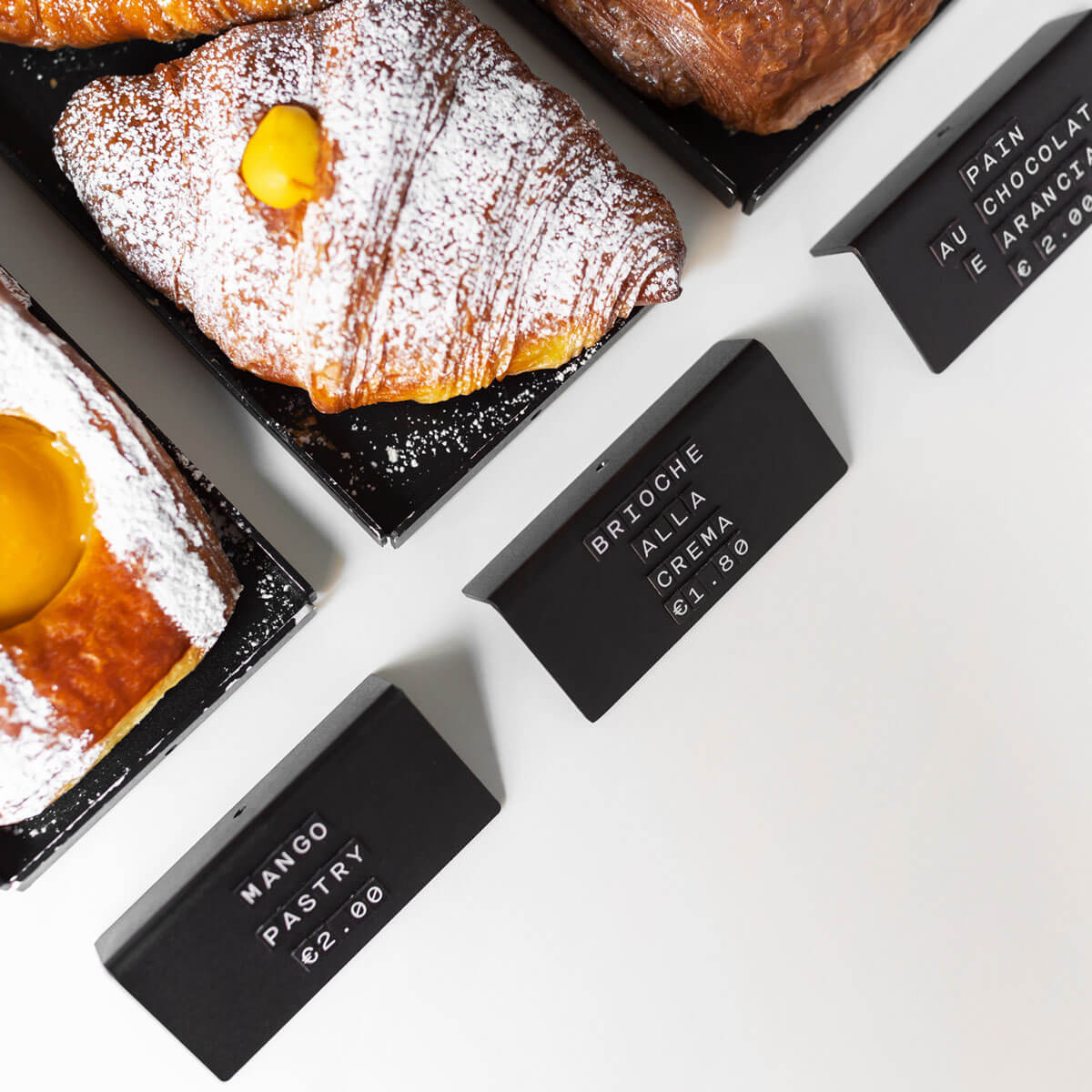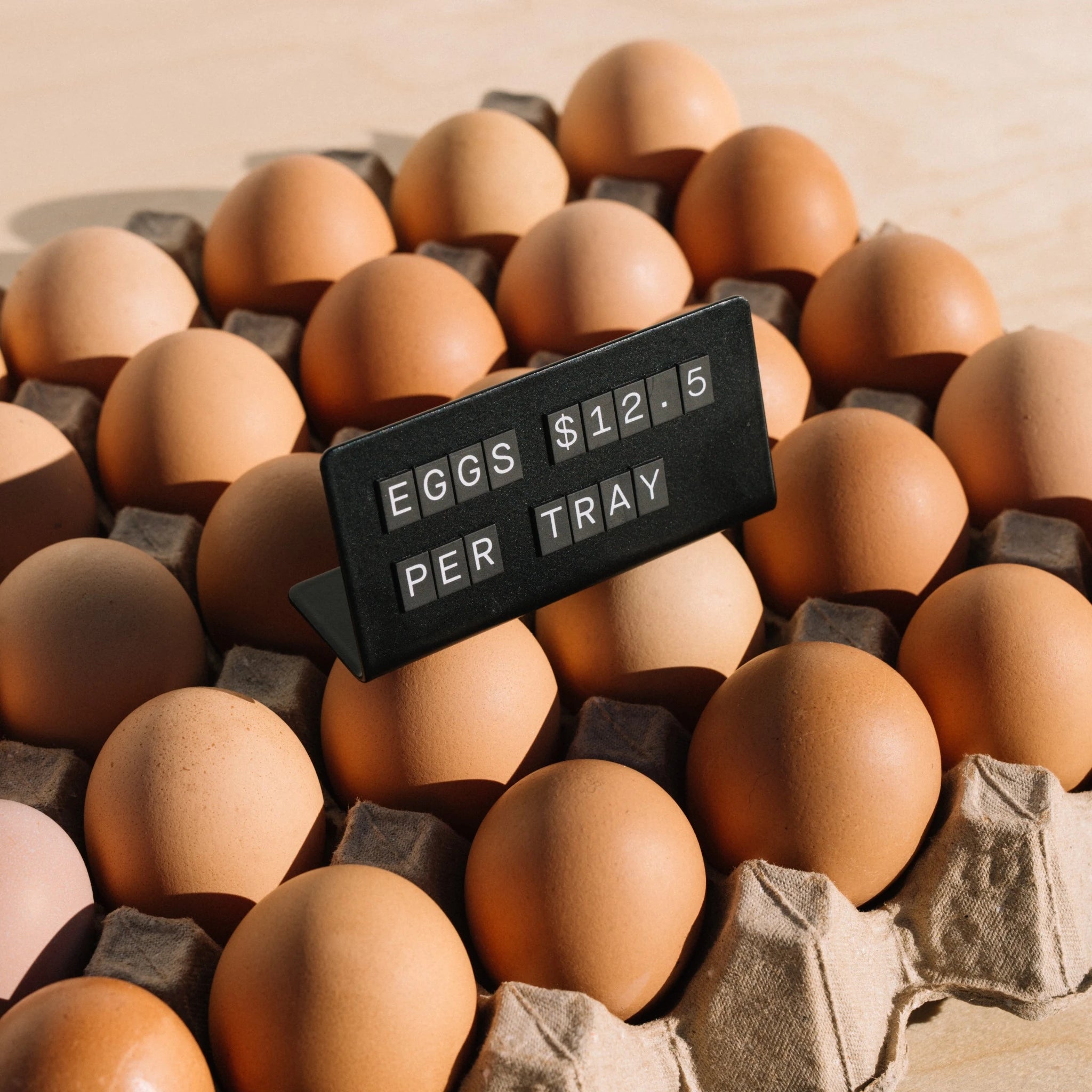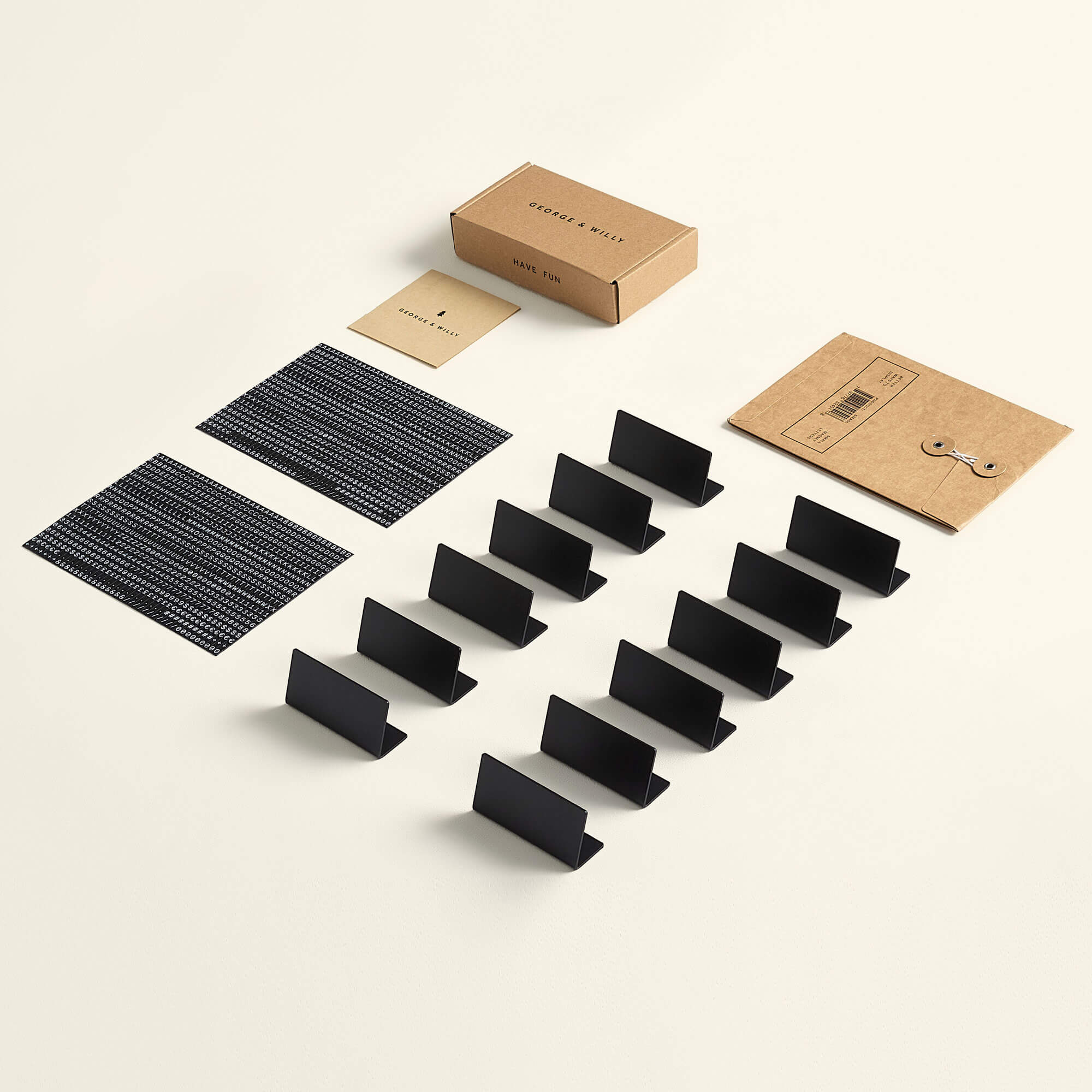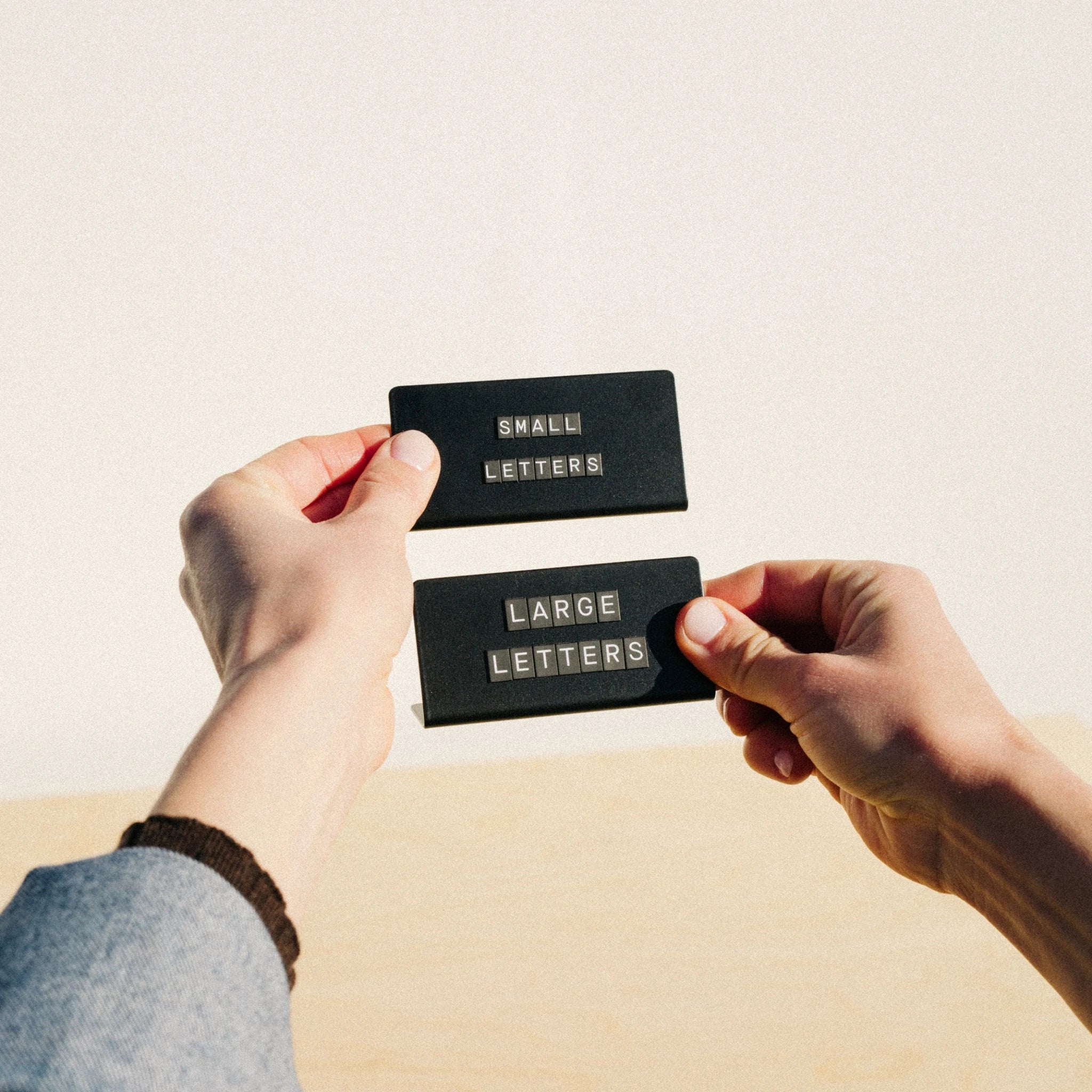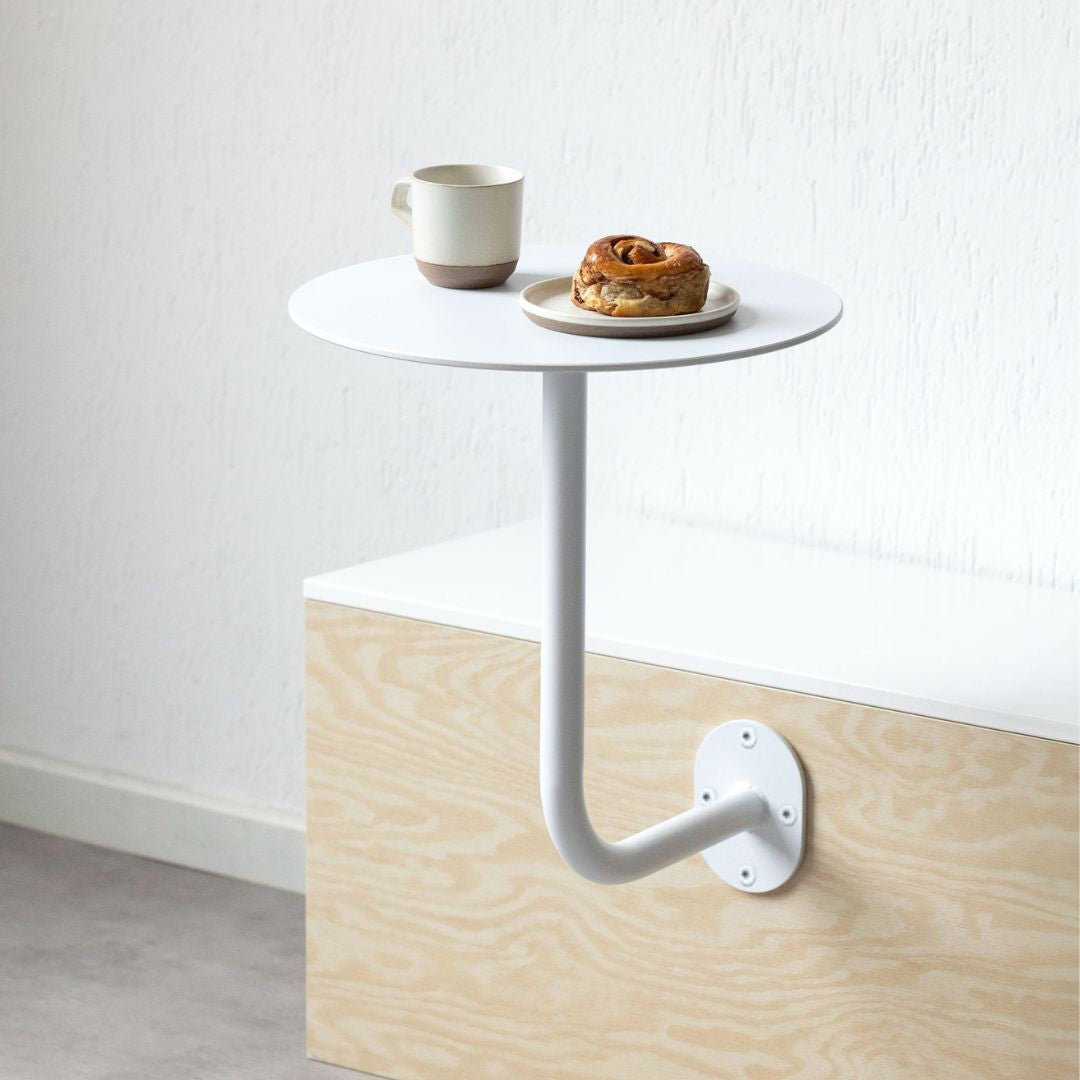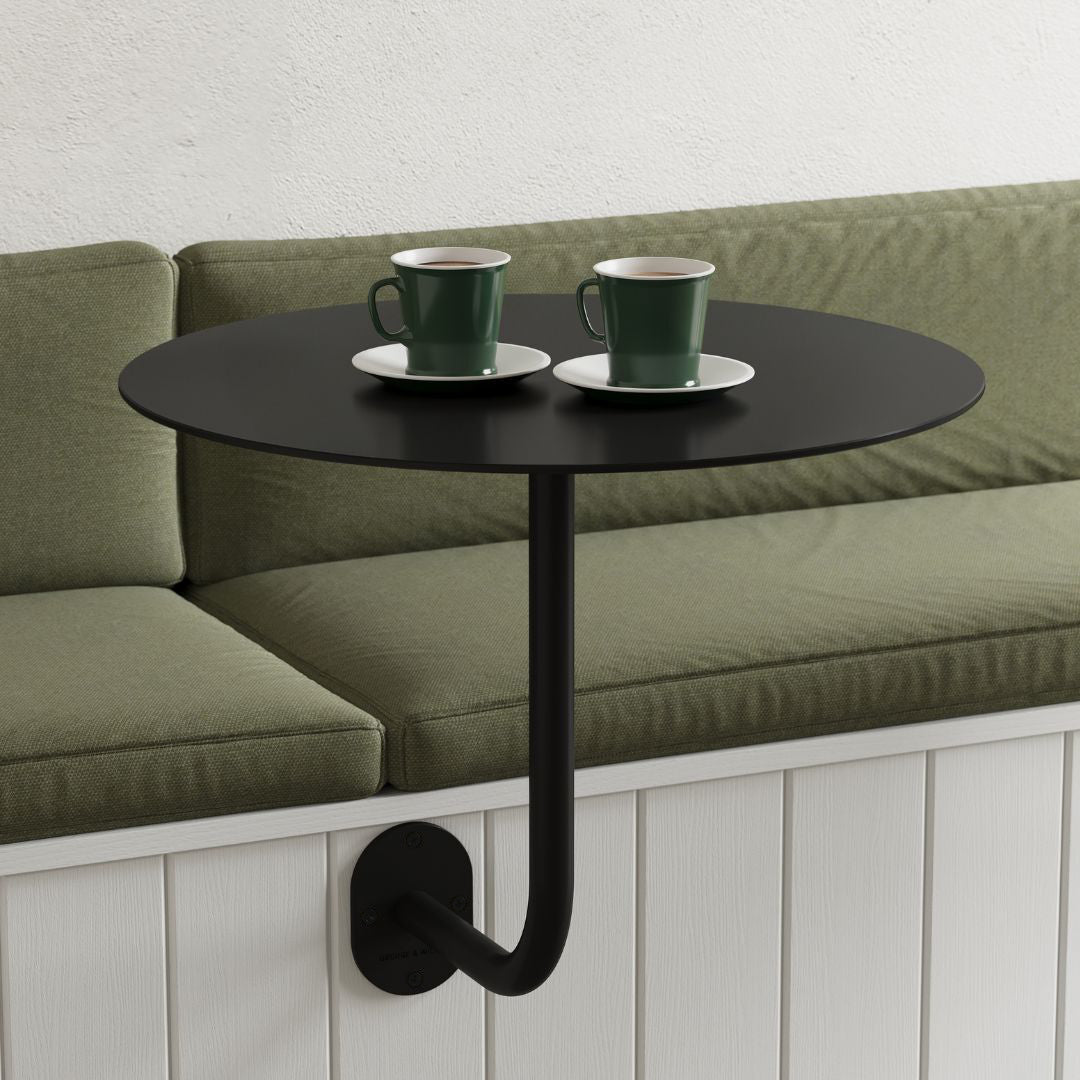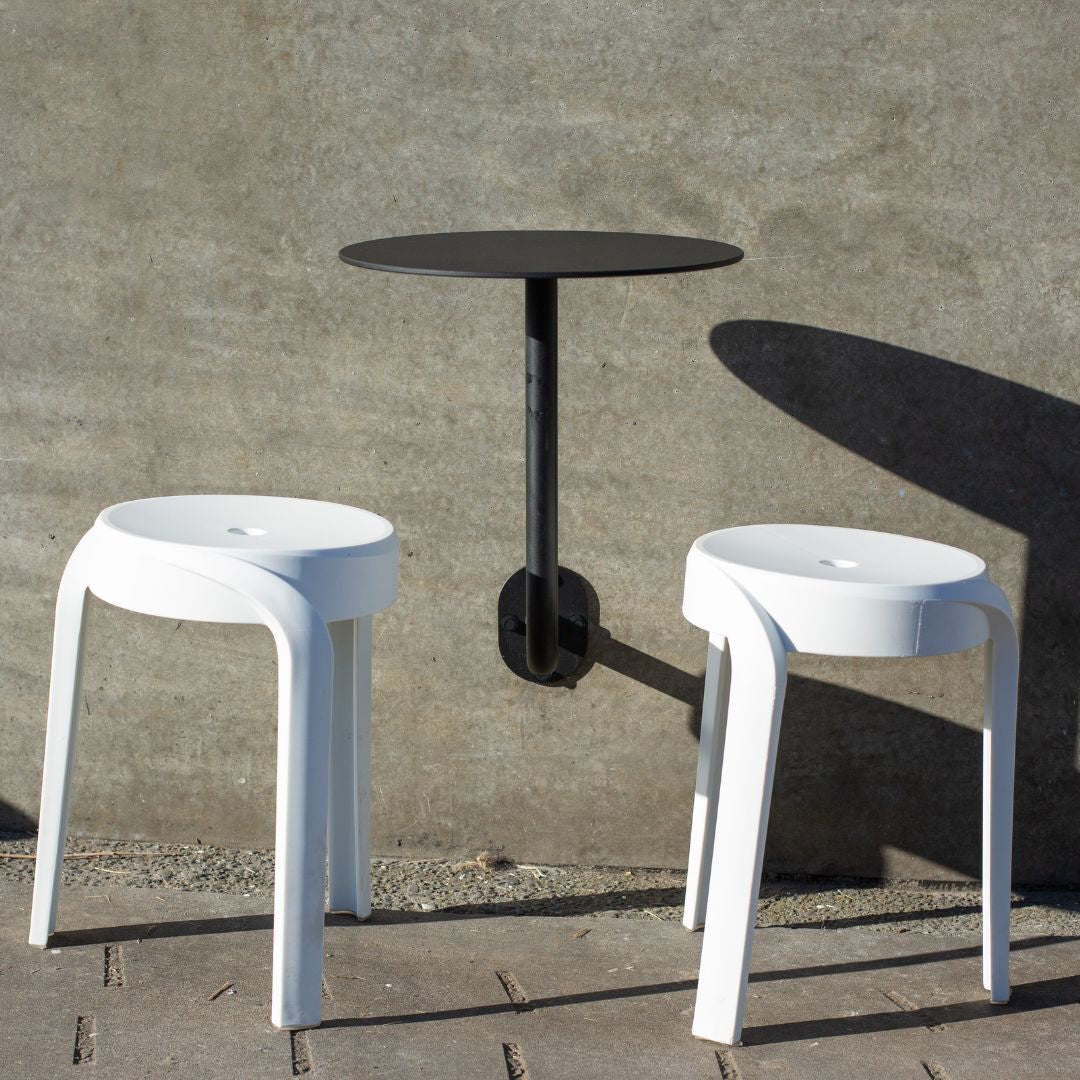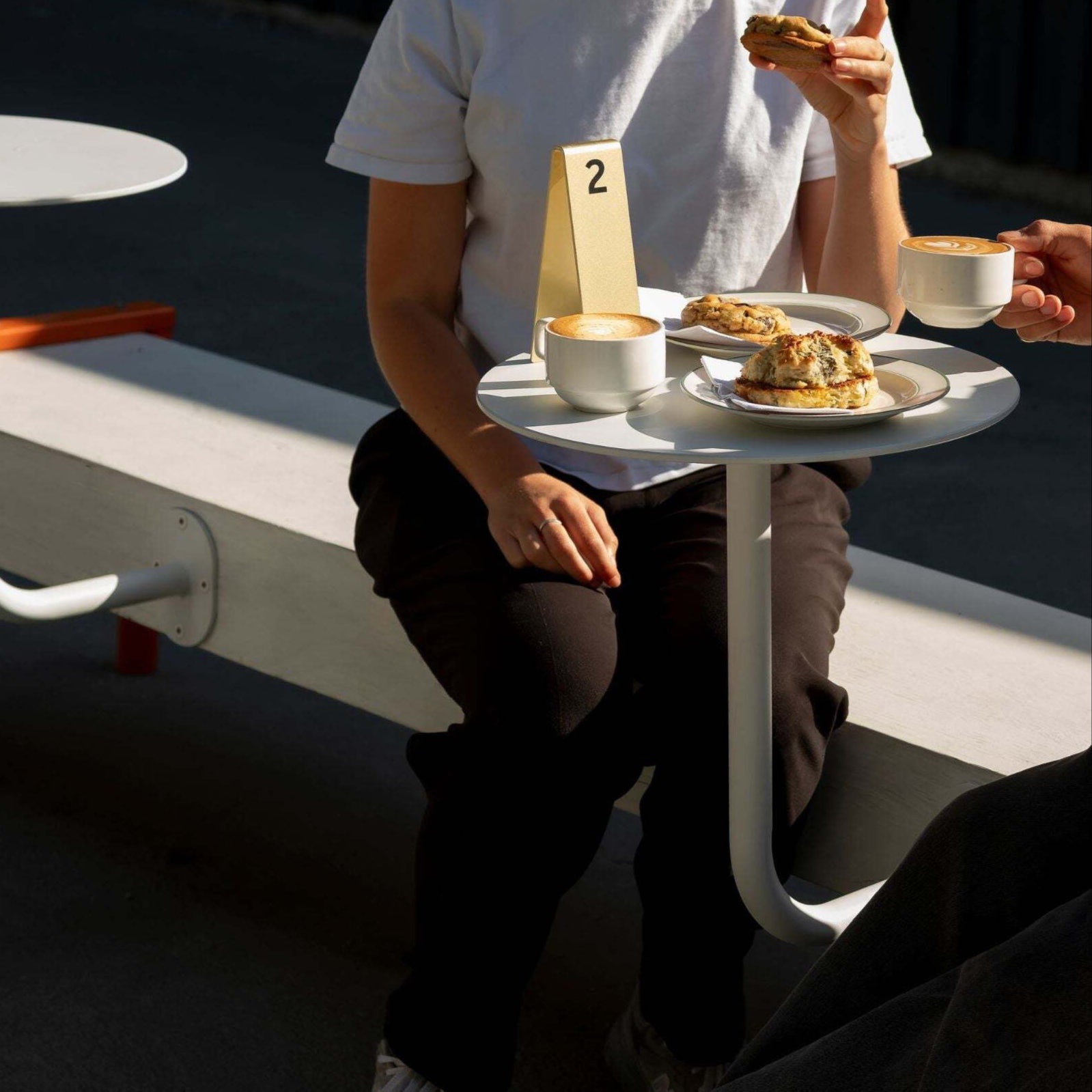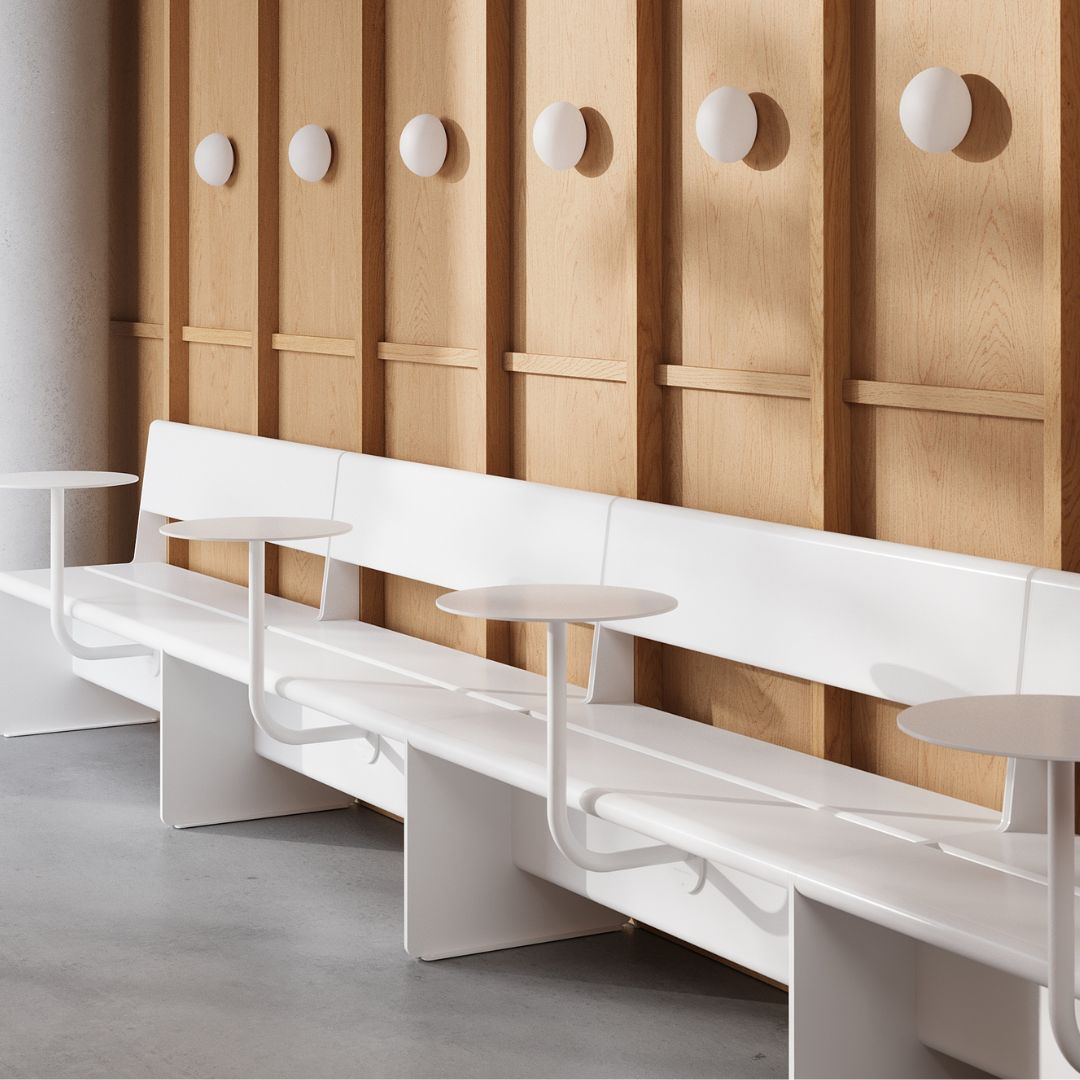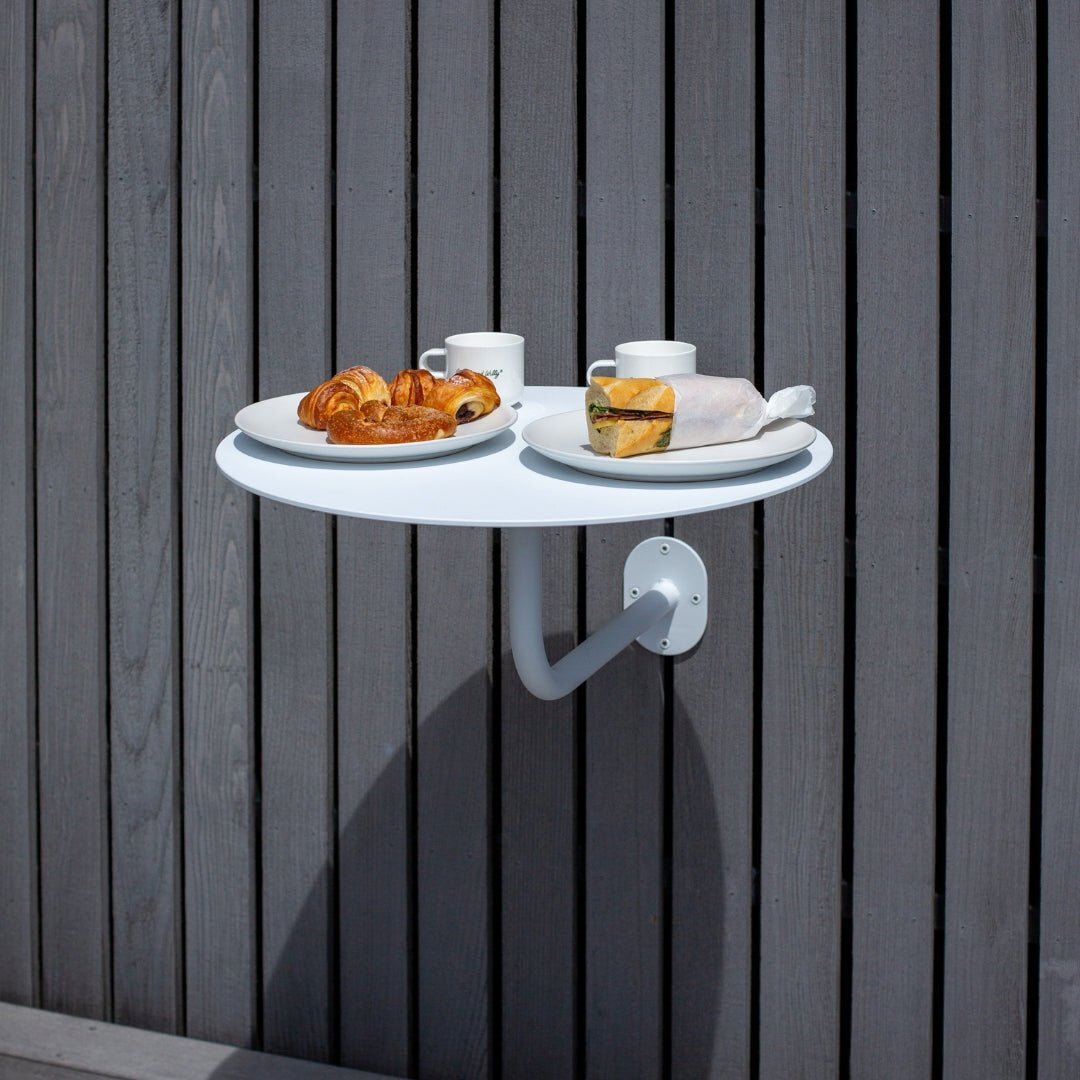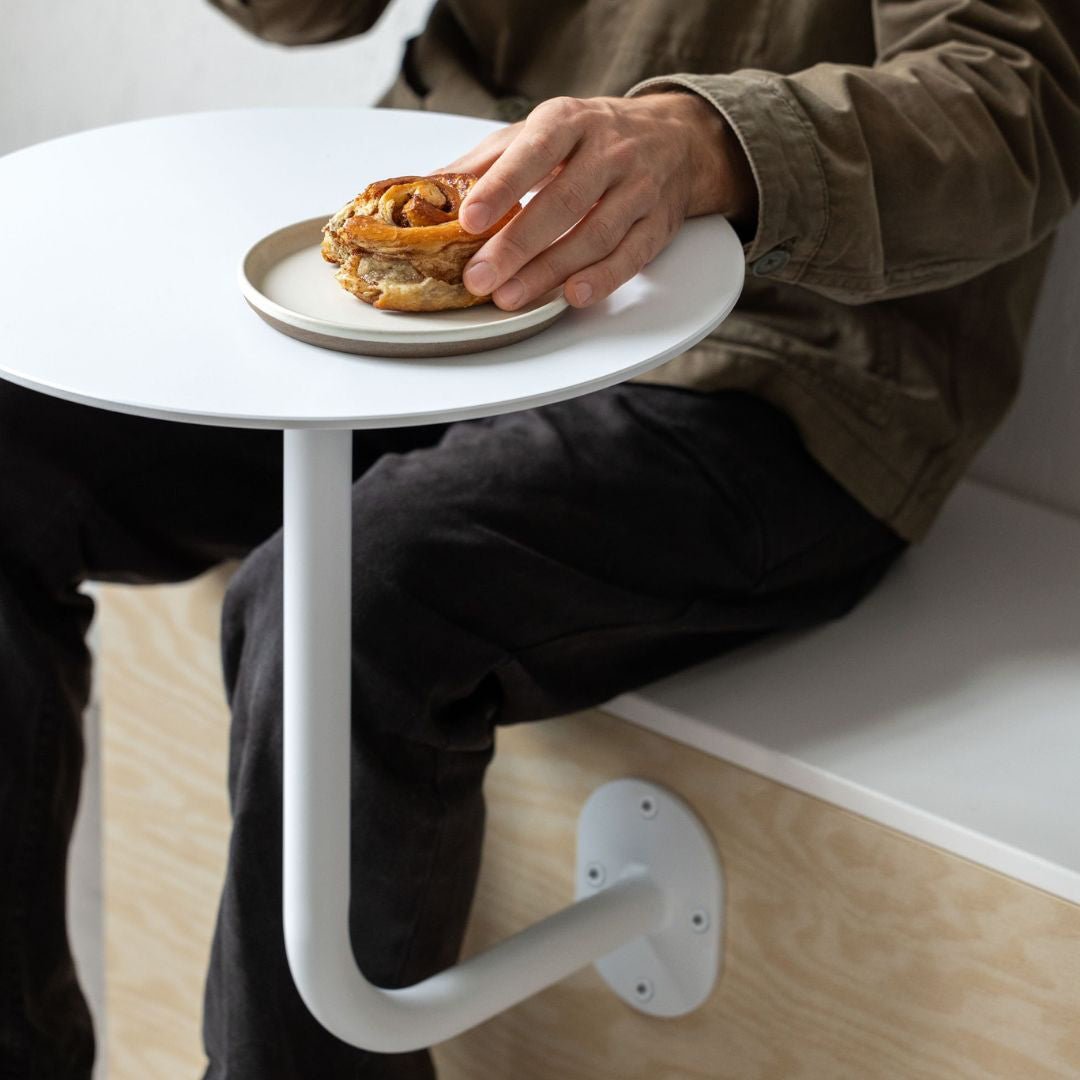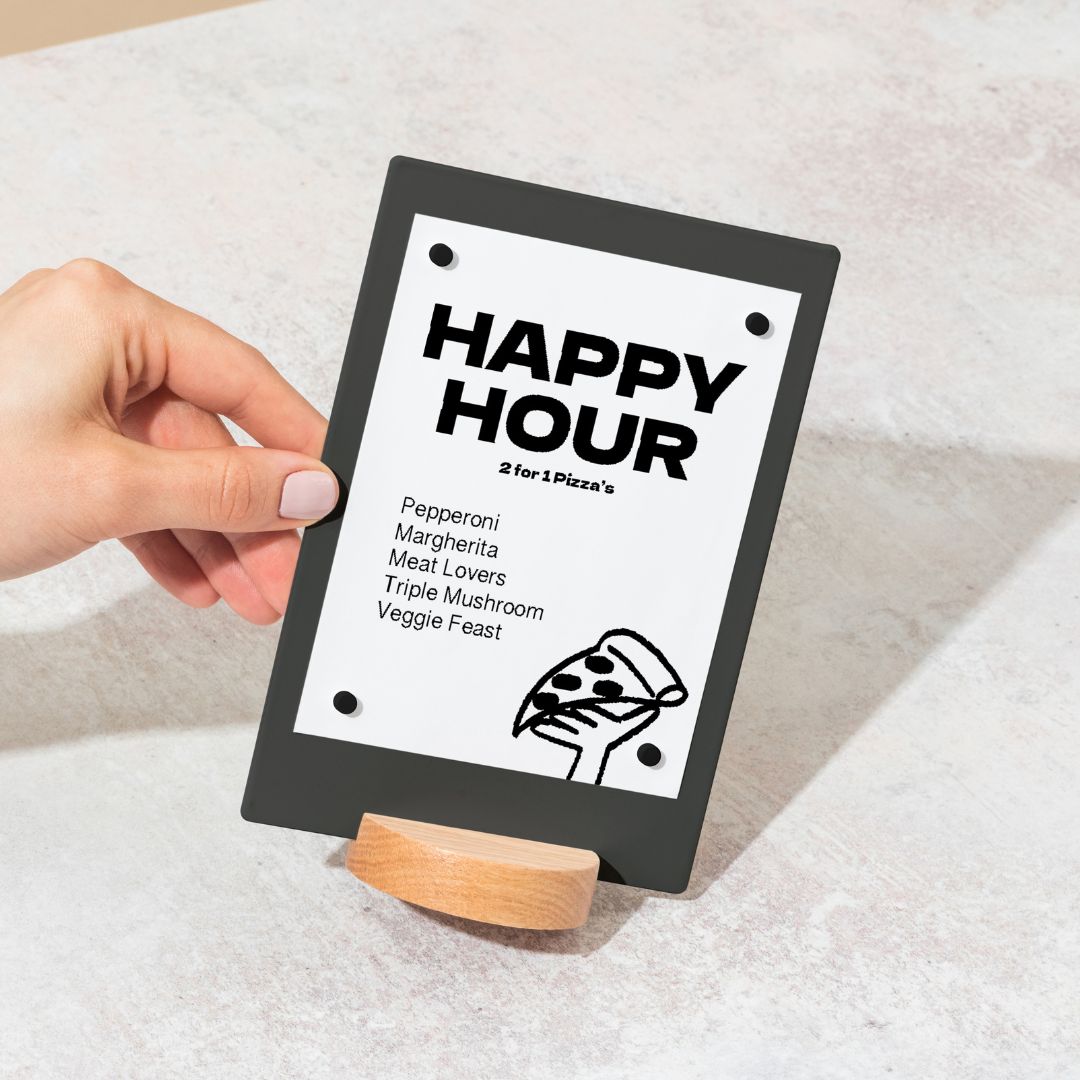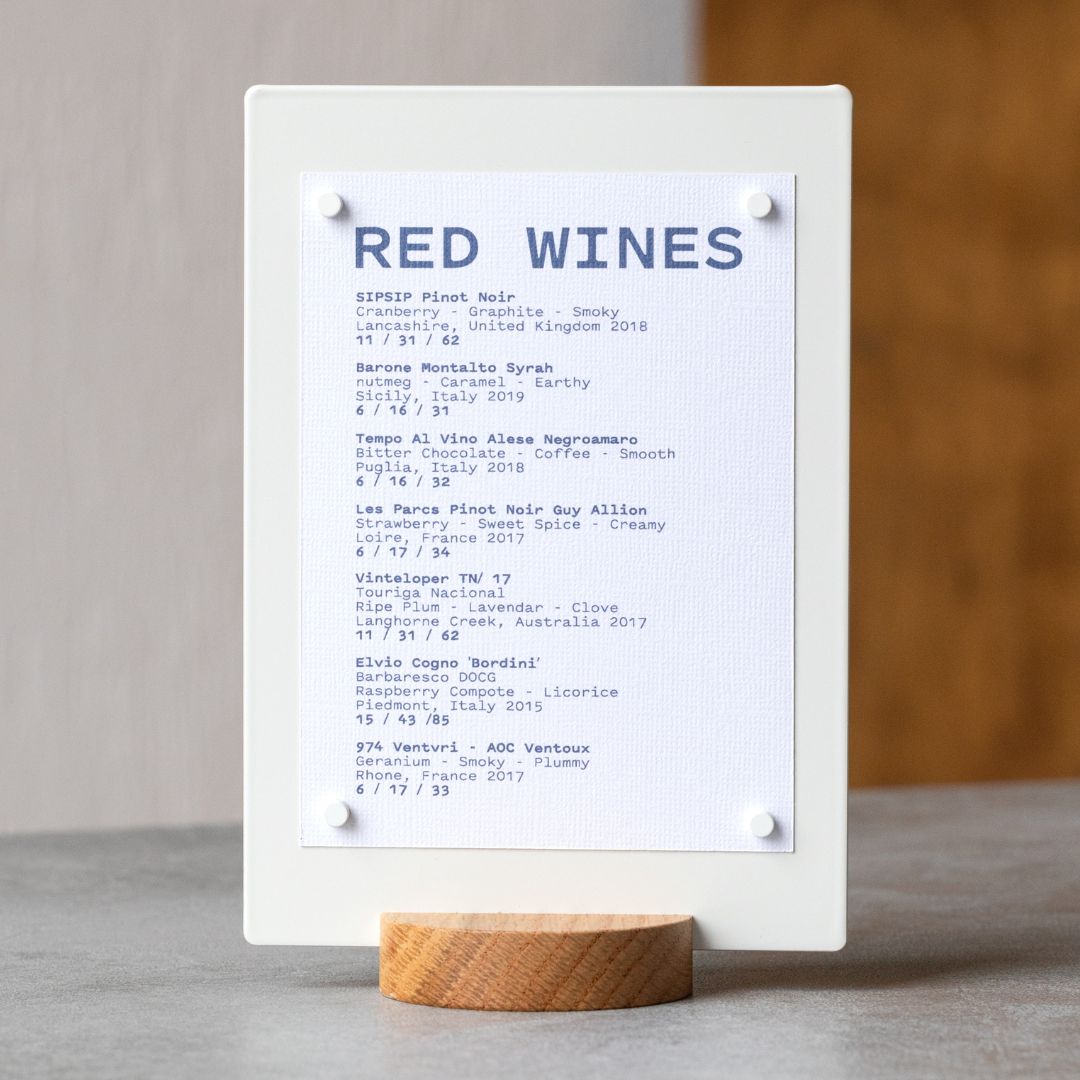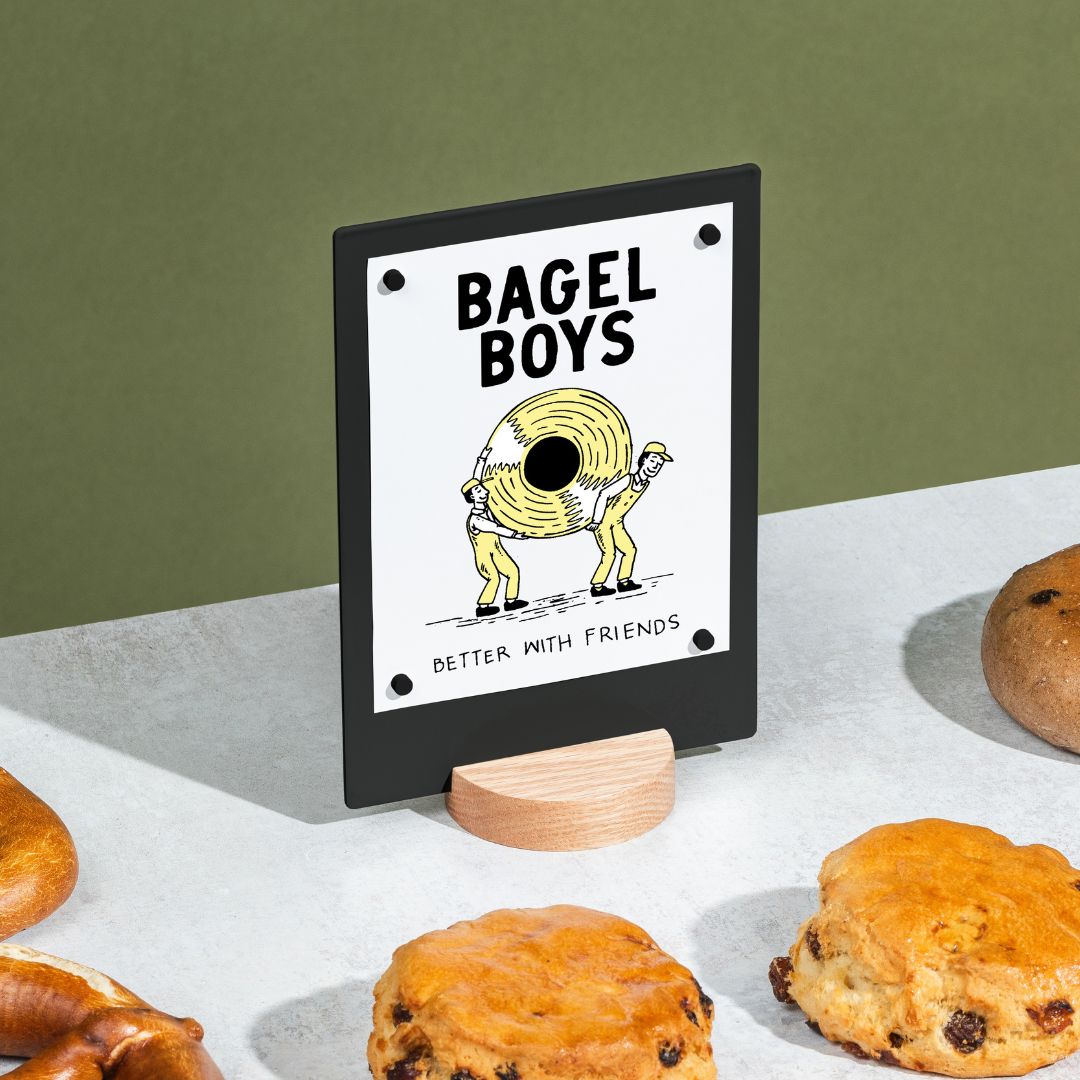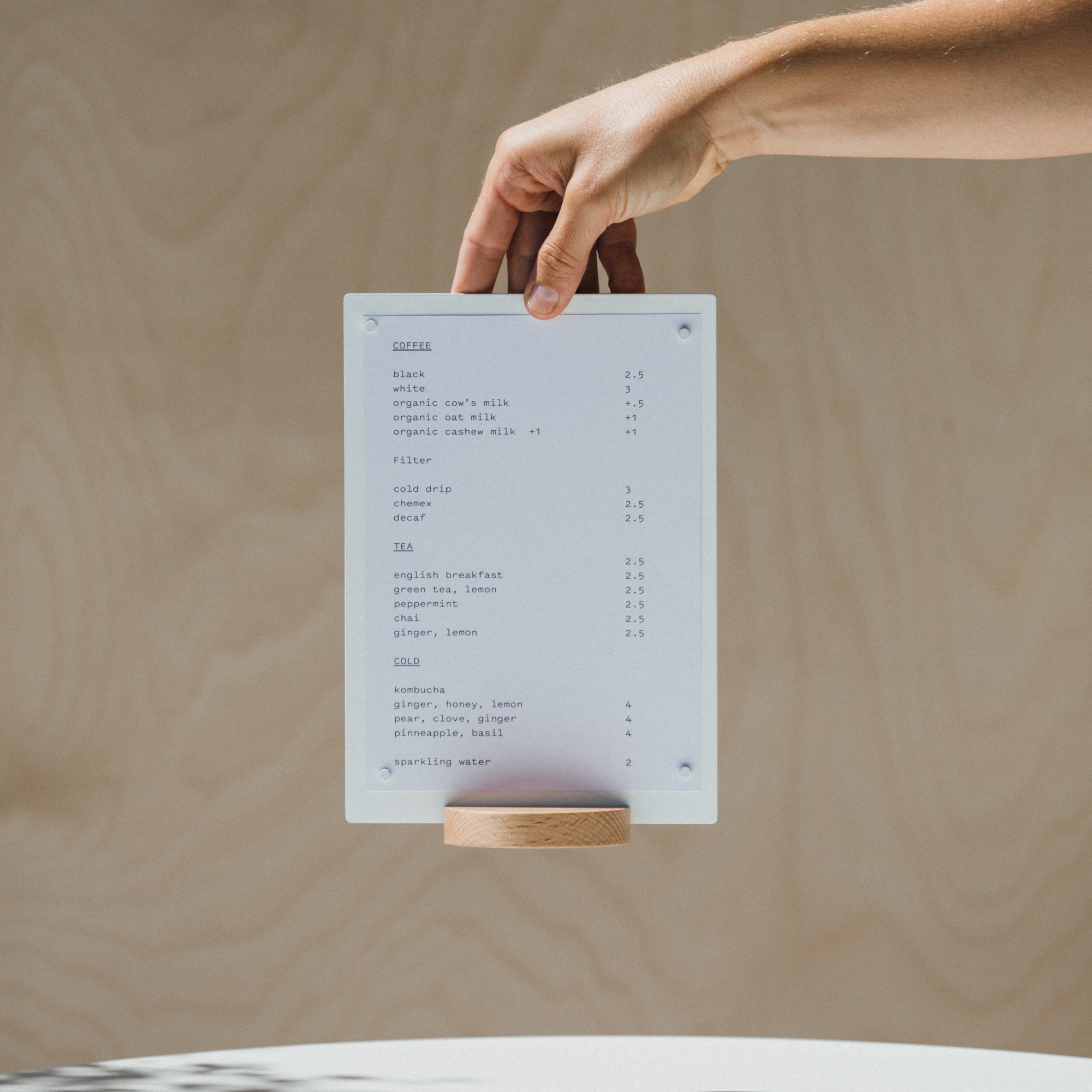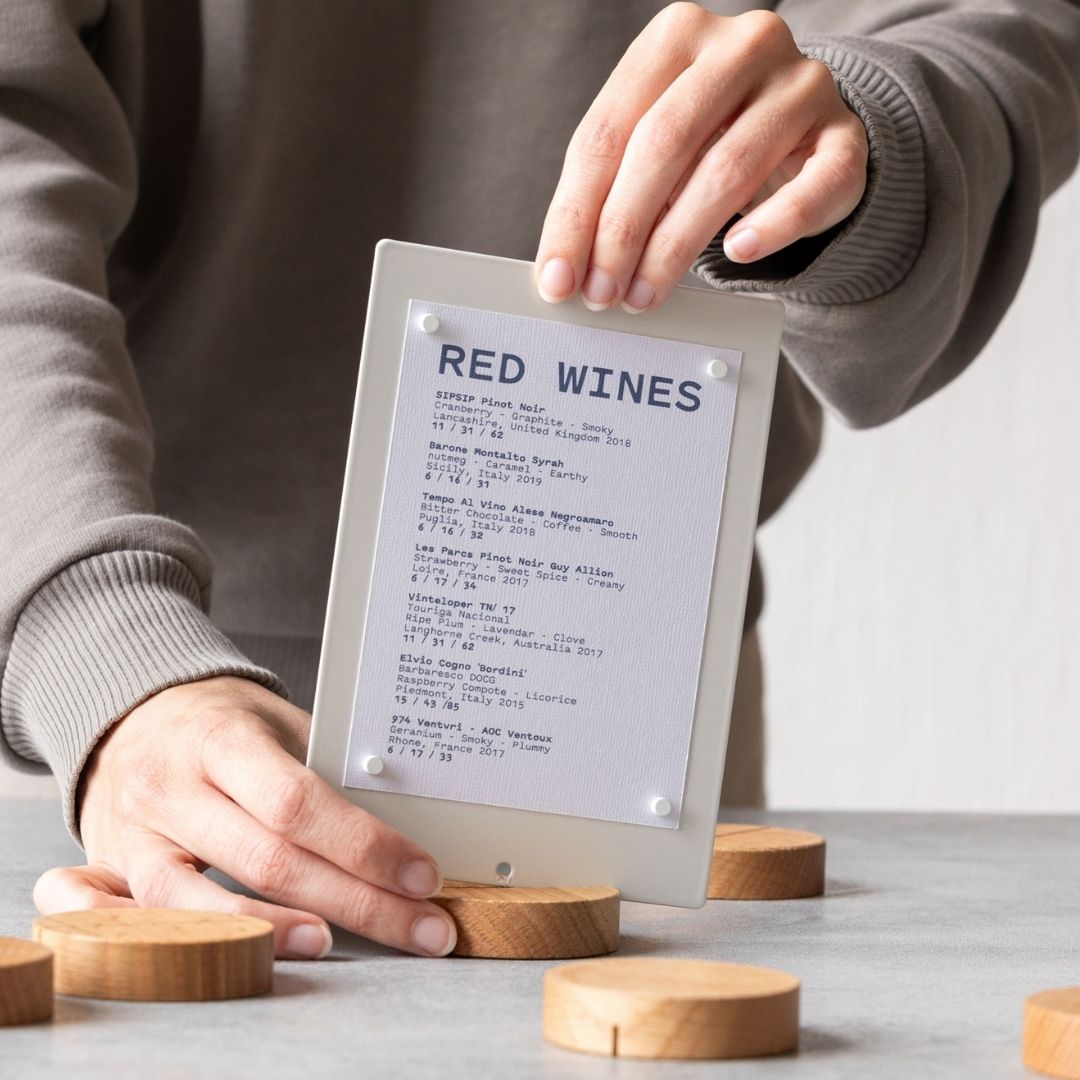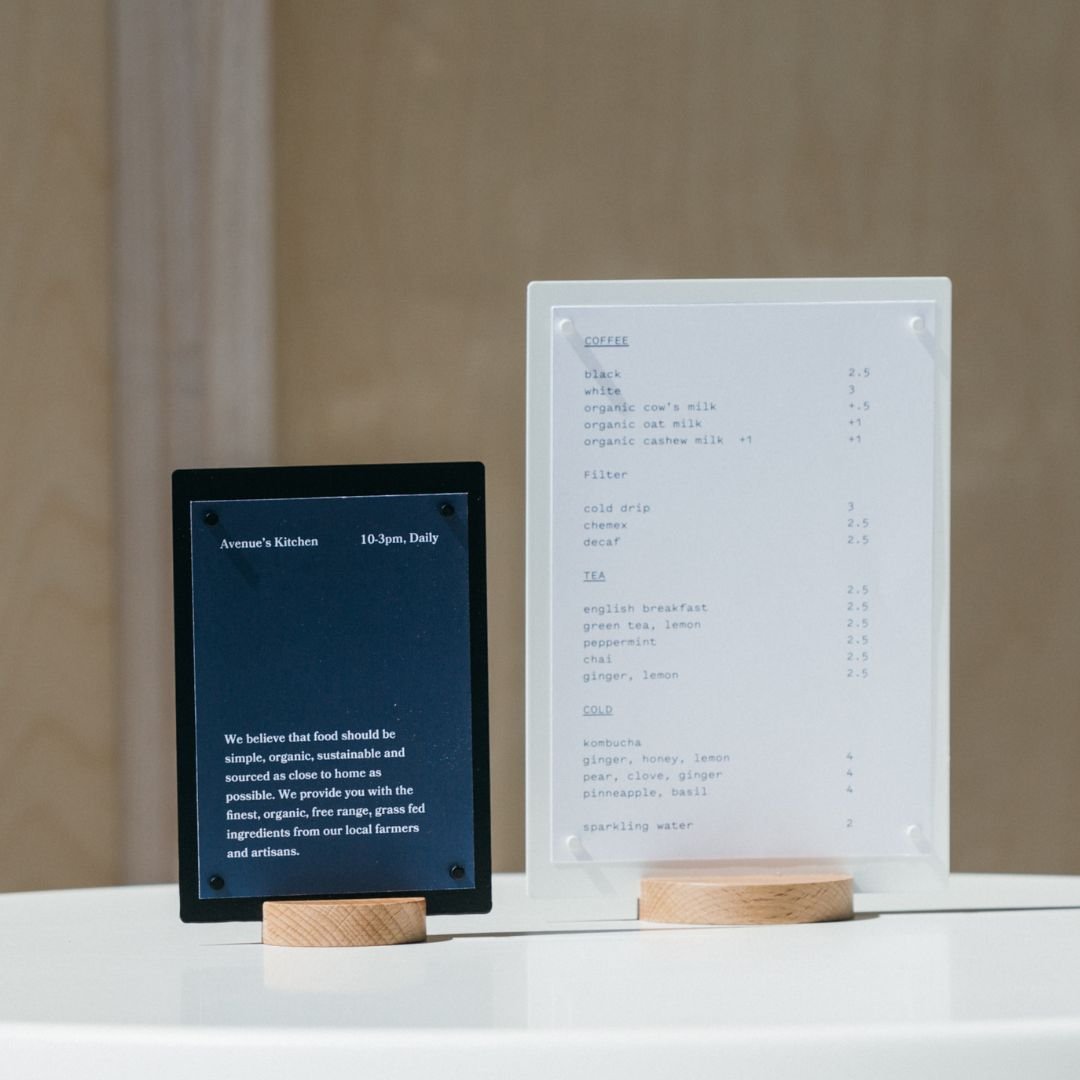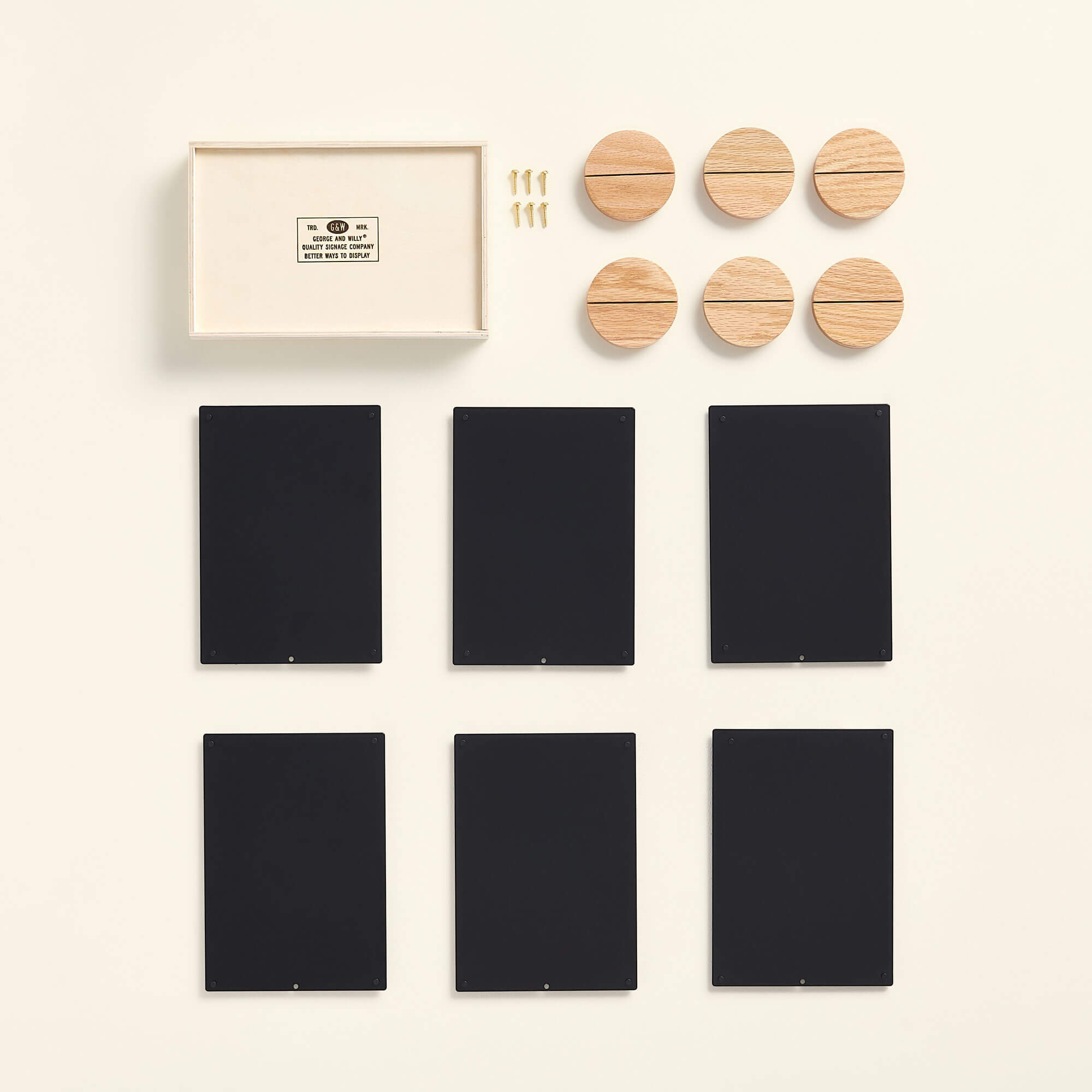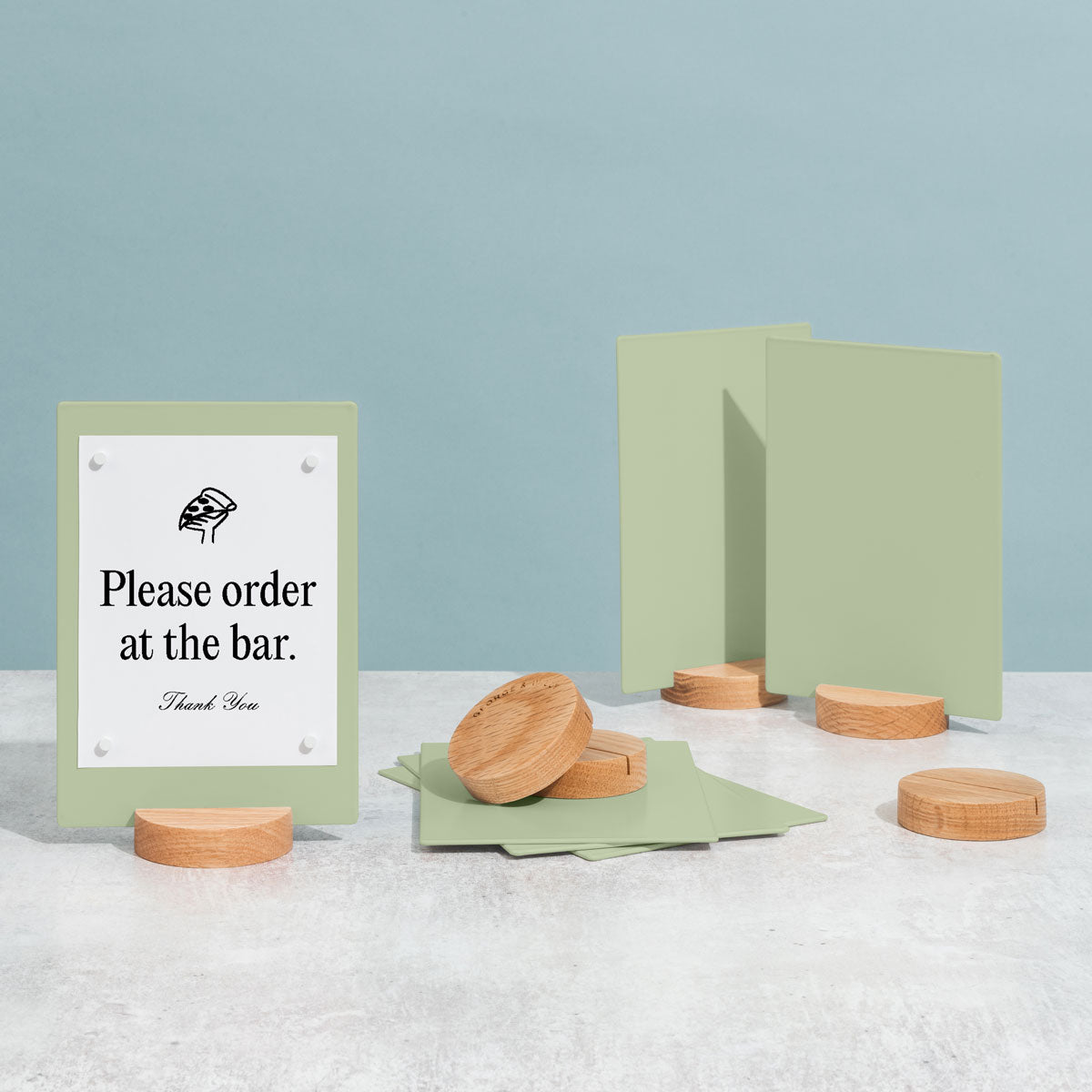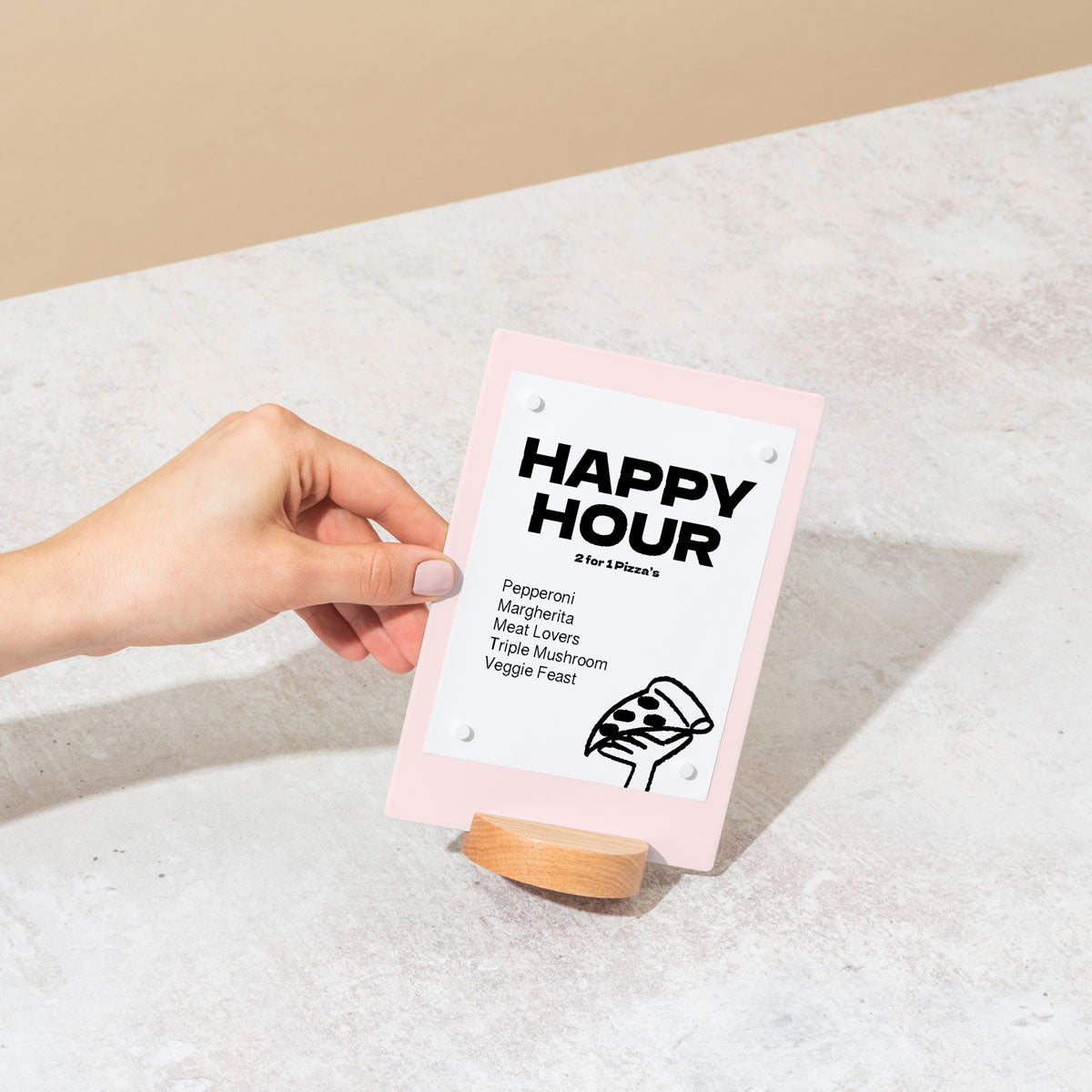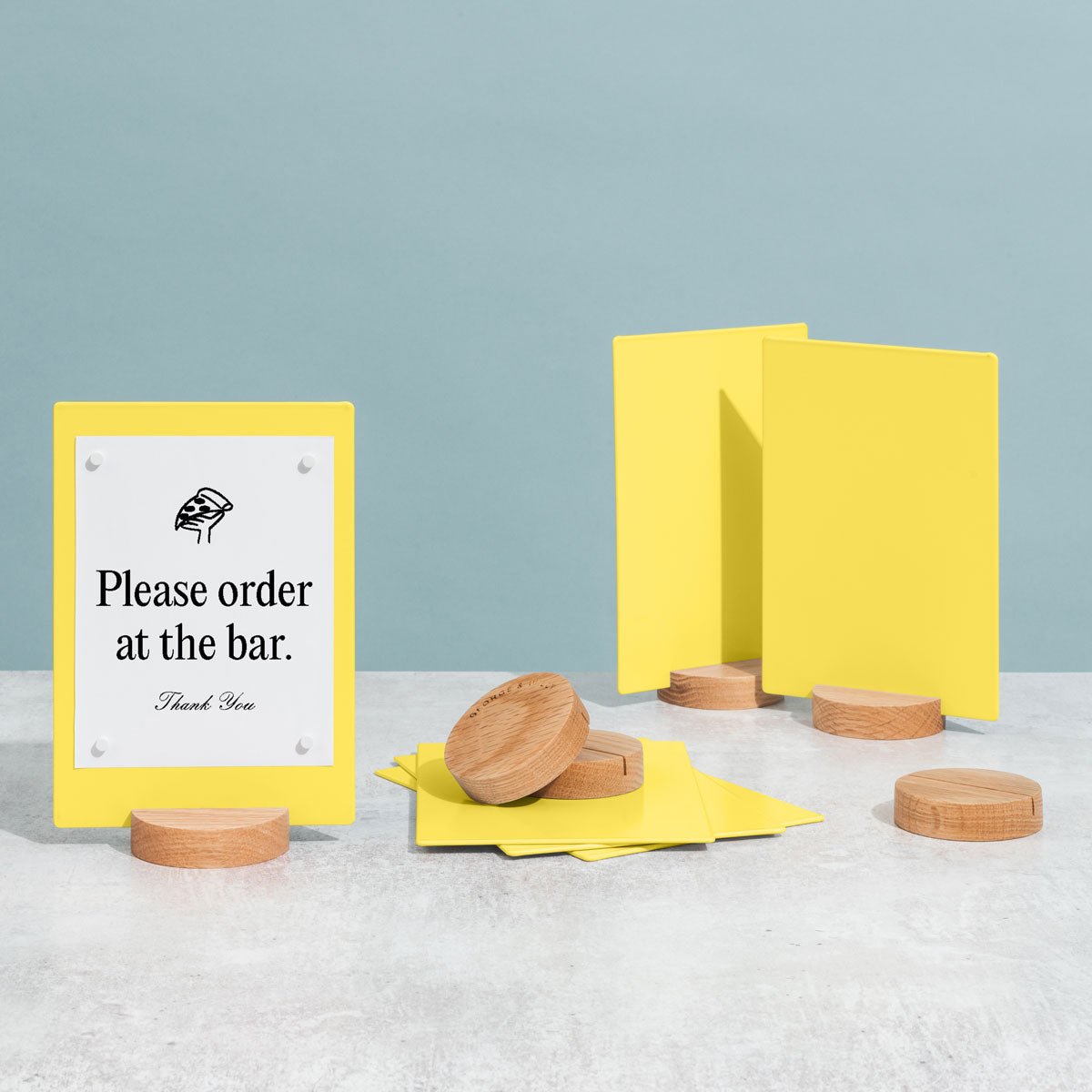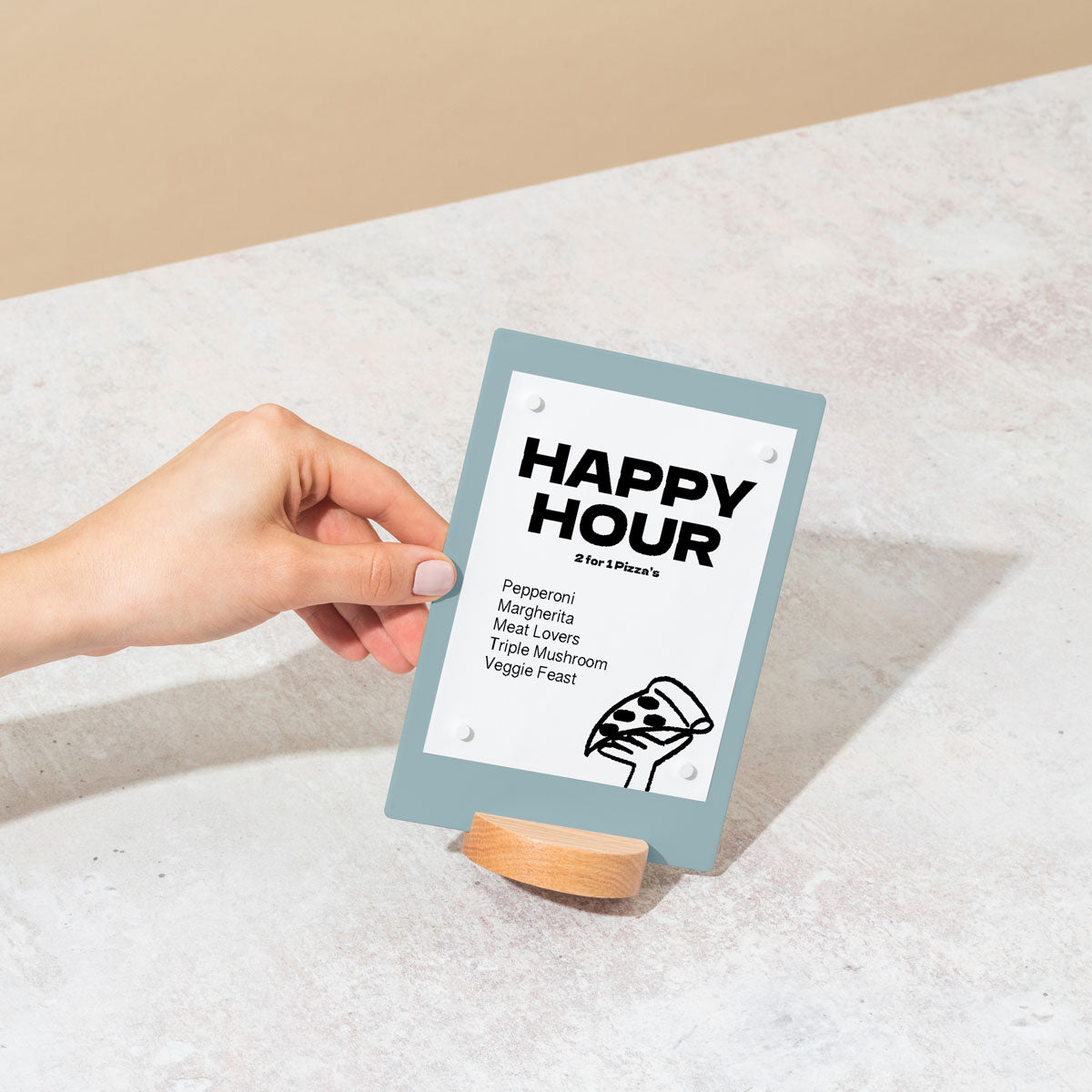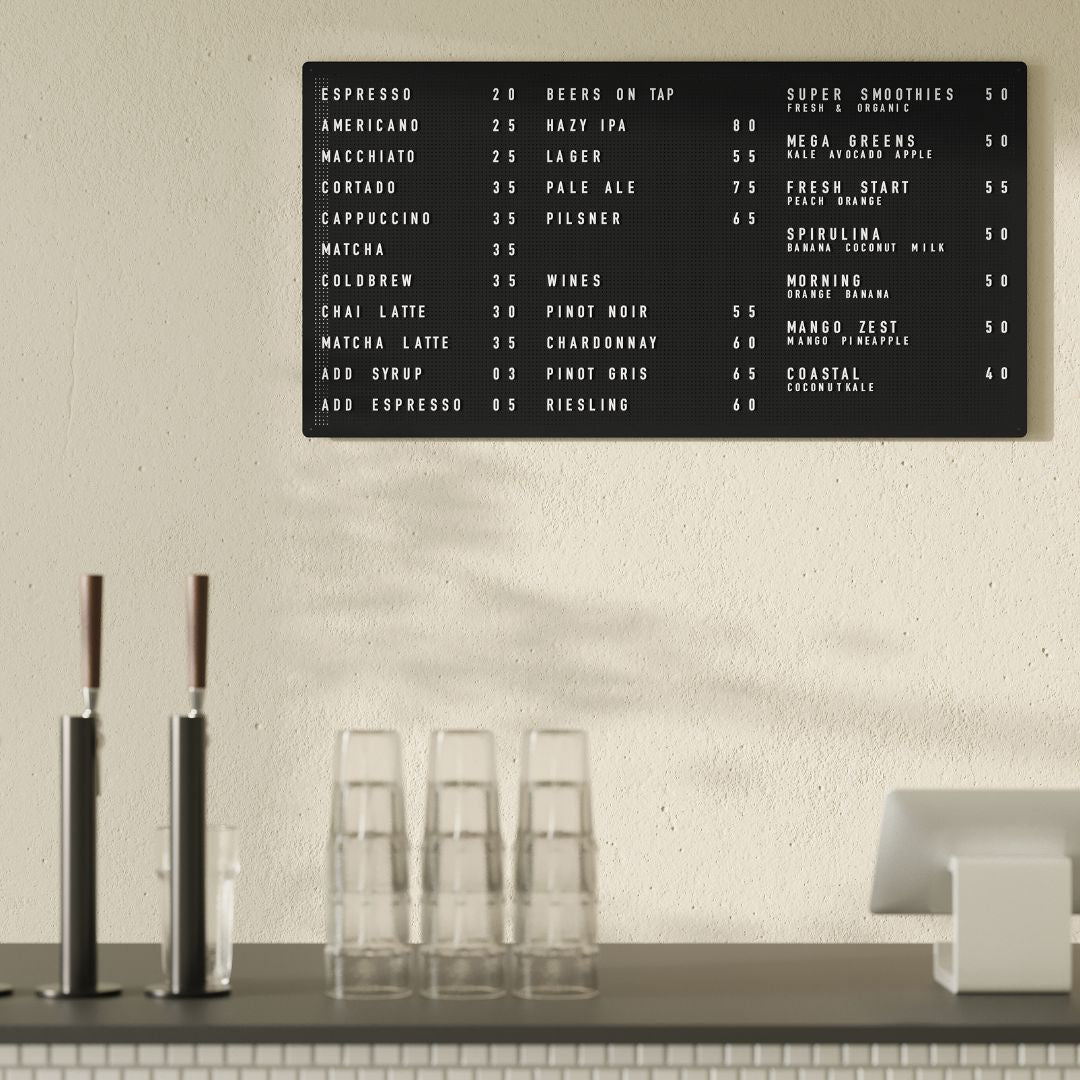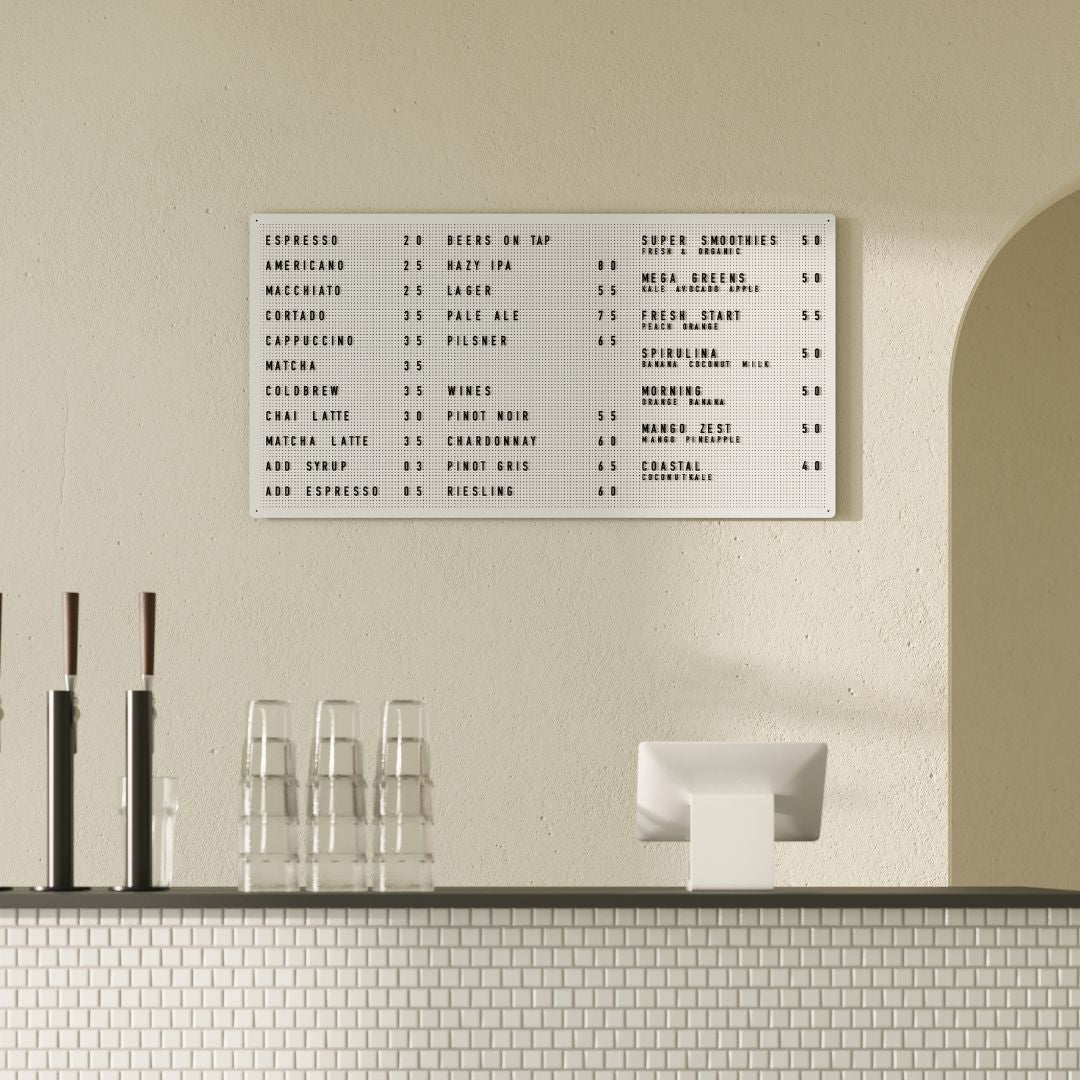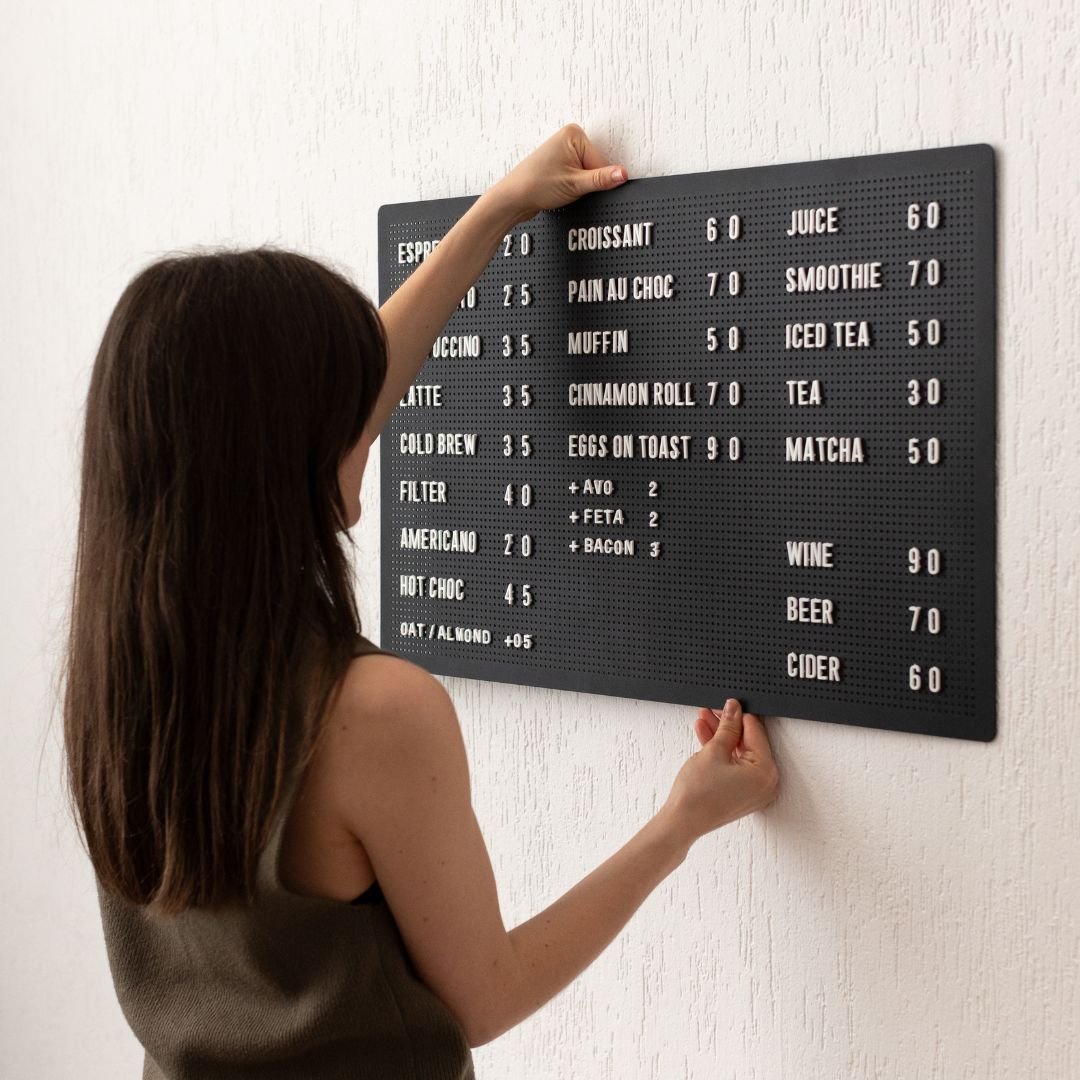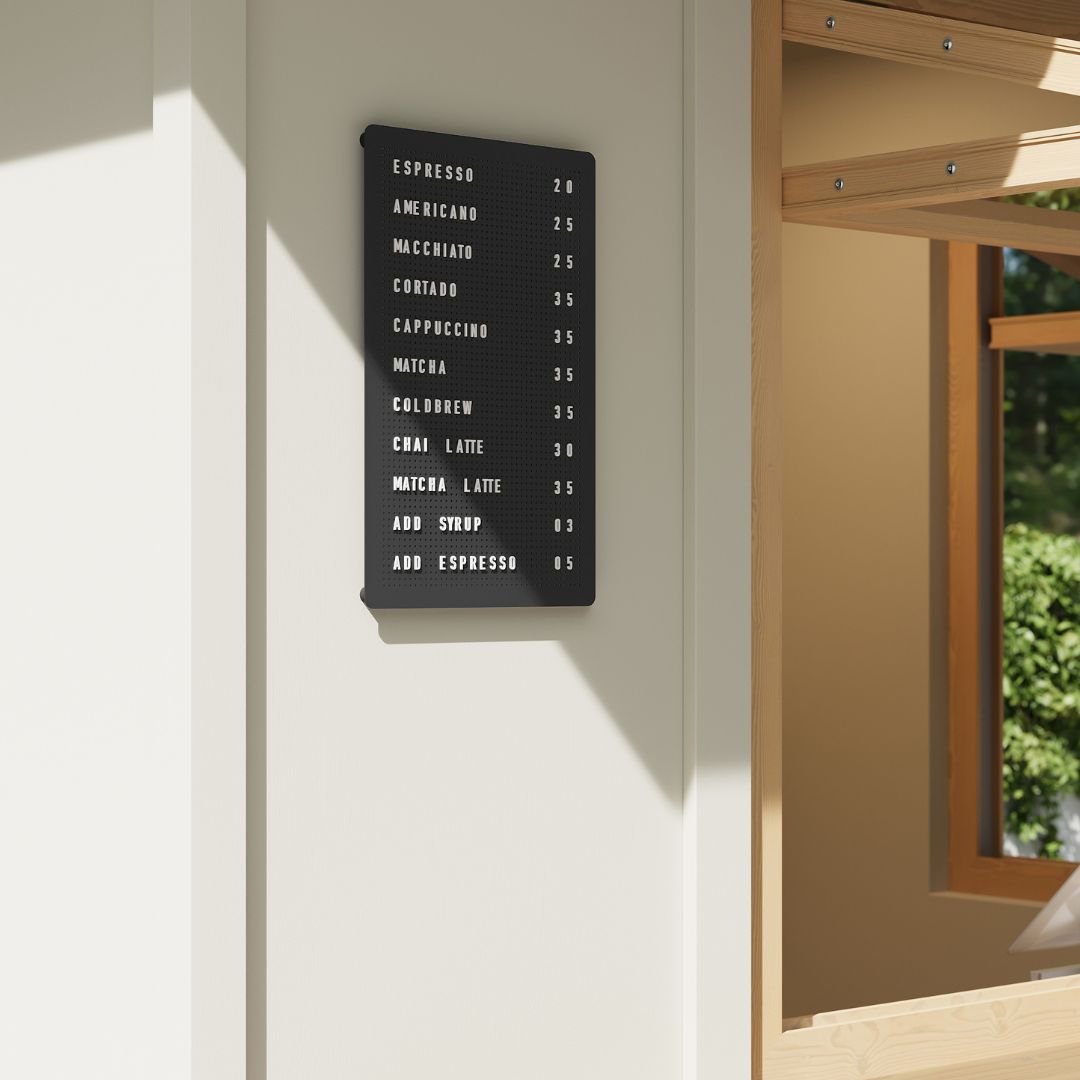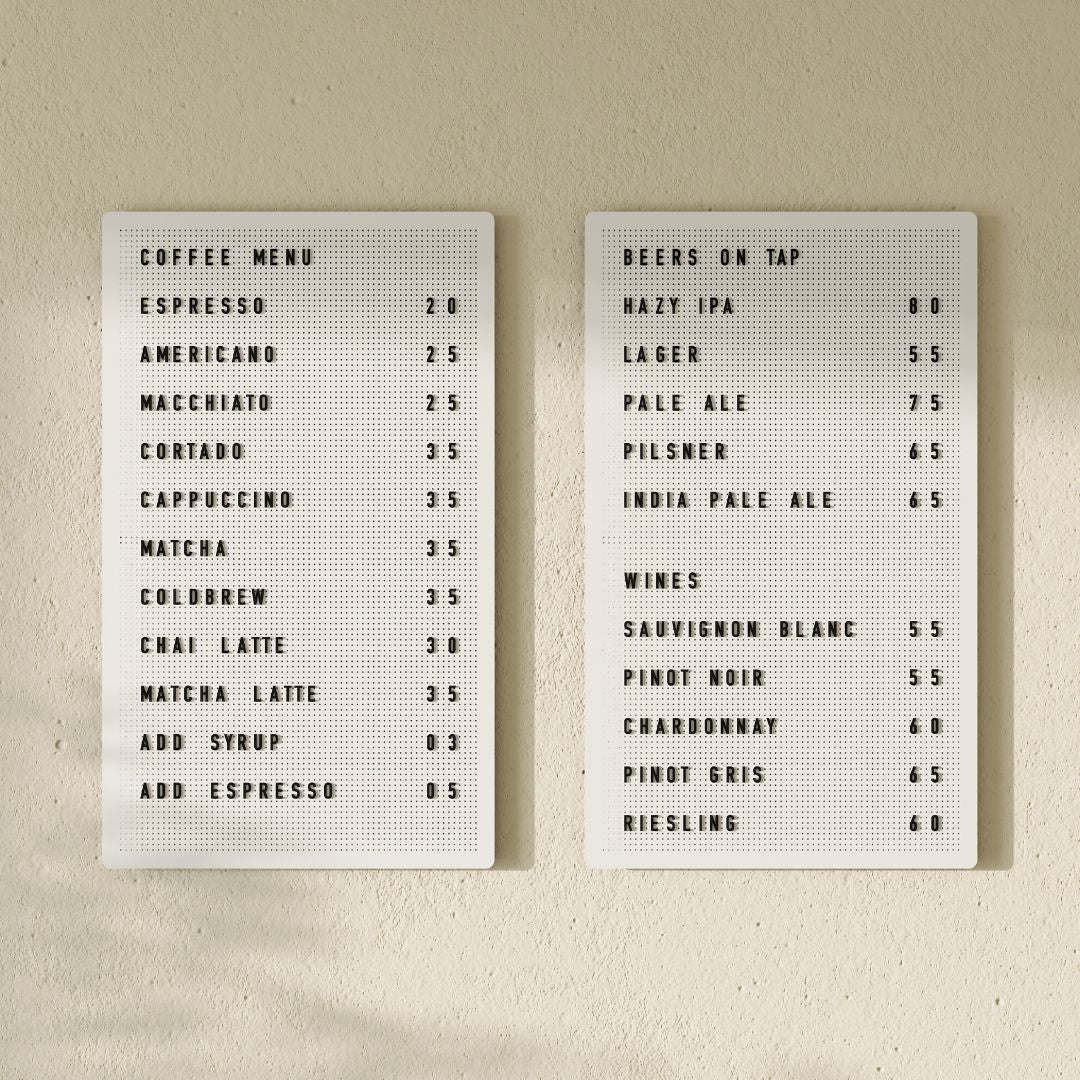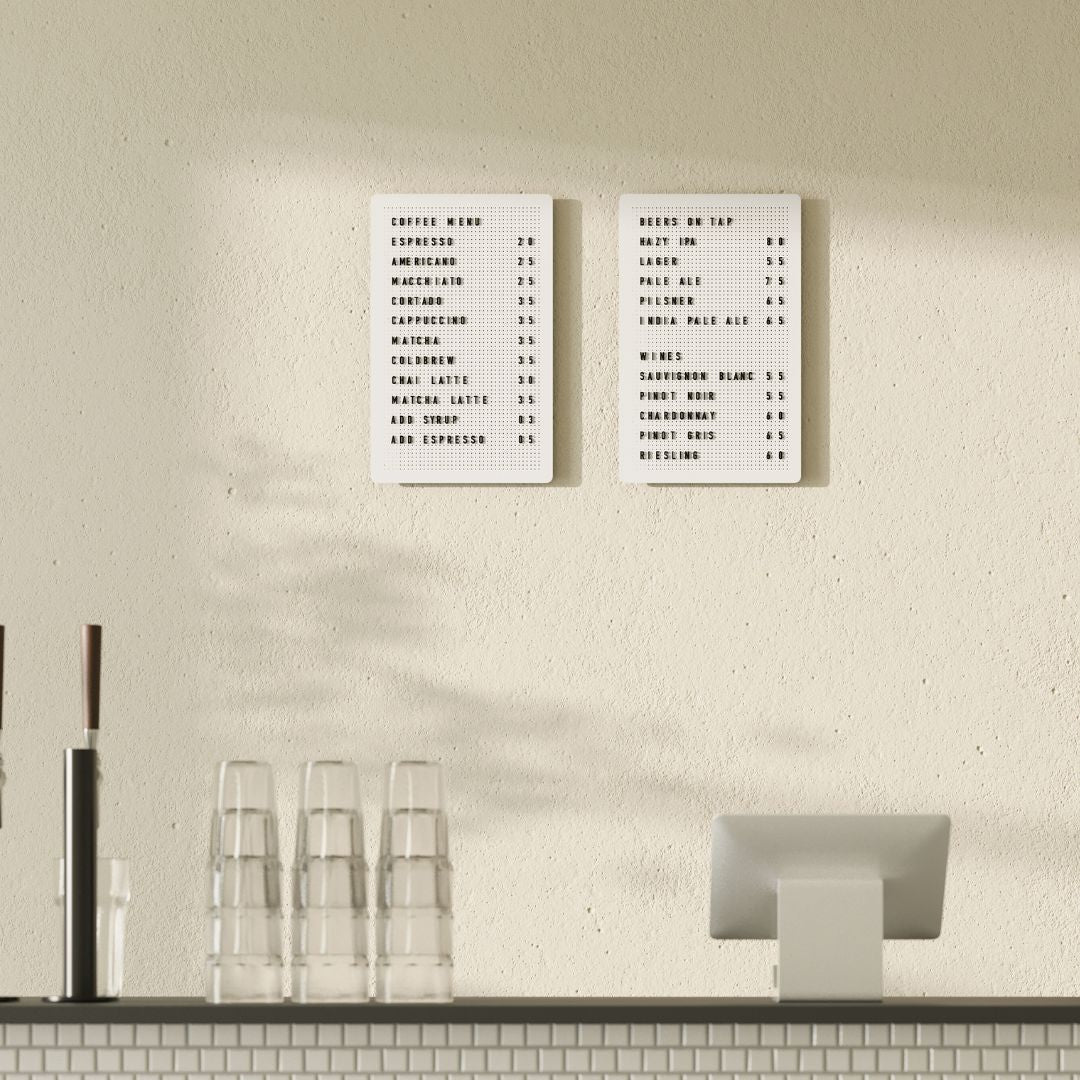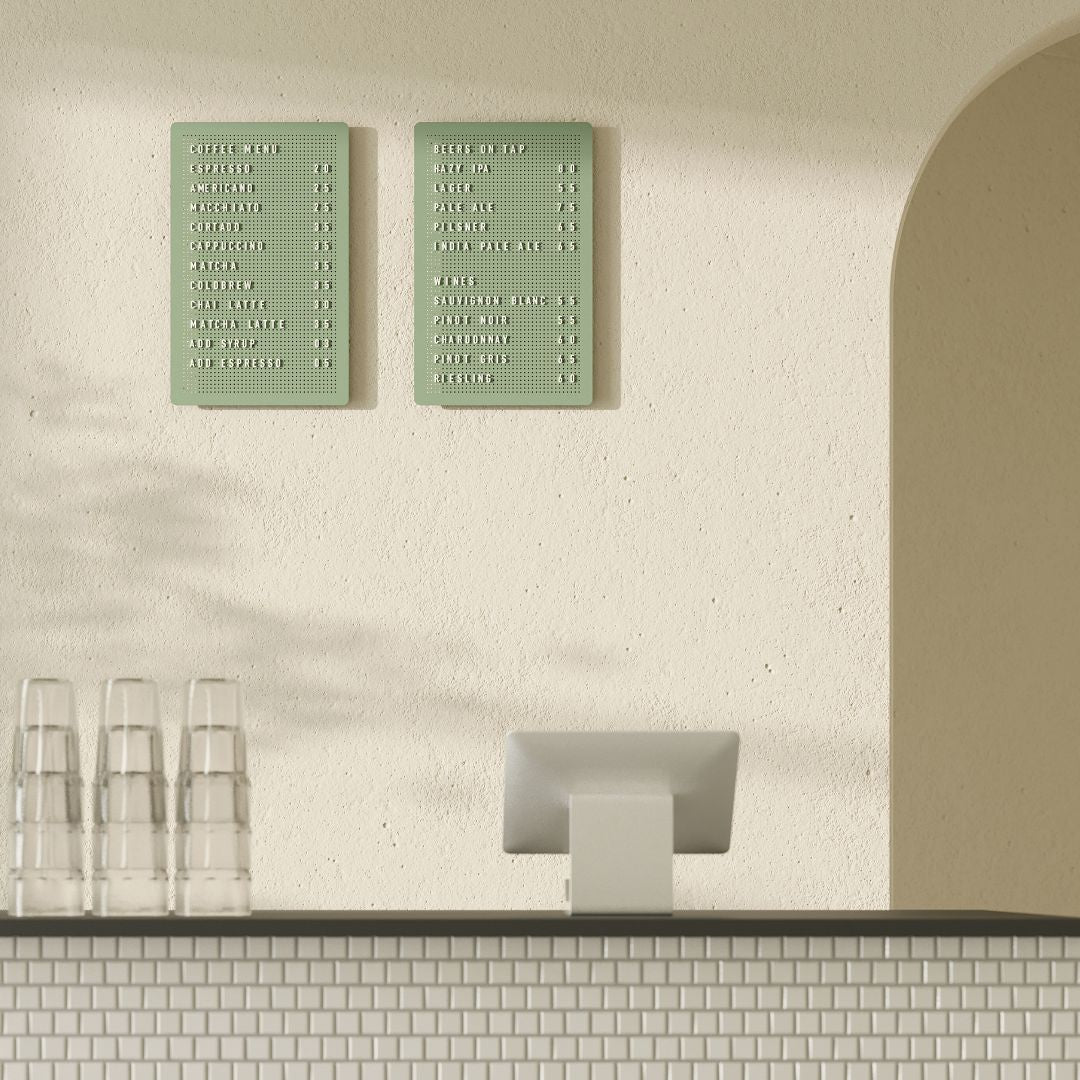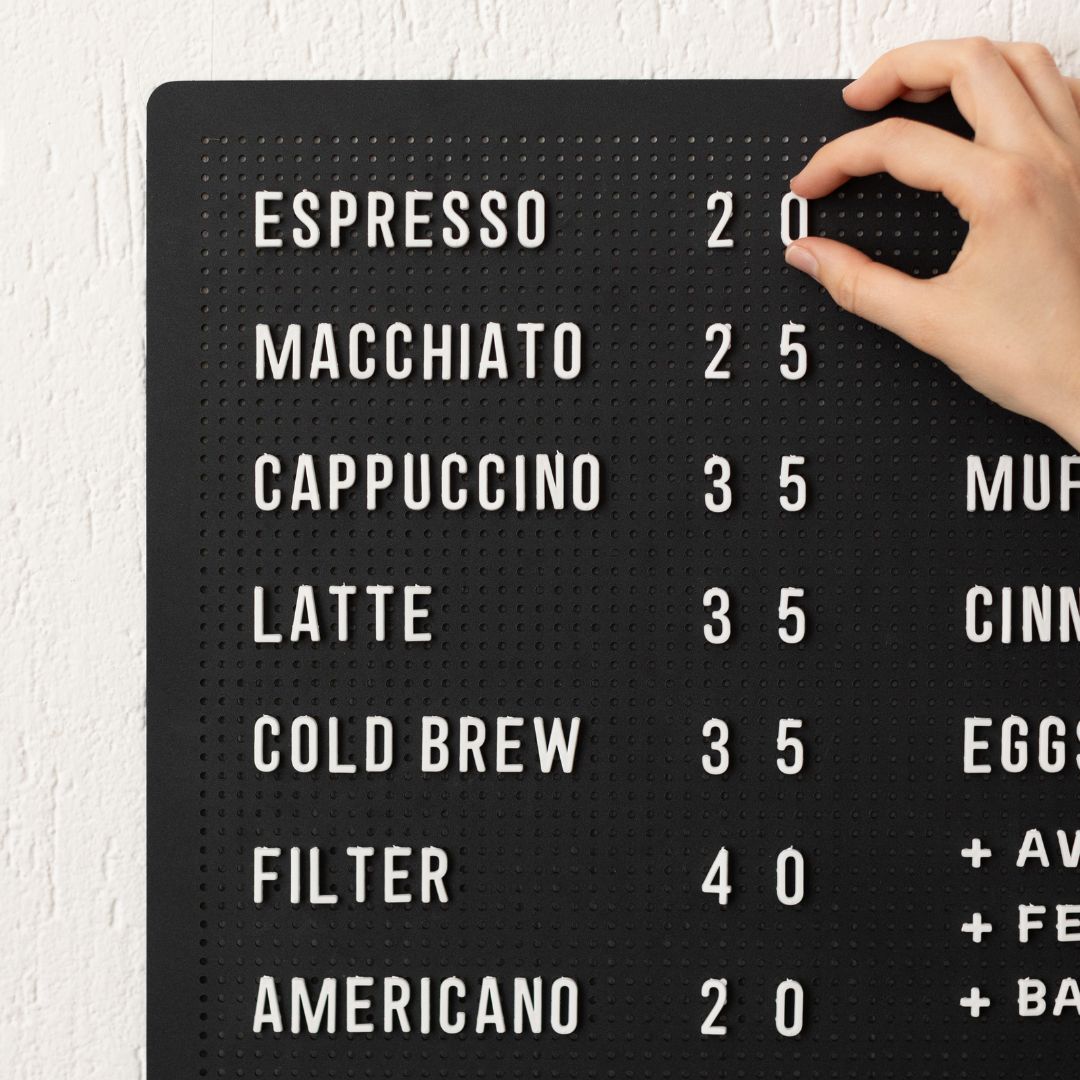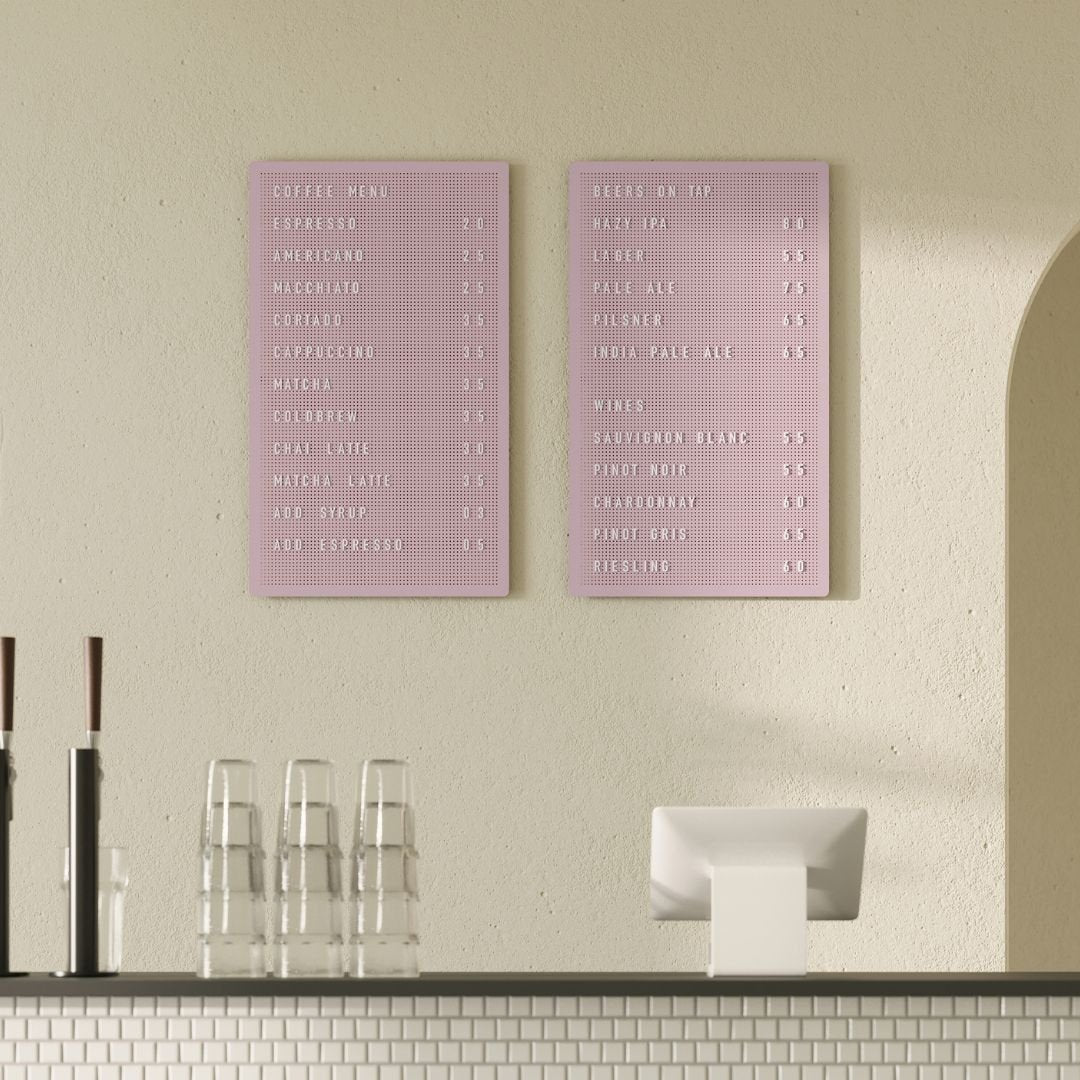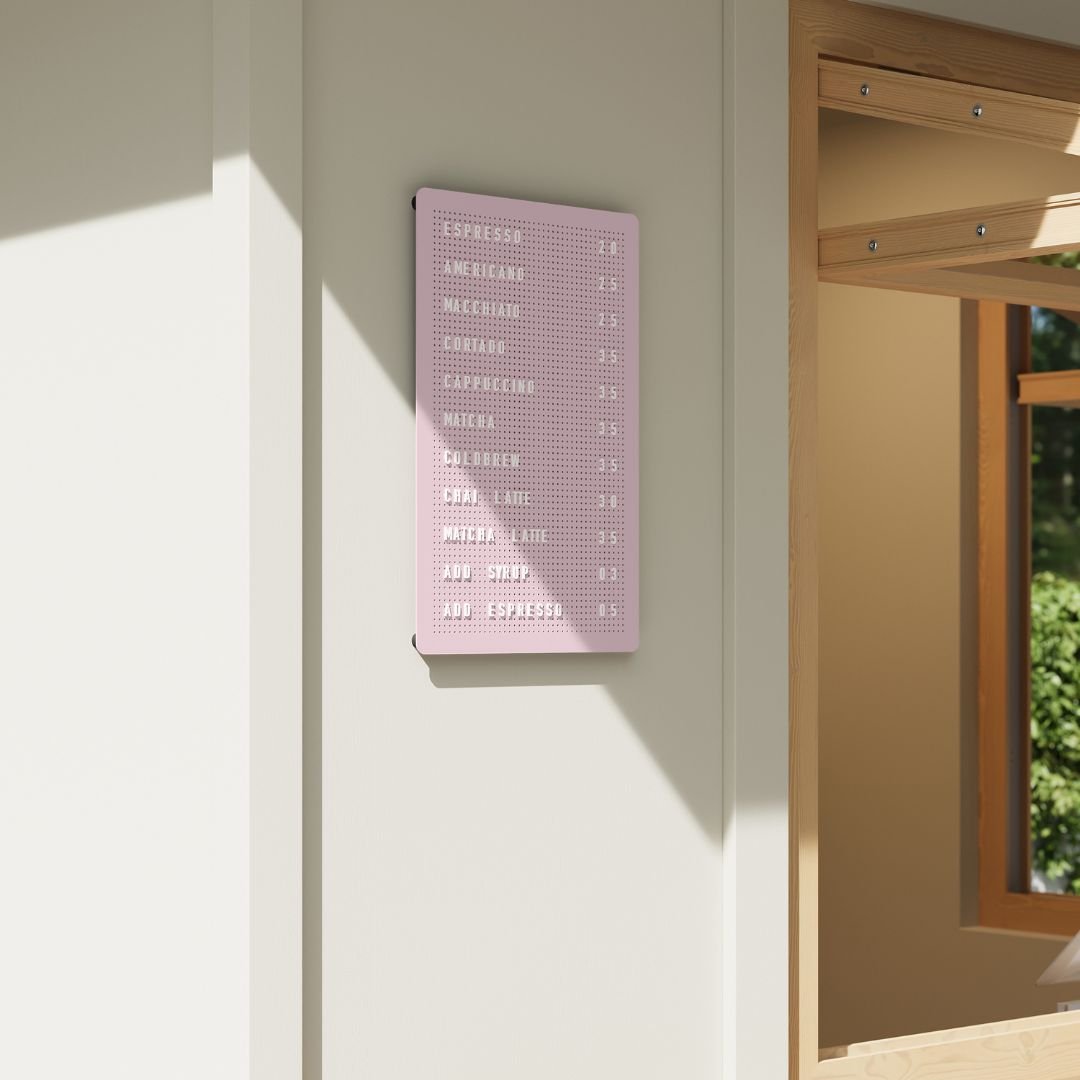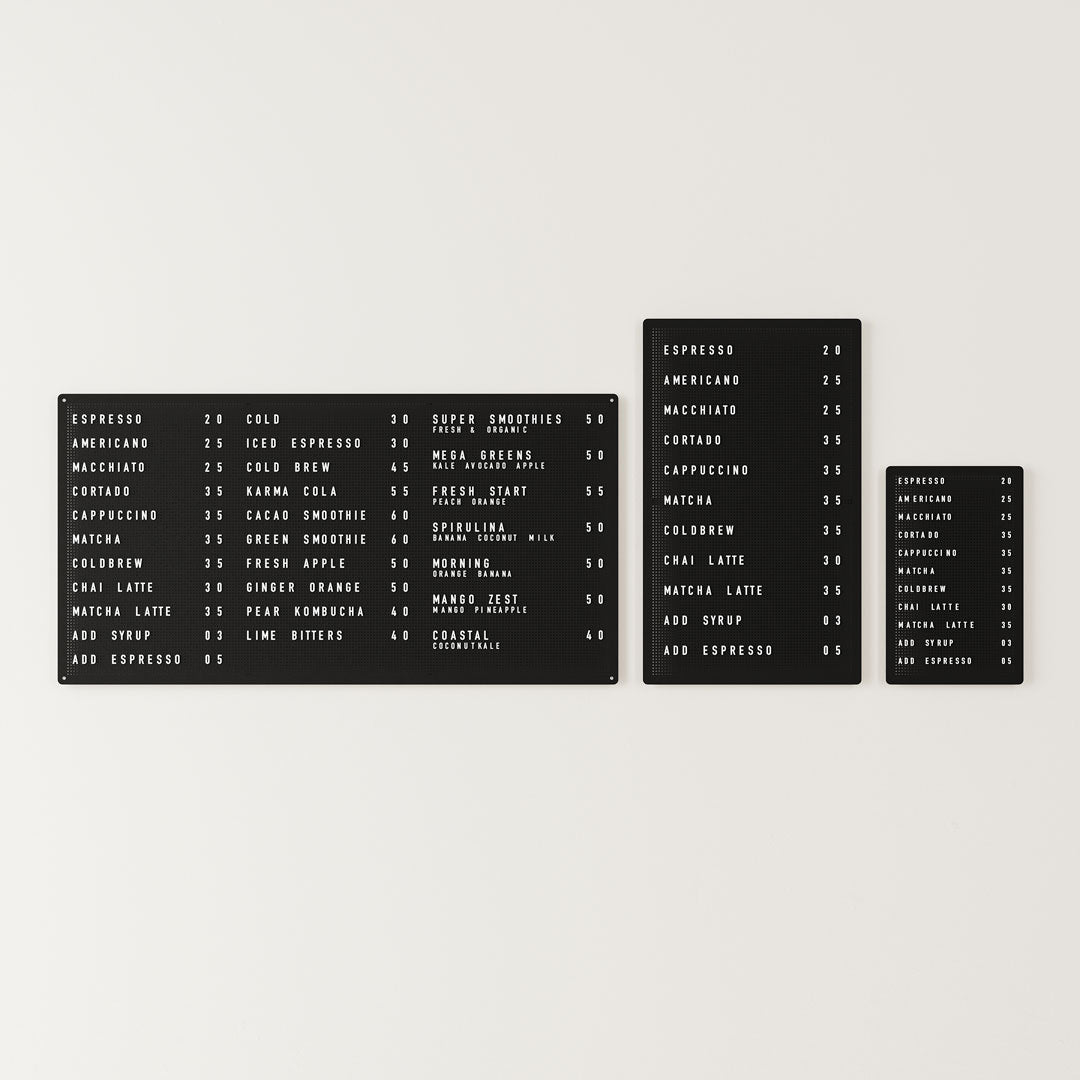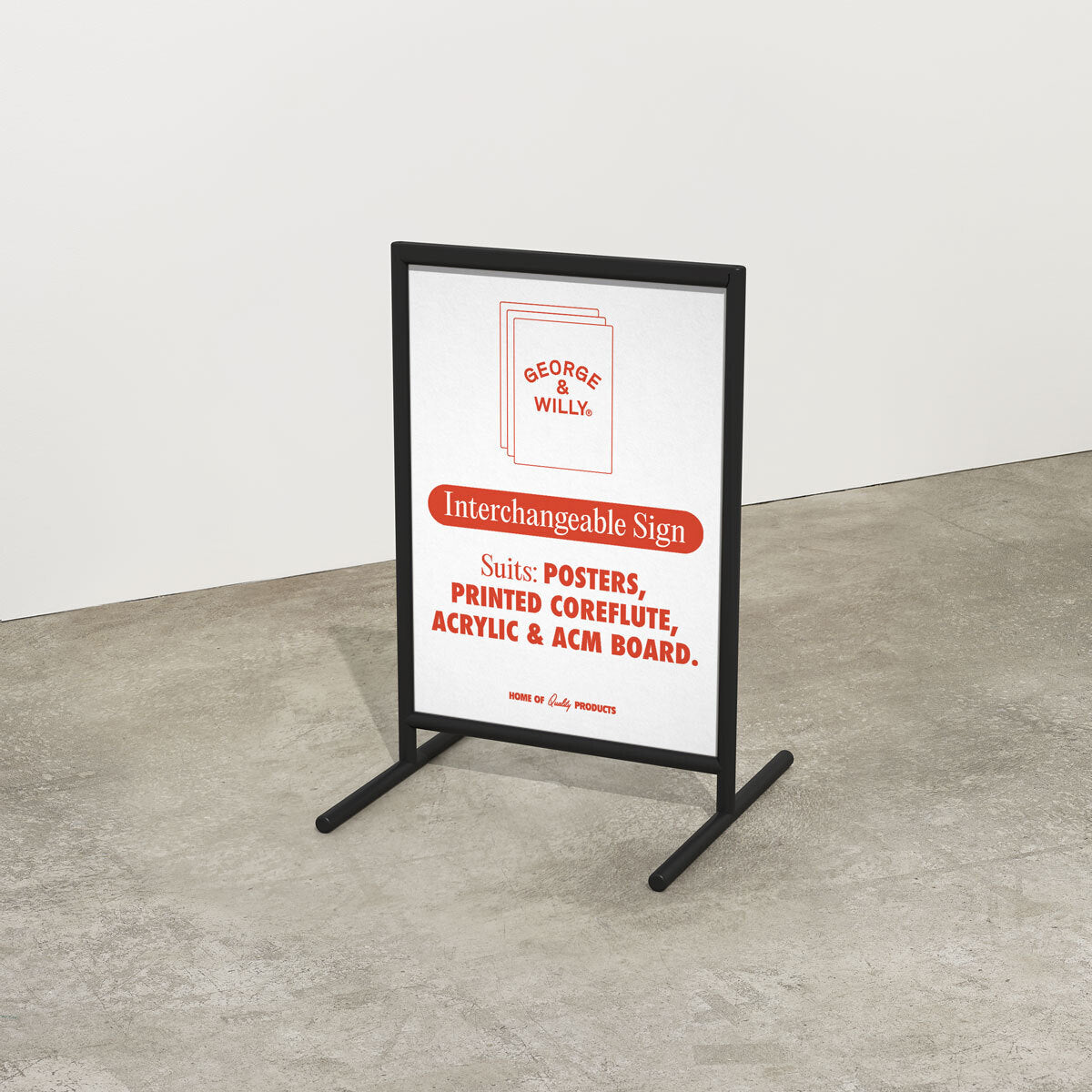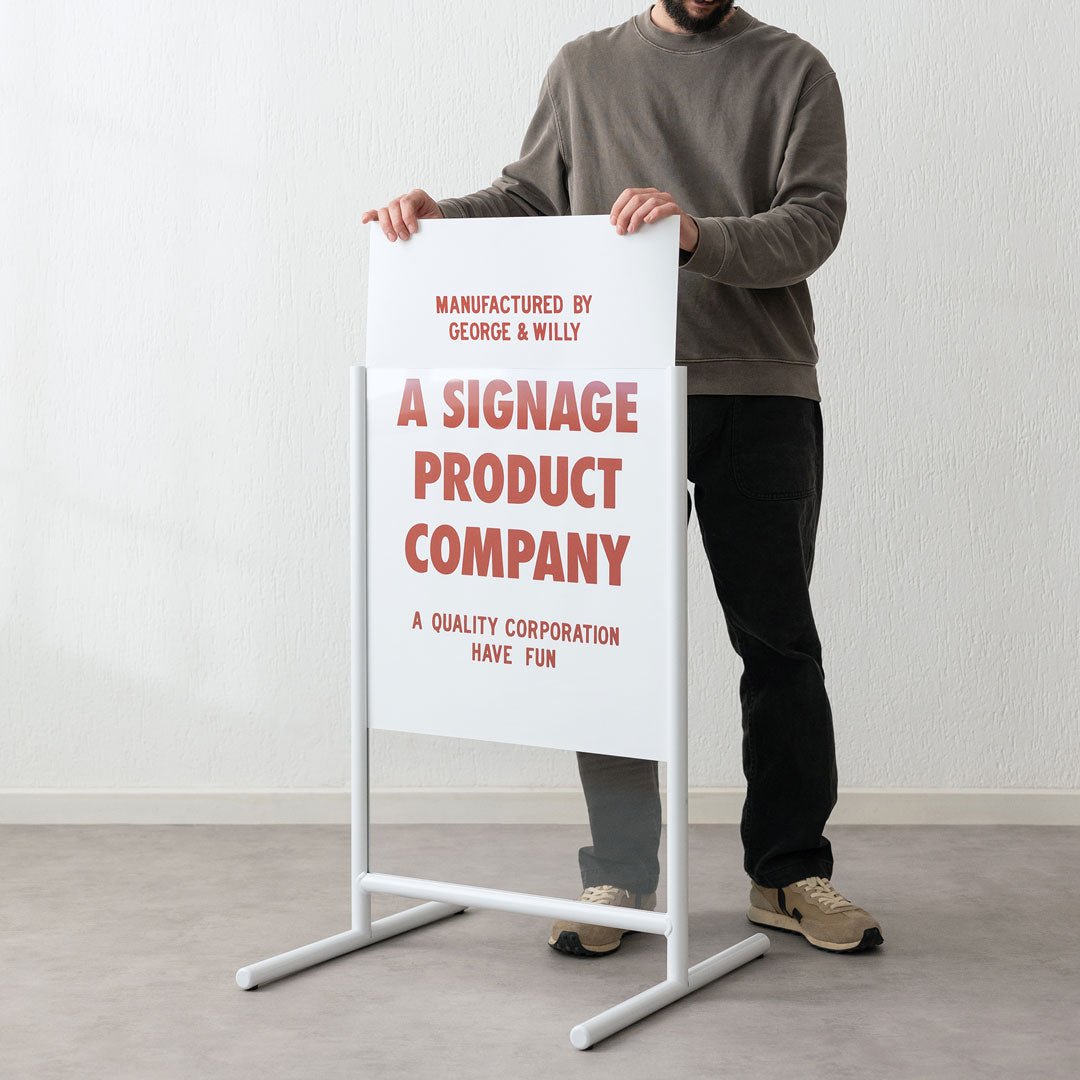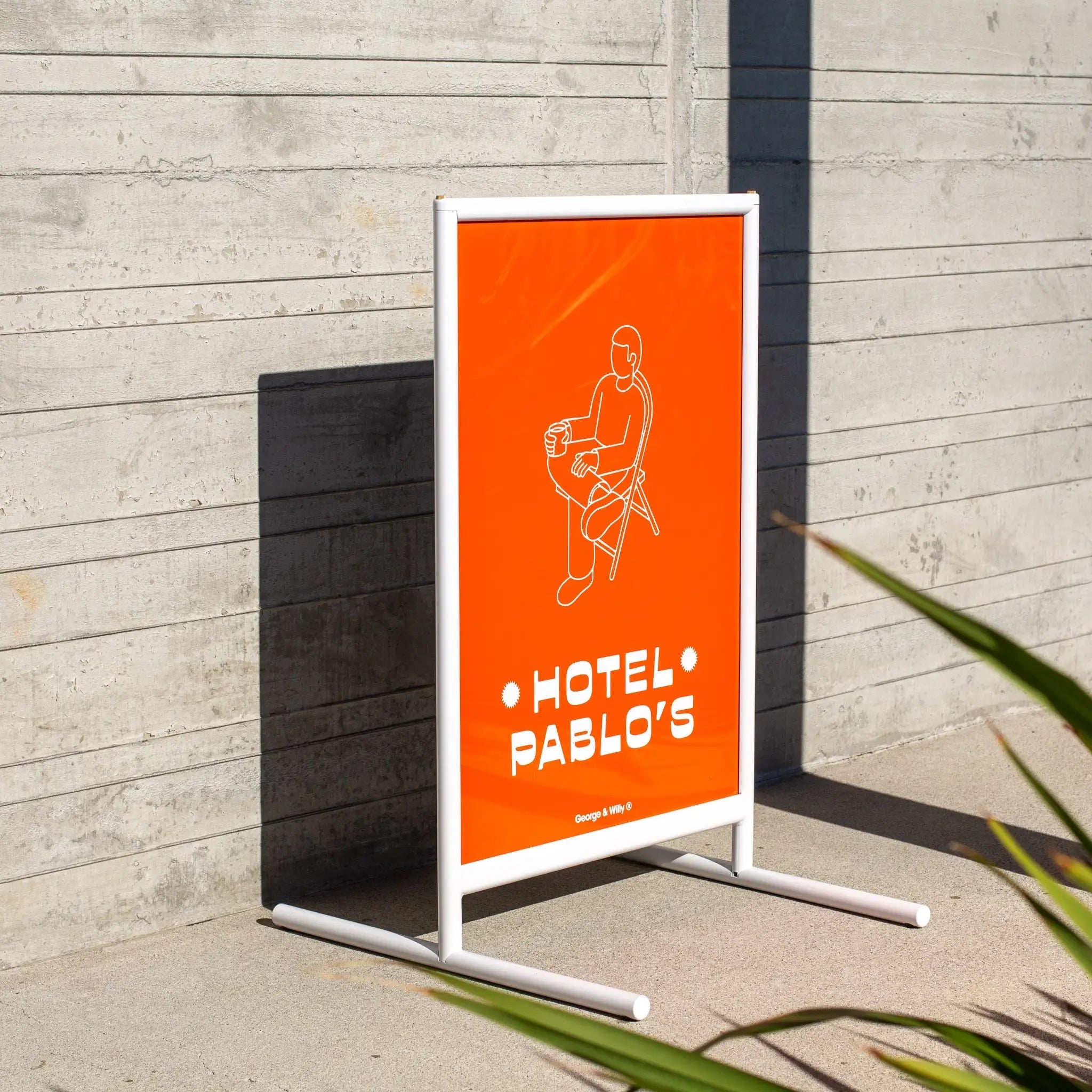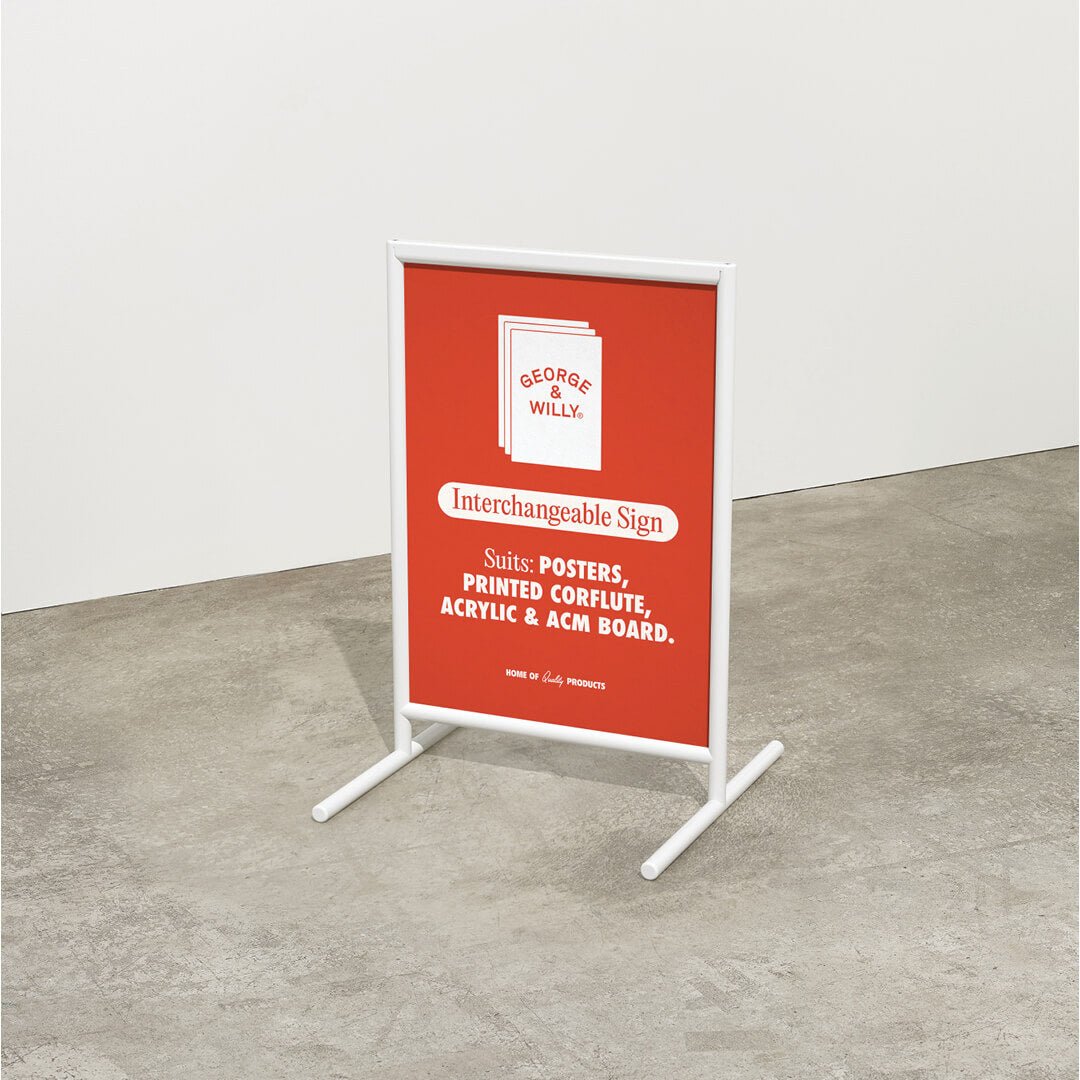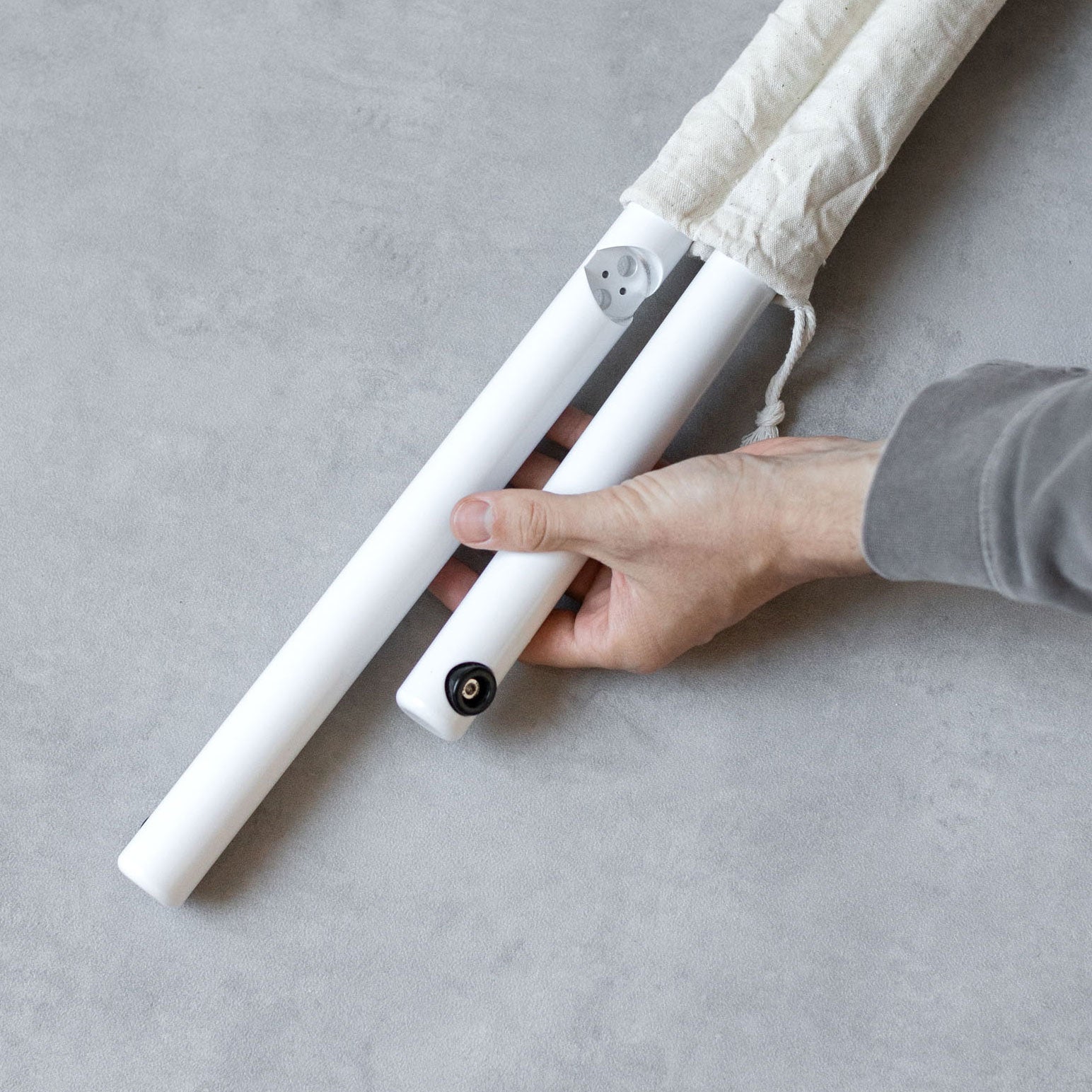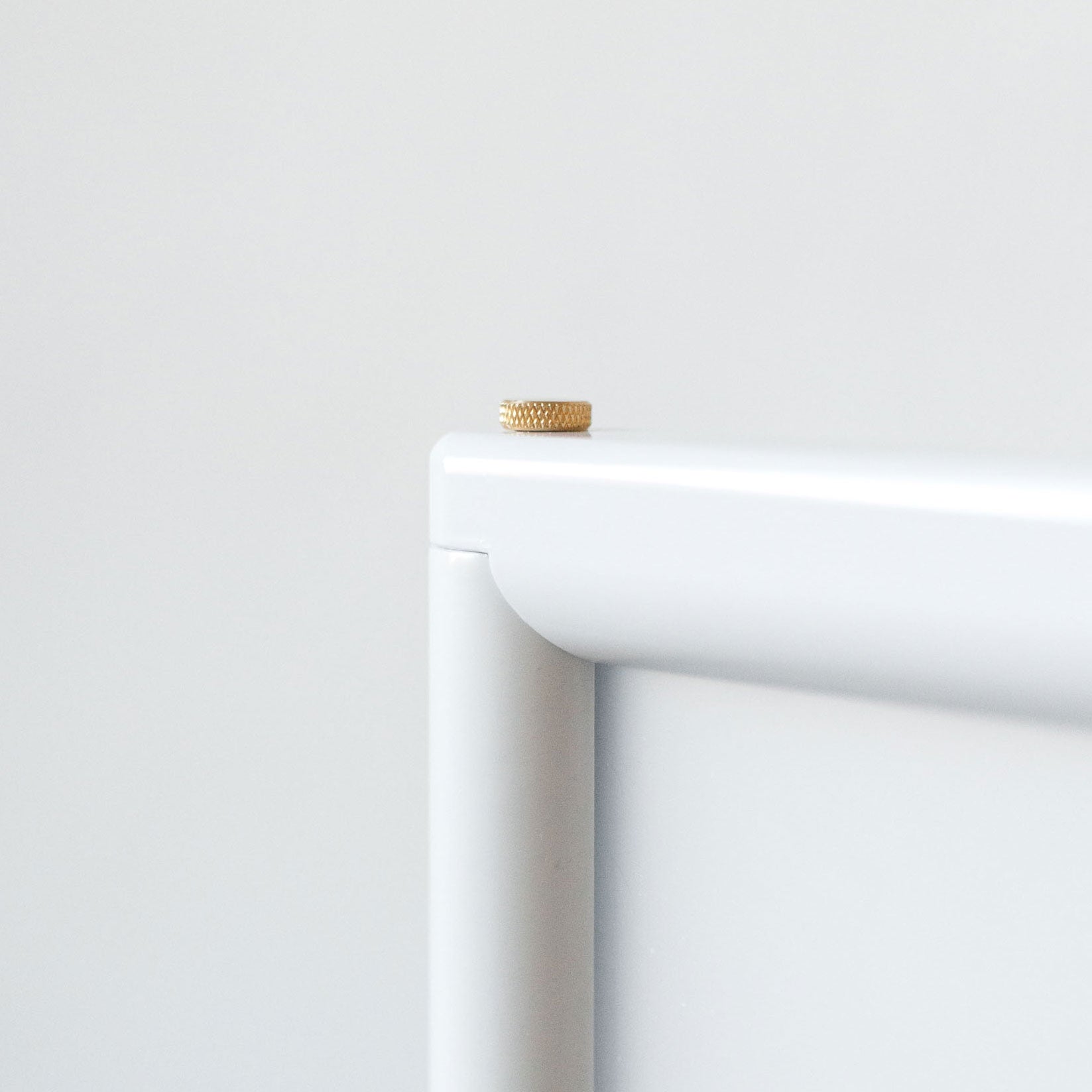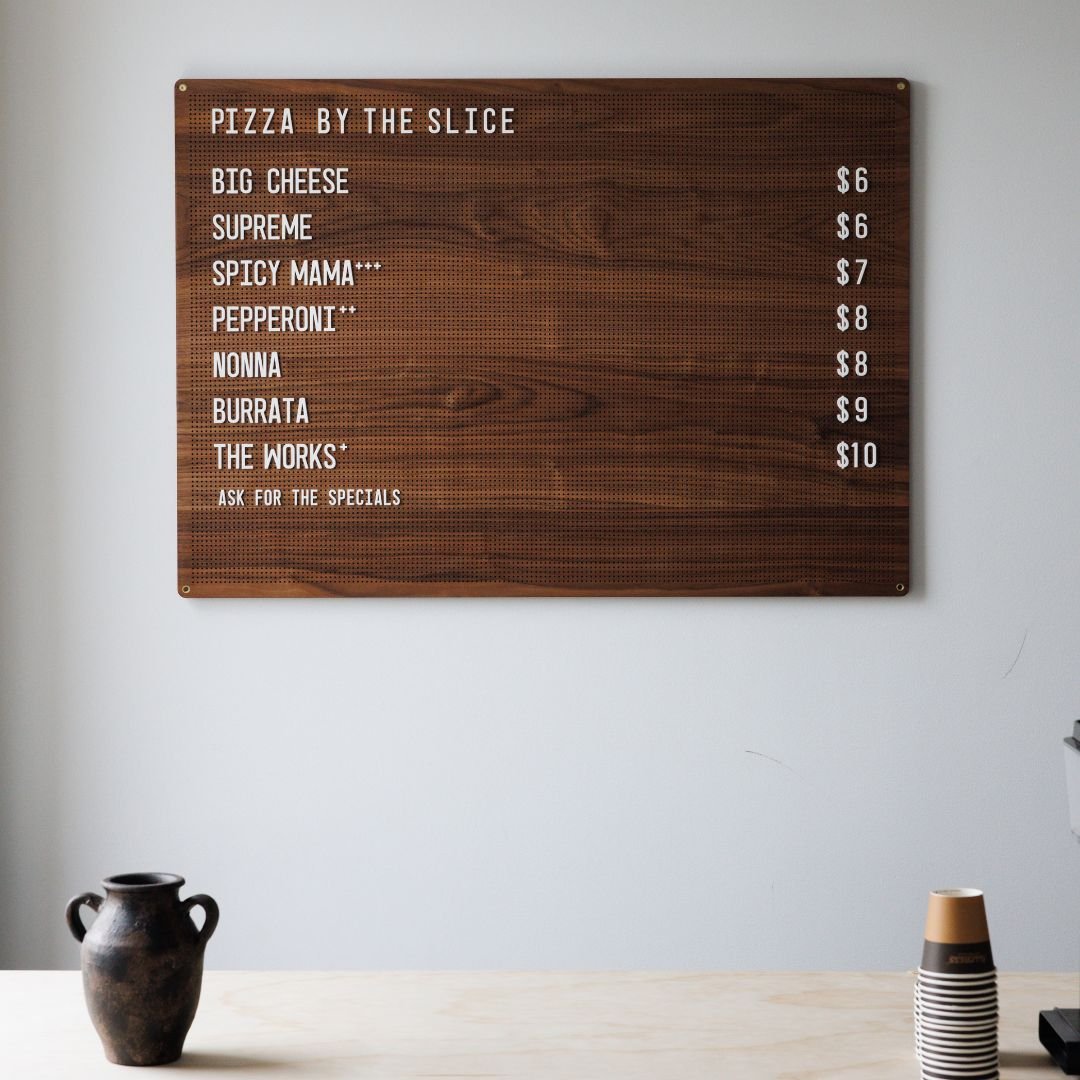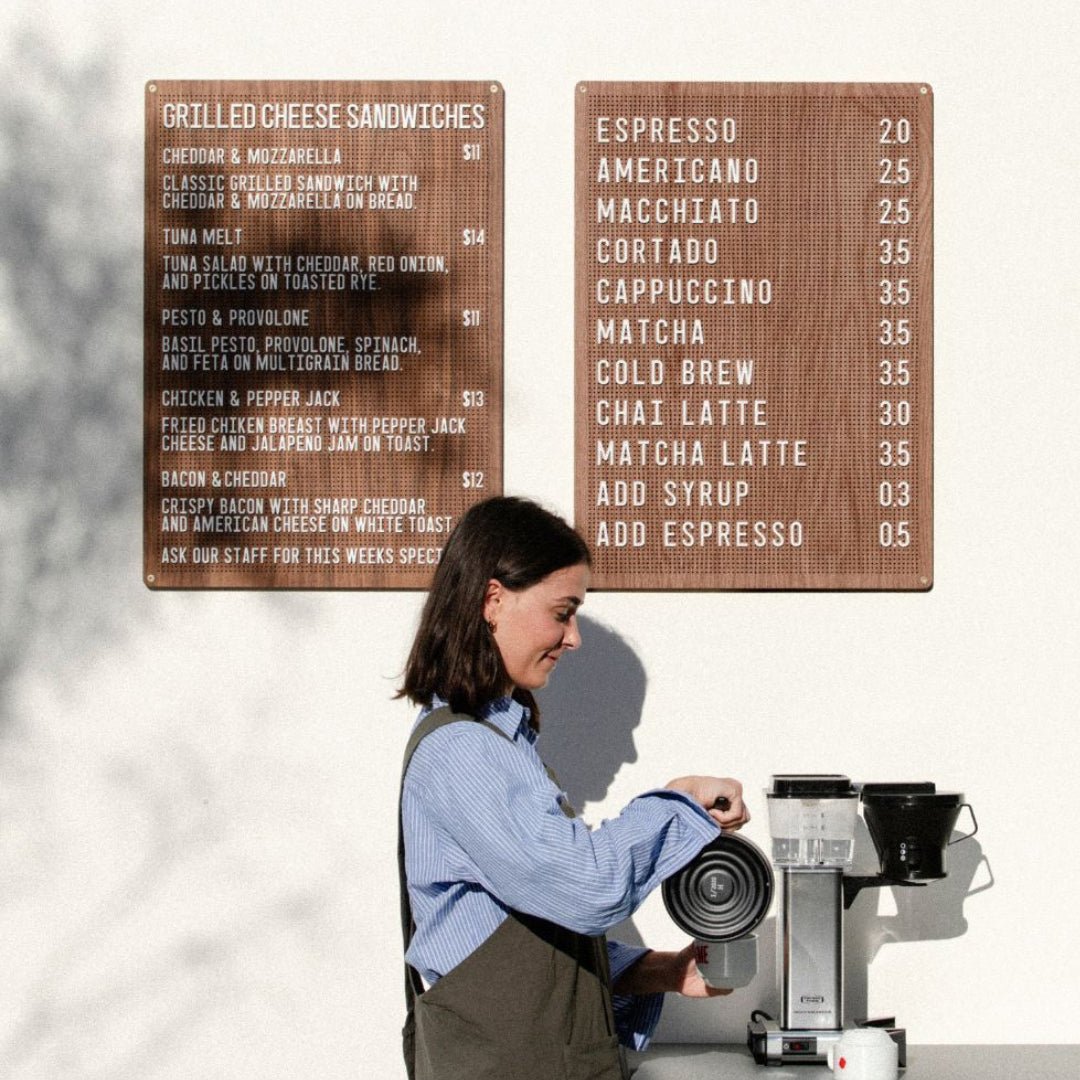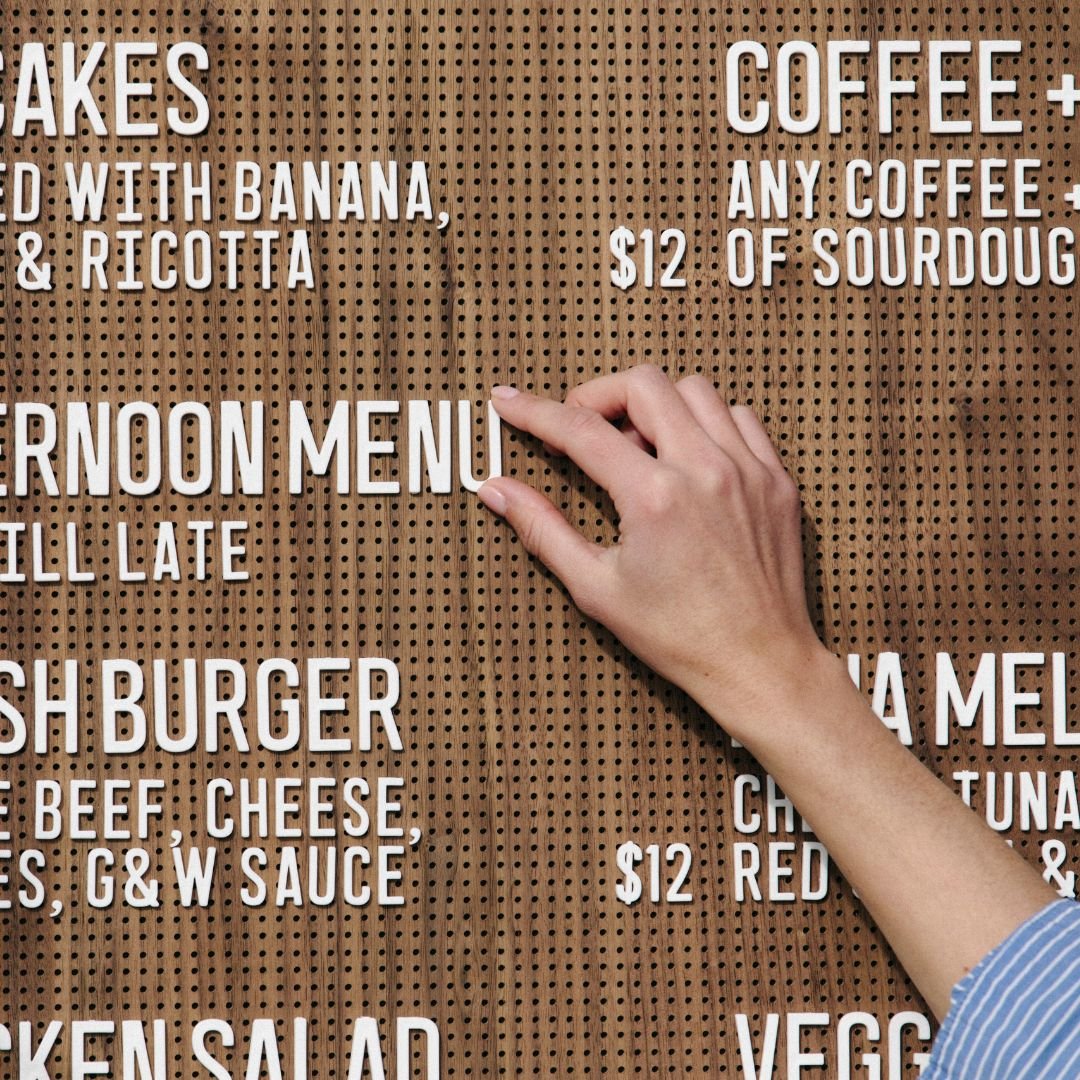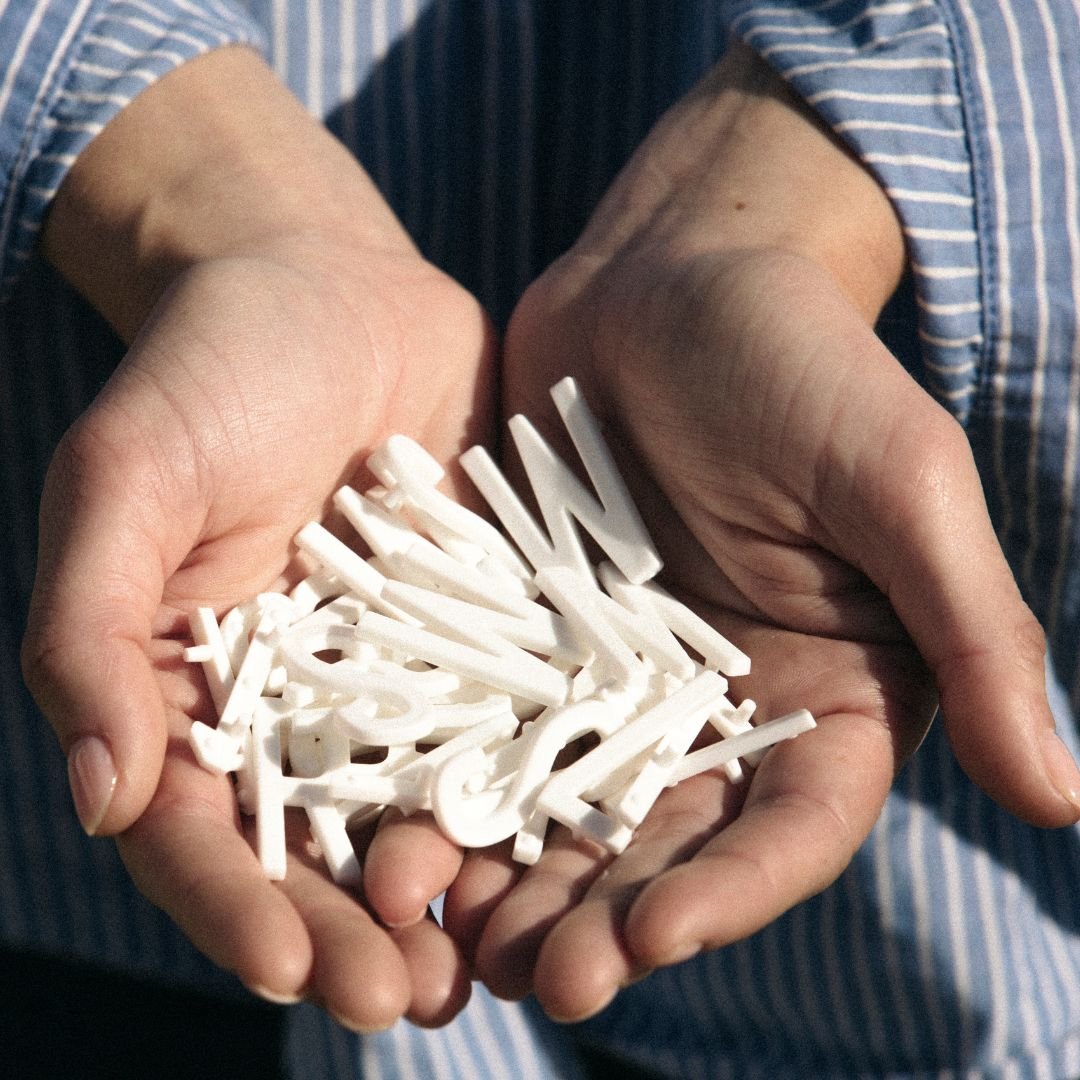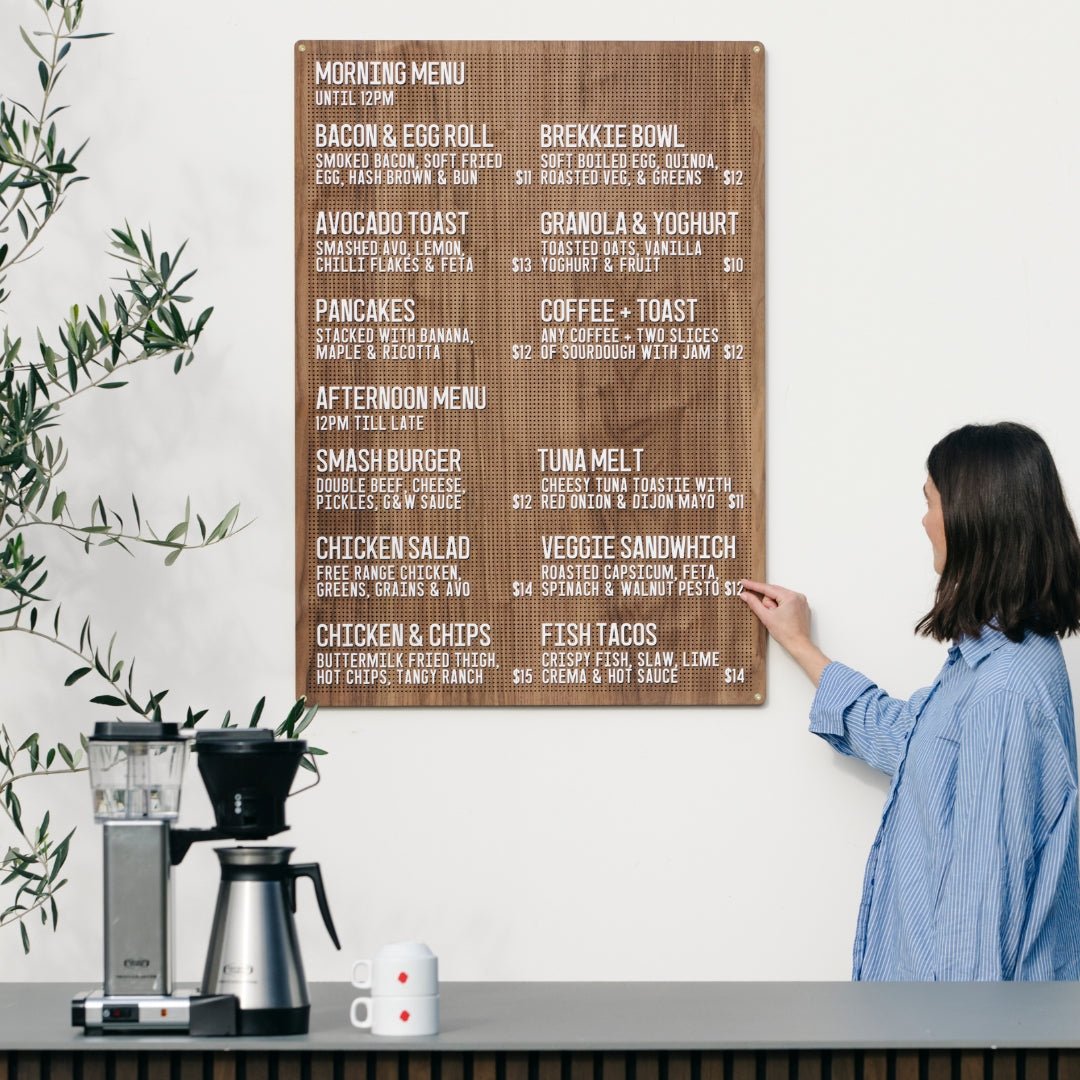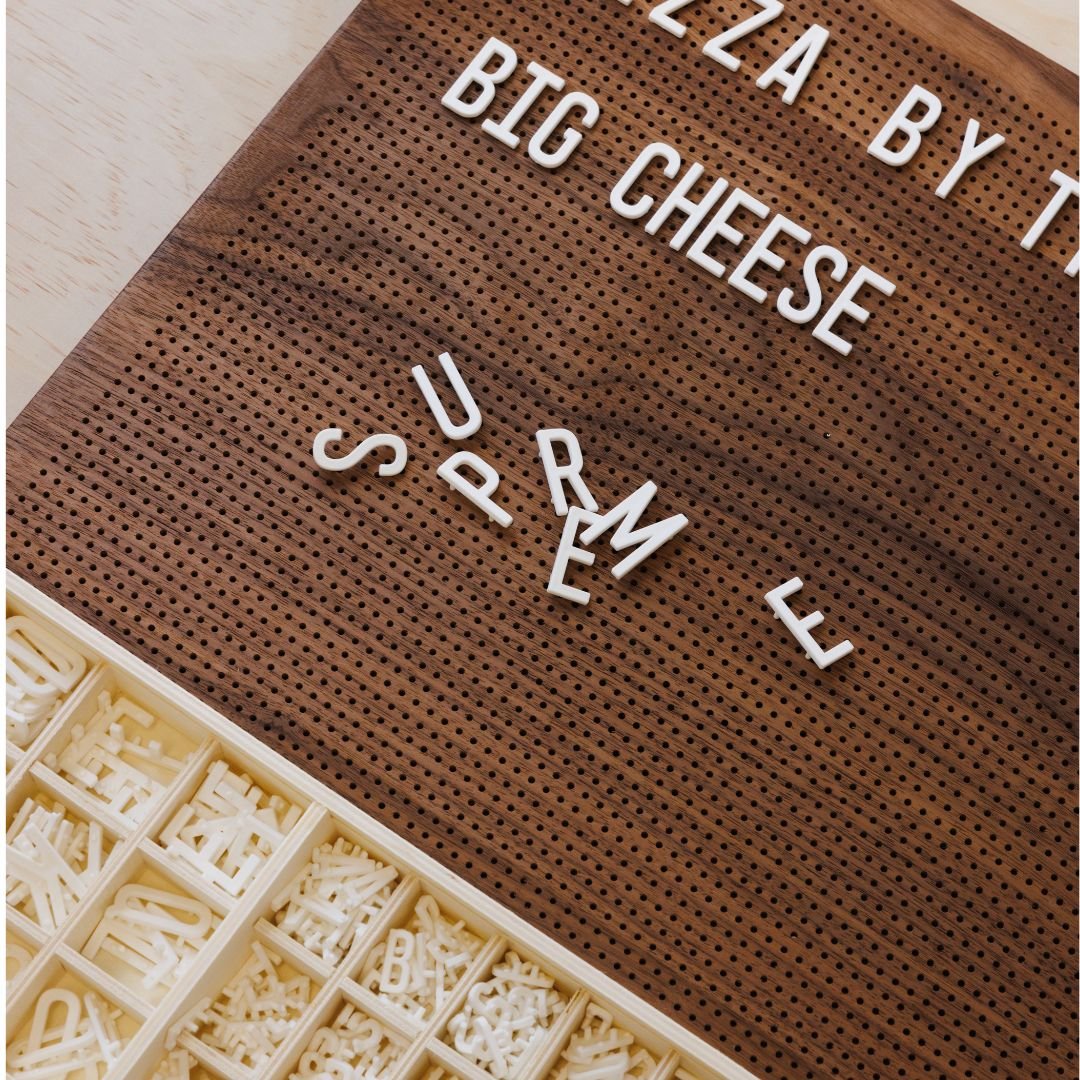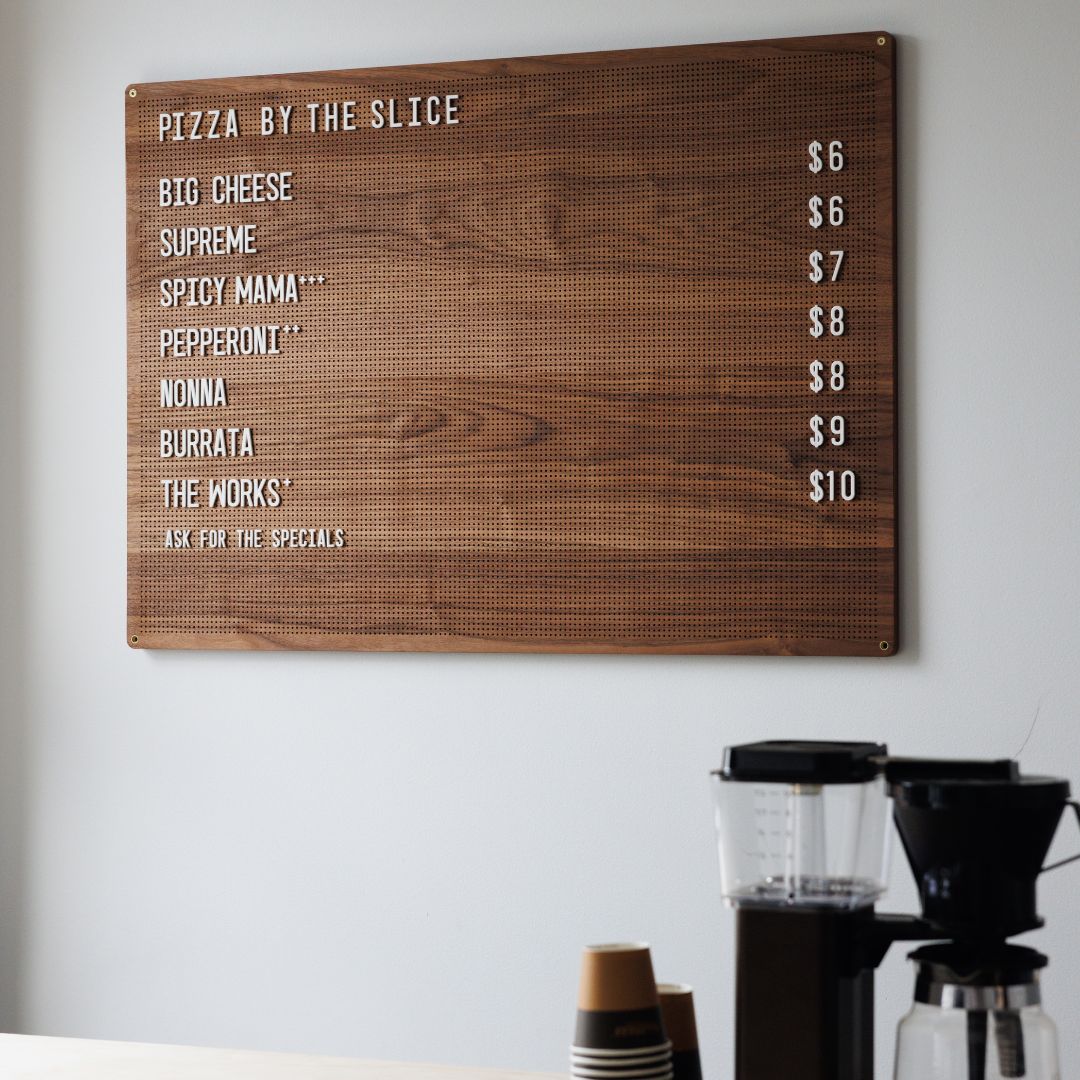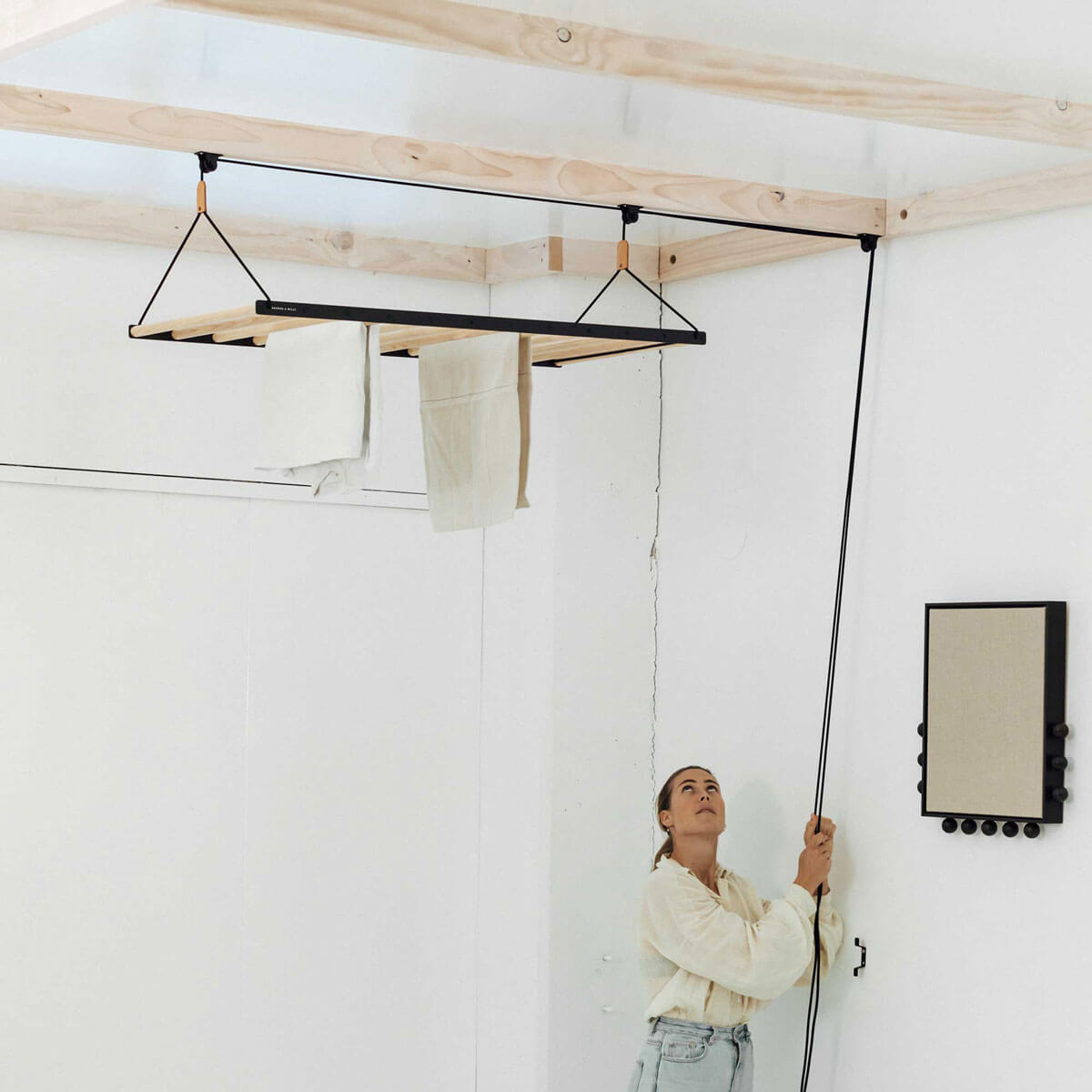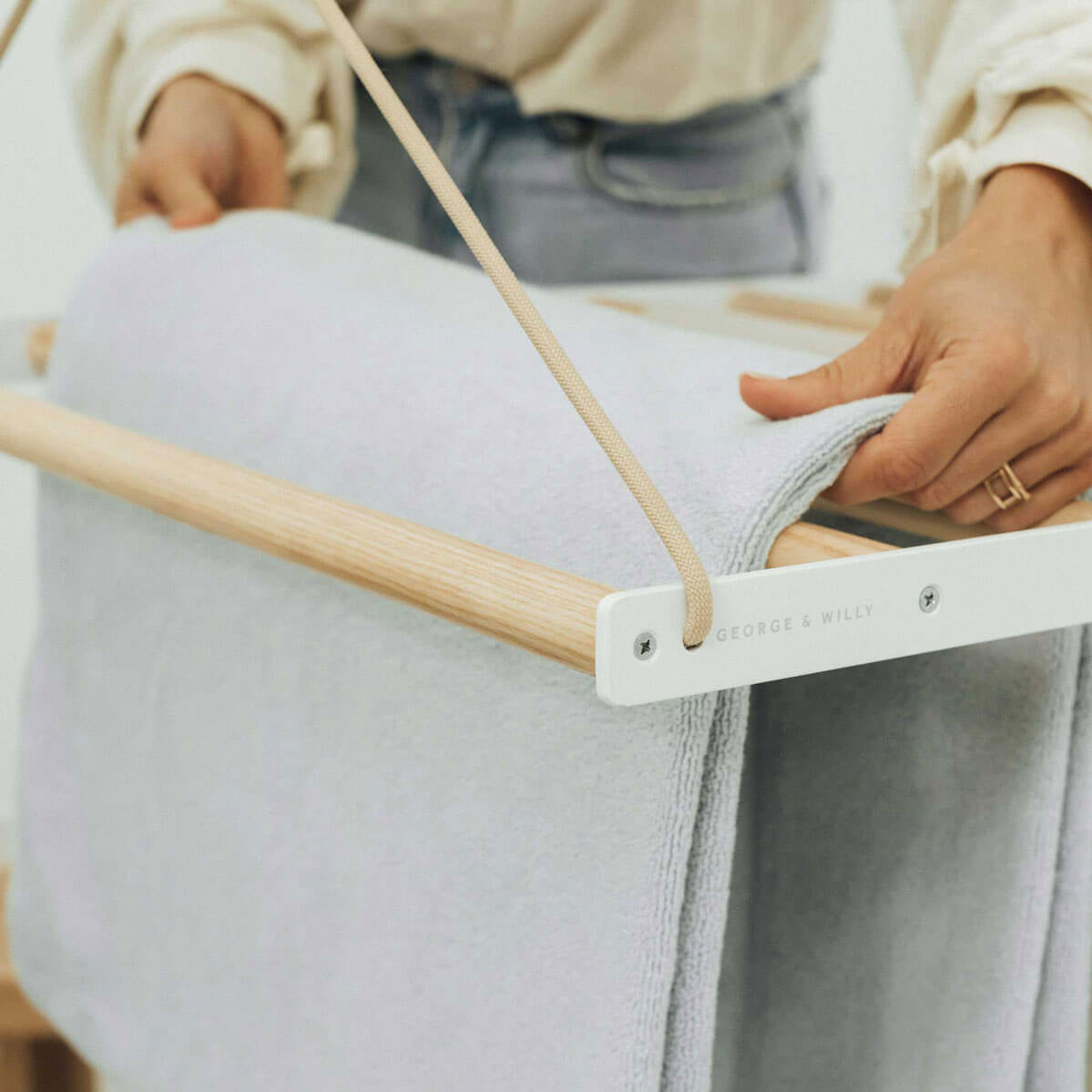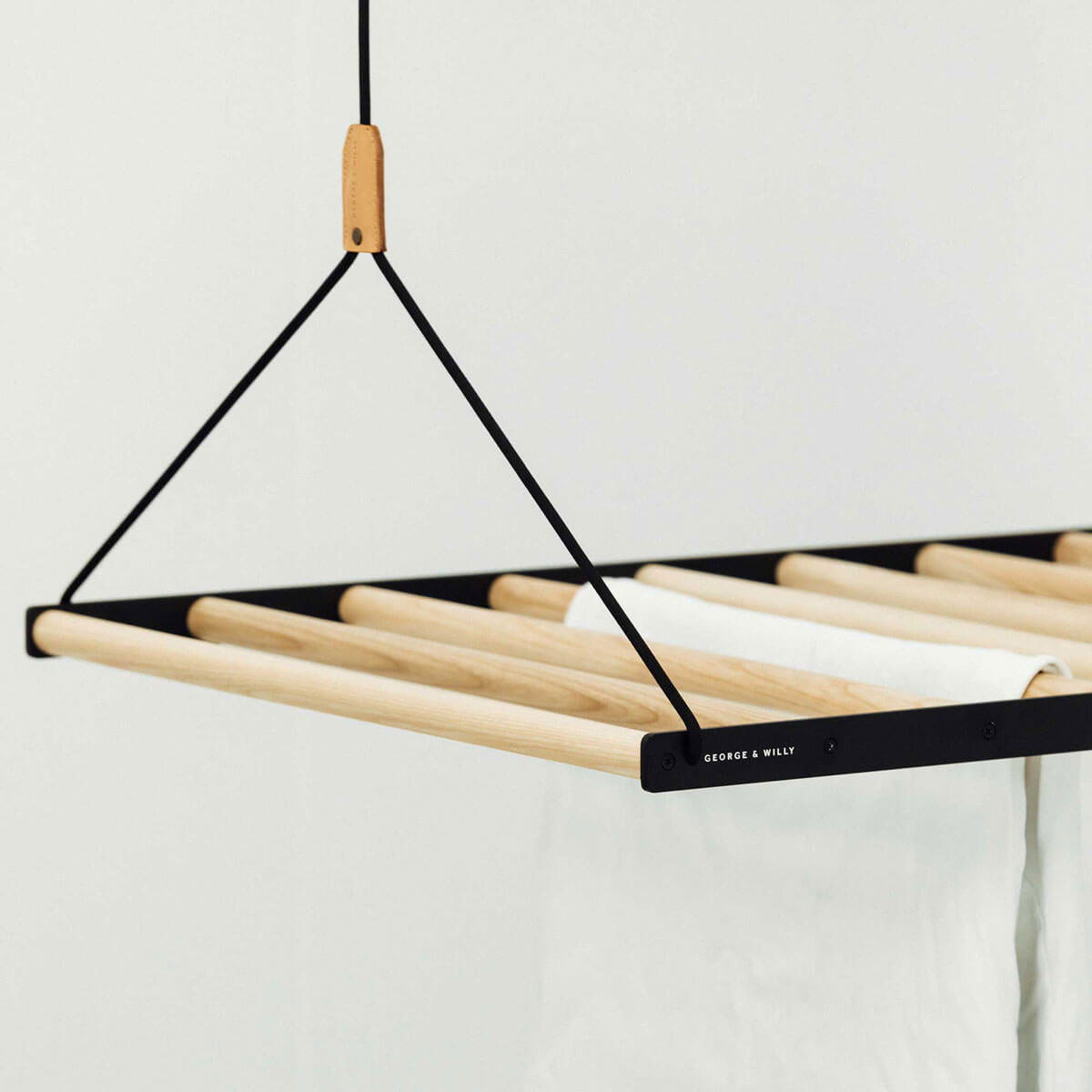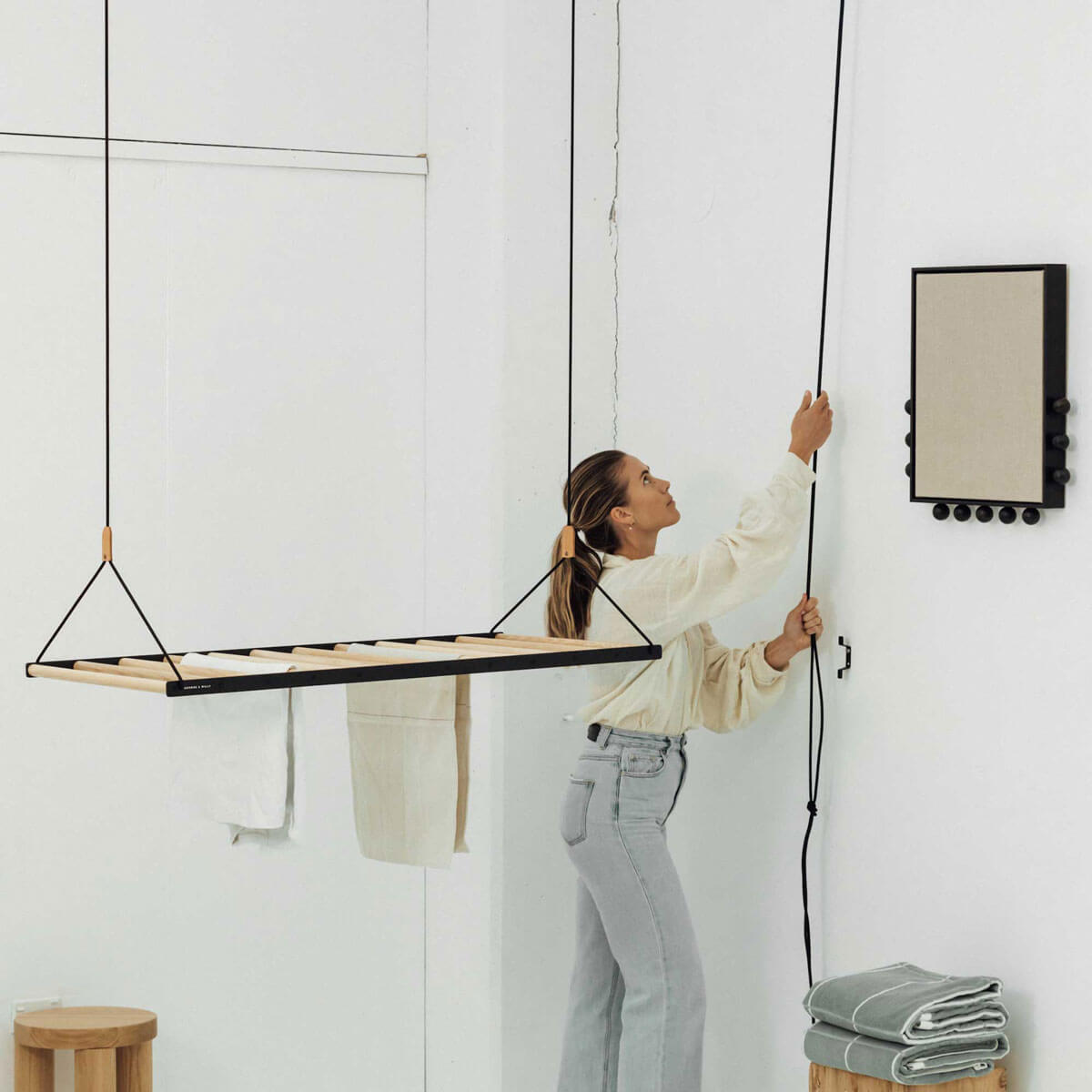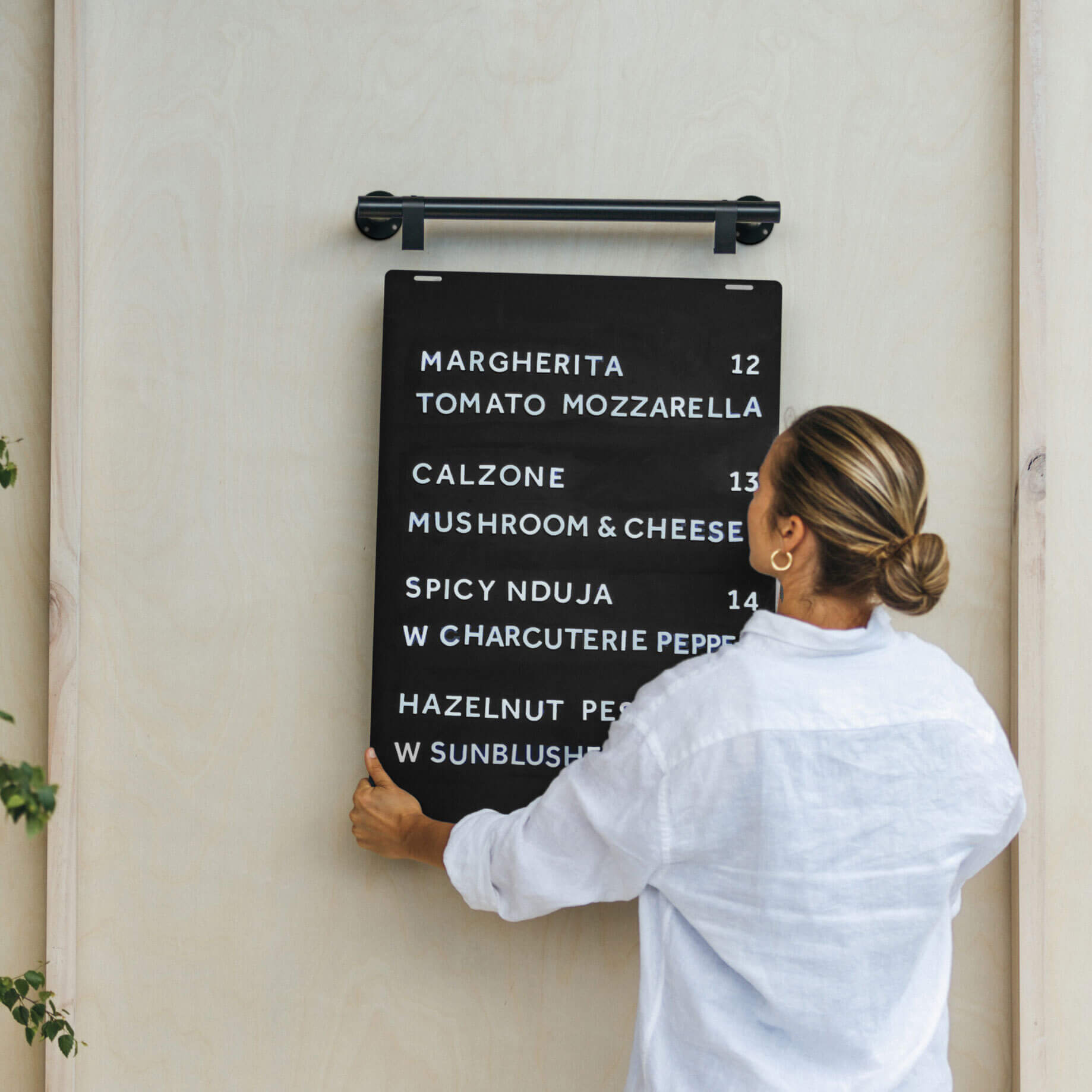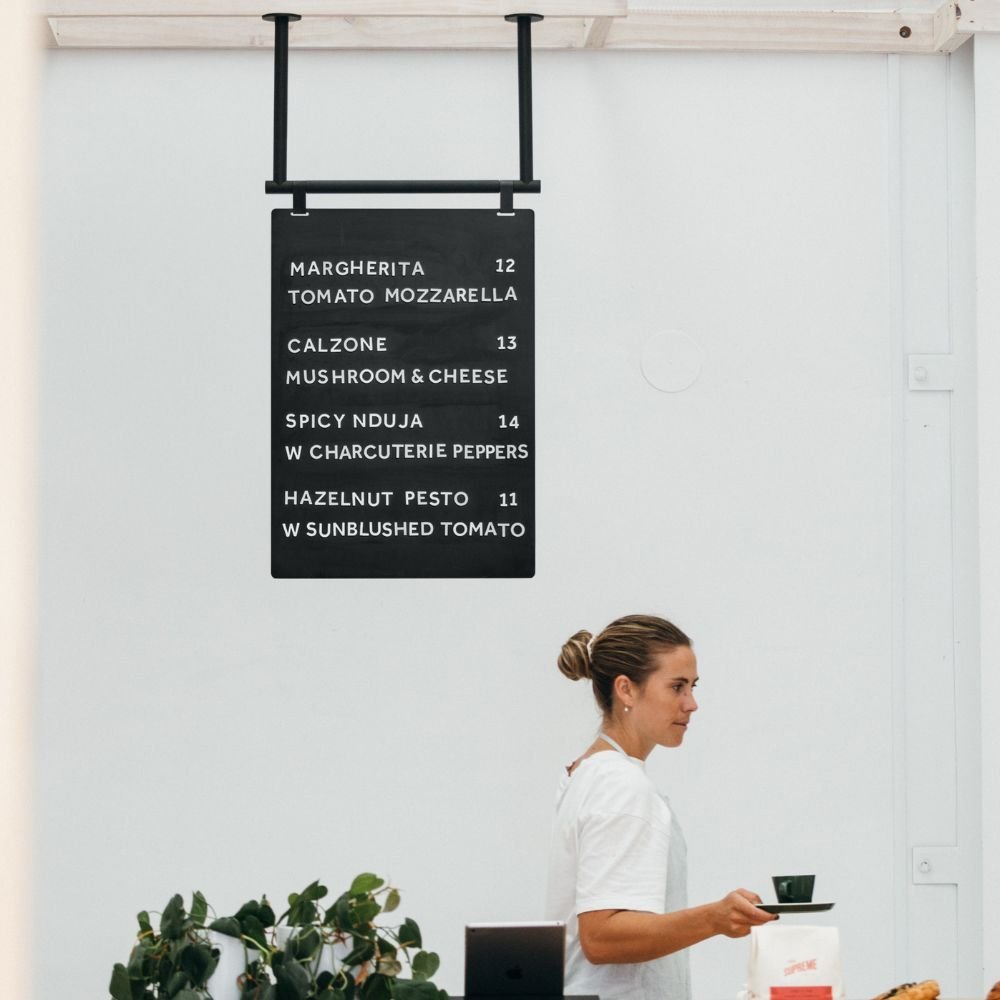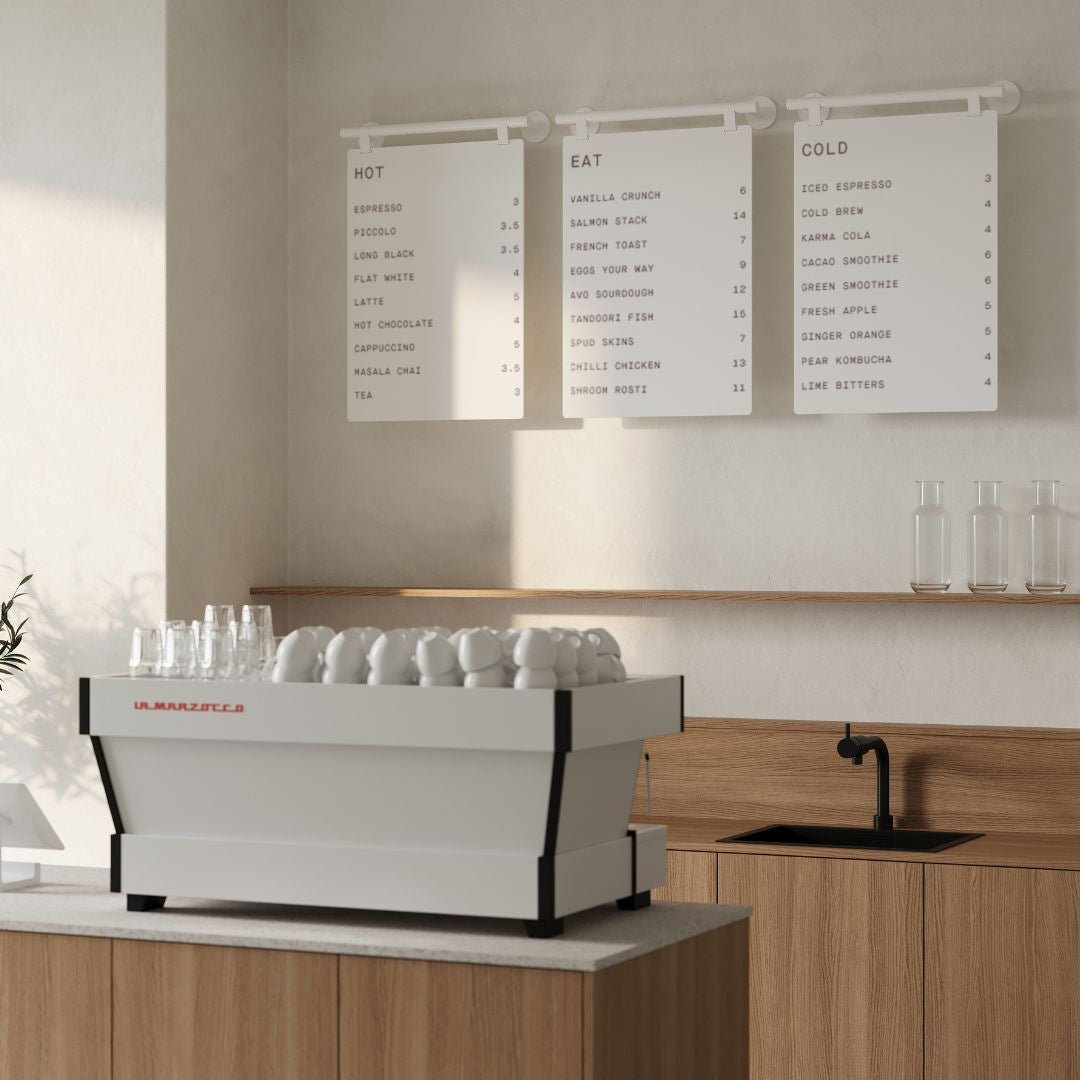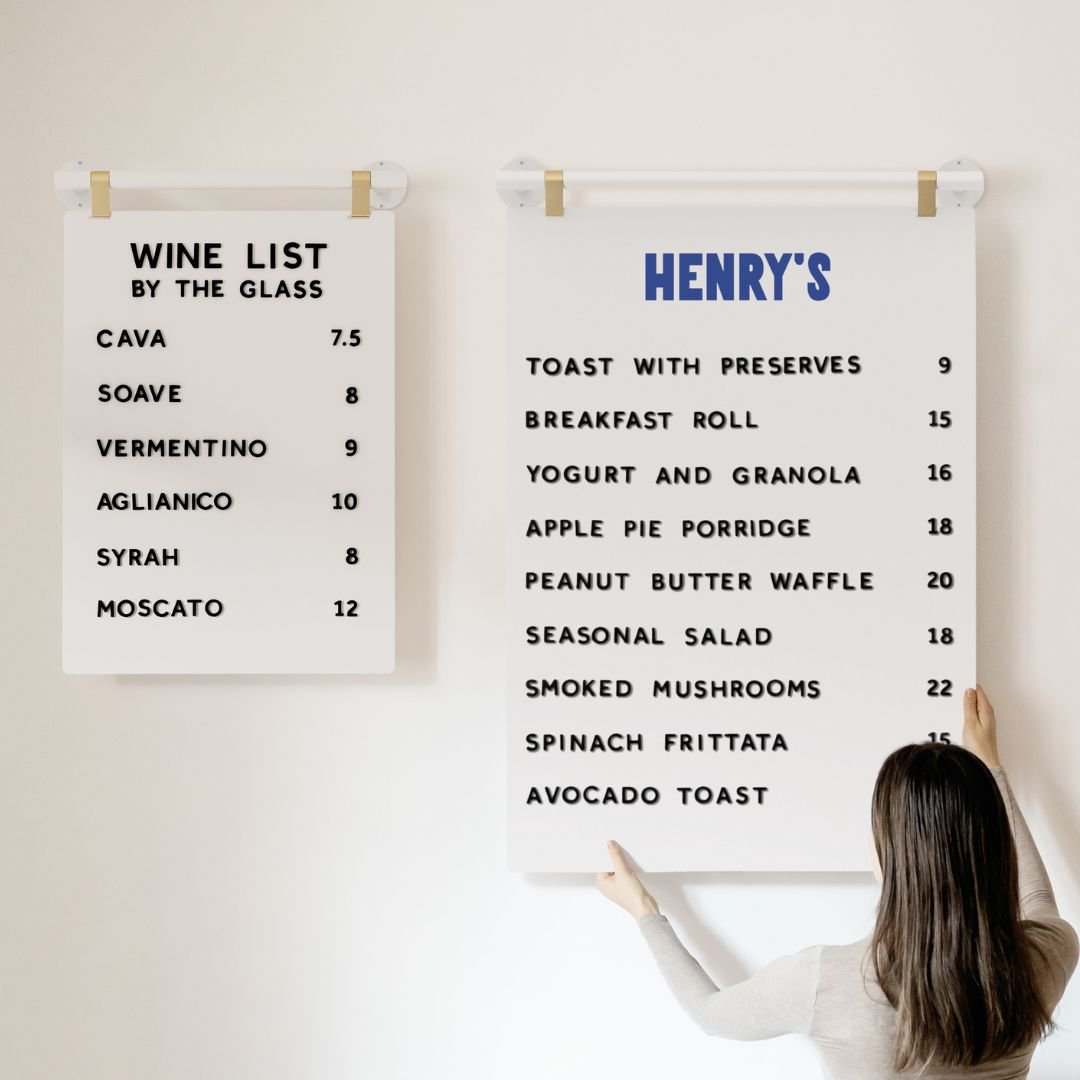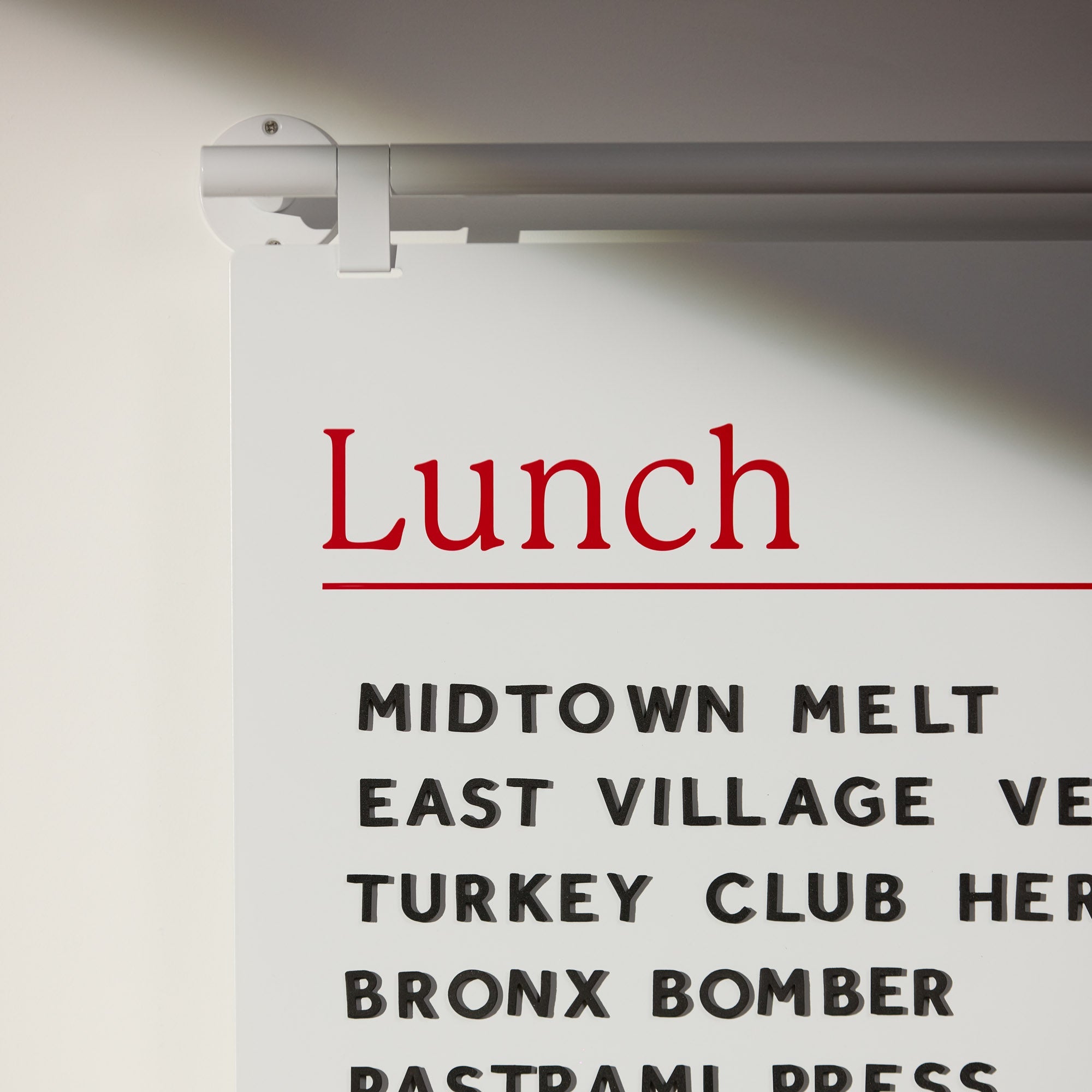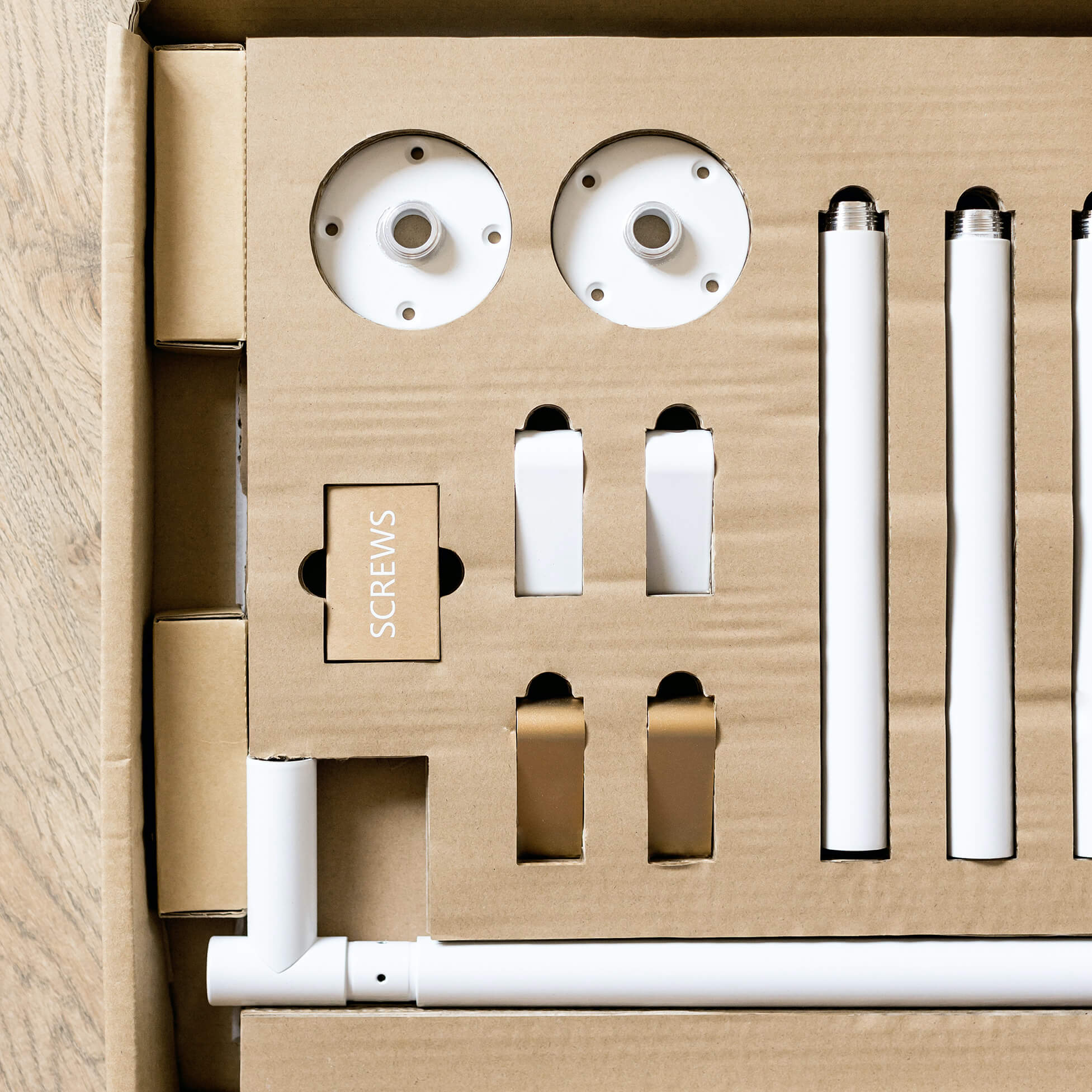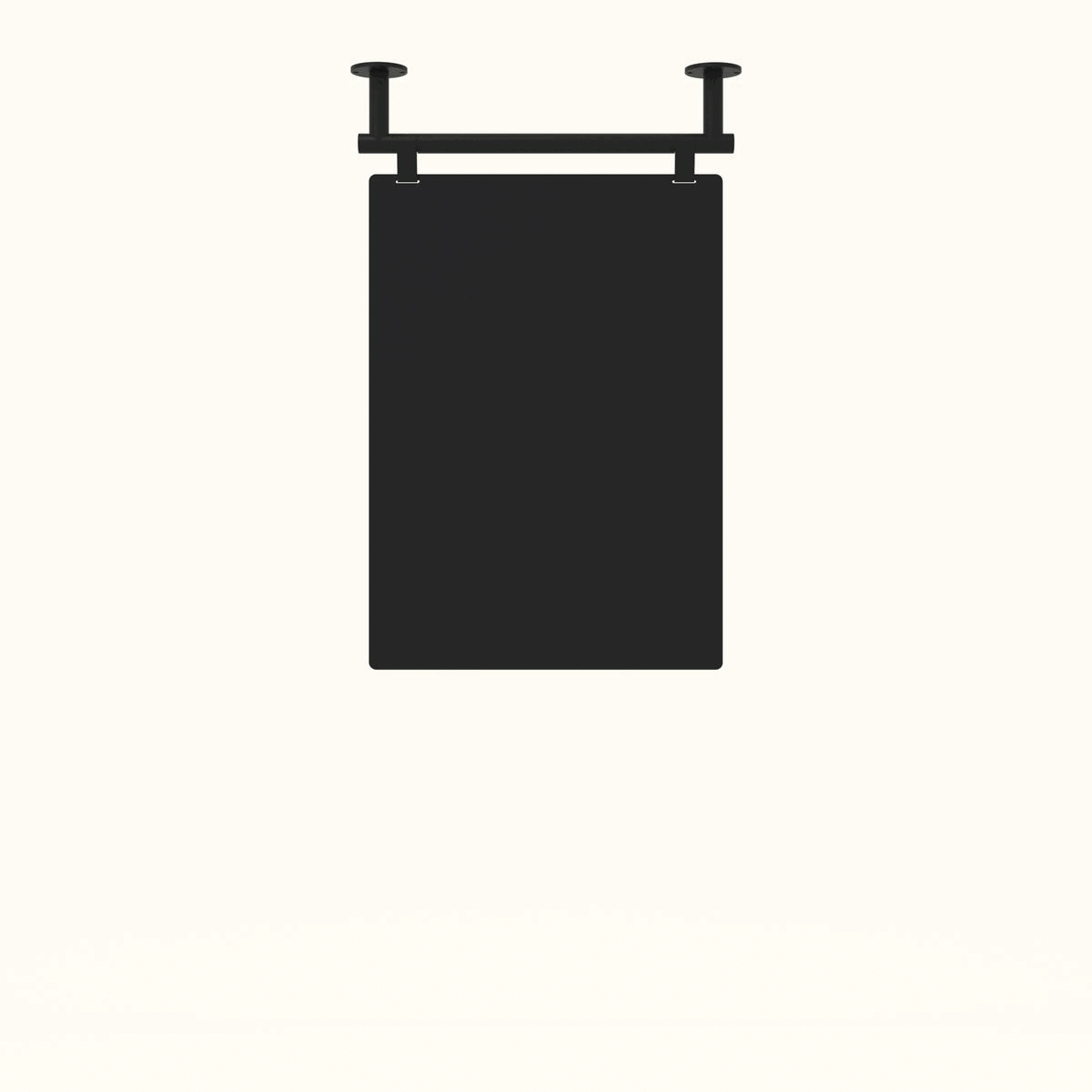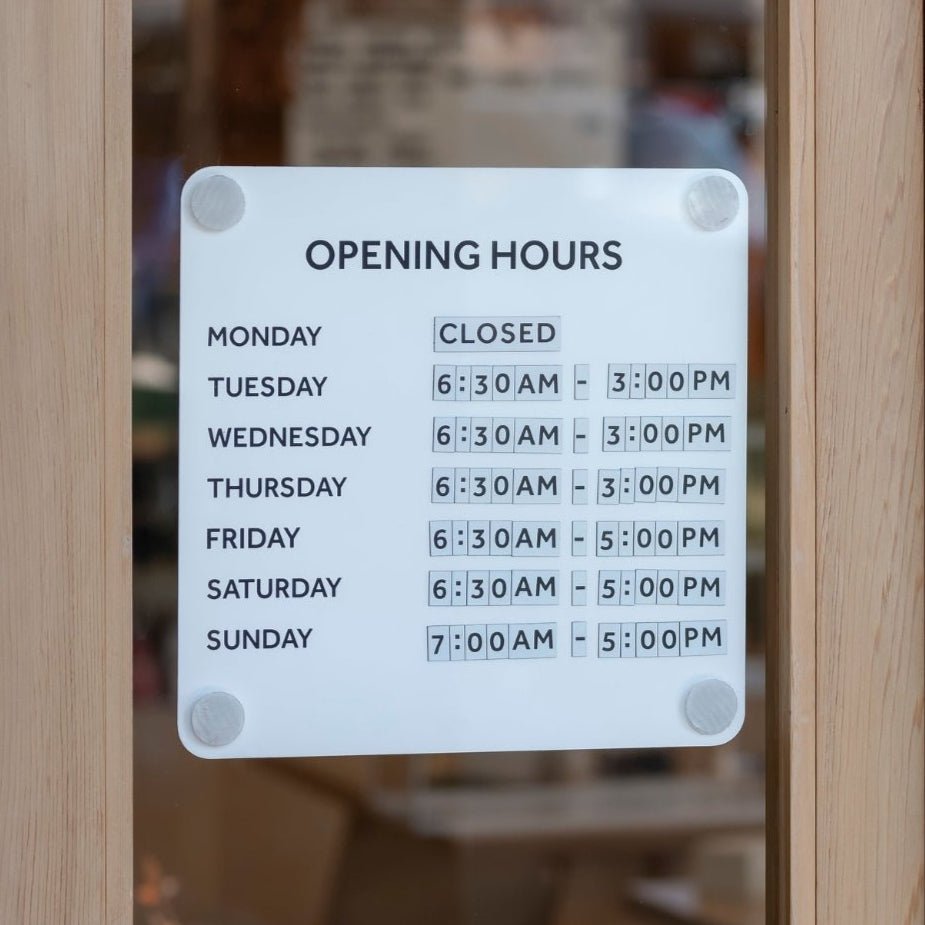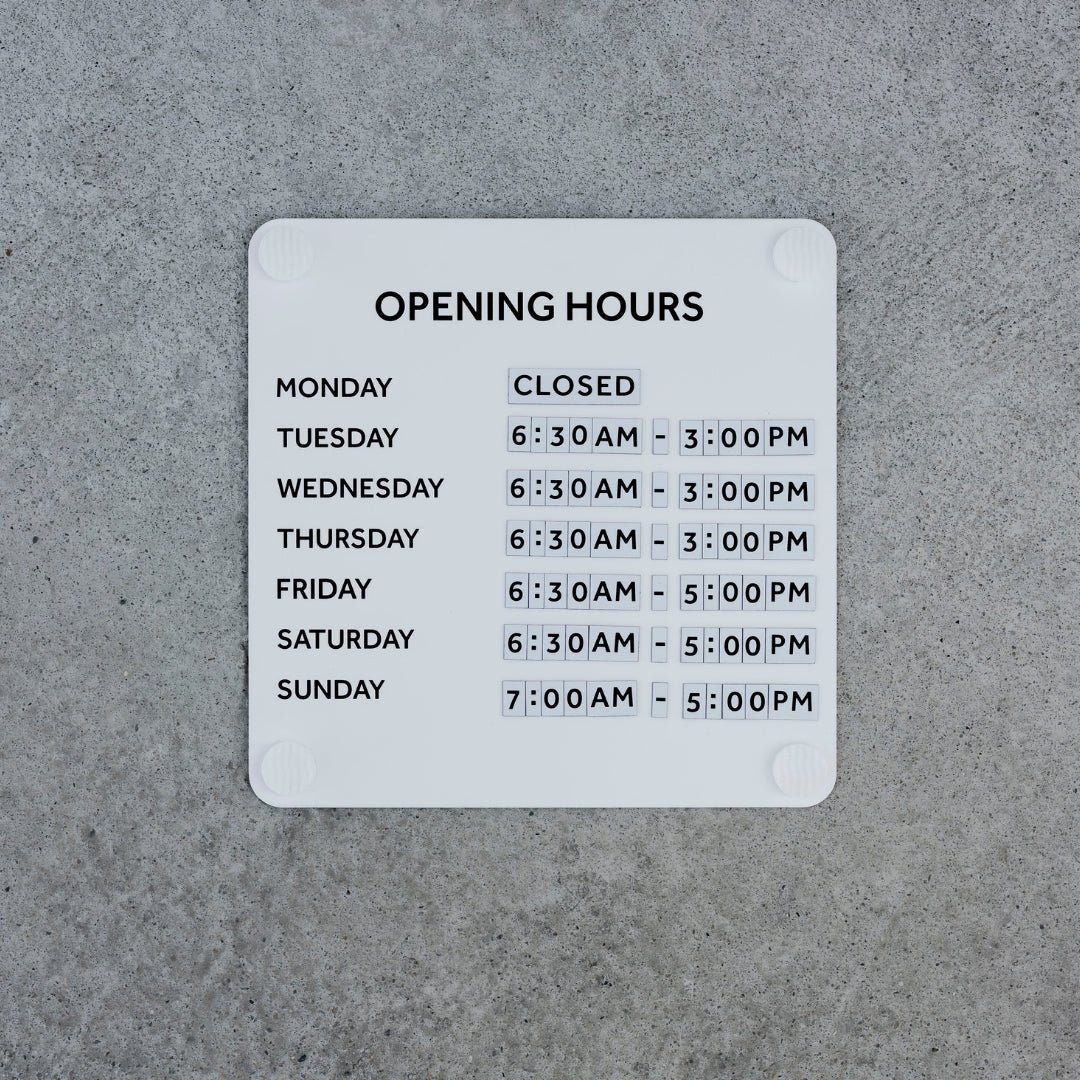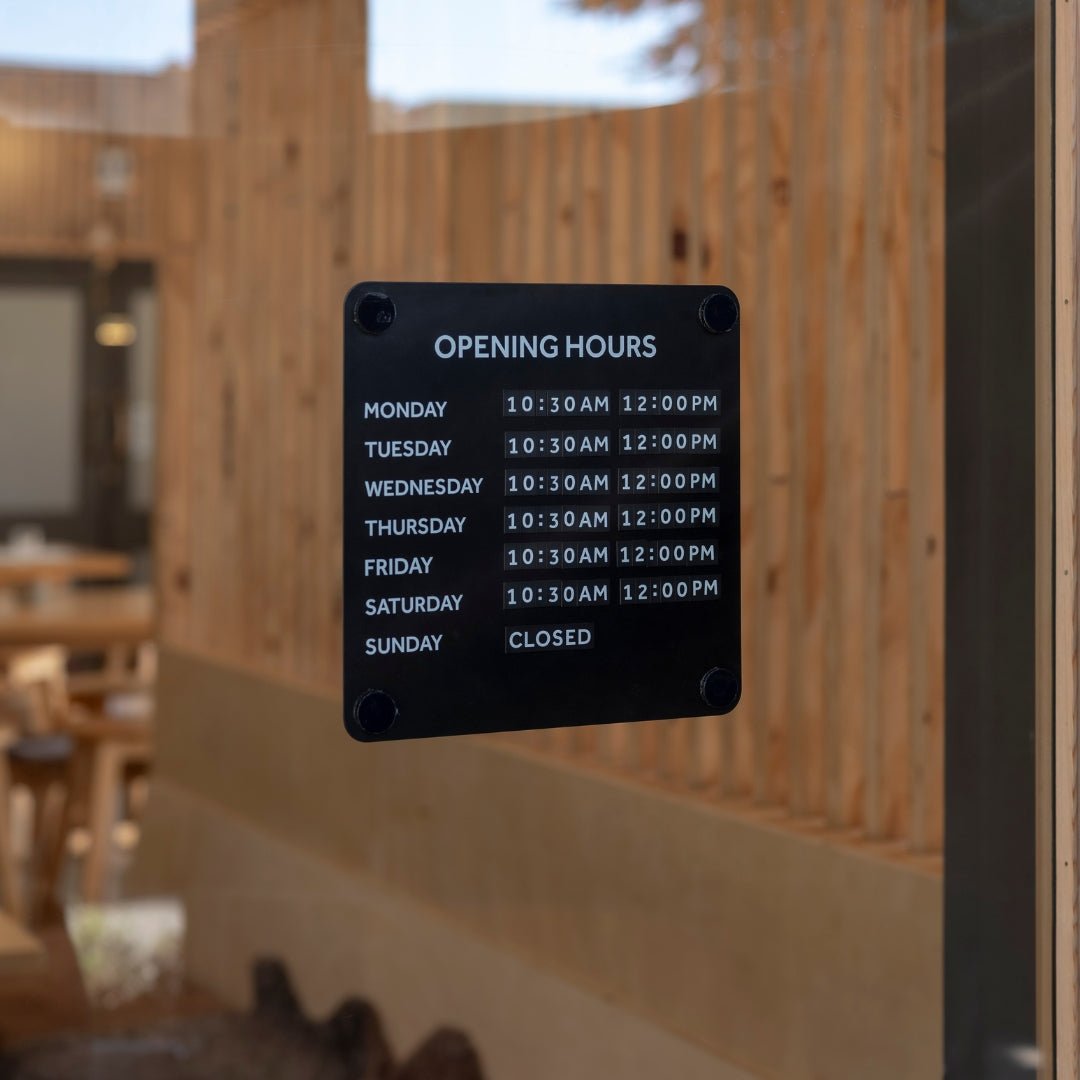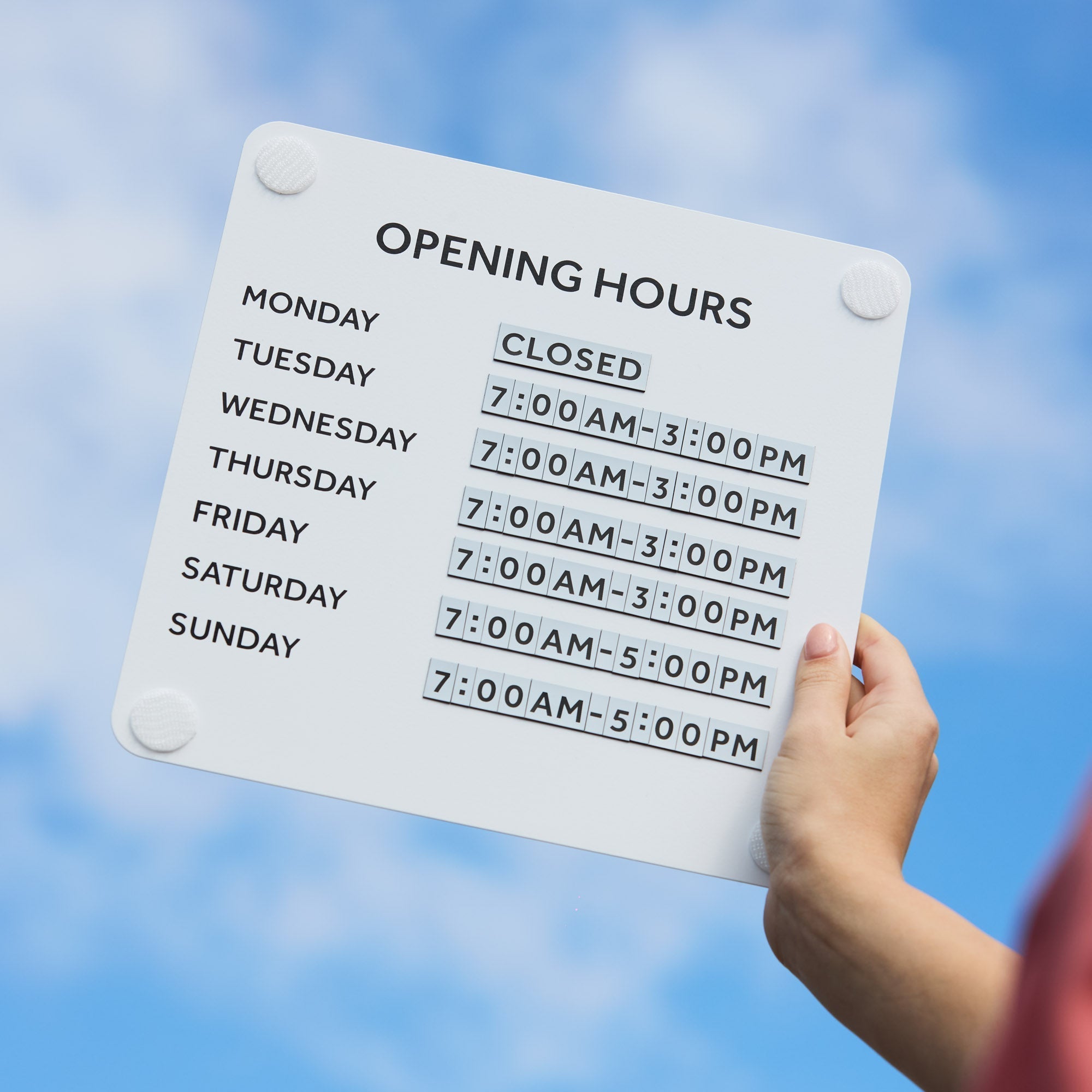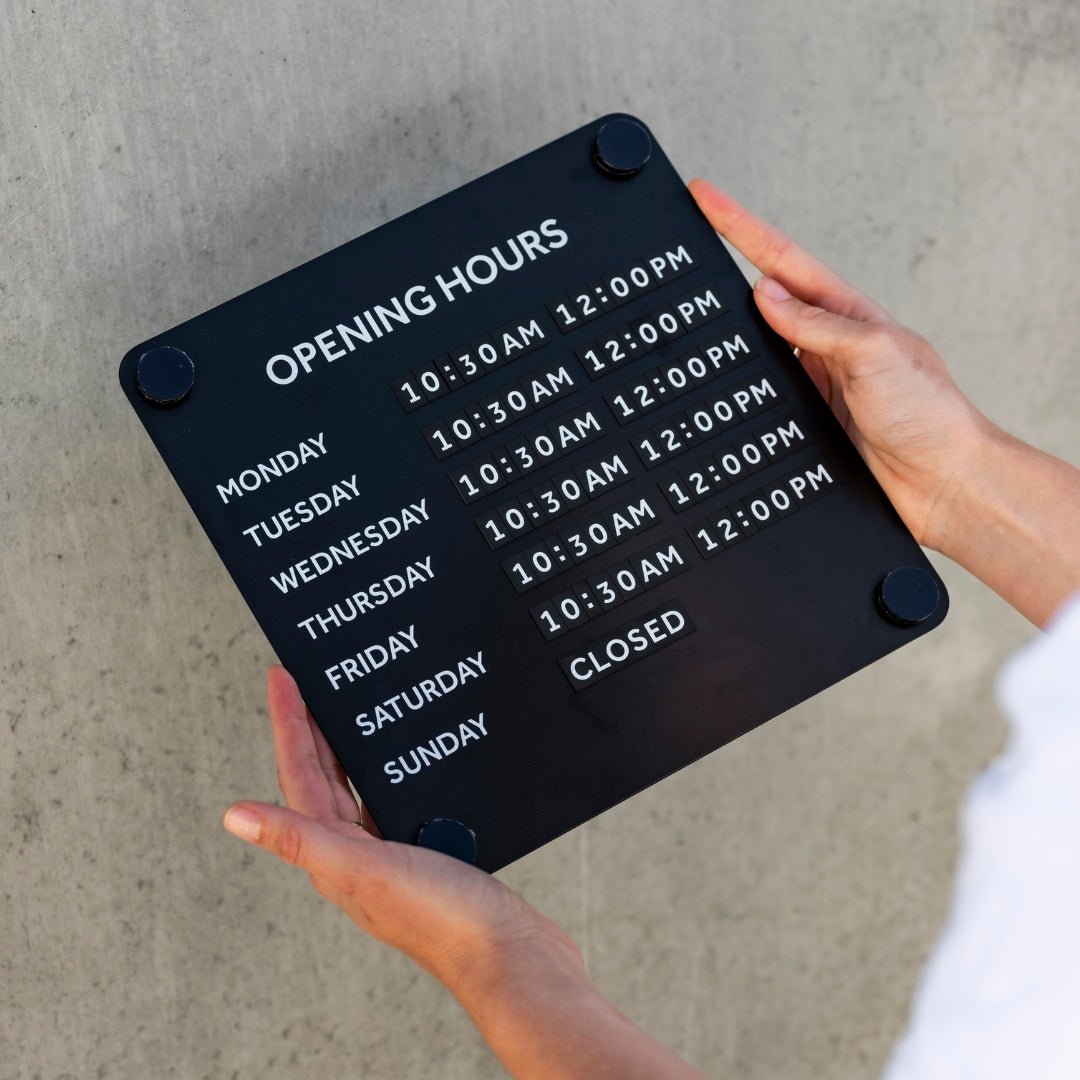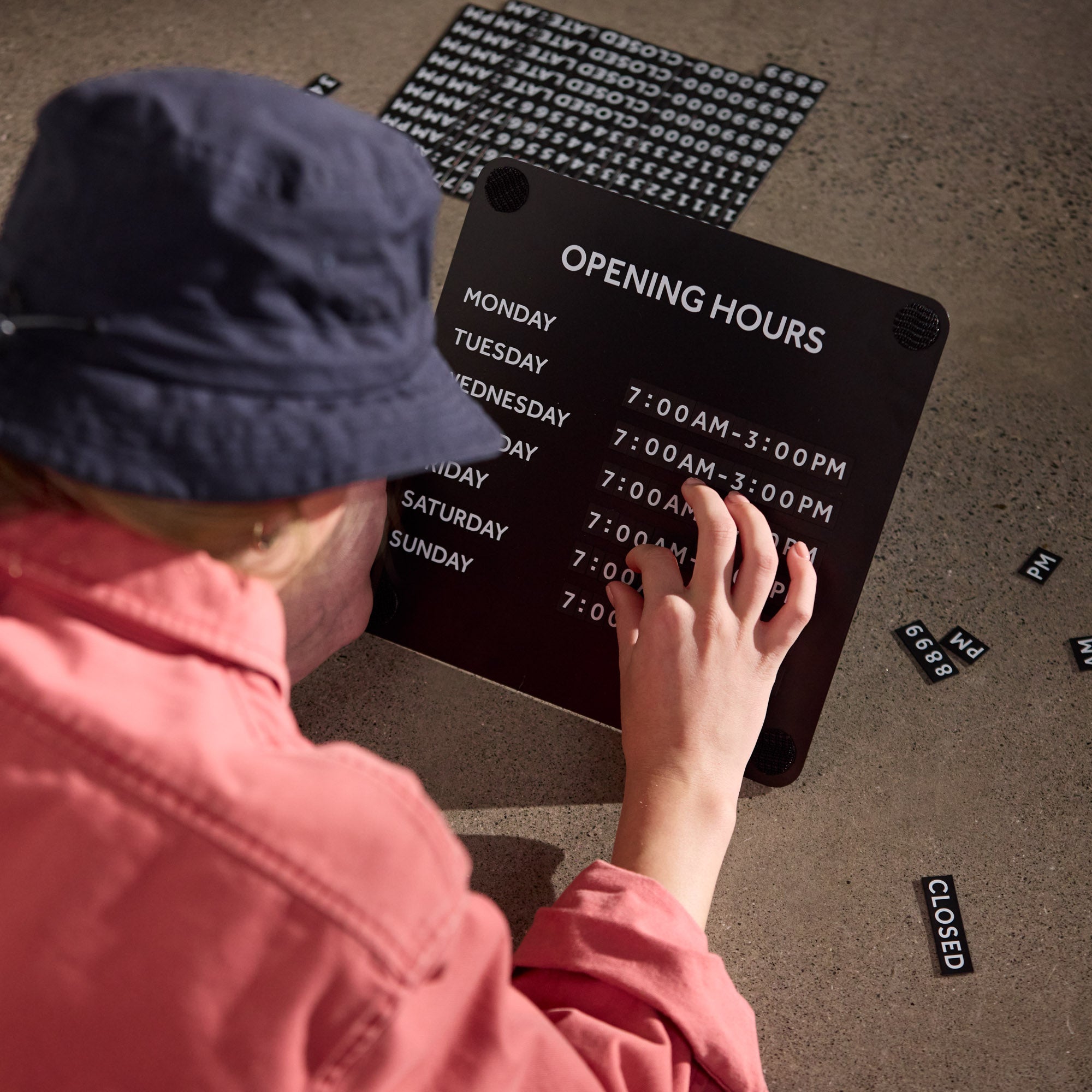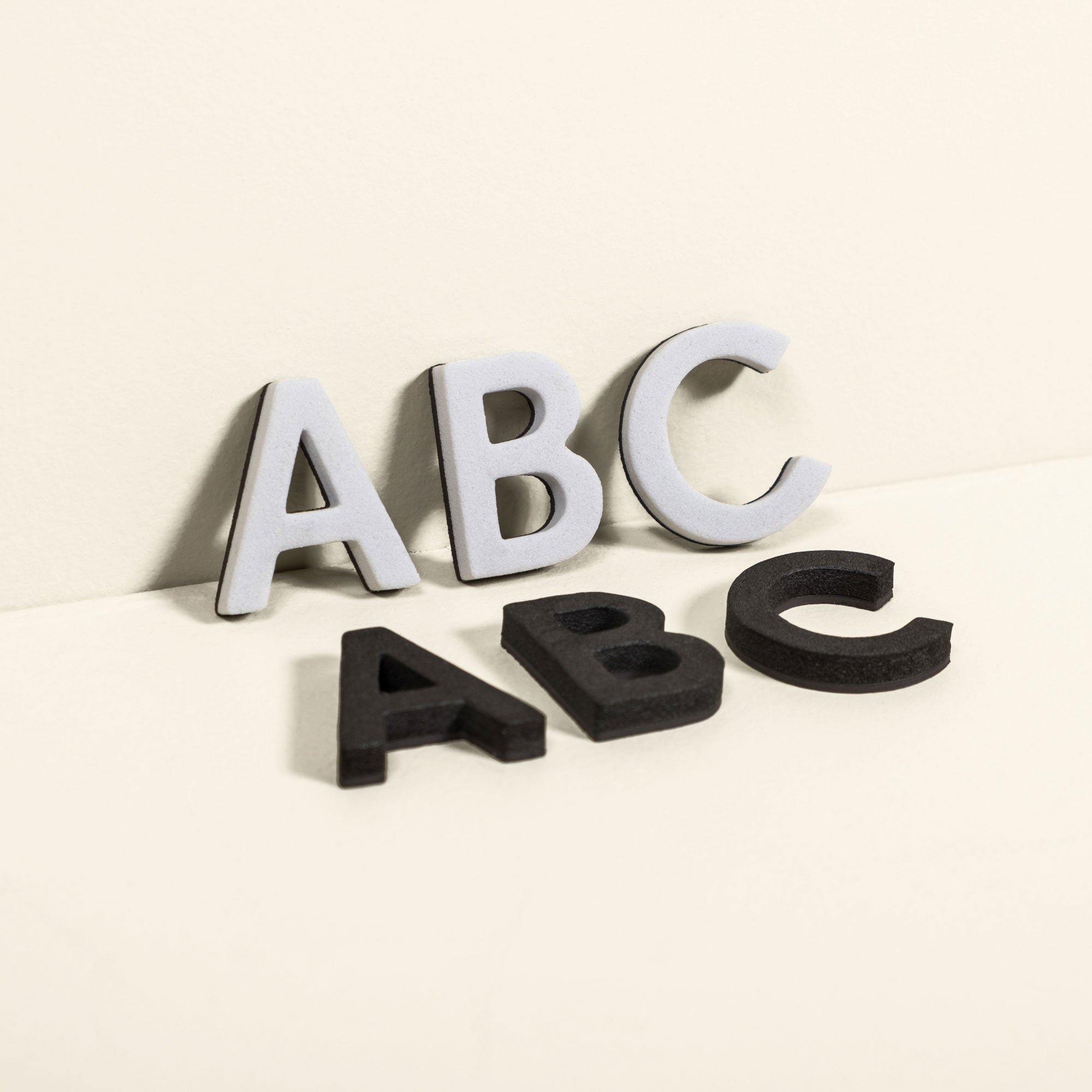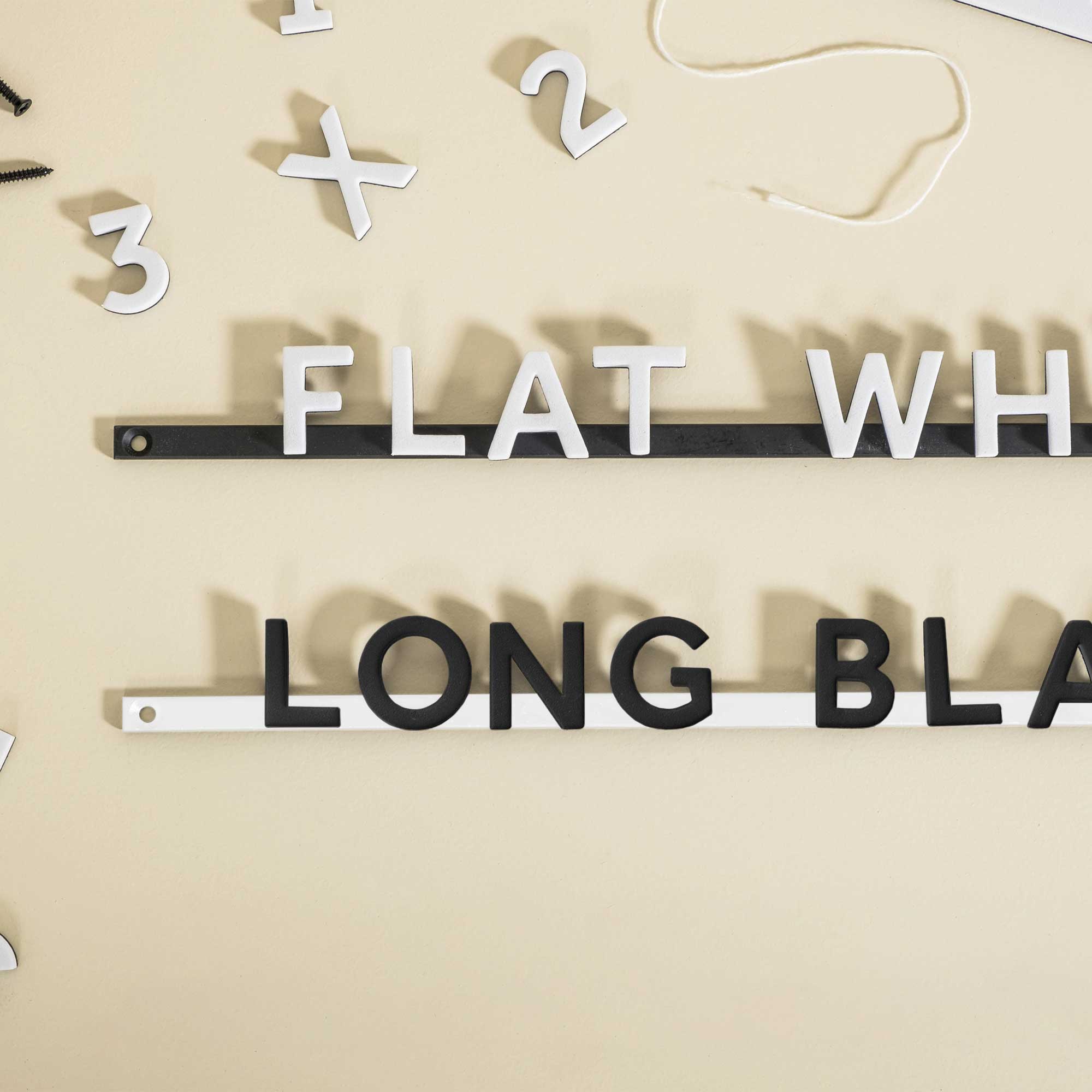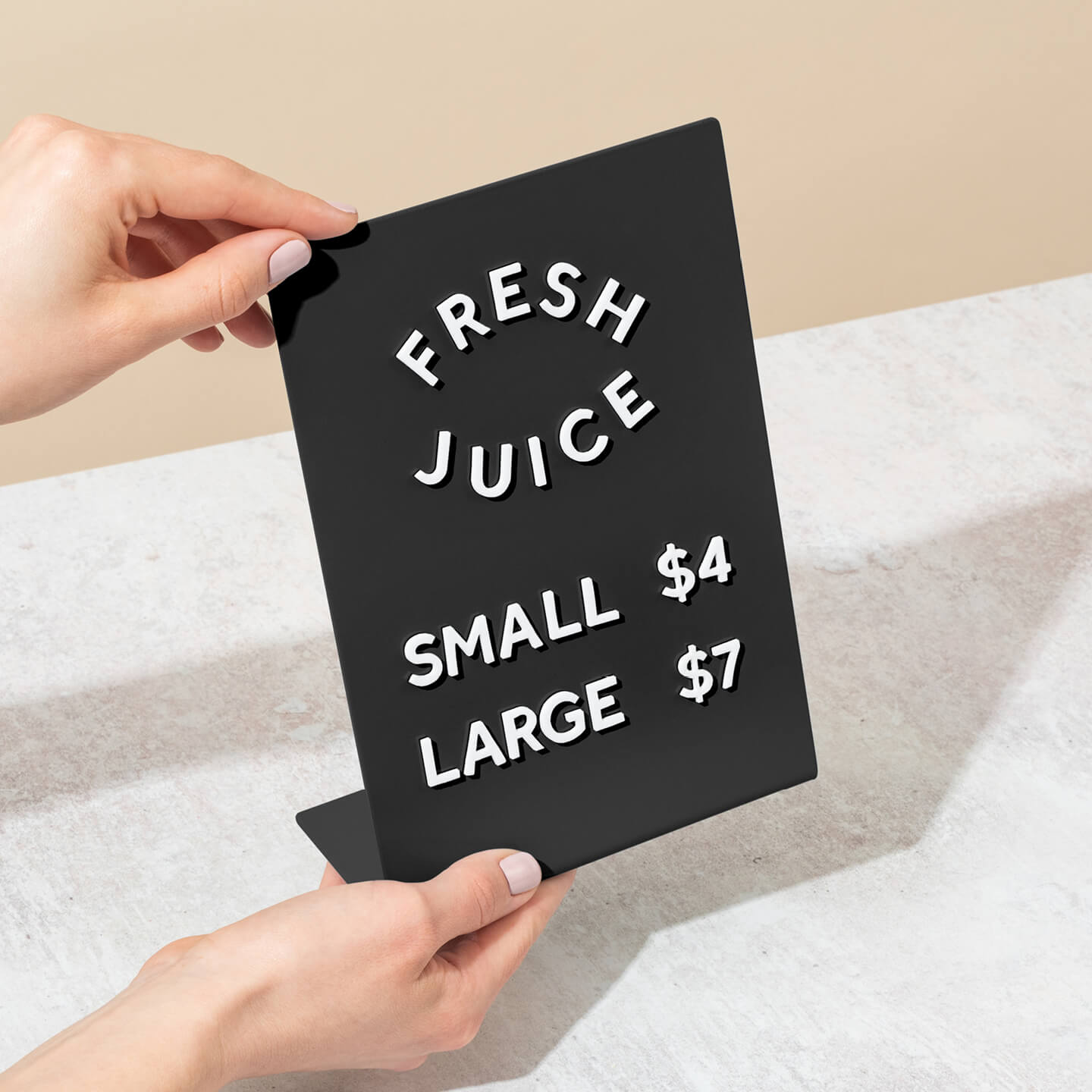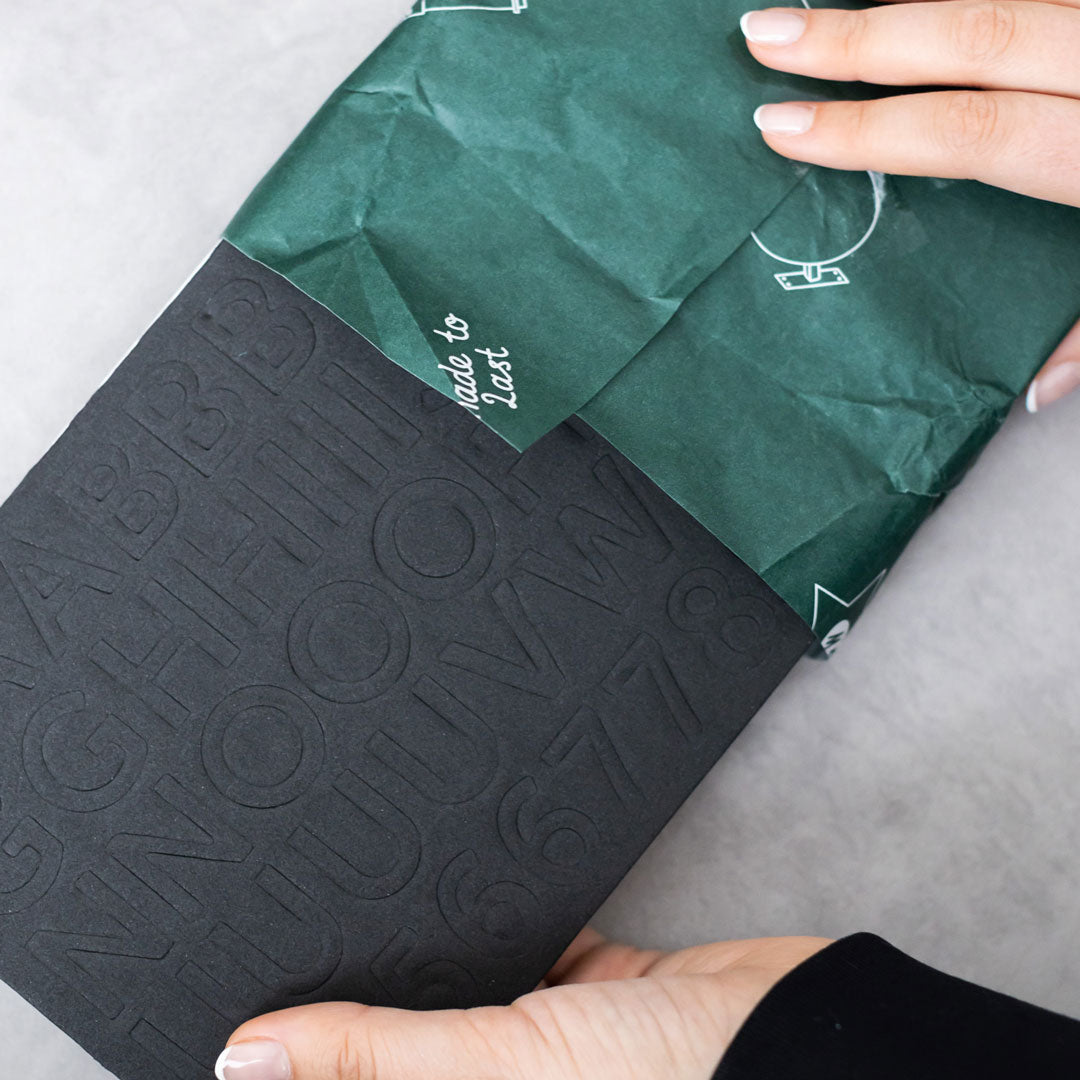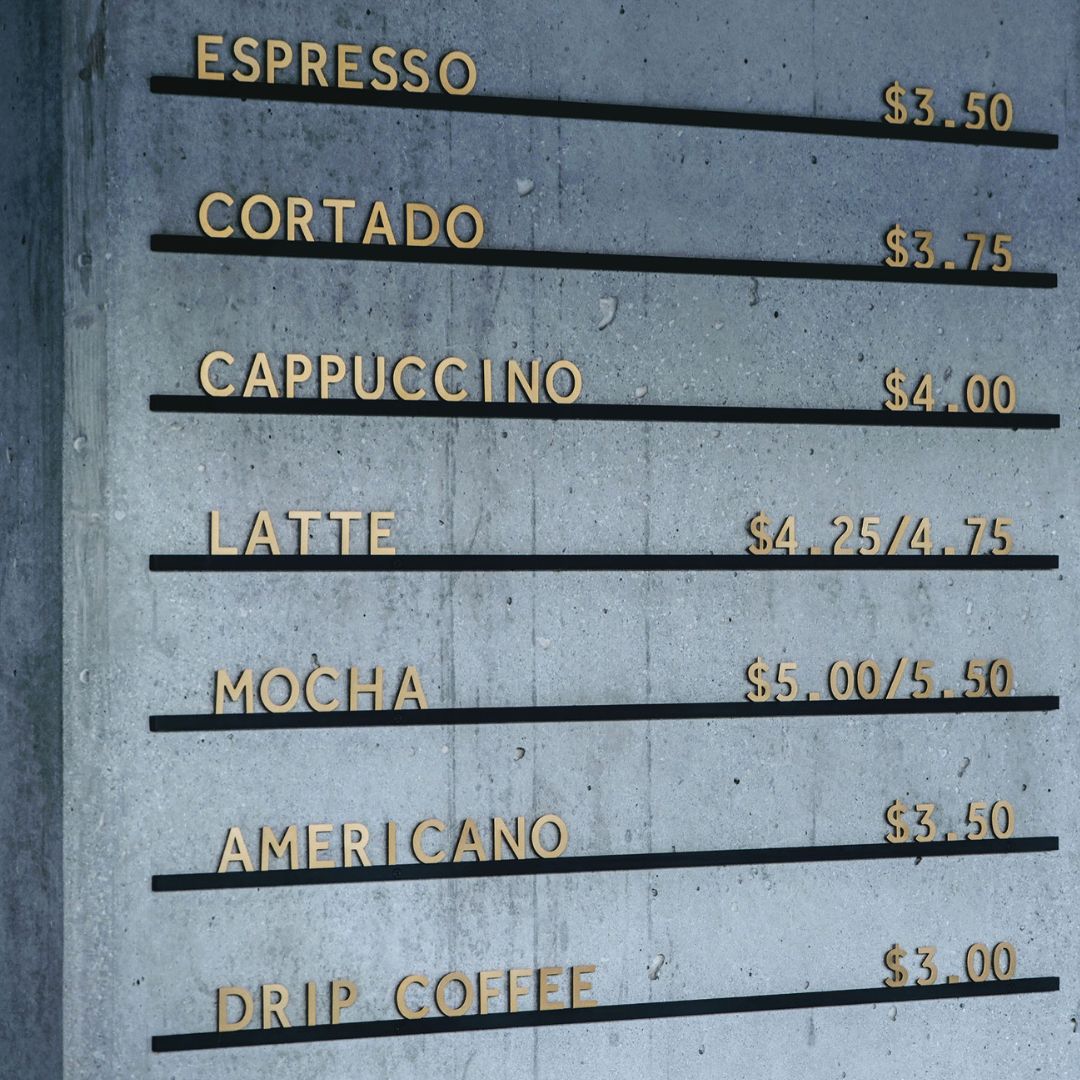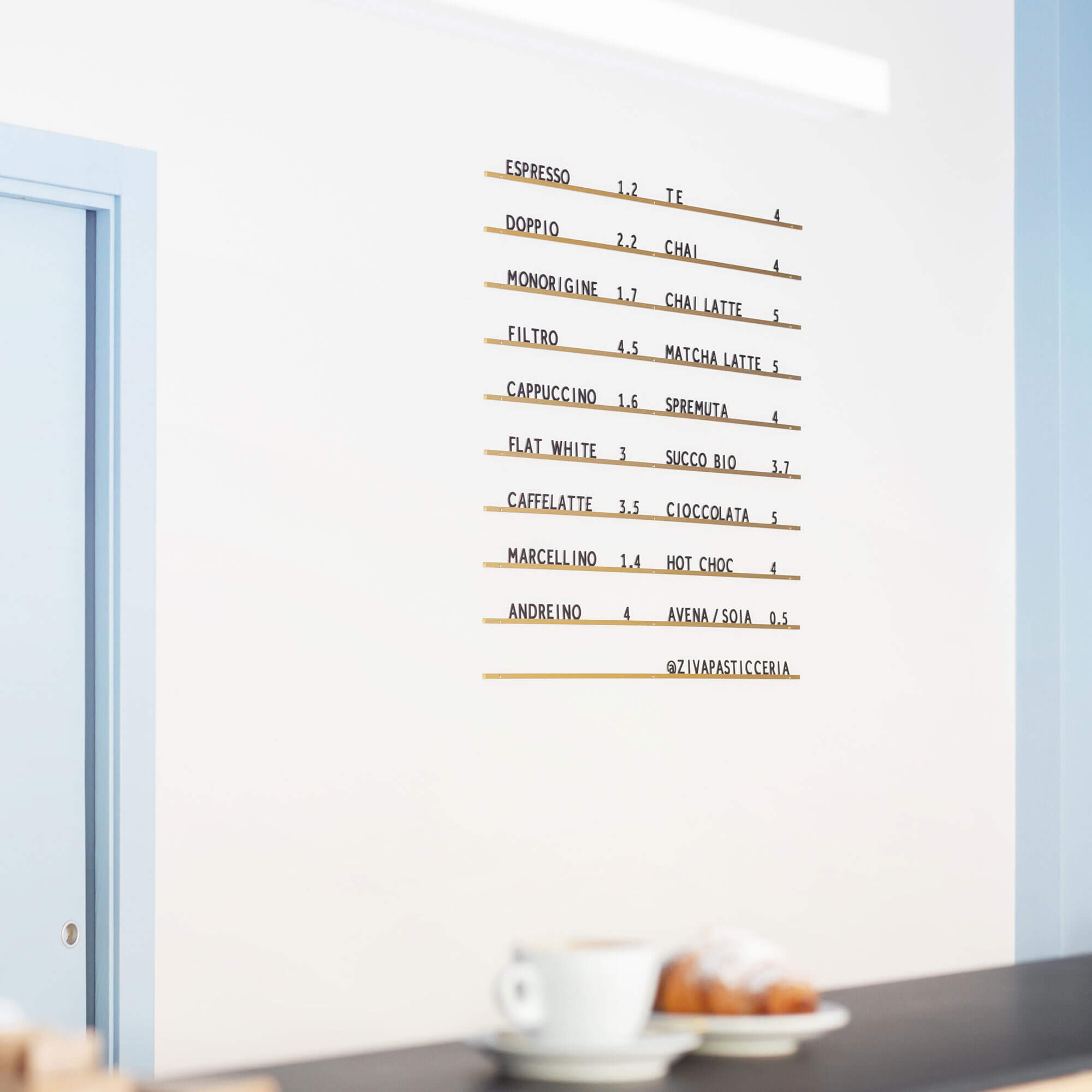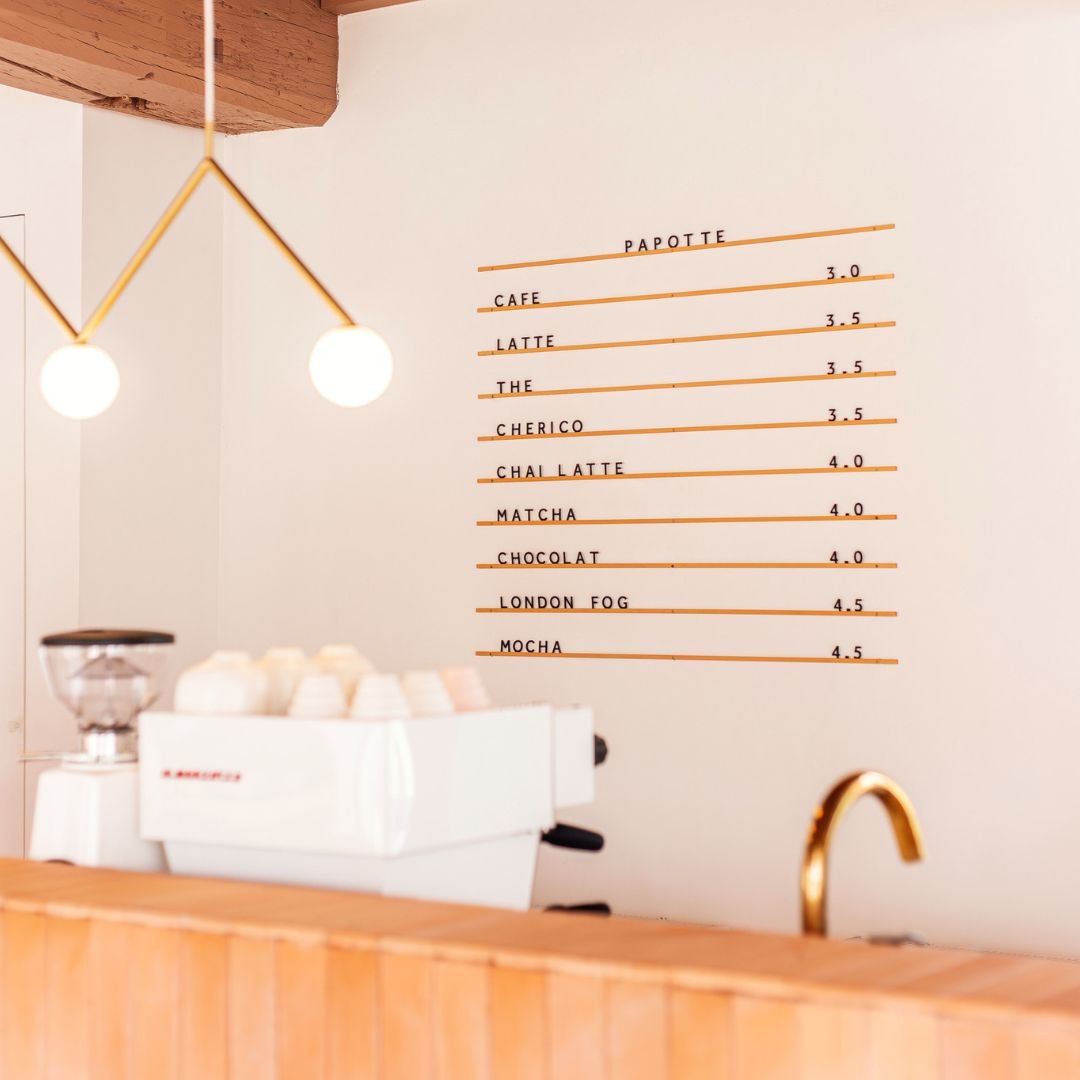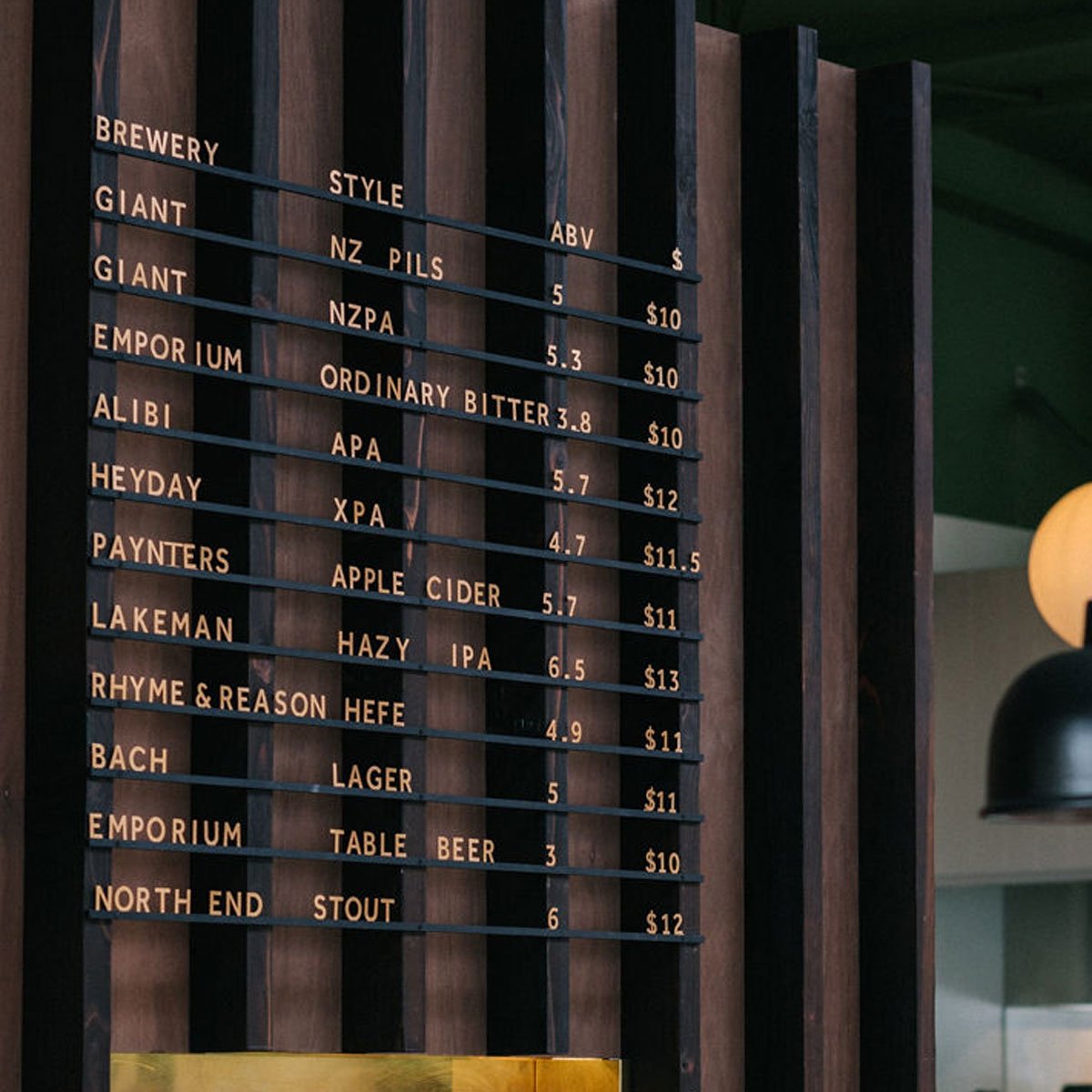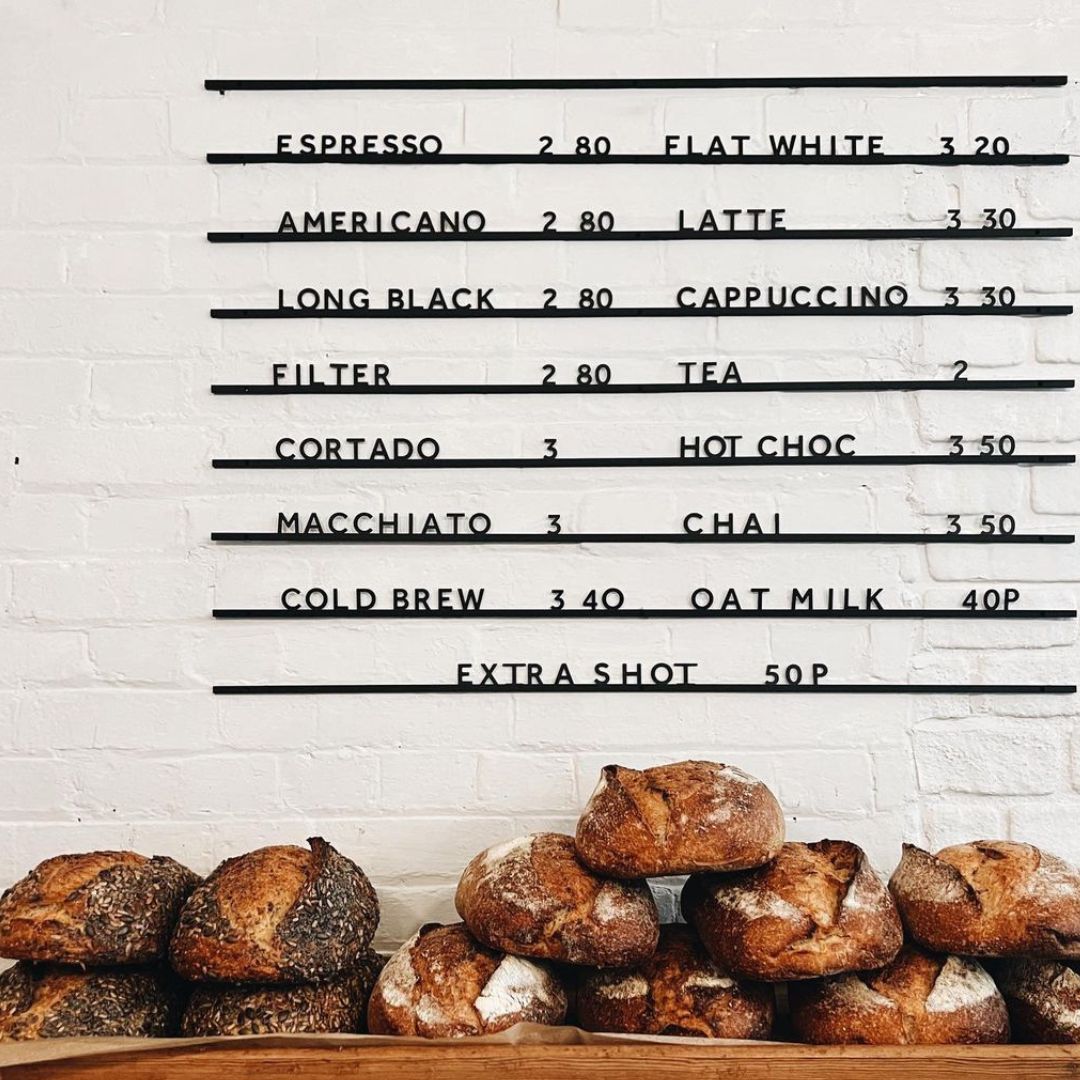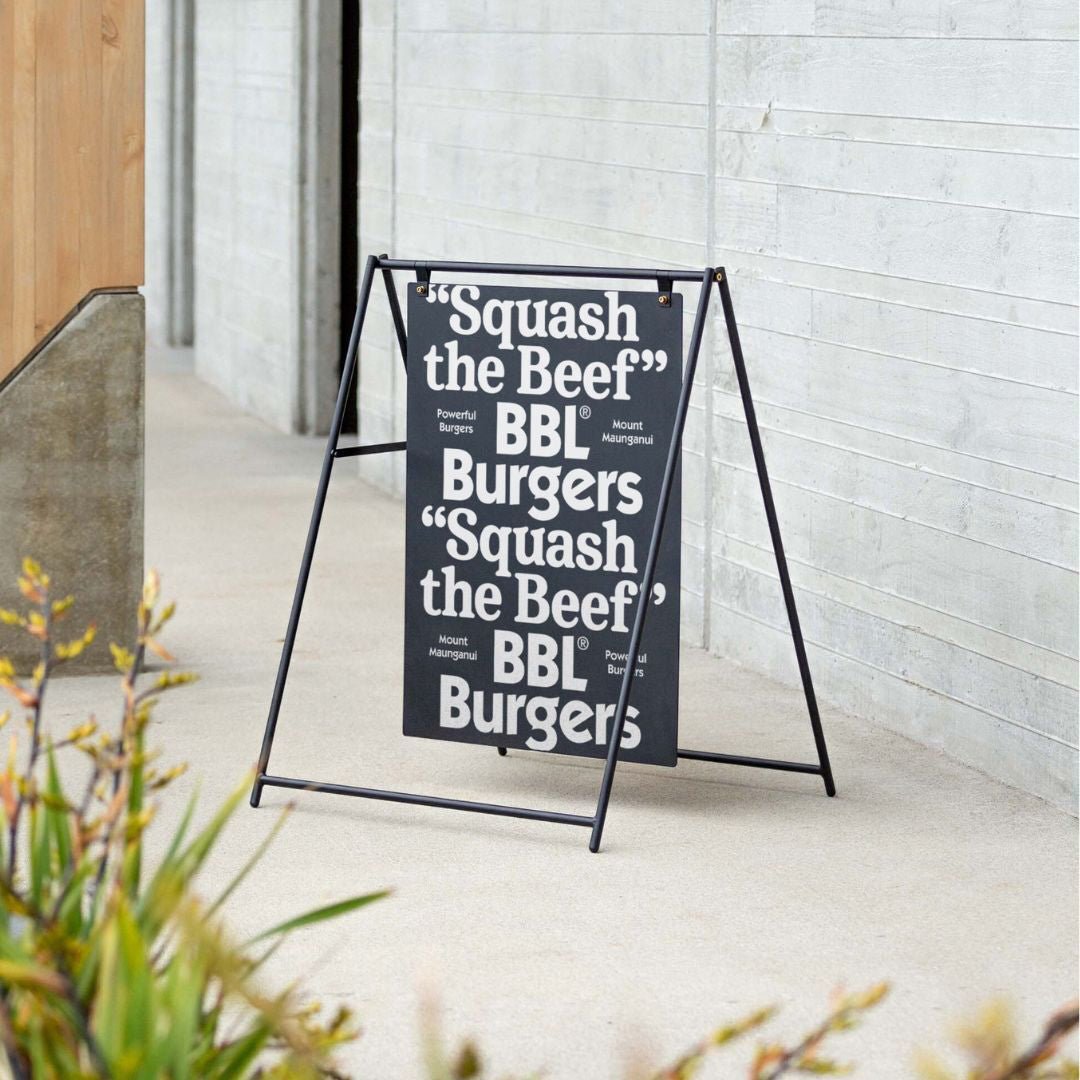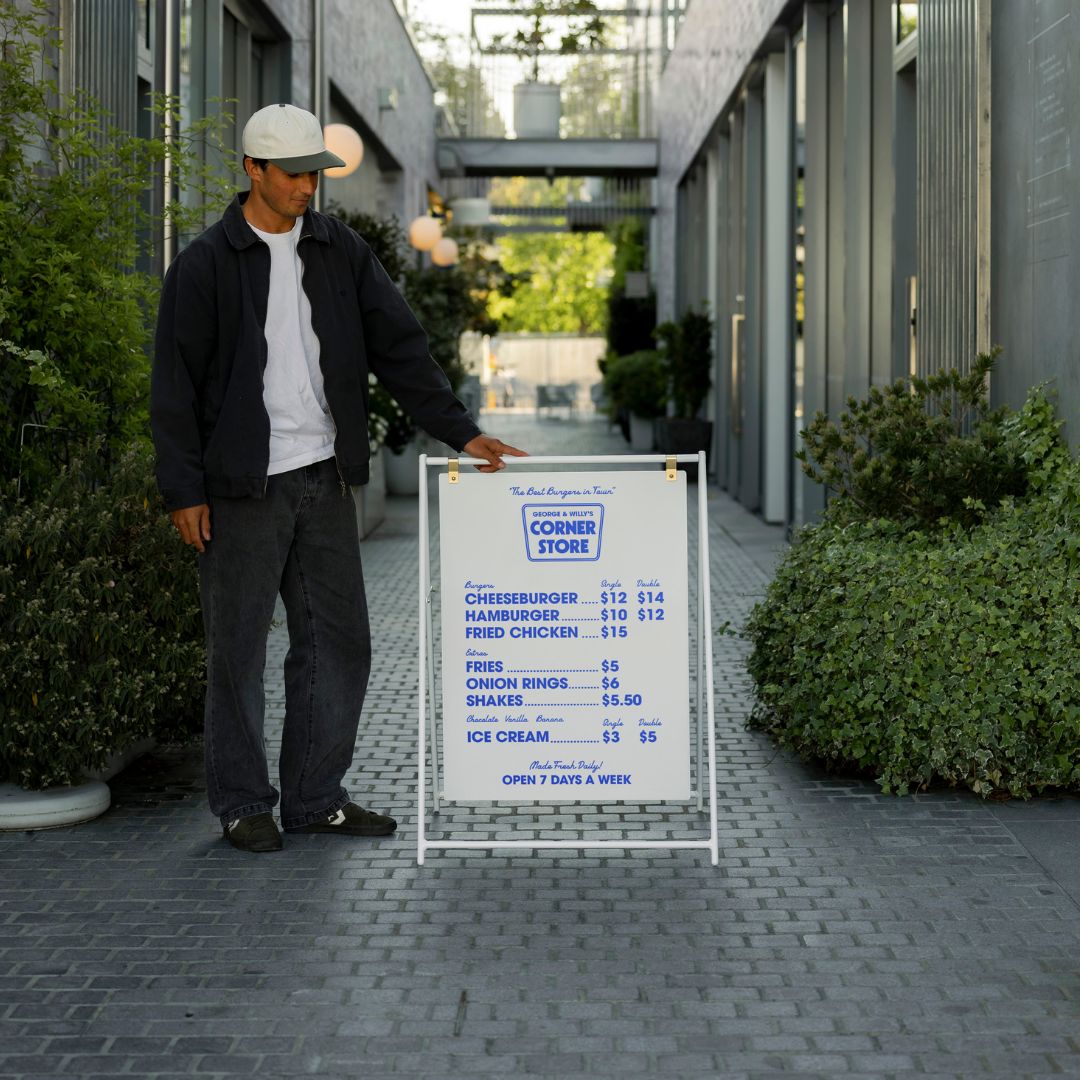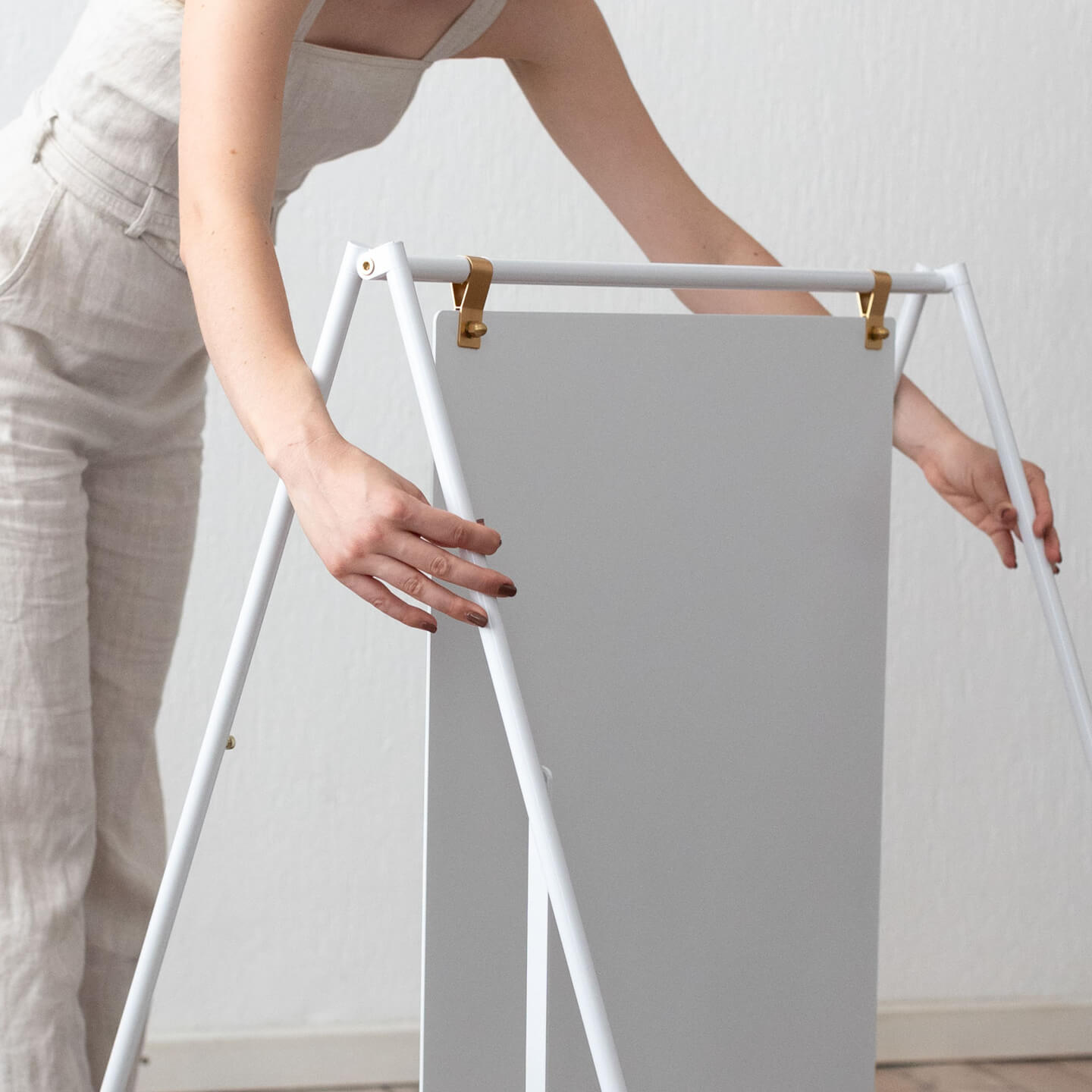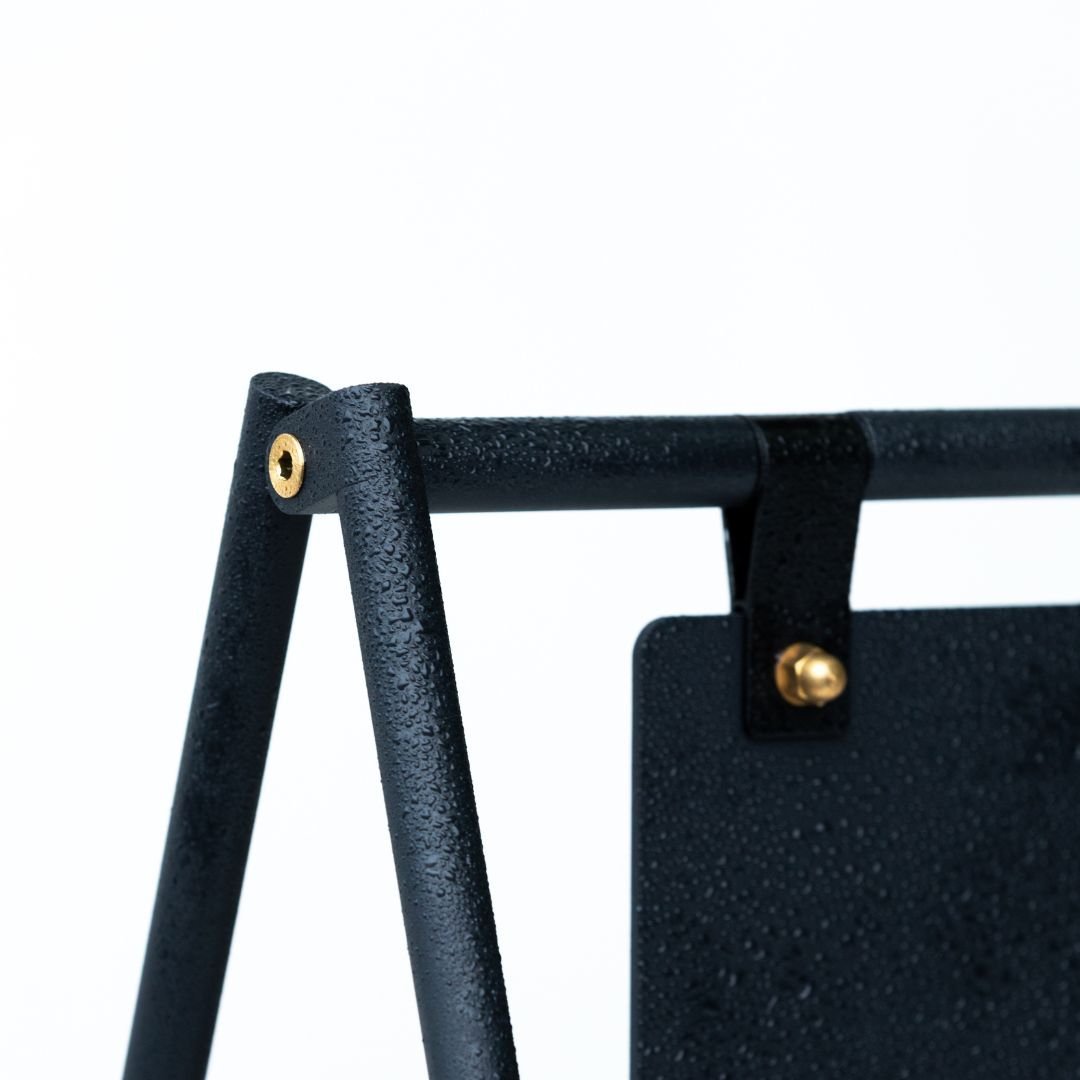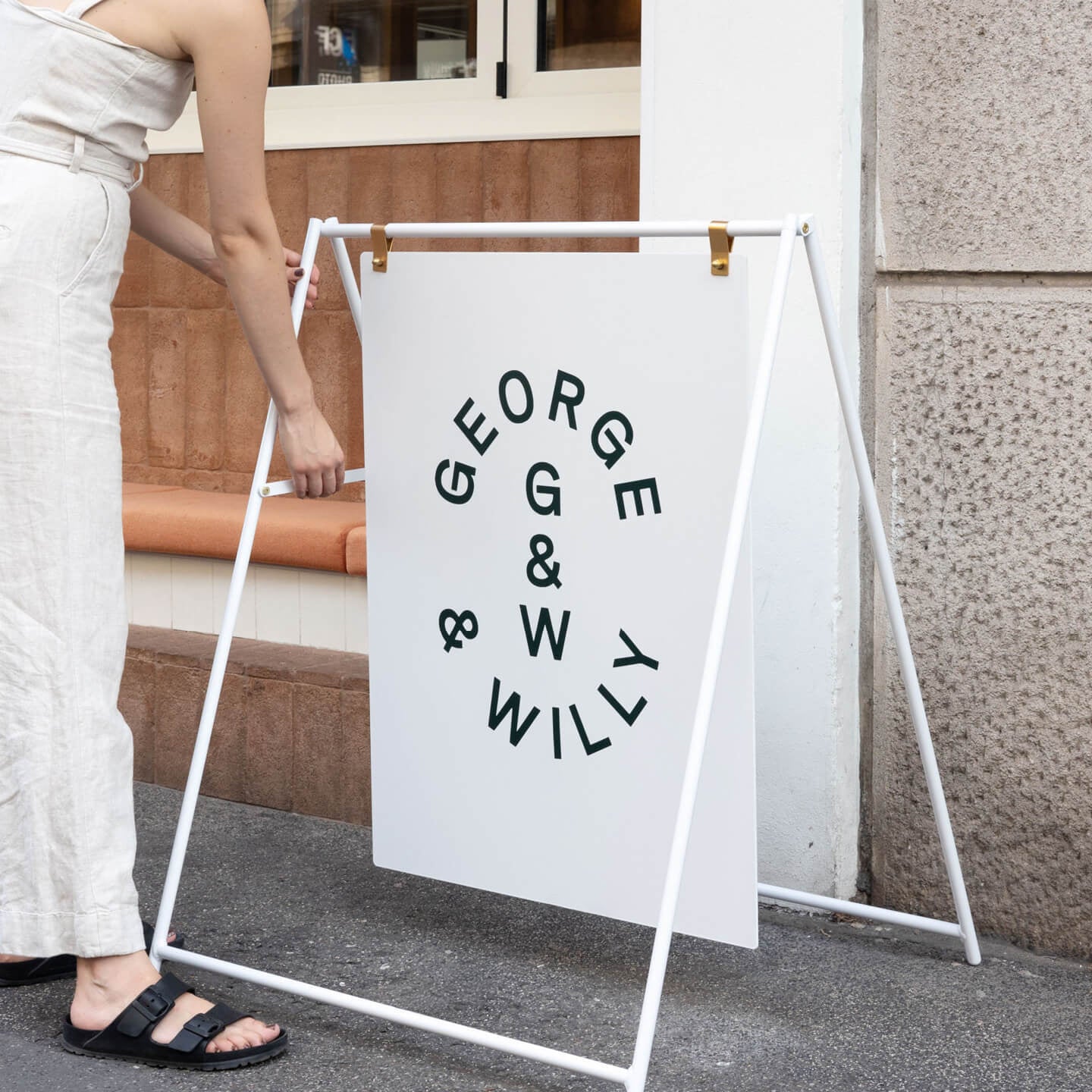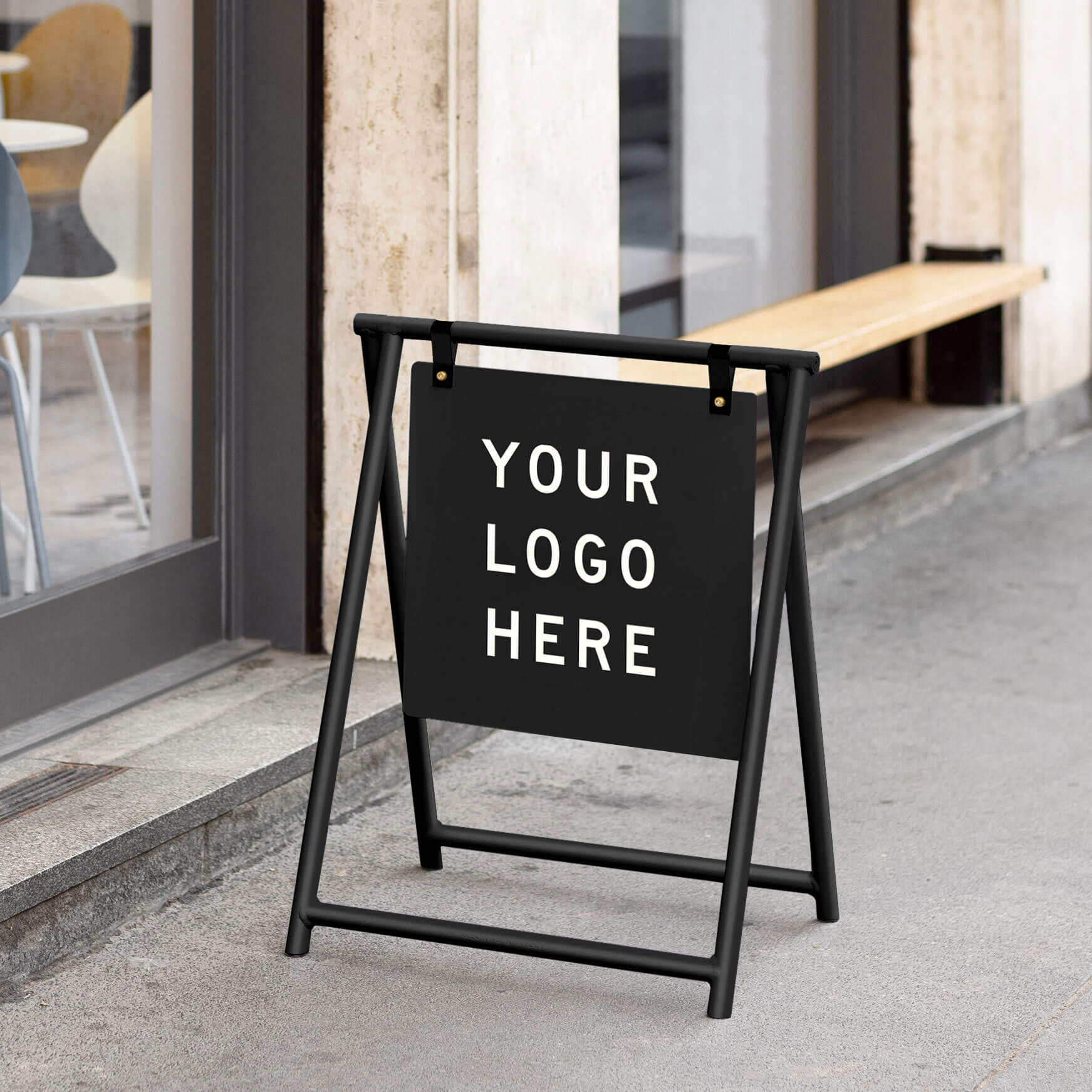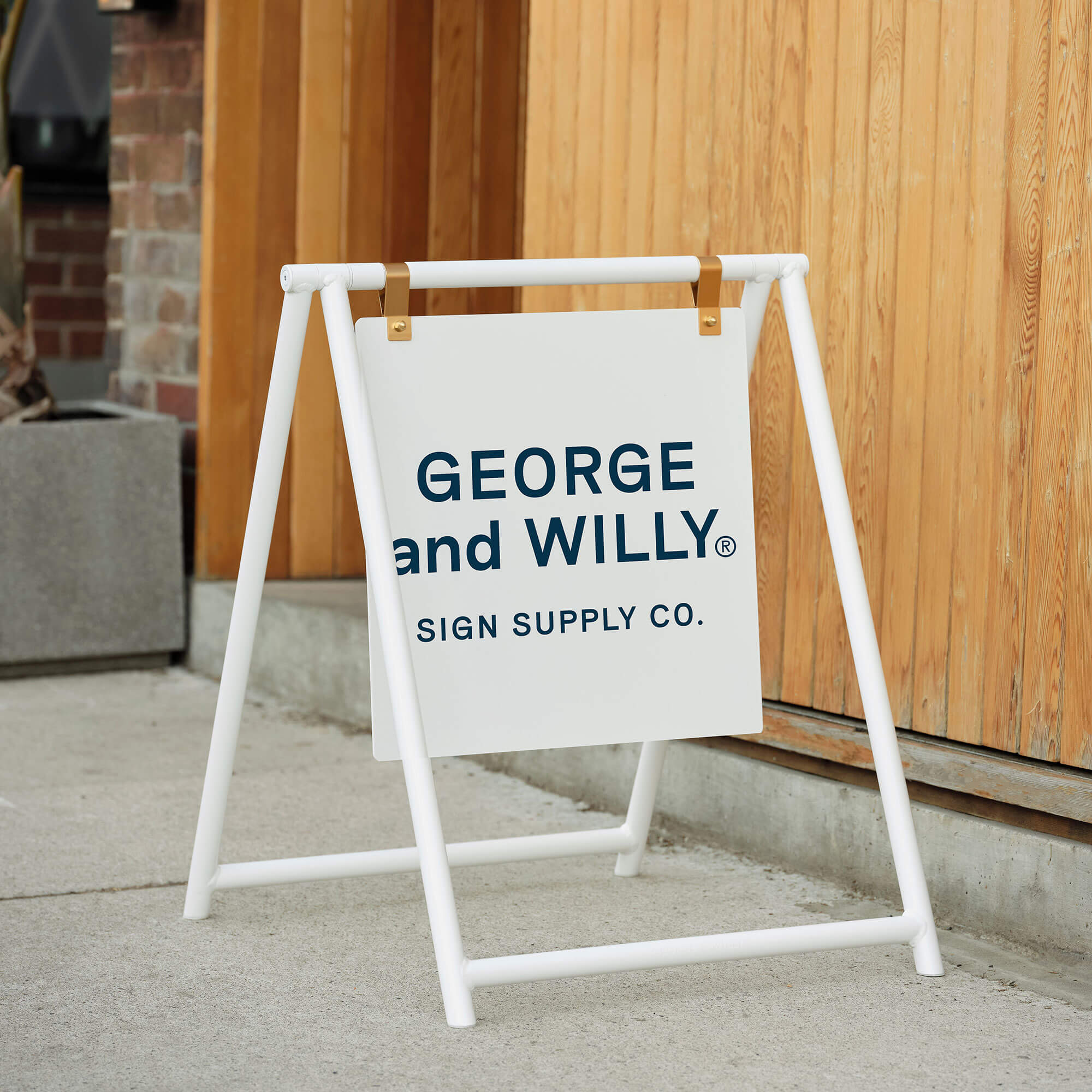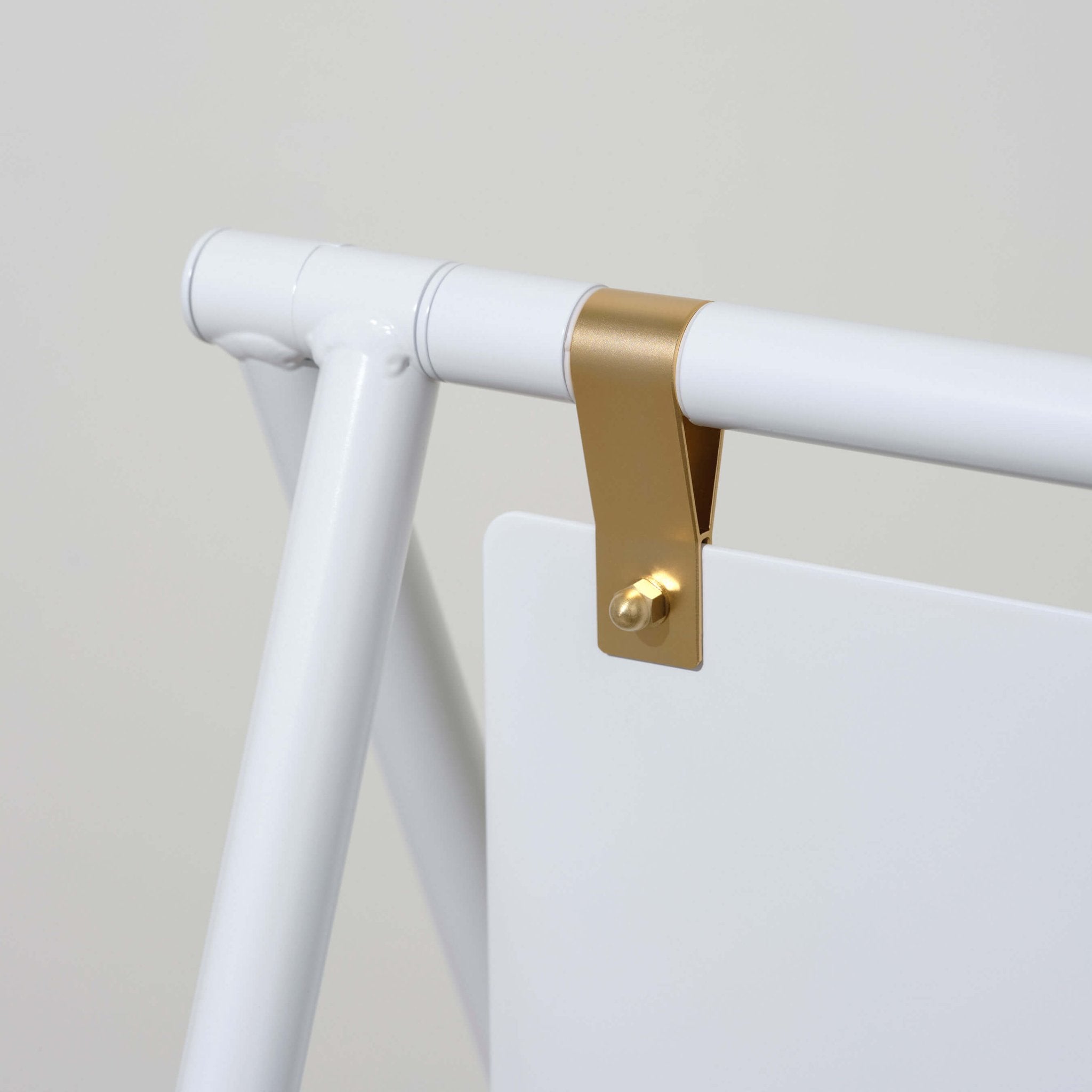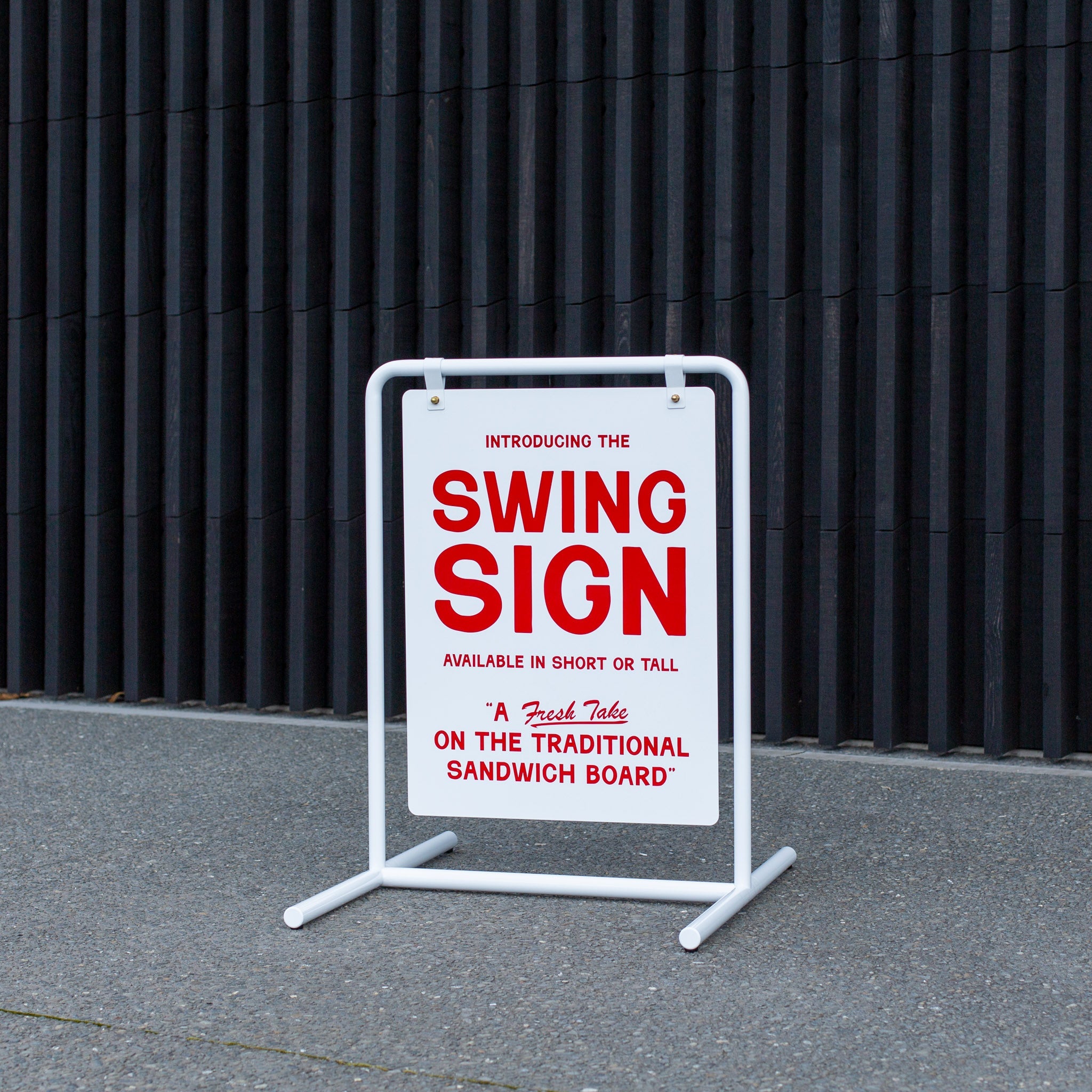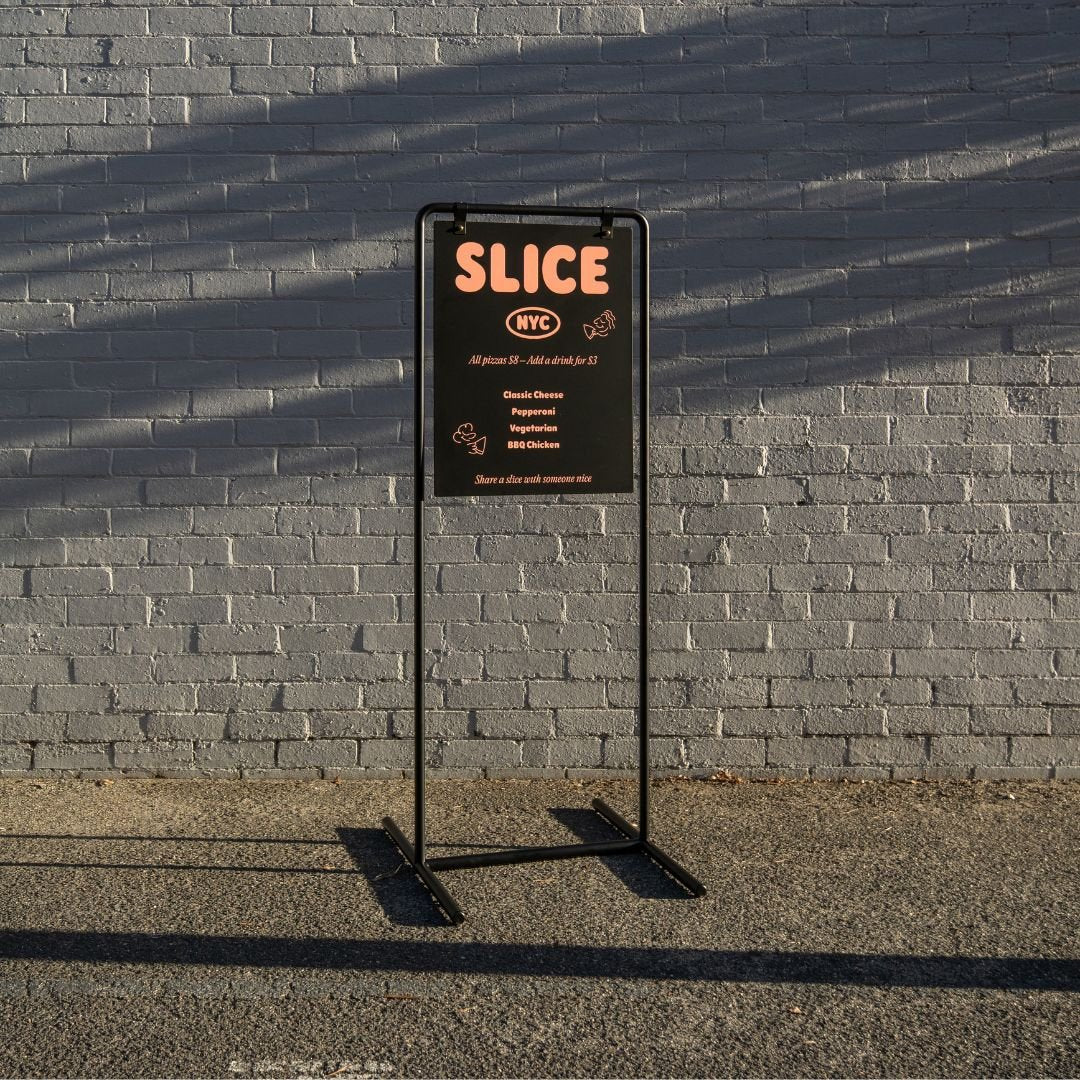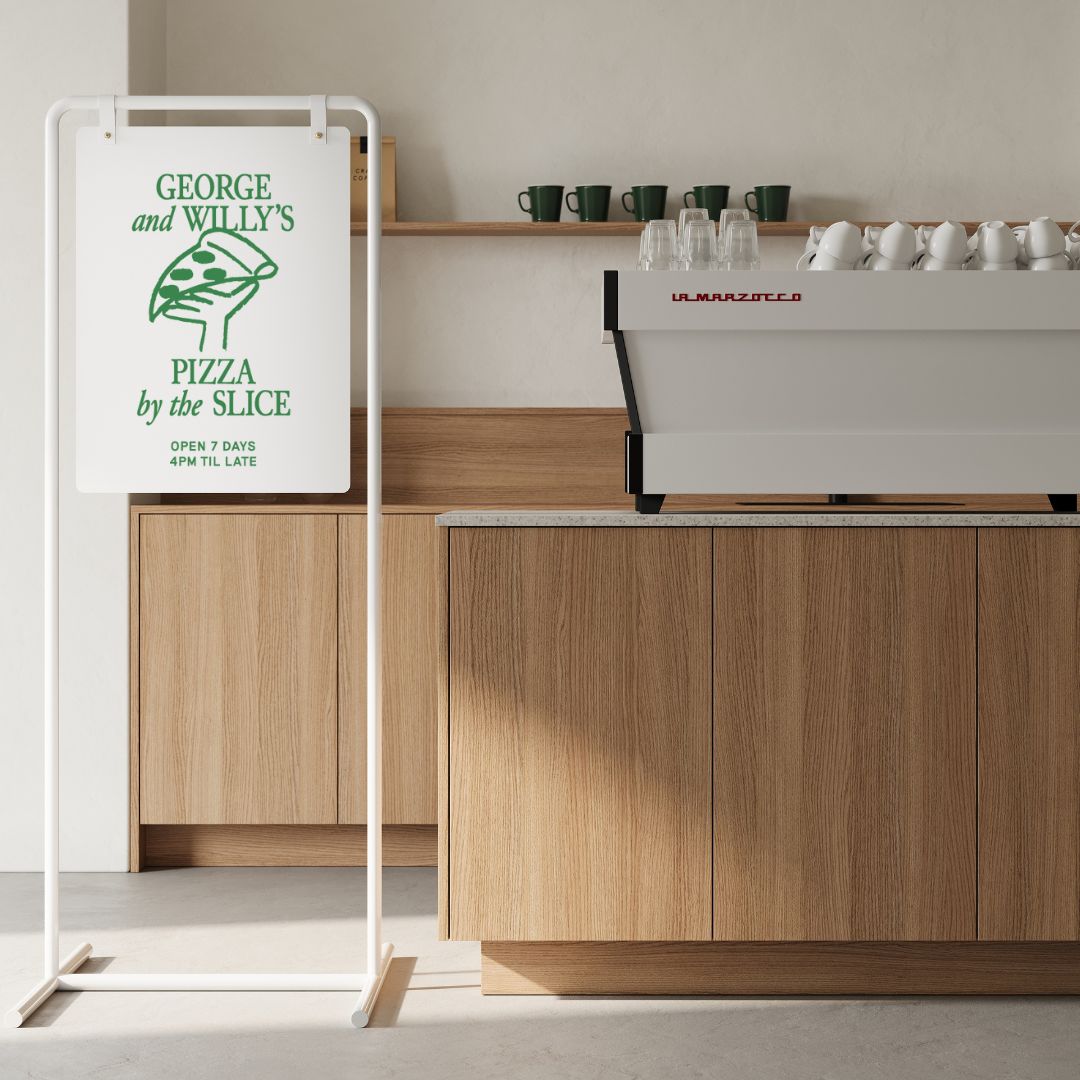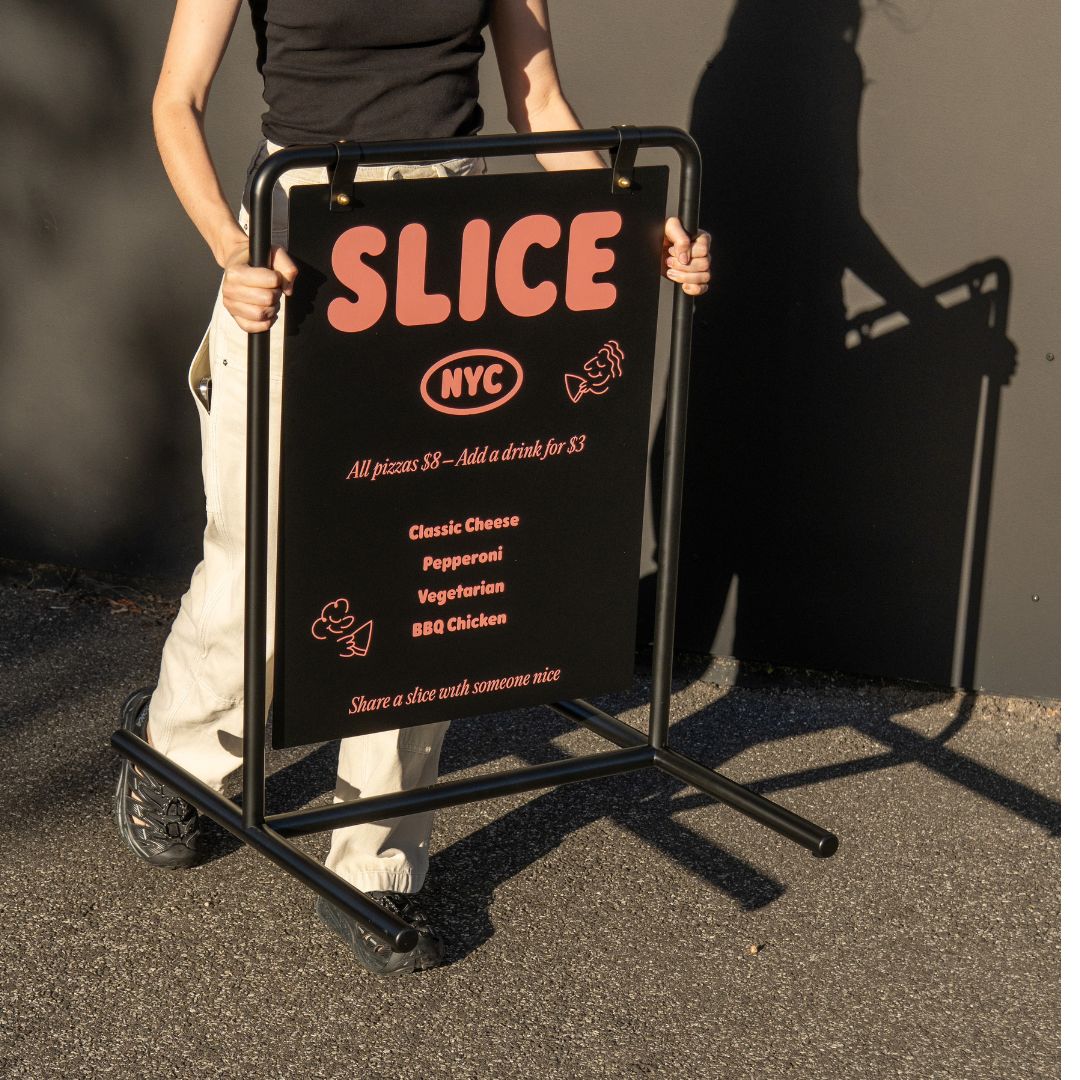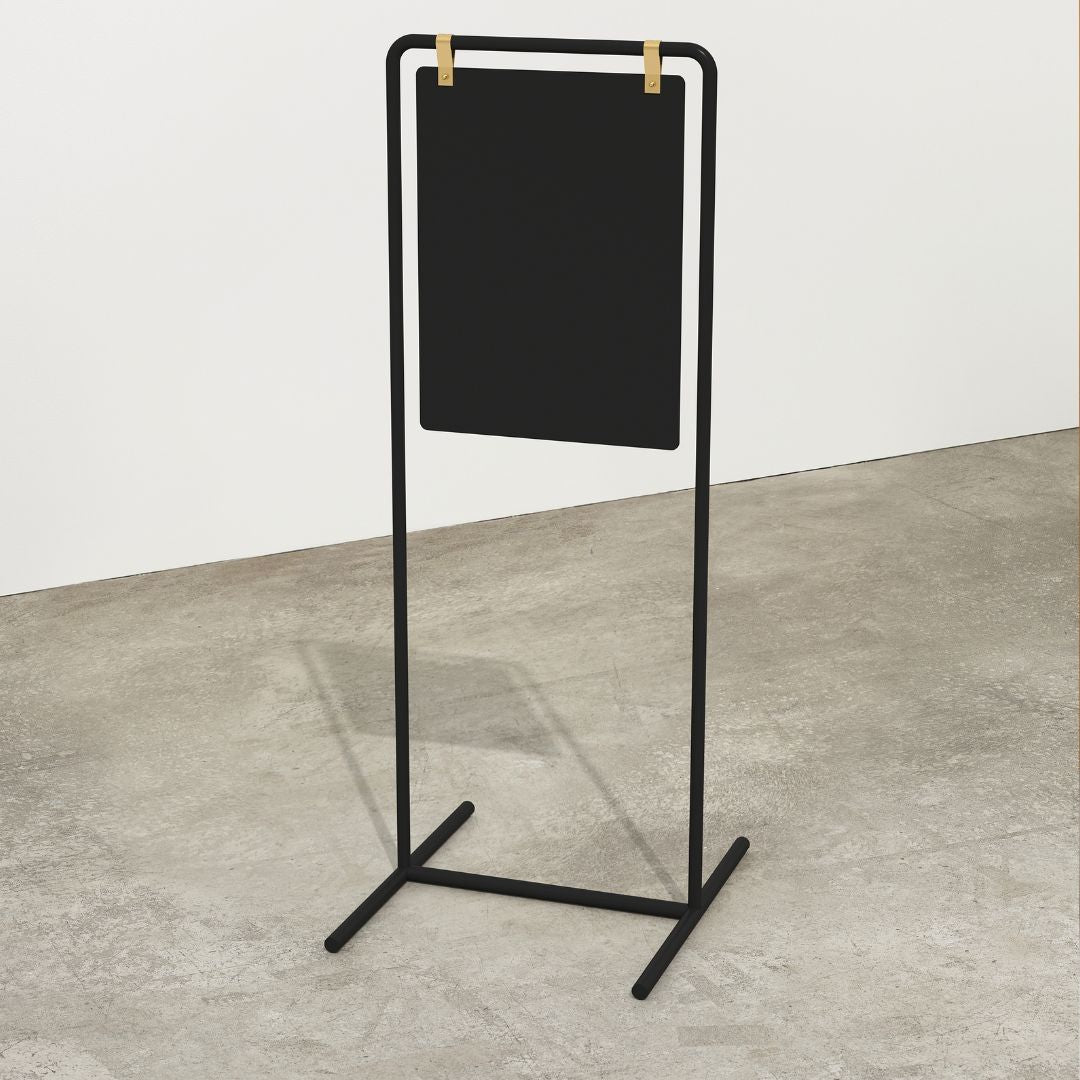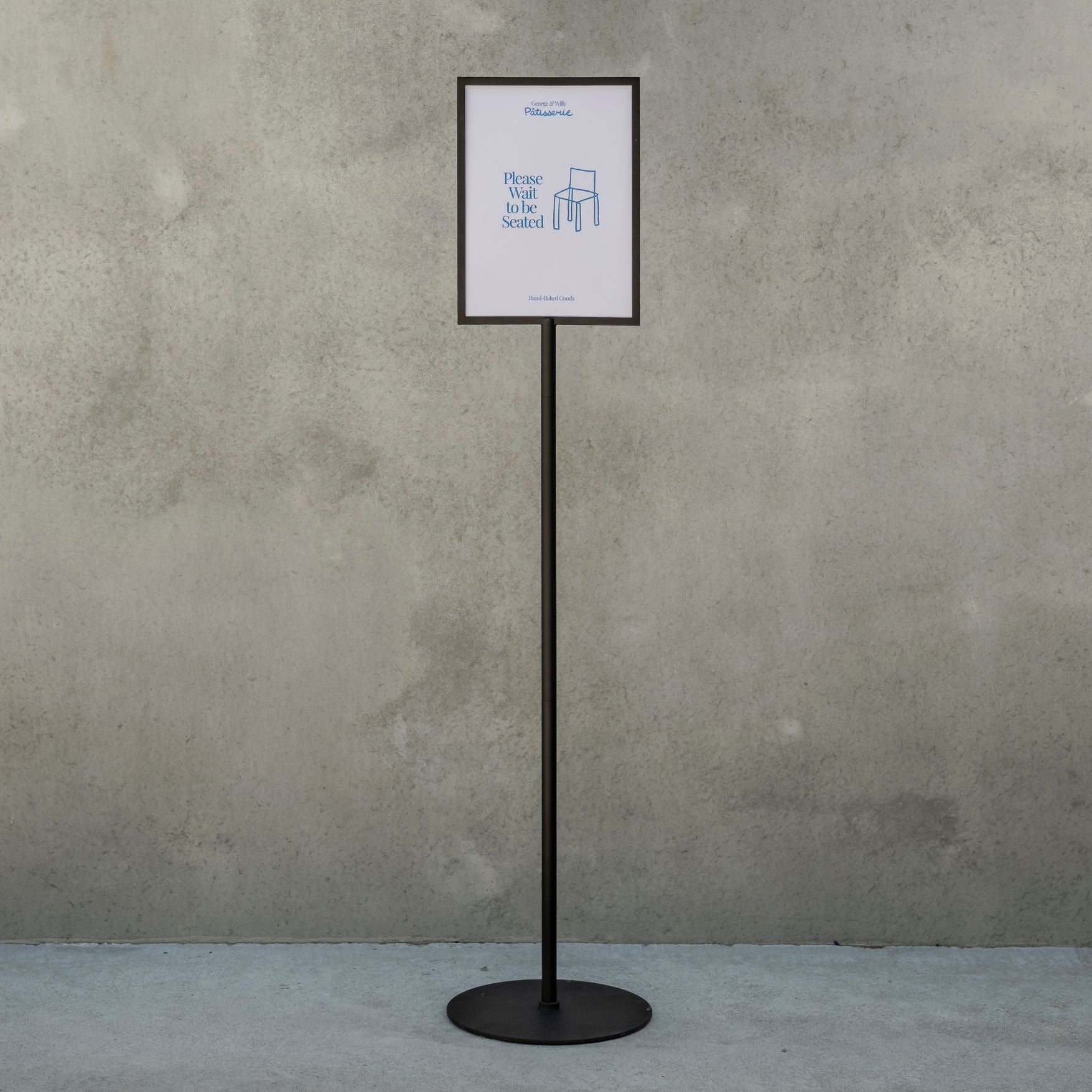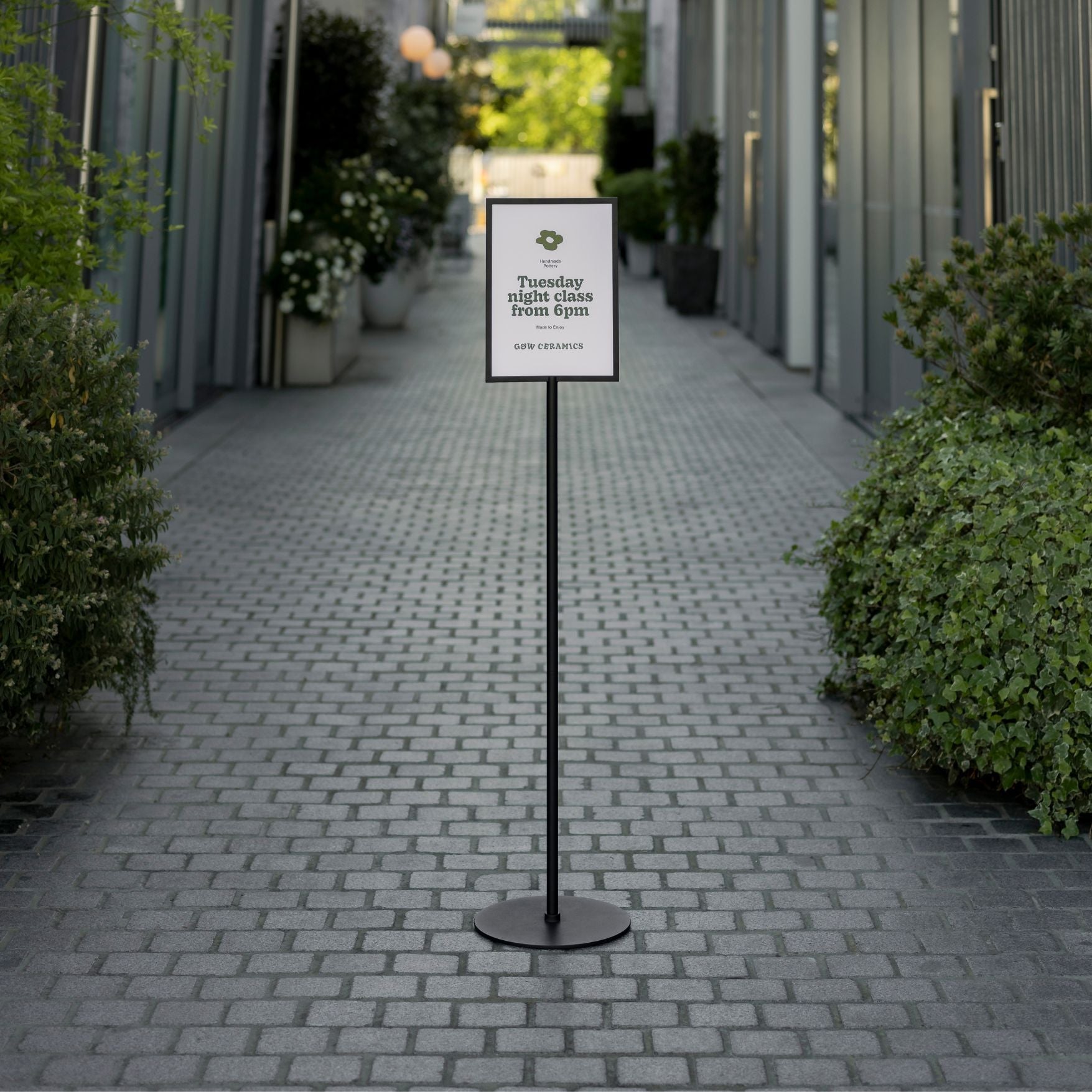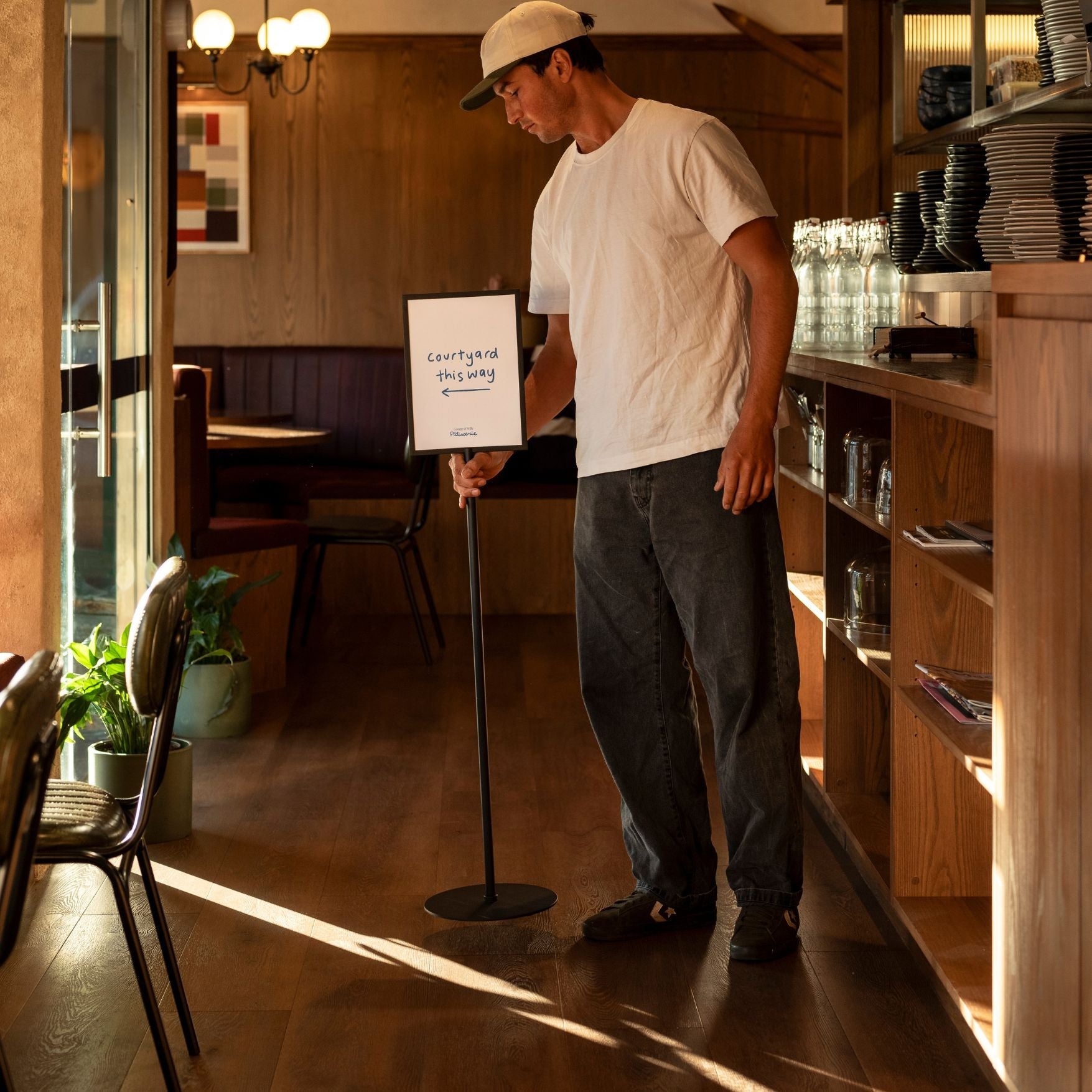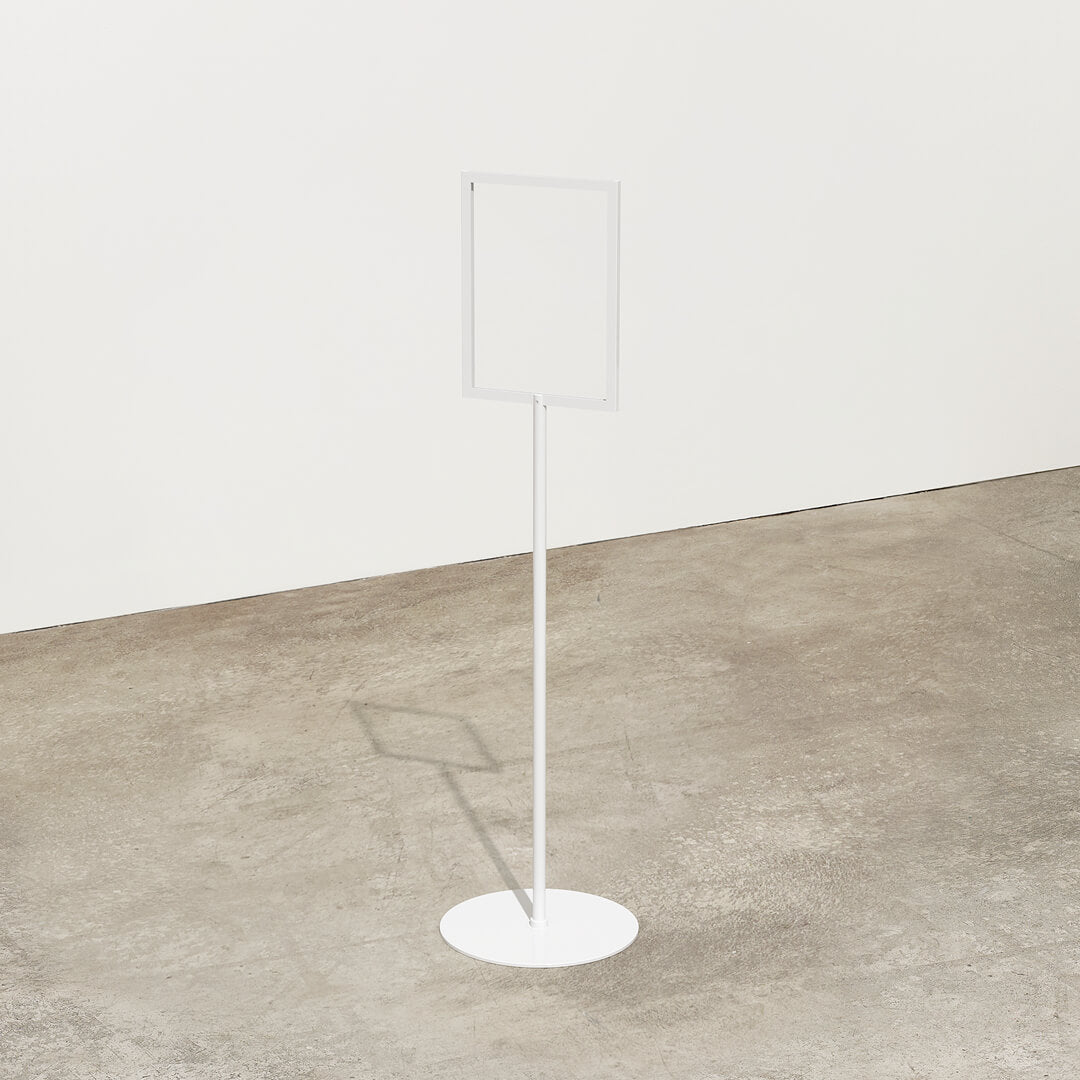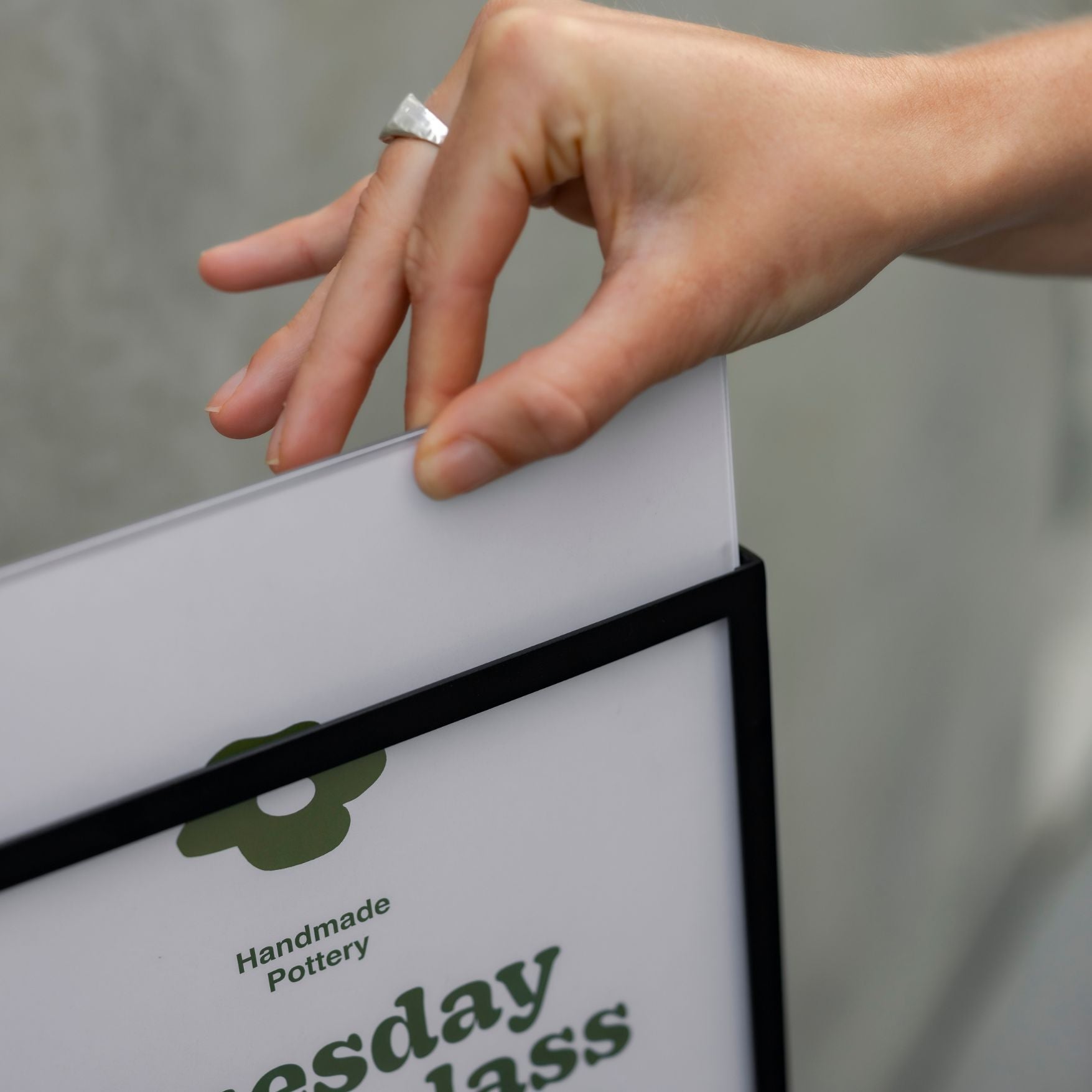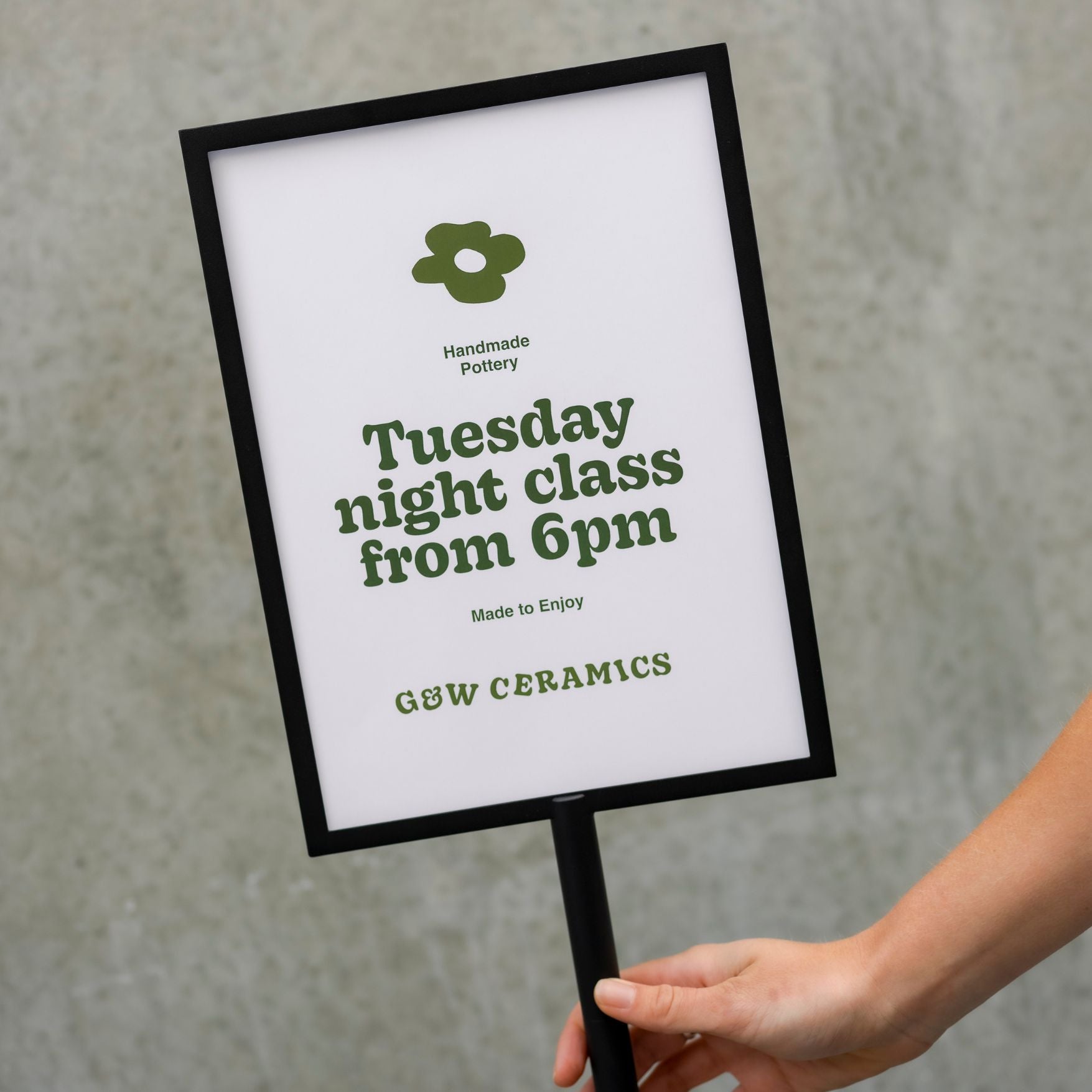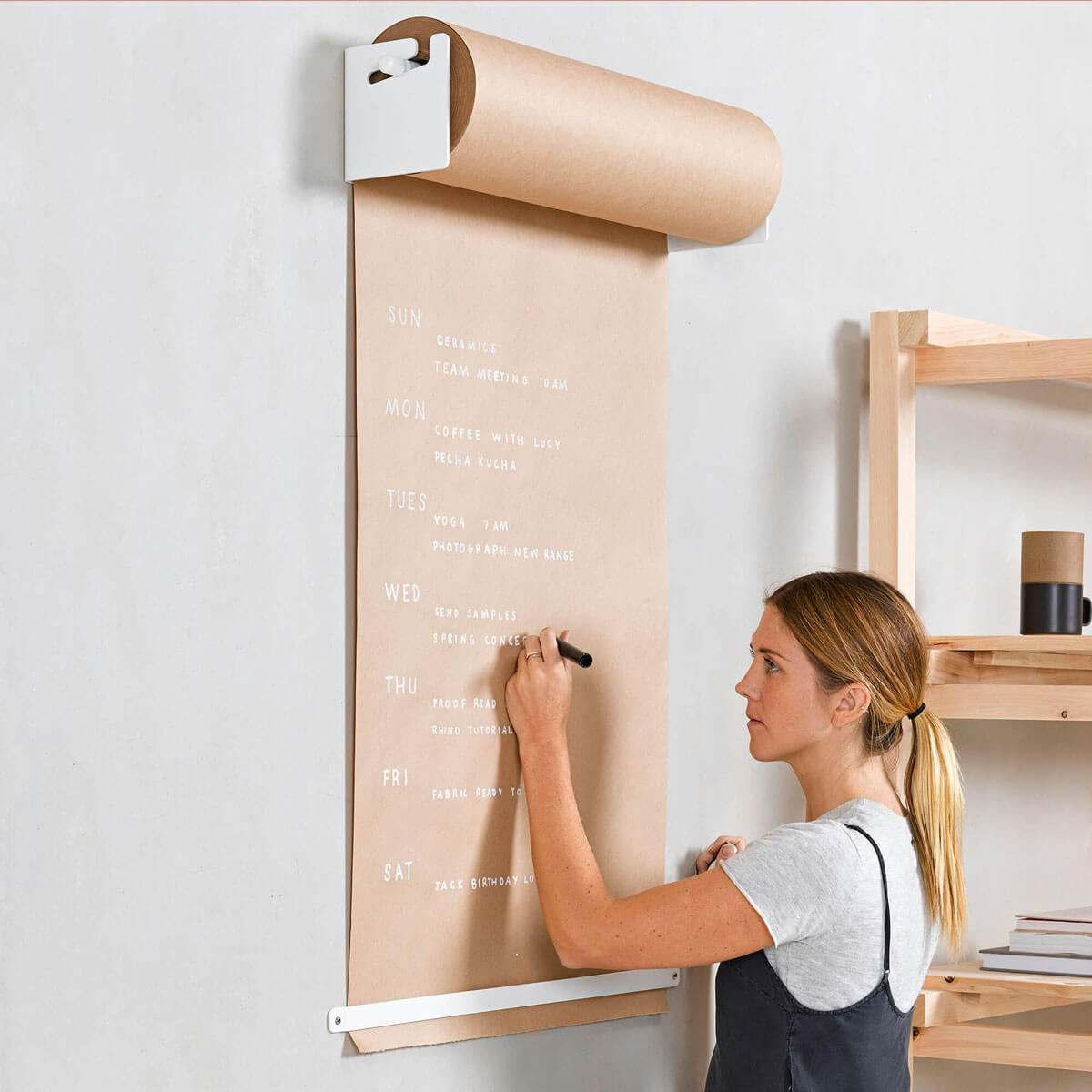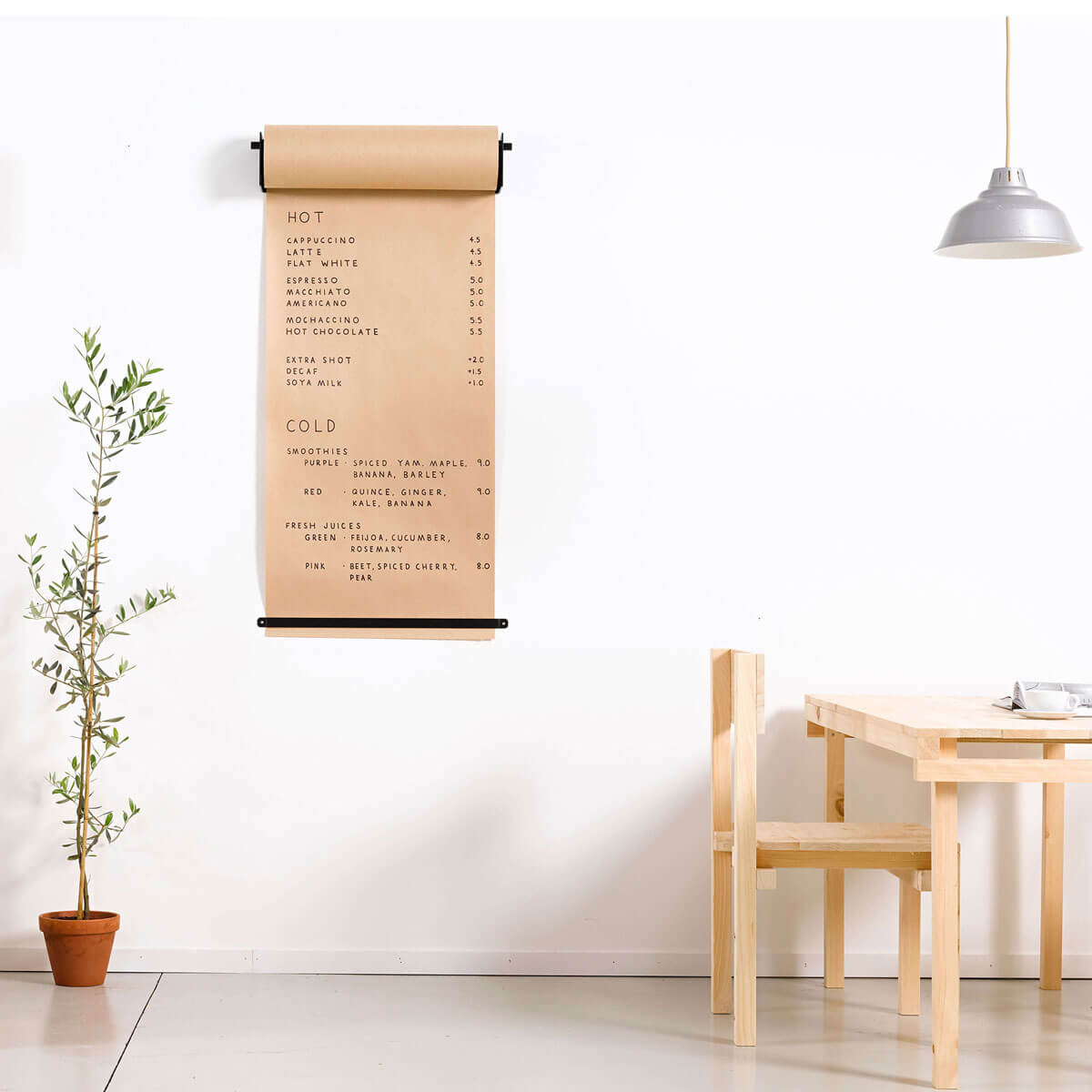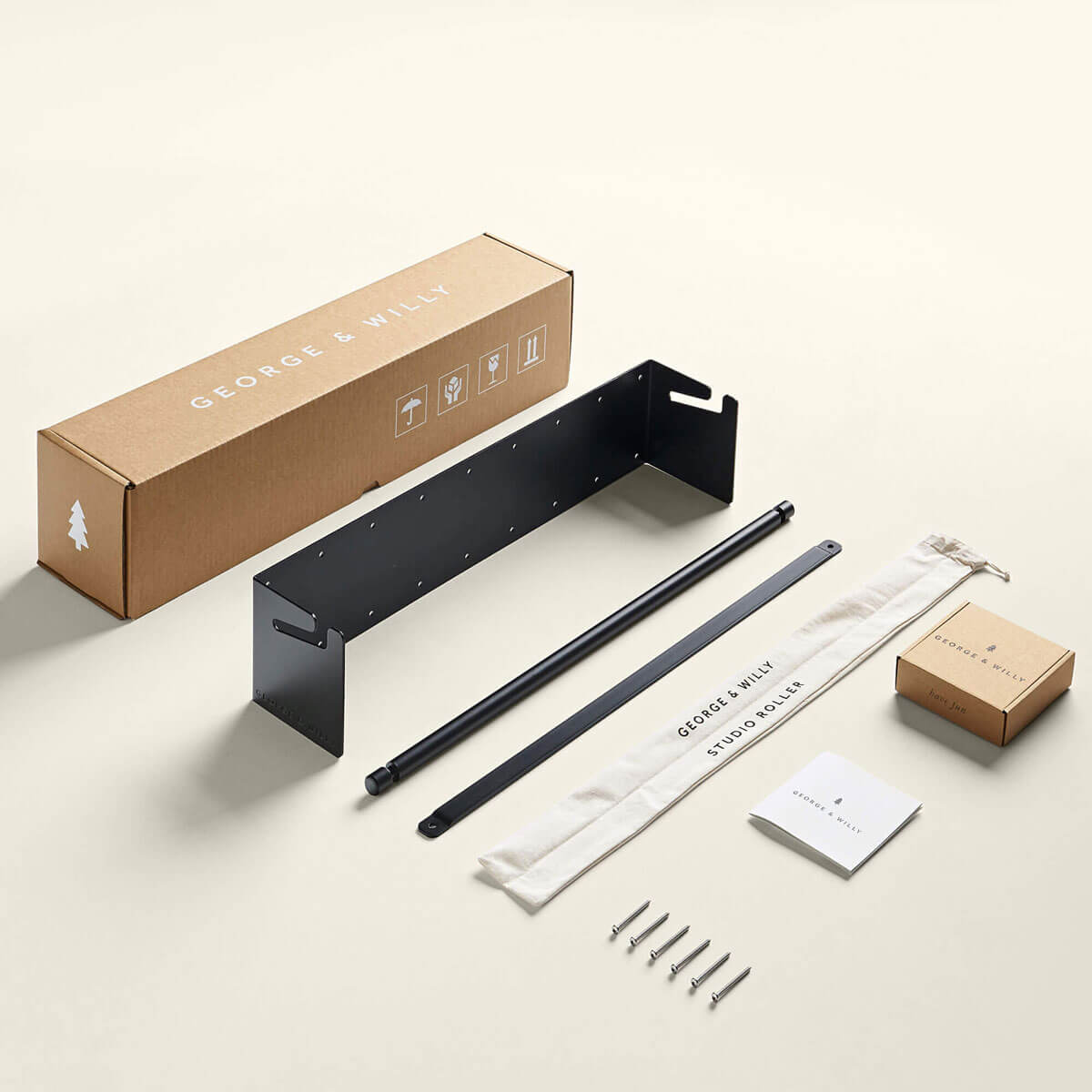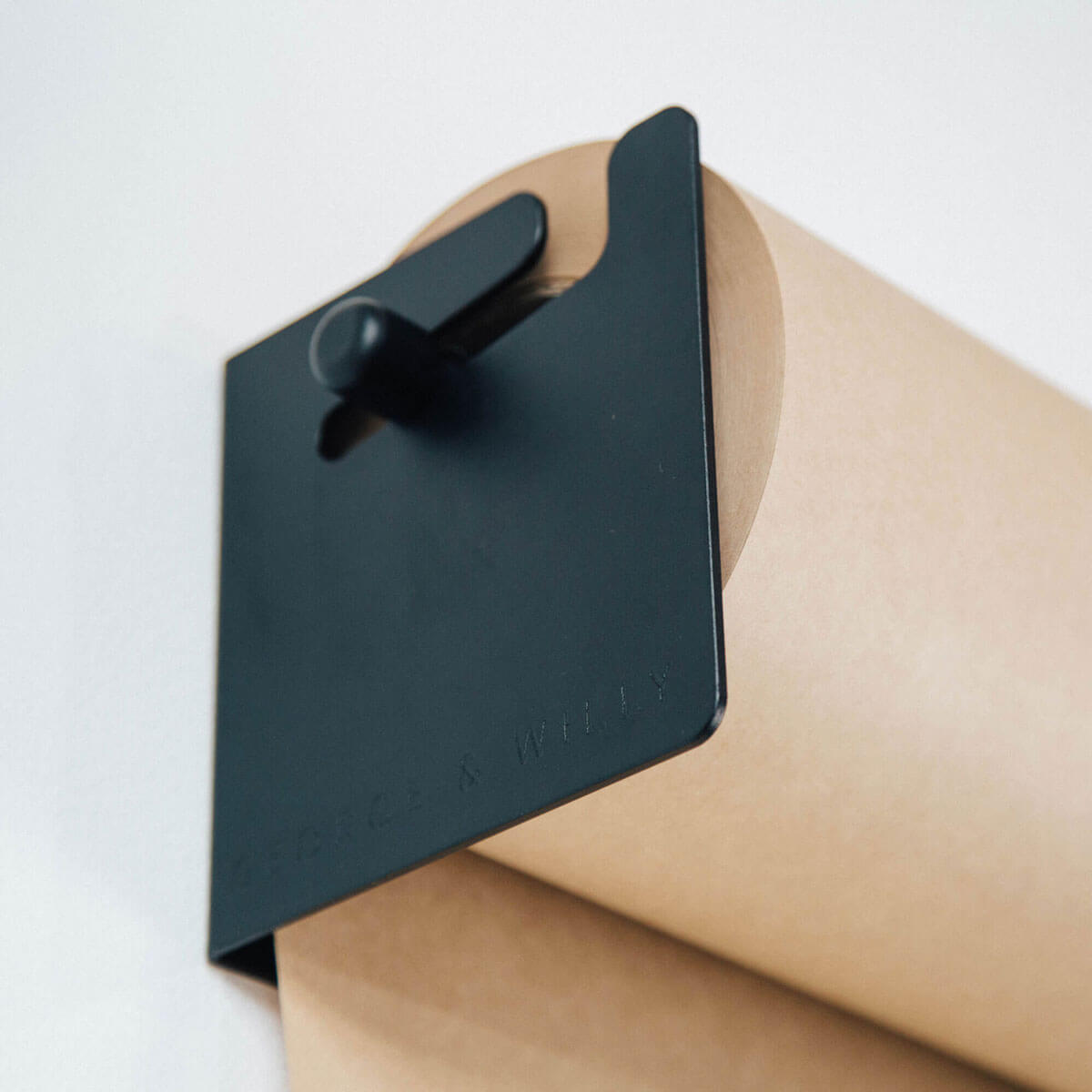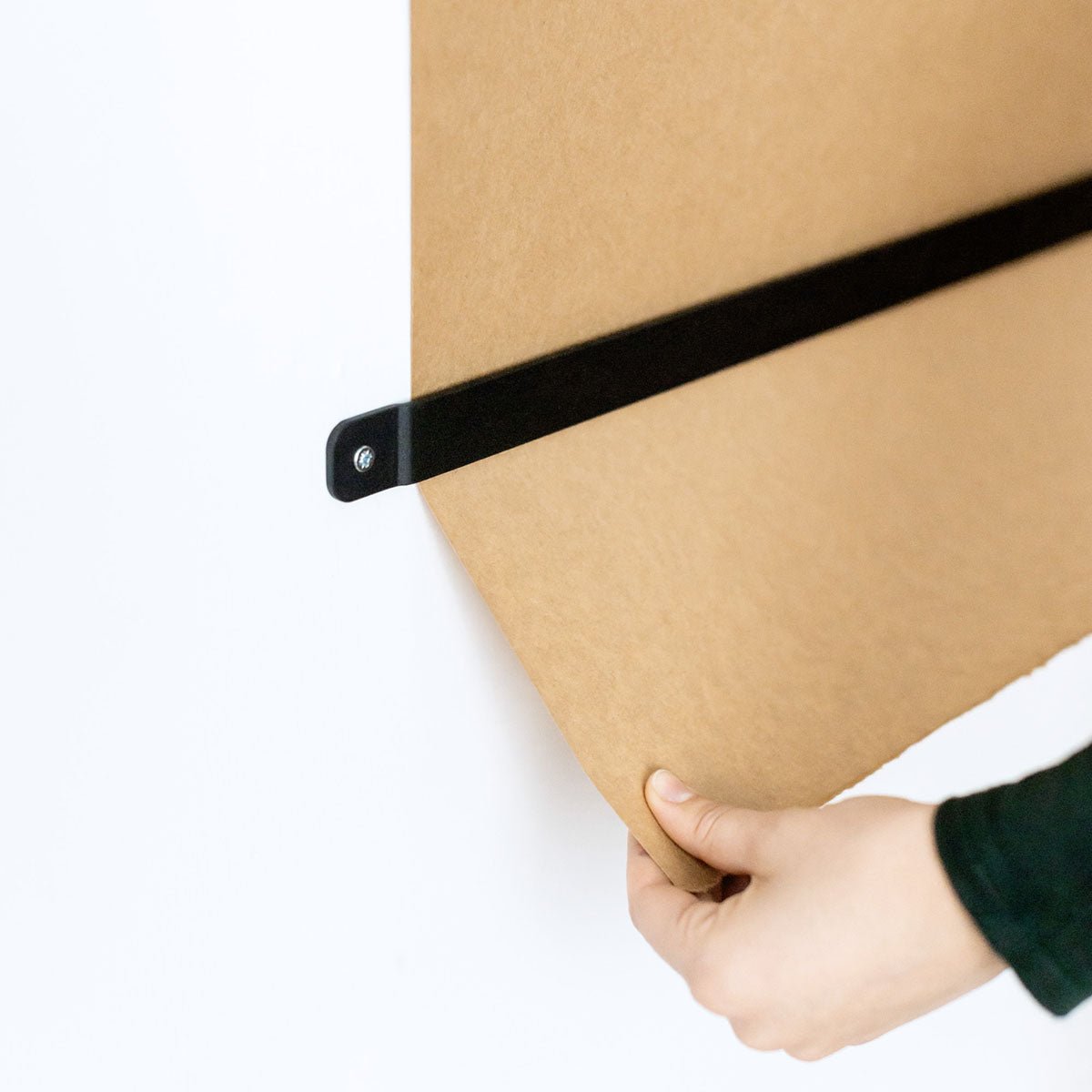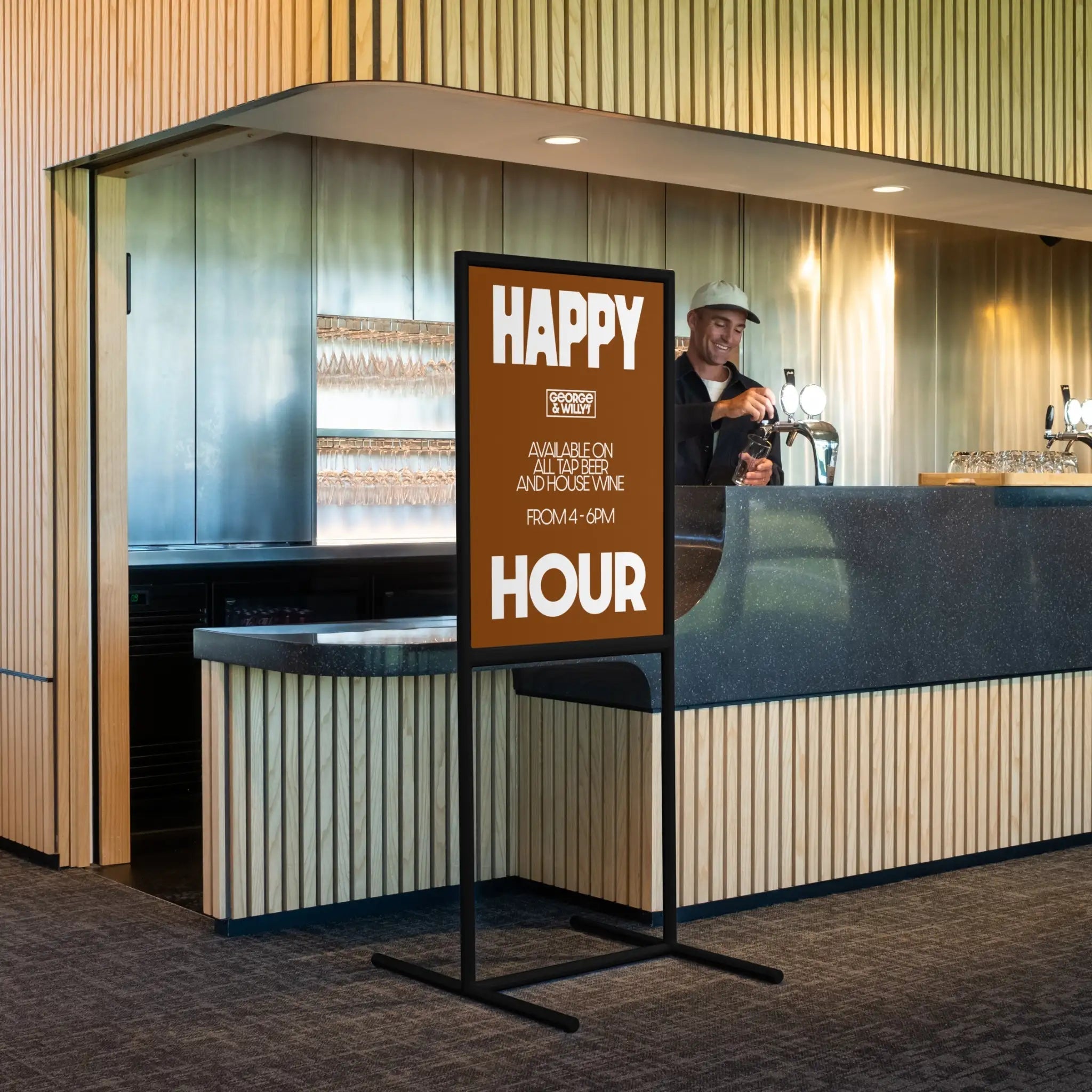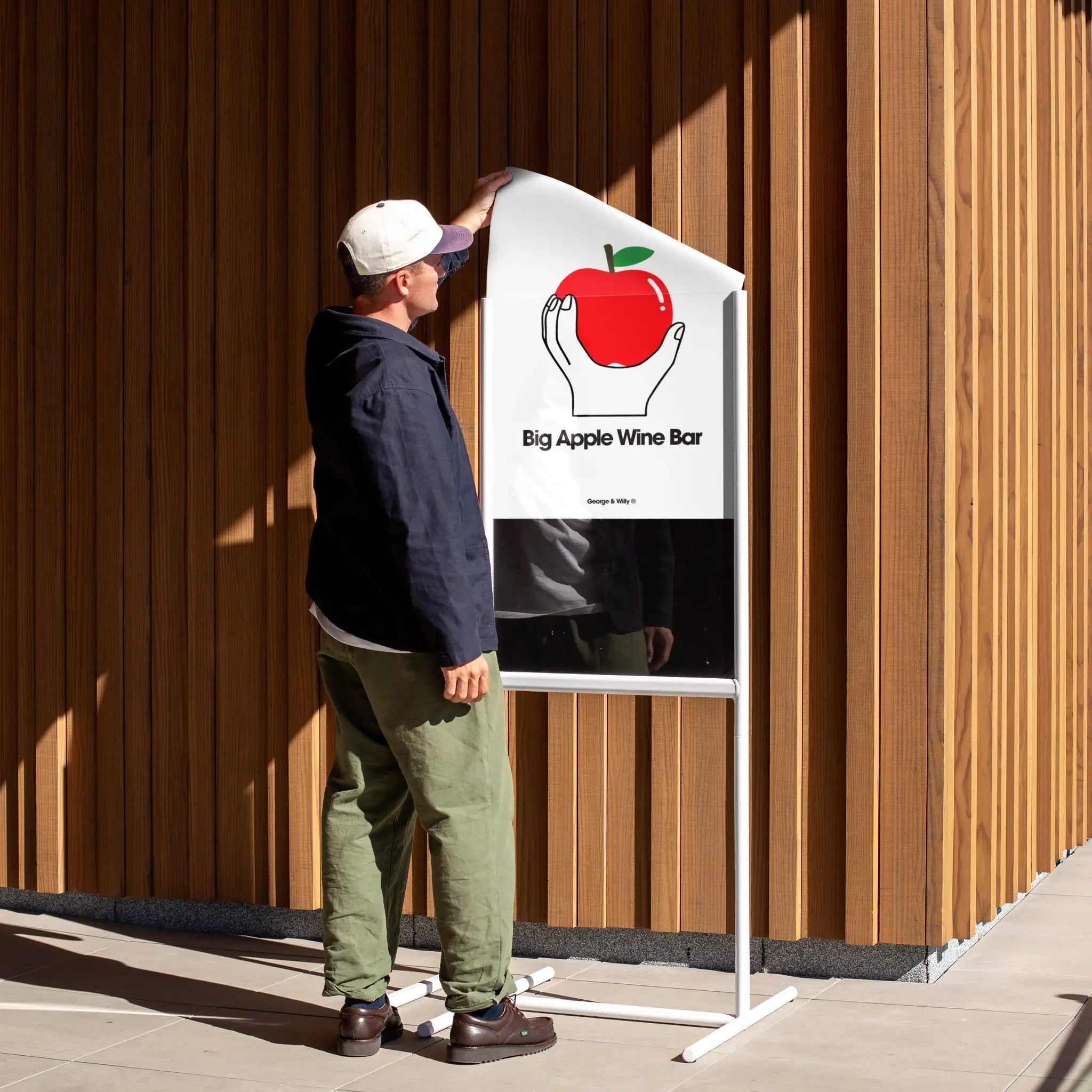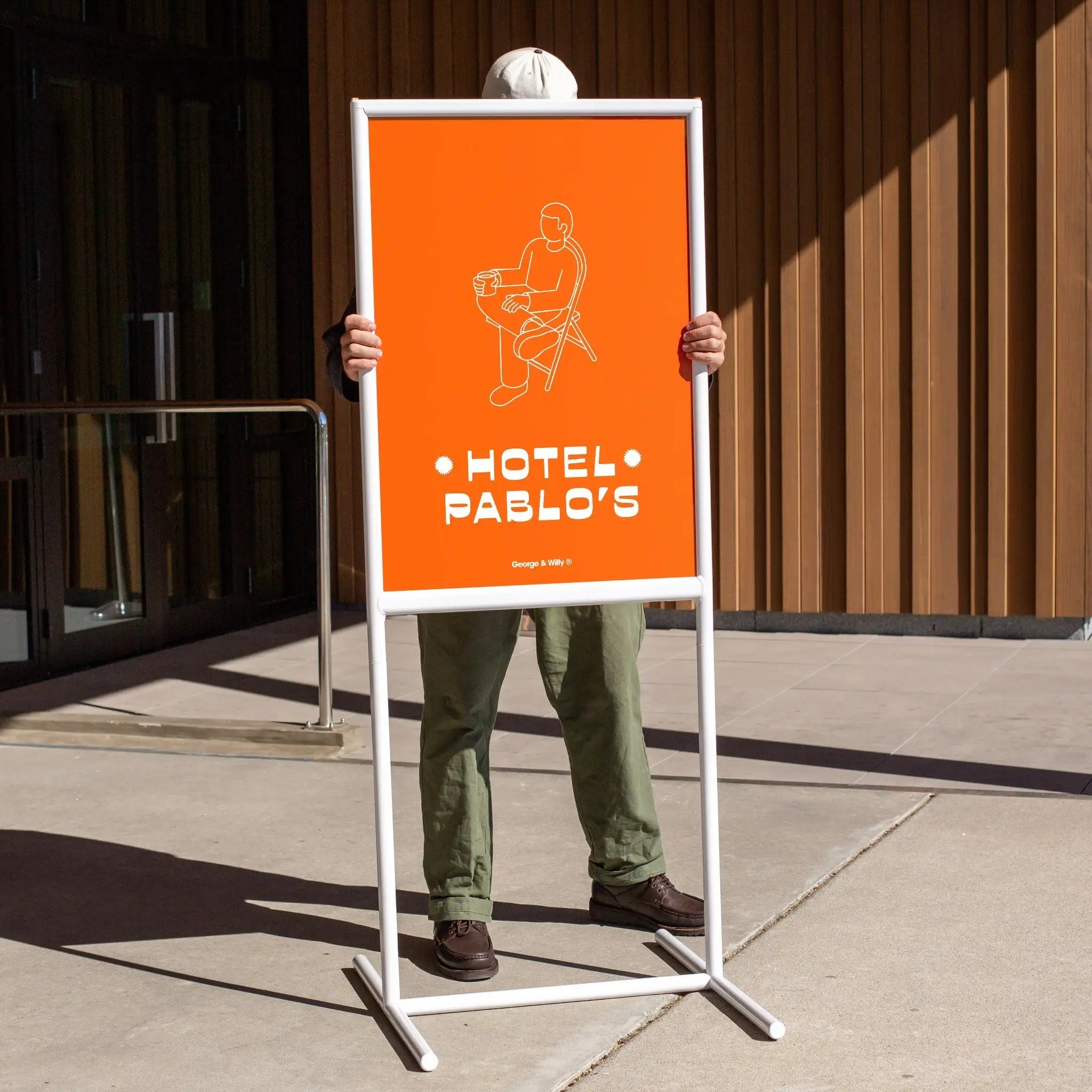Great signage is so much more than just a name on a door. It’s a powerful marketing tool, a first impression, and a constant reflection of your brand’s quality. Think about it, a well designed sign can directly influence customer behavior. In fact, one study found that a staggering 76% of people have entered a store they had never visited before simply because the sign caught their eye. The message is clear, investing in high quality custom office signs pays off with better brand recognition and a more professional atmosphere.
This guide explores how to choose and use custom office signs to elevate your workspace, from the front door to the conference room. We will cover the types of signs that make a difference, the best materials to use, and design principles that ensure your message is always clear and on brand.
The Power of a First Impression: Why Quality Signage Matters
Before a client ever shakes your hand, they see your signs. What story are they telling? More than two thirds of consumers believe the quality of a business’s signage reflects the quality of its products and services. A faded, flimsy, or poorly designed sign can subconsciously suggest that your work is subpar, while a clean, sturdy, and well crafted sign communicates professionalism and attention to detail.
This perception extends to your brand identity. Using consistent colors, fonts, and materials across all your custom office signs reinforces who you are. This consistency makes your business more recognizable, and research shows that color alone can boost brand recognition by up to 80%. Every sign, from the main lobby display to the small restroom plaque, is a touchpoint that builds familiarity and trust with your brand.
Types of Custom Office Signs to Transform Your Workspace
Creating a cohesive and navigable office environment requires a thoughtful mix of different sign types. Each plays a specific role in guiding visitors and reinforcing your brand identity.
Lobby and Reception Signs
This is your big hello. The lobby sign is often the first thing a visitor sees, so it needs to make a statement. It should clearly display your company name and logo, using materials and a design that perfectly capture your brand’s aesthetic. Whether it’s a sleek metal logo, a warm wooden plaque, or a minimalist Standing Round Sign for reception areas, this is a key piece of your custom office signs strategy.
Wayfinding and Directional Signs
Nothing is more frustrating for a visitor than feeling lost. Clear wayfinding and directional signs are essential for a positive experience. Perpendicular hallway markers like a Vertical Blade Sign are easy to spot from a distance. These signs guide people to meeting rooms, restrooms, departments, and exits, reducing confusion and making your space feel welcoming and intuitive. In larger spaces, an overhead directory such as a Ceiling Menu Board helps visitors orient themselves at a glance. Effective wayfinding signage shows you care about the visitor’s journey from the moment they arrive.
Door Signs and Name Plates
Door signs and name plates add a layer of personality and professionalism to individual offices and rooms. For desks and meeting rooms, small freestanding Counter Signs make temporary labels easy to update. They identify spaces like “Conference Room A” or “Human Resources” and can also be used for employee names. Using a consistent style for these smaller custom office signs helps tie the entire office’s look together.
ADA Compliant Signs
Accessibility is not just a legal requirement, it is a sign of an inclusive and considerate business. ADA (Americans with Disabilities Act) compliant signs feature specific elements like tactile text, braille, and non glare finishes to ensure they are readable for everyone. Incorporating ADA compliant designs into your suite of custom office signs is crucial for public facing spaces.
Choosing the Right Materials for Your Signs
The material of your sign is just as important as its design. It impacts durability, aesthetics, and the overall perception of your brand.
Investing in high quality, durable materials is essential, especially for any signs that face the elements or high traffic. For example, outdoor metal signs should ideally be made from aluminum, which is naturally corrosion resistant and does not rust when exposed to moisture. A good example is the Round Outdoor Shop Sign, a powder-coated aluminum sign designed for exterior use. A sturdy, well made sign communicates reliability before a customer even walks in.
Many modern offices lean towards materials that are both beautiful and long lasting:
Powder Coated Aluminum: This is a fantastic choice for both indoor and outdoor custom office signs. It is lightweight, incredibly durable, resists chipping and fading, and its rust resistant properties ensure it looks great for years.
Wood: For a warmer, more natural, or rustic aesthetic, sustainably sourced wood is an excellent option. It adds a touch of organic elegance to any space.
Steel and Brass: For smaller details or a more industrial look, stainless steel or brass accents provide a premium feel and lasting strength.
Choosing premium materials might have a higher upfront cost, but it saves you money on replacements and repairs down the line while continuously reflecting the quality of your brand.
Design Principles for Effective Office Signage
A beautiful sign is useless if no one can read it. Effective design is rooted in clarity and simplicity.
Readability is King
Your signs should be legible at a glance. If you need to update messages often, a Magnetic Letter Menu Board keeps text high-contrast and readable while allowing quick changes. This means choosing clear fonts, high contrast colors (like black on white or vice versa), and a letter size appropriate for the viewing distance. According to one survey, a massive 83% of people said that easily readable text is an essential feature of good signage. Keep your message concise. A sign with a few clear words will always be more effective than one cluttered with too much information.
Strategic Placement and Lighting
Where you put your sign matters. Position signs at eye level or slightly higher, oriented toward the natural flow of traffic. At entrances or along corridors, a perpendicular Flag Sign captures sightlines from both directions. An often overlooked element is lighting. A well lit sign works for you 24/7, even after office hours, acting as a constant brand billboard. Poor lighting can make your message disappear, with studies showing that about 64% of shoppers have trouble reading signs in dim conditions.
Consistency Across All Touchpoints
Every sign should feel like it’s part of the same family. Maintaining a unified look conveys professionalism and builds a strong, memorable brand identity. In fact, the impact is so strong that three out of four shoppers have told someone about a business based purely on its signage. Your suite of custom office signs should tell a cohesive story about your business.
The George & Willy Approach to Signage
Finding custom office signs that are well designed, durable, and cohesive can be a challenge. At George & Willy, we create simple, thoughtful display products that help creative brands do better business. Our philosophy is built on timeless simplicity, with products that blend into nearly any aesthetic while elevating the space.
We focus on premium, weather resistant materials like powder coated aluminum and sustainably sourced wood, ensuring your investment lasts. While we don’t offer custom printing, our products are designed as a beautiful blank canvas. You can easily have a local signwriter apply your own vinyl branding for a fully custom look without the long lead times of custom fabrication. For cohesive and beautifully crafted hardware to build your custom office signs upon, explore the George & Willy collection.
Frequently Asked Questions about Custom Office Signs
1. What are the most important types of office signs?
The most critical signs are your main lobby or reception sign for brand identity, wayfinding signs for navigation, and ADA compliant signs for accessibility and legal compliance.
2. How much do custom office signs cost?
The cost varies widely based on size, material, and complexity. For example, a high quality aluminum A-Frame Sign might be around $420, while smaller interior door signs would be less. It is best to view signage as a long term investment in your brand.
3. How do I ensure my office signs are ADA compliant?
ADA guidelines have specific requirements for font, braille, mounting height, and color contrast. It’s recommended to work with a reputable sign provider who is knowledgeable about these regulations to ensure your space is accessible to everyone.
4. What is the best material for outdoor office signs?
Powder coated aluminum is one of the best choices for outdoor use. It is lightweight, strong, and does not rust, making it ideal for withstanding rain and humidity while maintaining a professional appearance.
5. Can I install office signs myself?
Many modern signage systems, like those from George & Willy, are designed for straightforward installation and come with all the necessary hardware and instructions. For larger, more complex installations like illuminated signs, hiring a professional is recommended.
6. How do I maintain my office signs?
Maintenance is crucial, as over half of consumers are less willing to enter a business with damaged or dirty signs. Regularly wipe down your signs with a soft cloth. For outdoor signs, check for any damage after severe weather. A well maintained sign shows you care about the details.
In conclusion, your custom office signs are a vital part of your business. They are a constant marketing tool, a guide for your visitors, and a tangible representation of your brand’s quality. By focusing on high quality materials, clear design, and brand consistency, you can create a professional and welcoming environment that leaves a lasting positive impression.

